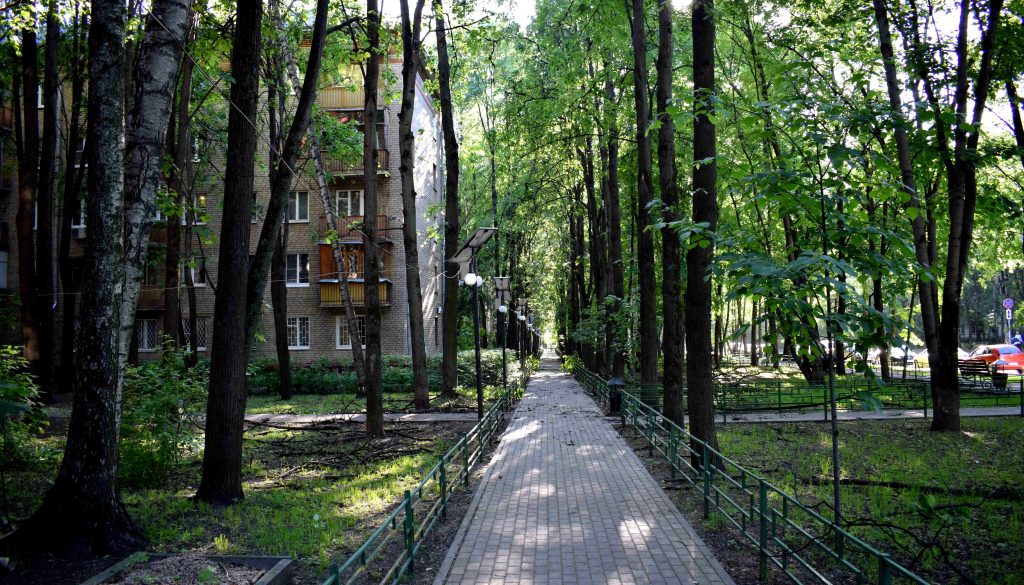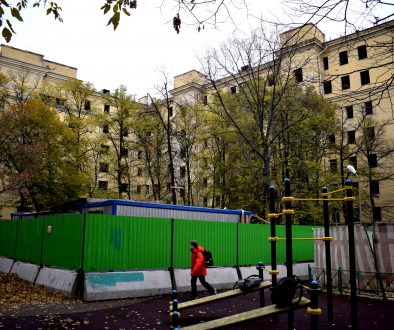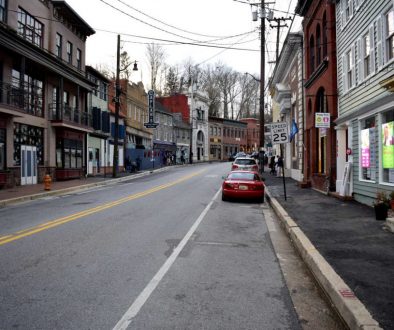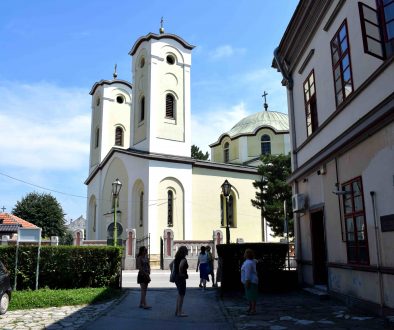Meet the Khrushchyovka.
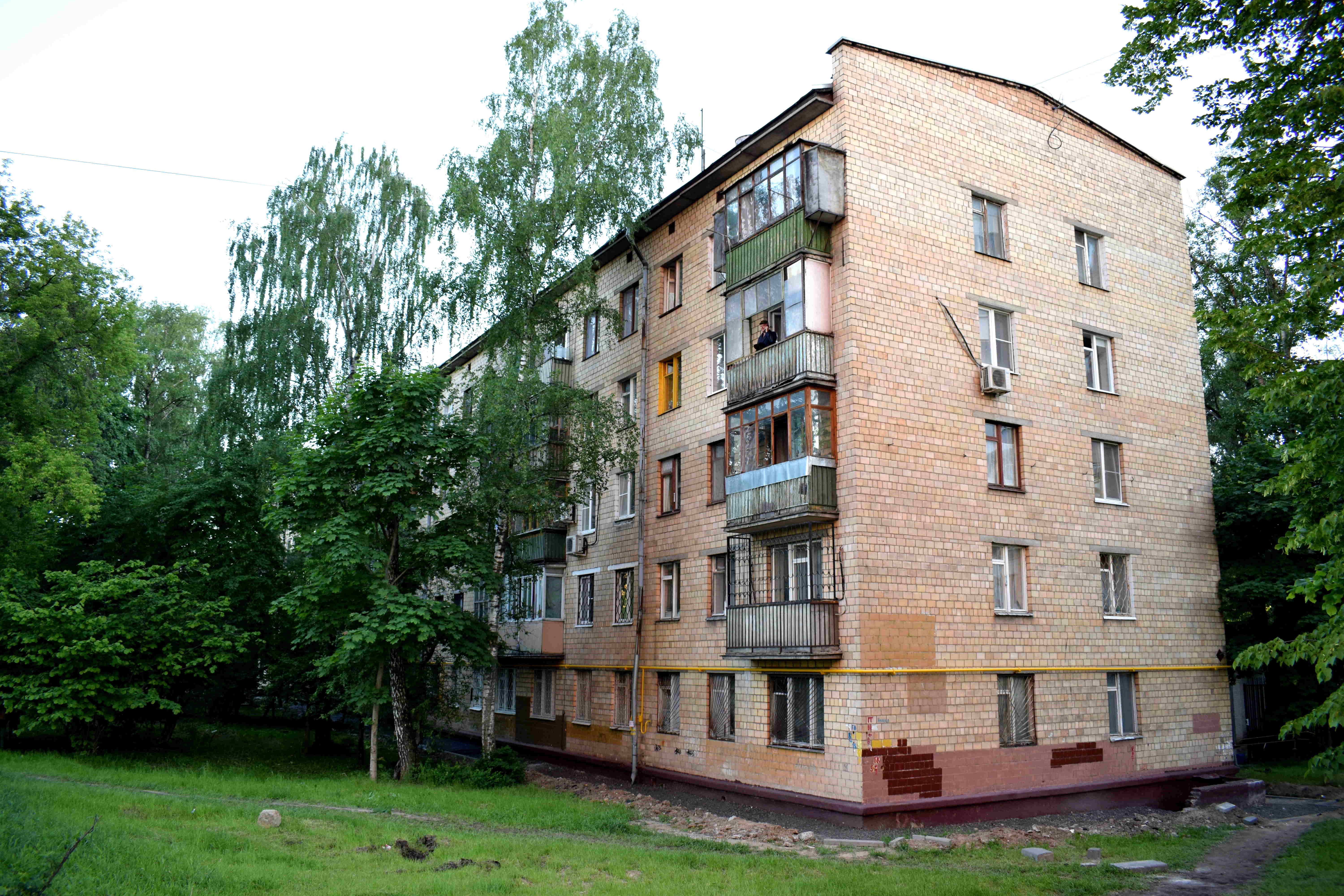 This building has been condemned to death by the Moscow government.
This building has been condemned to death by the Moscow government.
According to a controversial renovation law the city passed in 2017, up to 1 million people in the Russian capital are going to be relocated from these buildings over the next several years.
Sounds pretty good right?
Who could oppose giving hardworking citizens living in derelict apartments brand new homes?
The truth is unfortunately much more sinister.
Because the khrushchovkas are located on some of the best land in the city.
They are the greenest neighborhoods of Moscow. They are where neighbors have lived side by side for decades. They form close communities with a strong sense of history and belonging.
What’s really happening is developers have run out of land to build on in the capital. Every month news comes out of another historic building being razed to the ground to be replaced with office space, shopping malls or elite apartments. The problem is not much space like this is left in Moscow.
In comes the renovation plan to save the day. Instead of carrying out normal renovations of khrushchyovkas and preserving the buildings as they are, the city will simply raze entire districts where these buildings are located to the ground.
The residents will be moved out to 20-story high-rises located nearby. In this way, the land the khrushchyovkas currently occupy will get freed up for developers.
The people who used to live in those khrushchevkas will then live in a construction site for years as they watch elite apartments get built on land they used to live on, while they are stuck living in a 20-story ghetto.
In the process, Moscow will lose some of its greenest and most beautiful districts.
Last month, I decided to visit one of these districts to take a look at just what exactly the Moscow government plans on destroying.
I couldn’t believe what I saw.
A neighborhood full of beautiful trees, parks, playgrounds and five-story buildings was going to disappear forever.
The neighborhood in question is about a 5 minute walk away from the Shcholkovskaya metro station, the last stop on the blue line in the northeast of Moscow.
Virtually every single building you see in these photos is going to be destroyed in the next few years. Construction is set to kick off this summer. The city has already begun moving people out of their homes.
Keep in mind, that this is just one small neighborhood in one district in the northeast of Moscow. This story is being repeated all over the rest of the city.
Schelkovskaya Metro
Welcome to Schelkovskaya metro station. At first glance, the area looks pretty bland. Just a huge highway overpass and traffic jams. Typical Moscow.
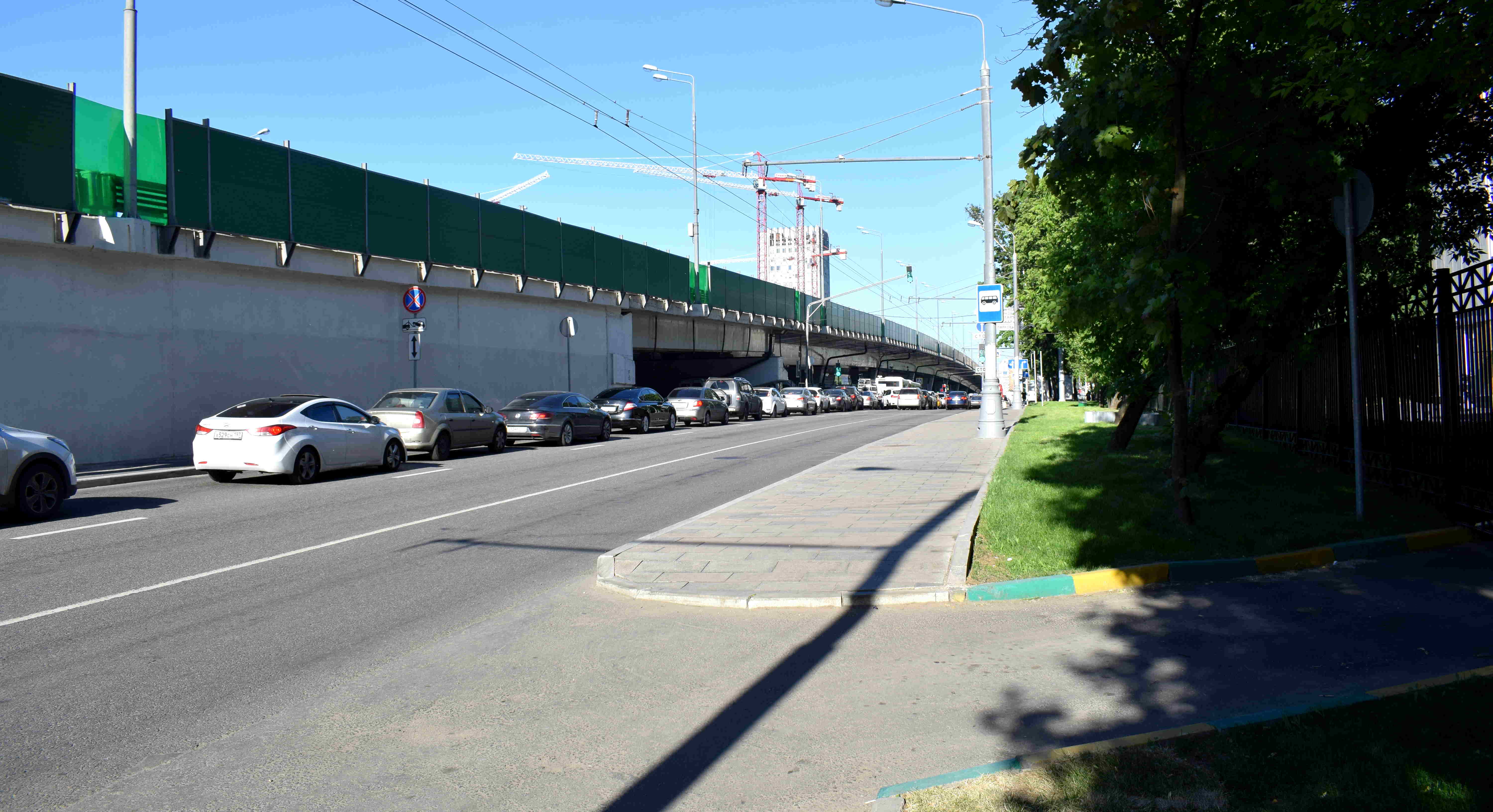 But head into the neighborhood where the Khrushchyovkas are located and things drastically change. Instead of cars and loud noise and pollution, you get trees and fresh air and silence.
But head into the neighborhood where the Khrushchyovkas are located and things drastically change. Instead of cars and loud noise and pollution, you get trees and fresh air and silence.
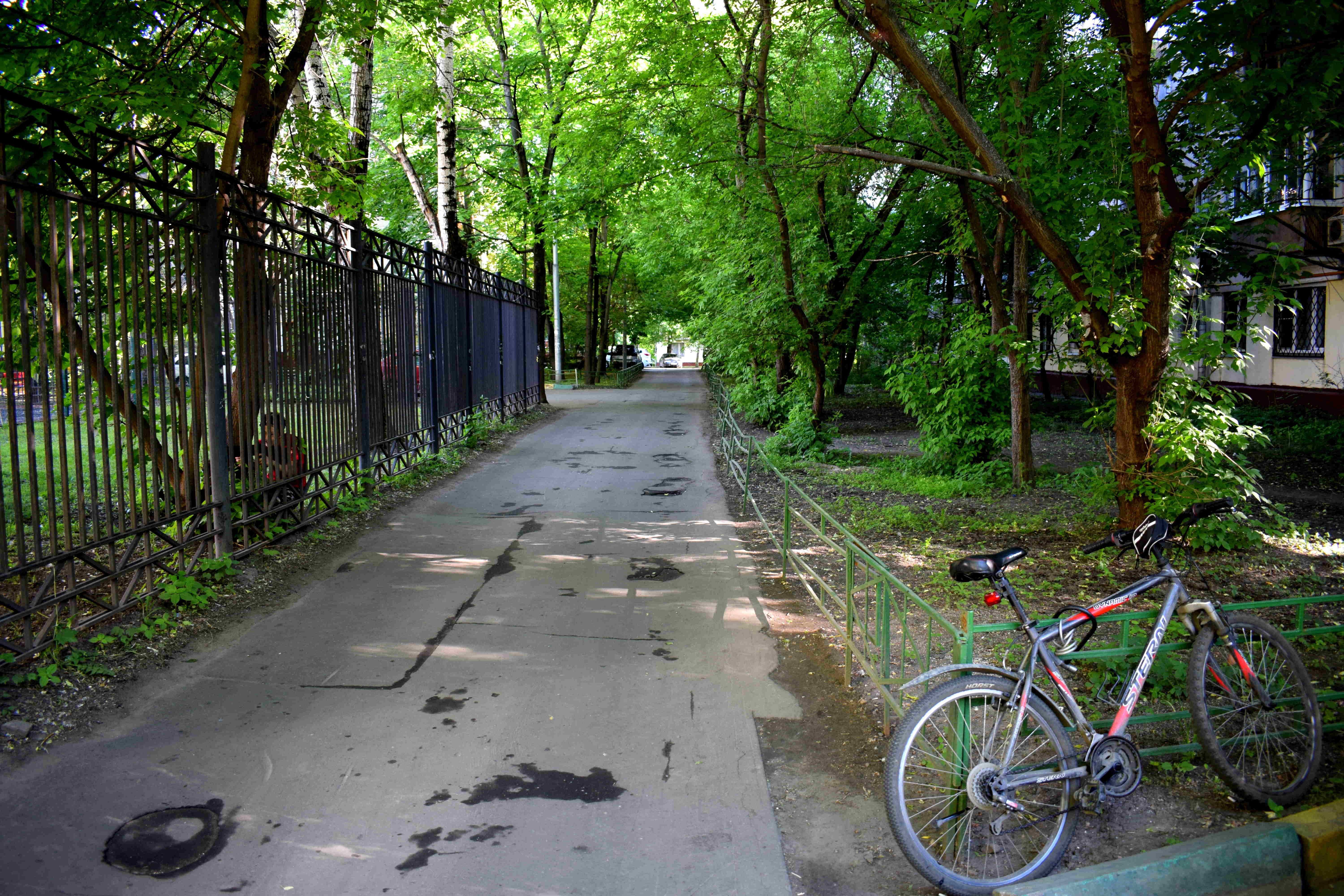 Nearby is a local school with a basketball court for kids to play on.
Nearby is a local school with a basketball court for kids to play on.
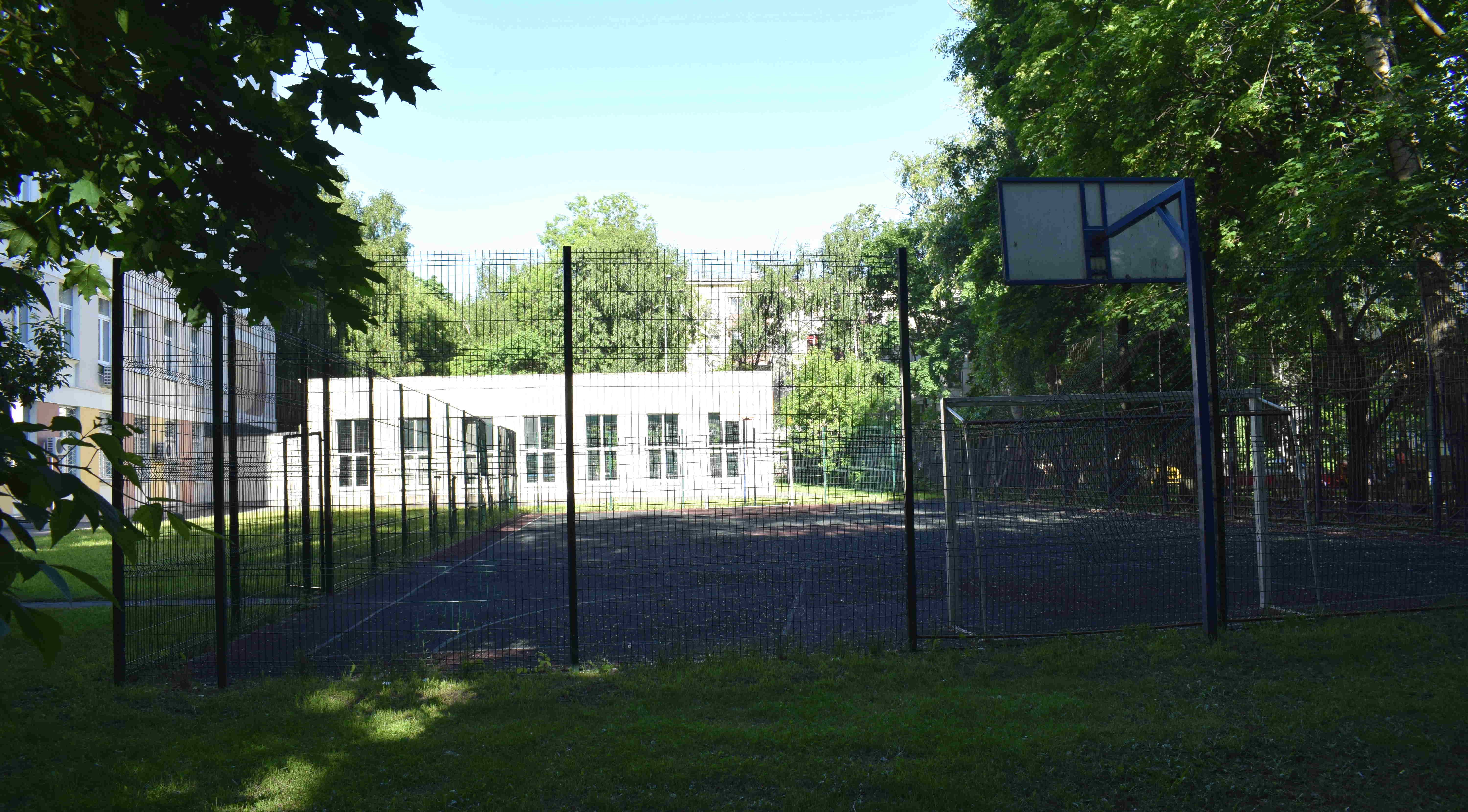 The narrow road leading into the neighborhood is literally an oasis of greenery. Tall, beautiful trees surround you from all sides and every direction.
The narrow road leading into the neighborhood is literally an oasis of greenery. Tall, beautiful trees surround you from all sides and every direction.
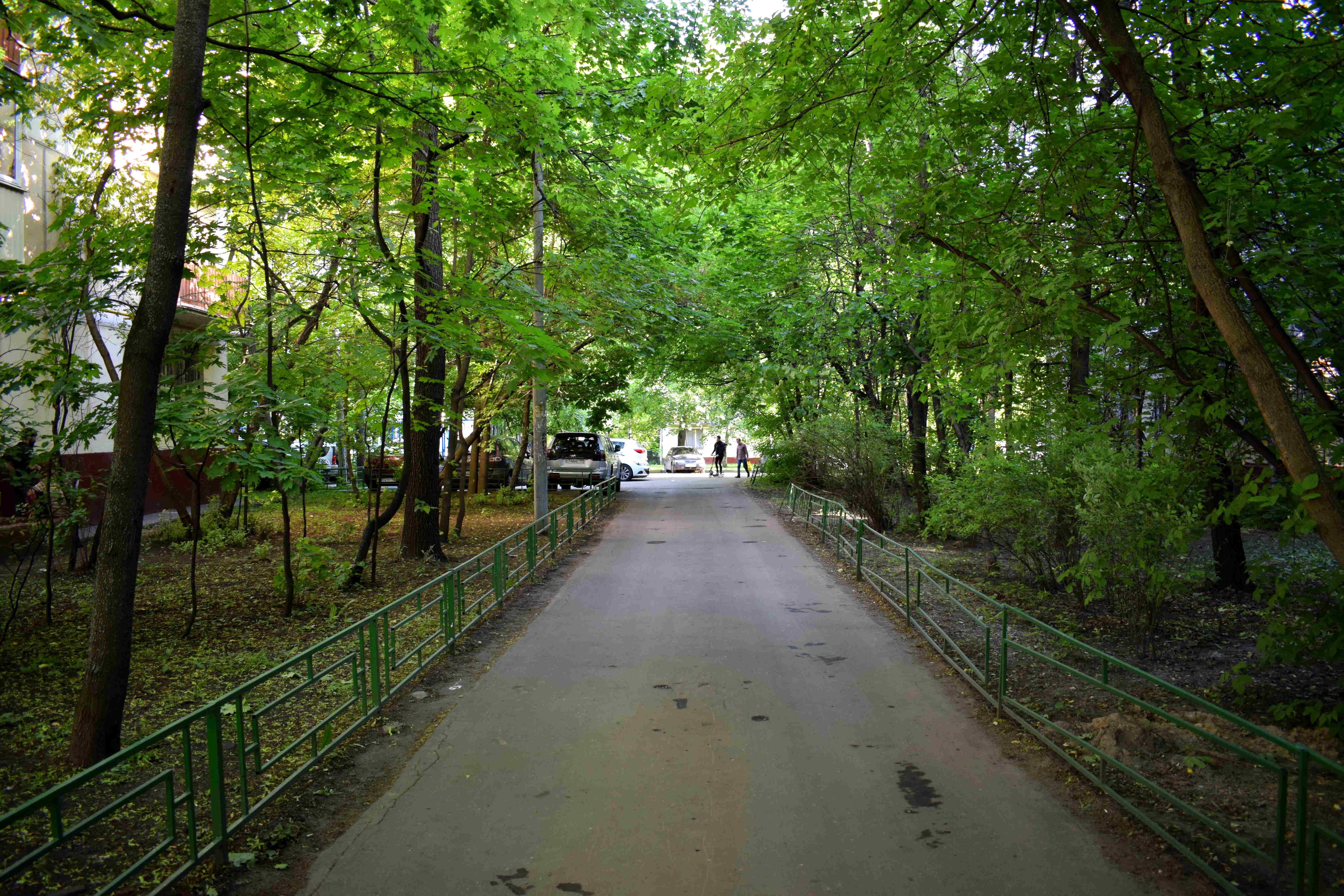 Residents here get all the benefits of living close to nature, while at the same being located just a five minute walk from a metro connecting them to the center of Moscow.
Residents here get all the benefits of living close to nature, while at the same being located just a five minute walk from a metro connecting them to the center of Moscow.
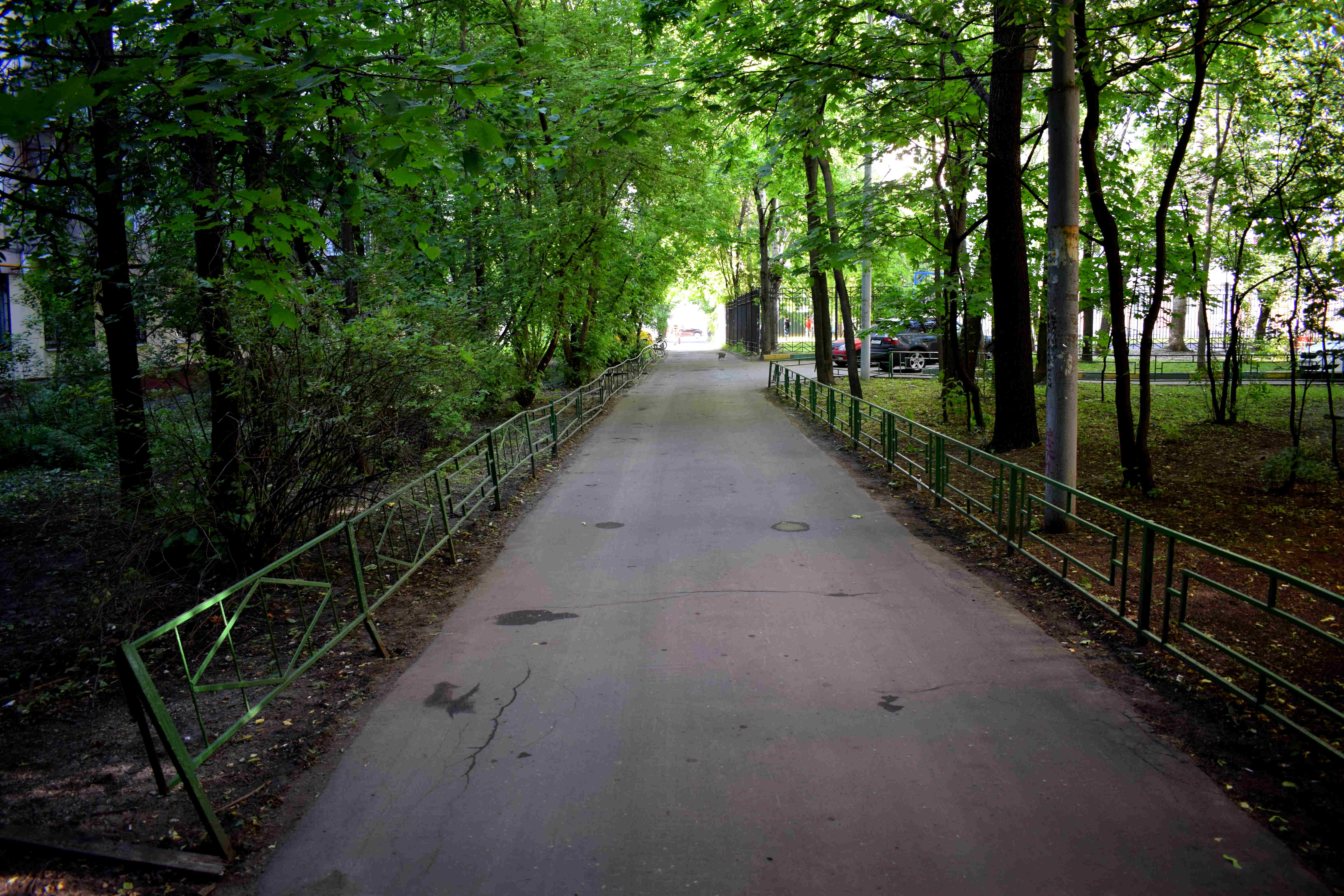 The majority of the khrushchyovkas in this neighborhood were built in the early 1960’s. That’s also when the majority of these trees were planted. So most of this neighborhood has stood unchanged like this for 60 years, and would likely stand for much longer had Moscow not condemned the district to death in 2017.
The majority of the khrushchyovkas in this neighborhood were built in the early 1960’s. That’s also when the majority of these trees were planted. So most of this neighborhood has stood unchanged like this for 60 years, and would likely stand for much longer had Moscow not condemned the district to death in 2017.
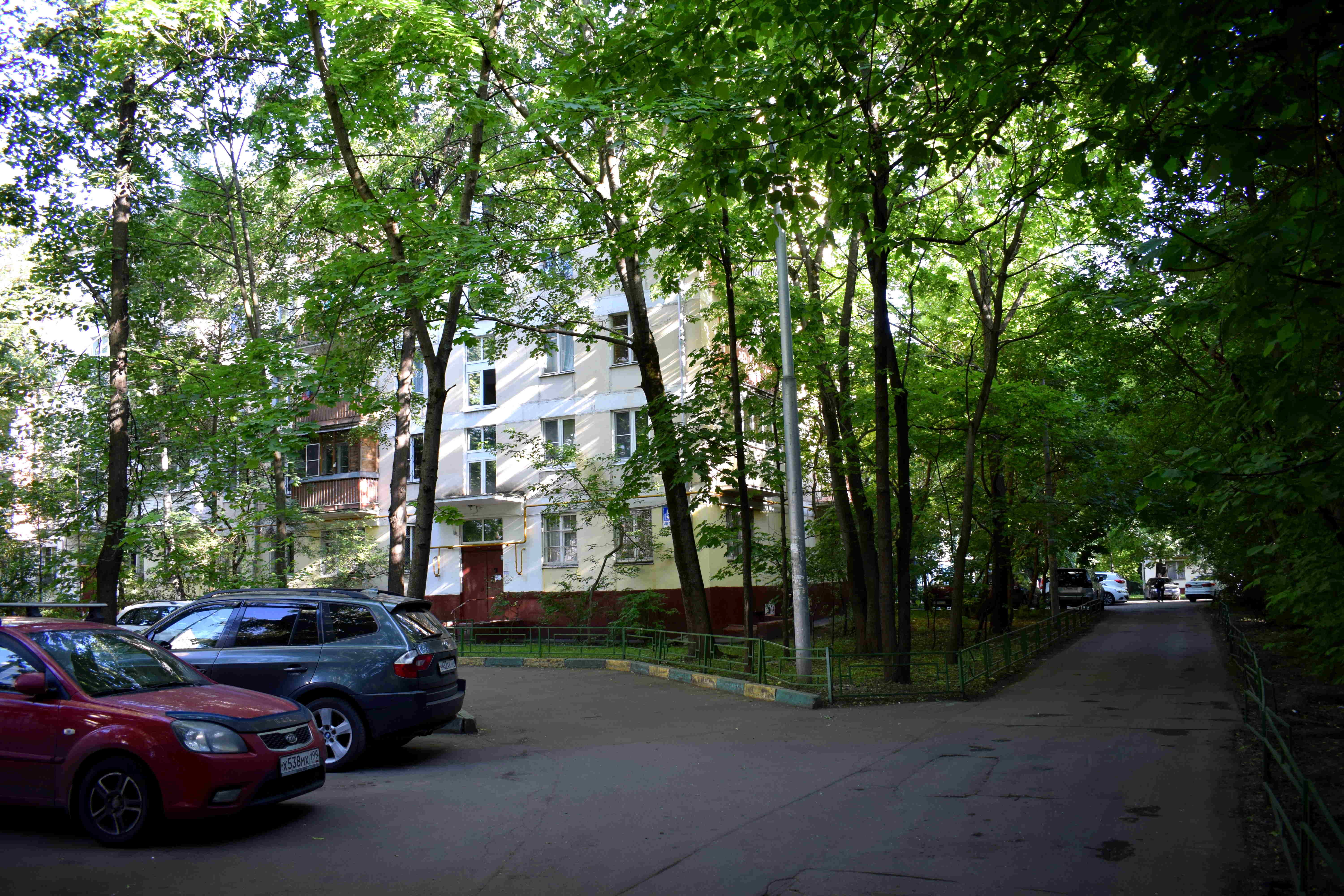 Here is Щёлковское шоссе, дом 50. Built in 1961, right at the entrance to the neighborhood. A typical example of a building that will be torn down.
Here is Щёлковское шоссе, дом 50. Built in 1961, right at the entrance to the neighborhood. A typical example of a building that will be torn down.
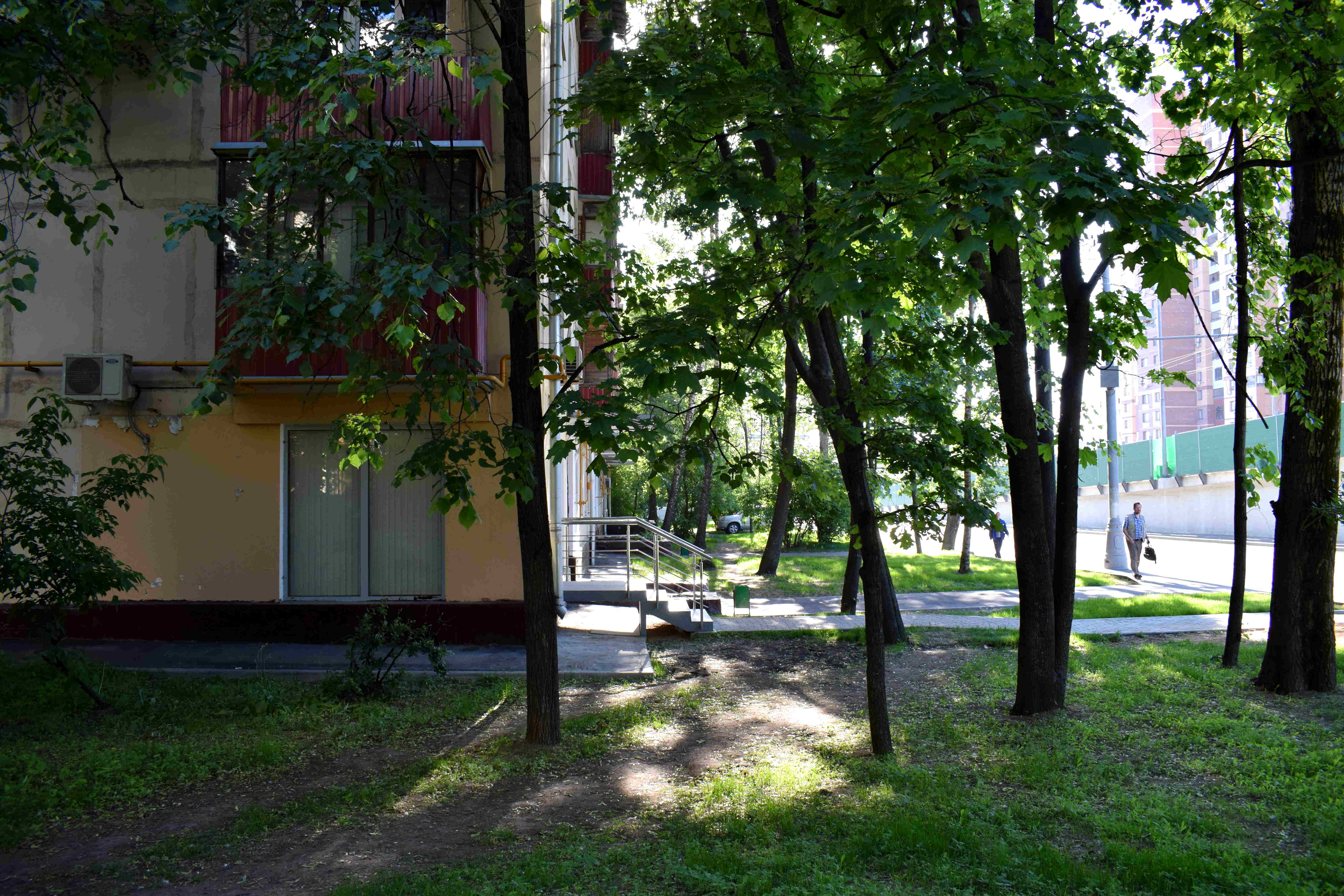 Here is 9-я Парковая улица, дом 61, корпус 3. Built in 1961. It will also be demolished.
Here is 9-я Парковая улица, дом 61, корпус 3. Built in 1961. It will also be demolished.
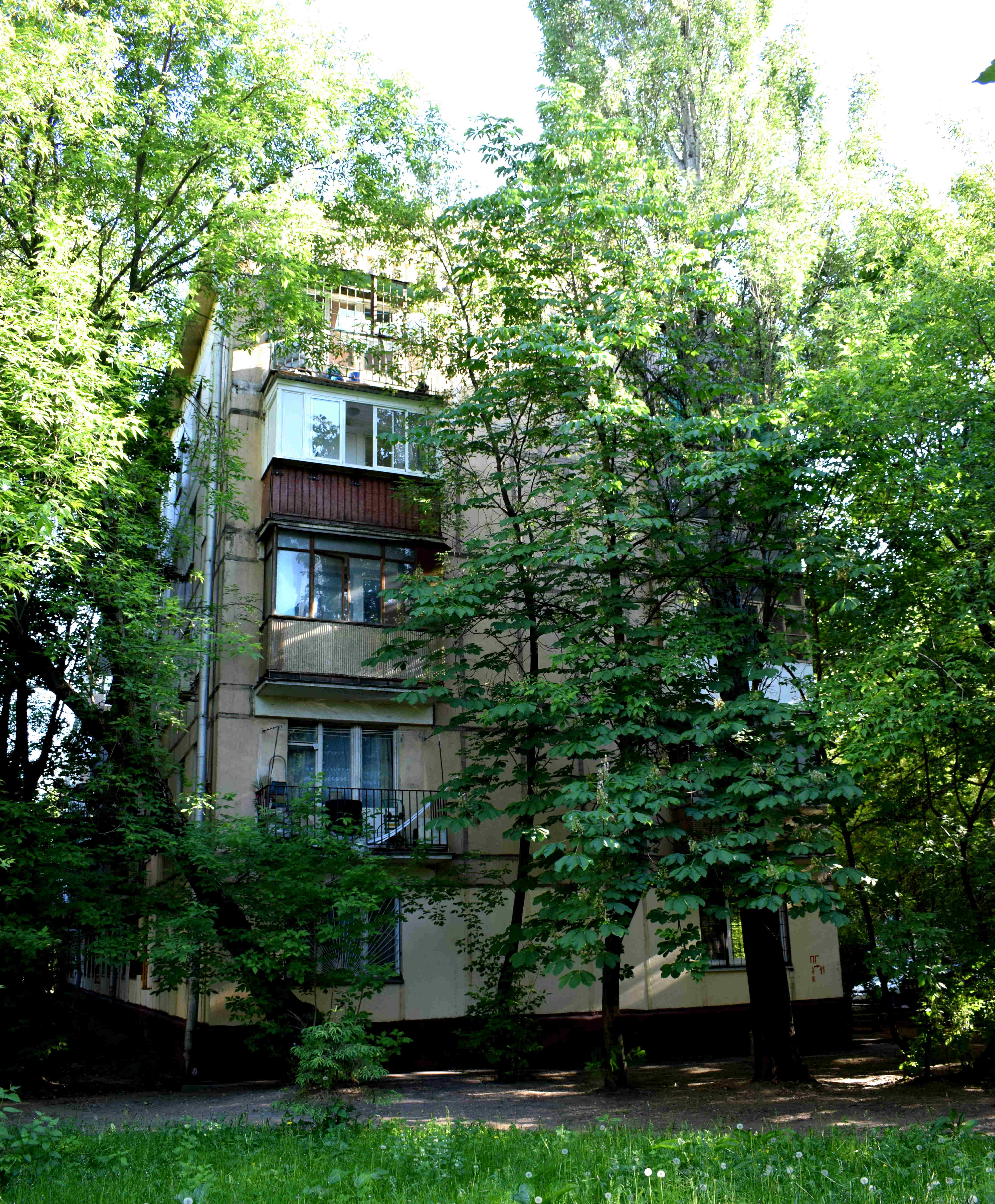 It’s not a secret that these buildings are in dire need of being renovated. Sometimes there are poor pipe, water and heating systems. Other times there are leaking roofs. Noise isolation between apartments remains weak. But that doesn’t entail destroying the whole building.
It’s not a secret that these buildings are in dire need of being renovated. Sometimes there are poor pipe, water and heating systems. Other times there are leaking roofs. Noise isolation between apartments remains weak. But that doesn’t entail destroying the whole building.
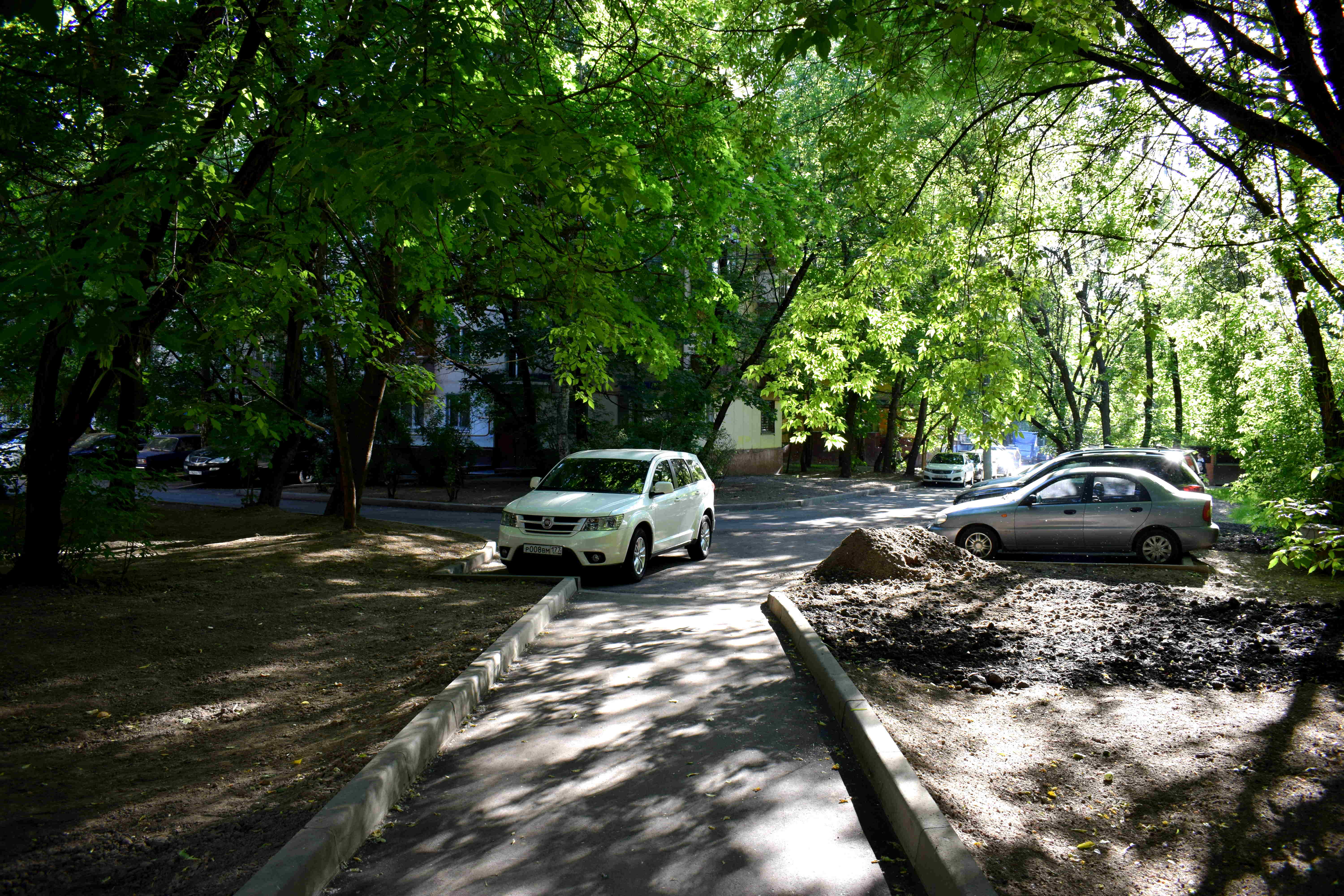 If the khrushchyovkas were renovated properly so that people had normal running water, roofs, walls and heating, these apartments could be some of the most expensive real estate in Moscow.
If the khrushchyovkas were renovated properly so that people had normal running water, roofs, walls and heating, these apartments could be some of the most expensive real estate in Moscow.
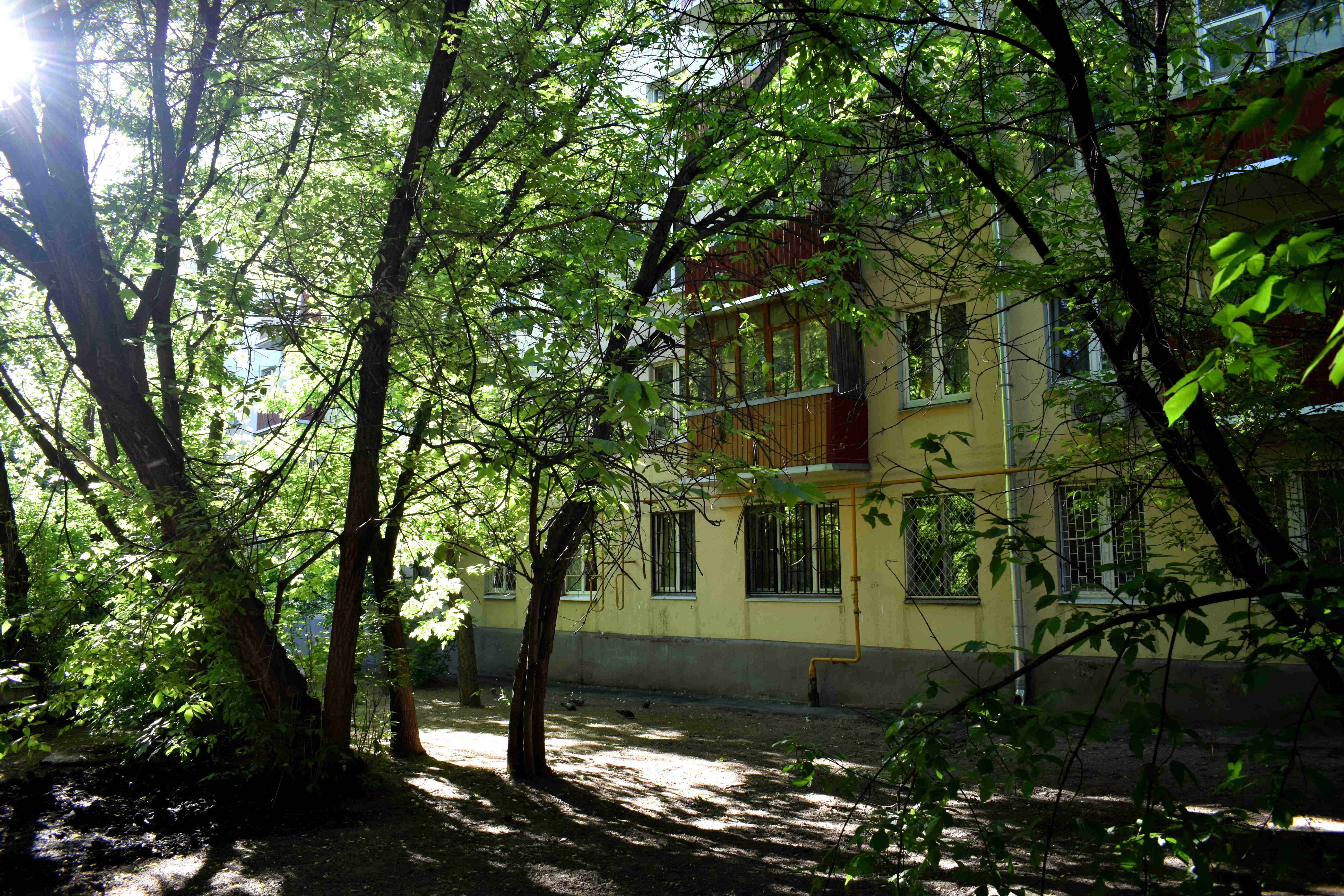 Where else can you find quiet, peaceful regions in a megalopolis like Moscow without the constant sound of cars driving by?
Where else can you find quiet, peaceful regions in a megalopolis like Moscow without the constant sound of cars driving by?
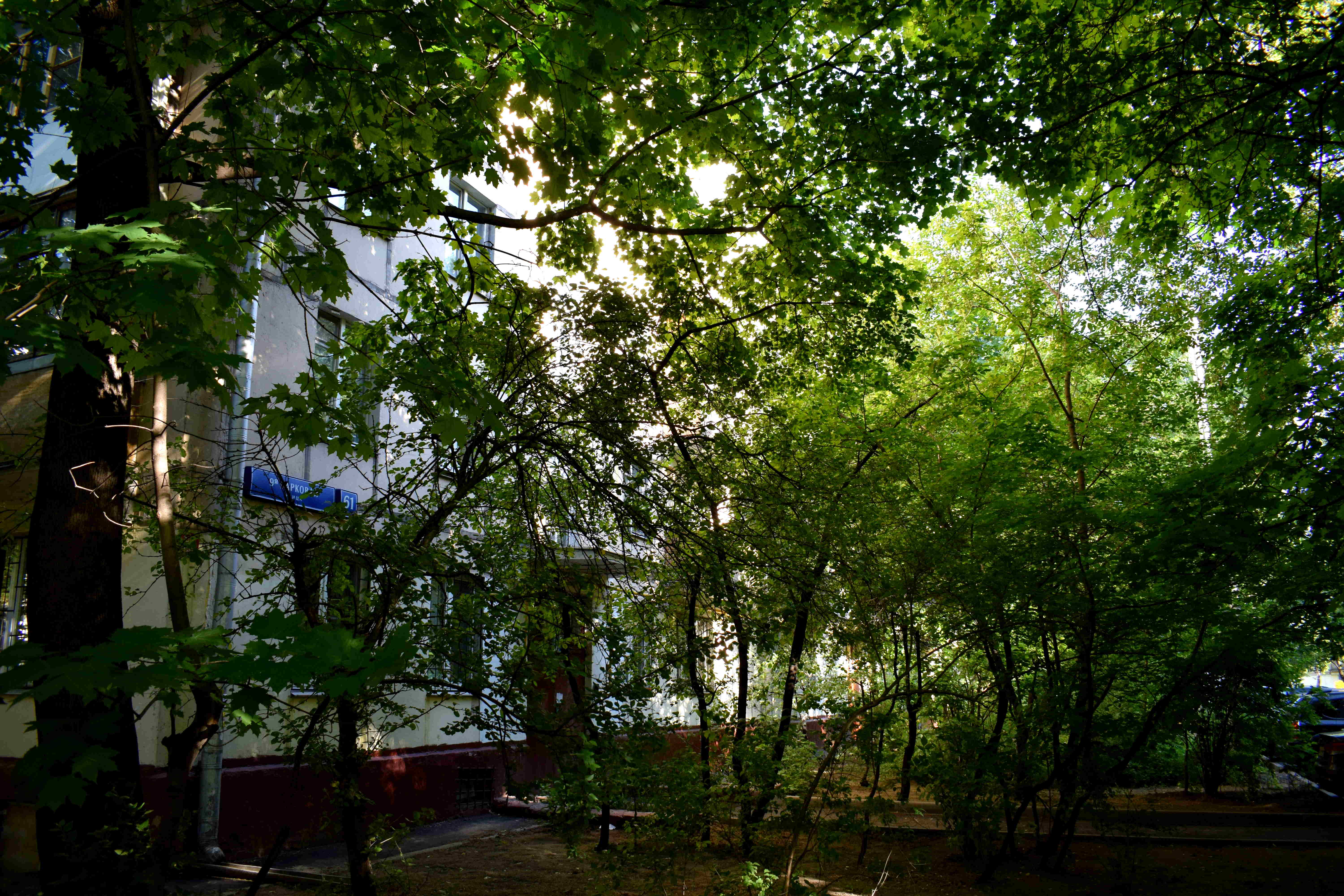 Where else can you walk out of your home into a de-facto forest and still live in a huge city like Moscow?
Where else can you walk out of your home into a de-facto forest and still live in a huge city like Moscow?
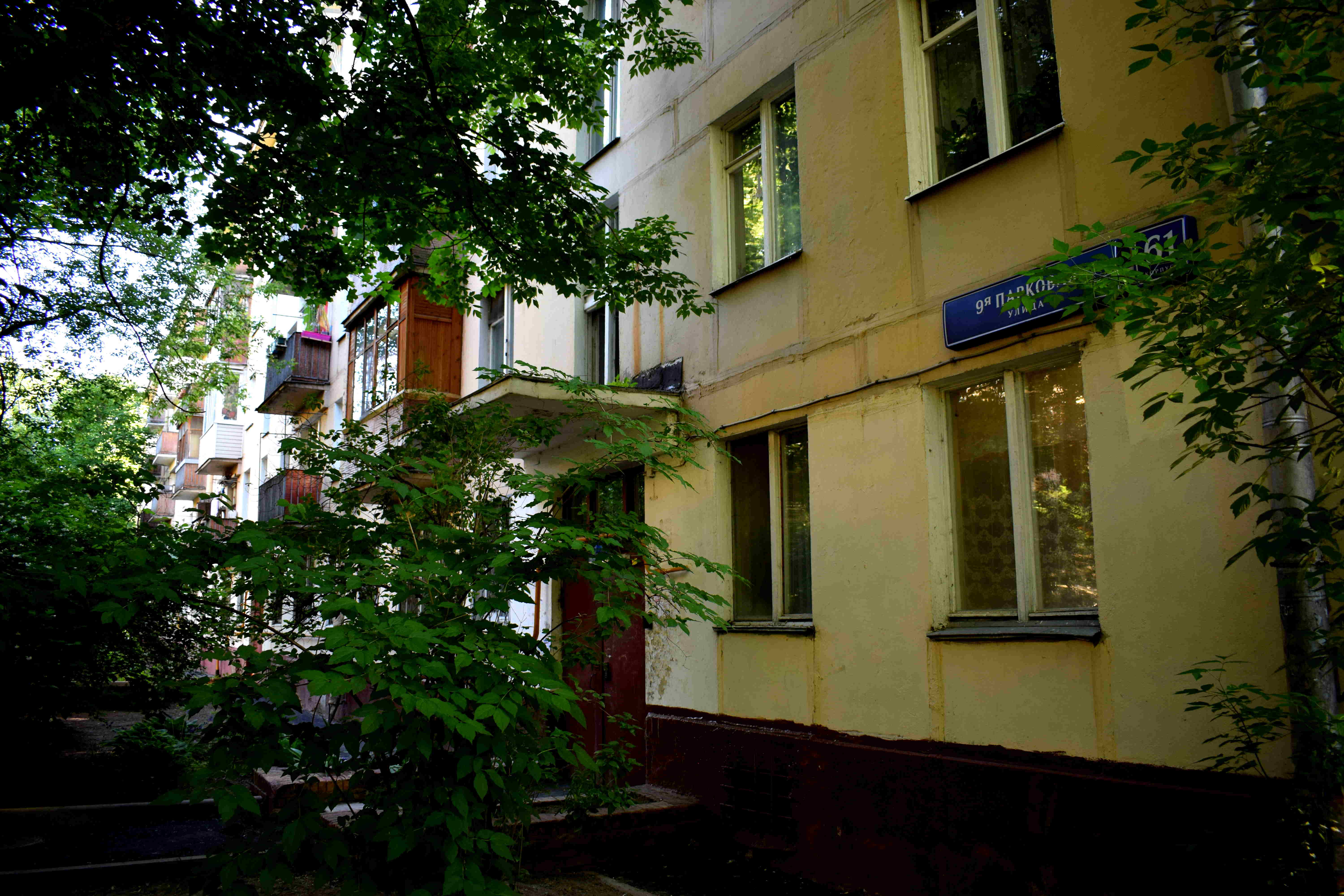 But instead of carrying out proper renovations and preserving these architectural landmarks of Soviet housing, Moscow would rather raze them to the ground, cut down all the trees, and build monotonous modern high-rises that can be found in any city around the world.
But instead of carrying out proper renovations and preserving these architectural landmarks of Soviet housing, Moscow would rather raze them to the ground, cut down all the trees, and build monotonous modern high-rises that can be found in any city around the world.
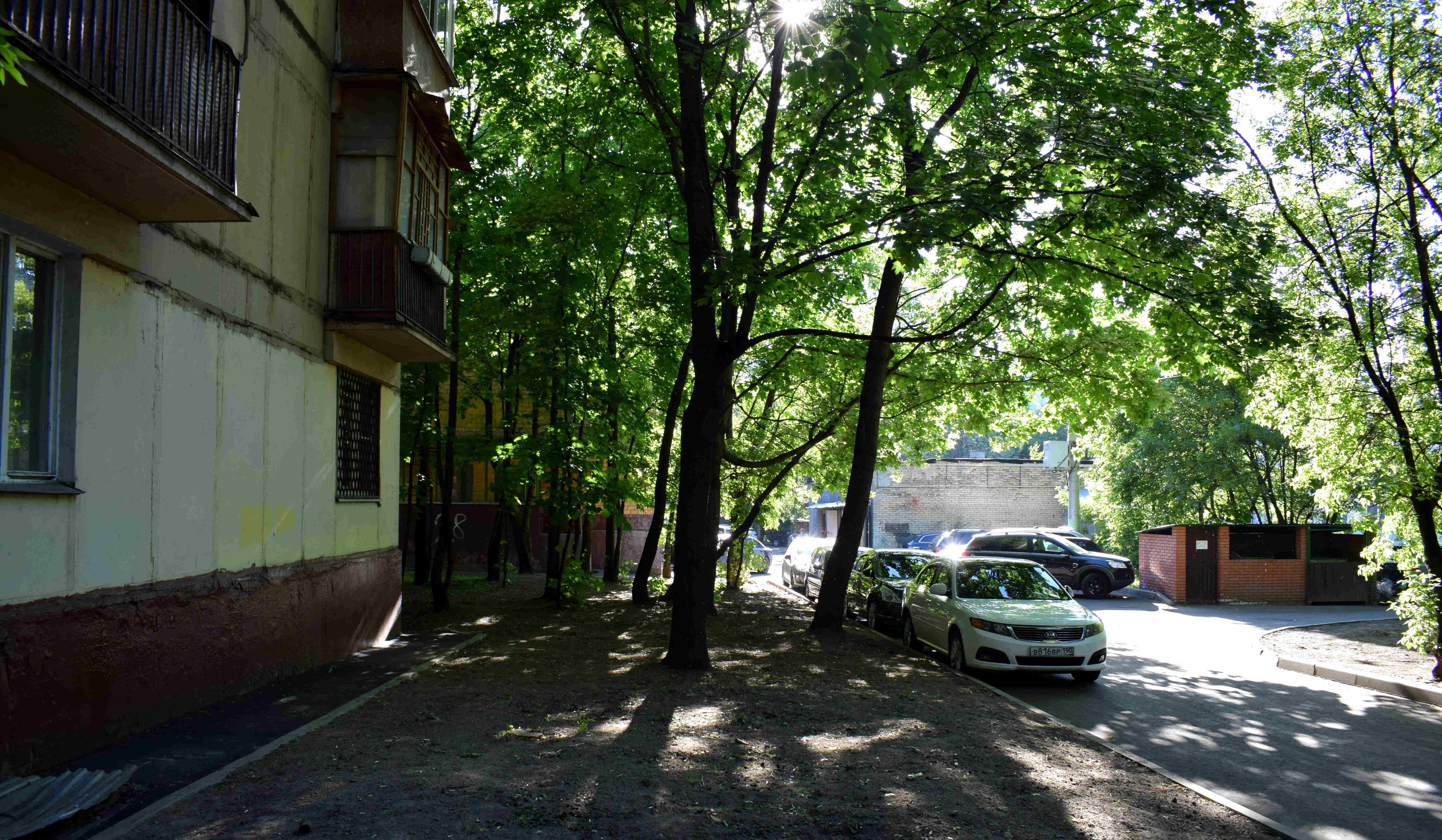 Balconies showcase the bad state the khrushchyovkas are in, or rather, the lack of balconies. In Russia it is popular to add glass windows to your balcony, essentially transforming it into another room in your house for storage. Usually people end up just keeping their junk there. Imagine how much nicer these balconies would look with flowers and decorations and outdoor seating instead of dilapidated windows.
Balconies showcase the bad state the khrushchyovkas are in, or rather, the lack of balconies. In Russia it is popular to add glass windows to your balcony, essentially transforming it into another room in your house for storage. Usually people end up just keeping their junk there. Imagine how much nicer these balconies would look with flowers and decorations and outdoor seating instead of dilapidated windows.
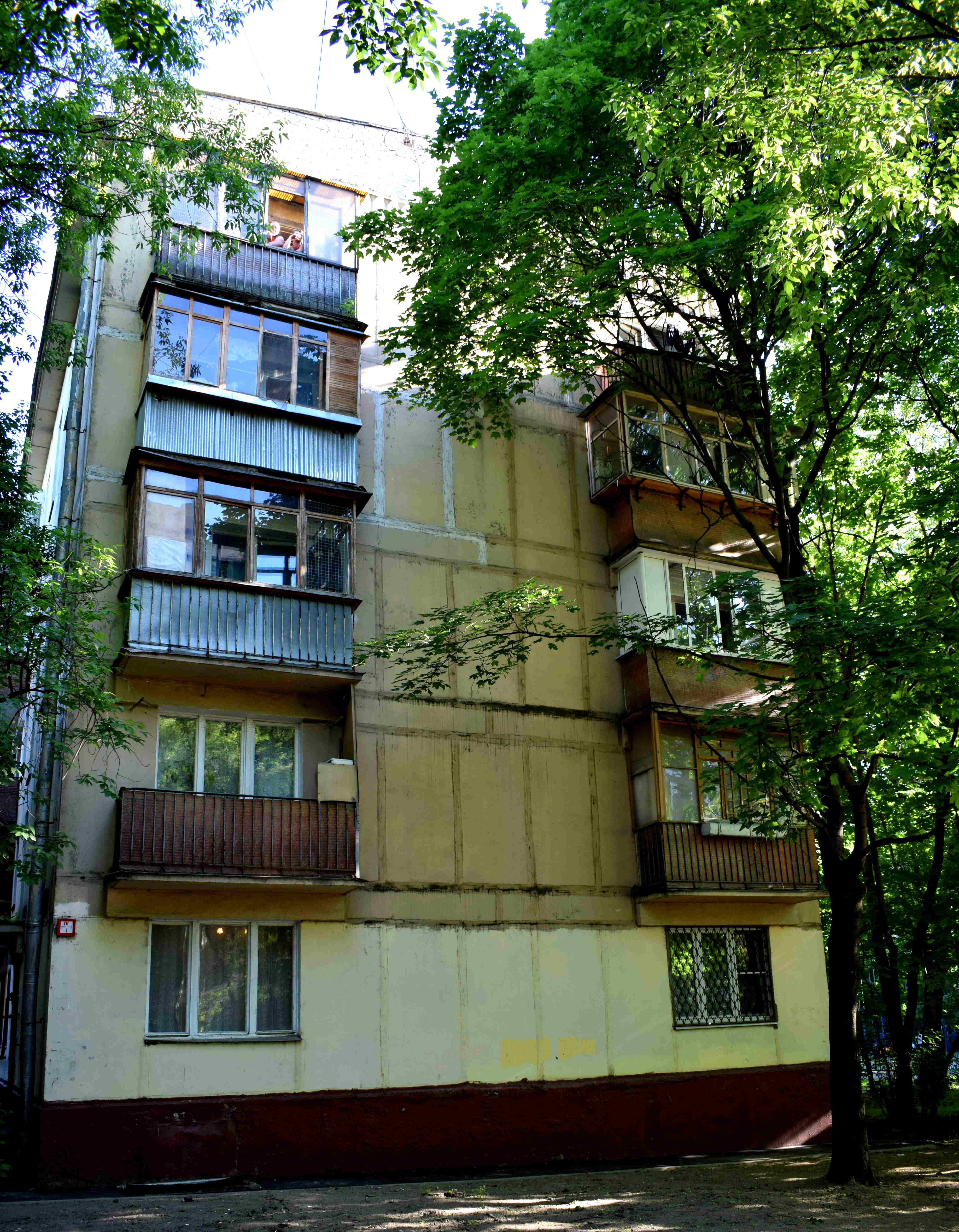 Unlike districts in Moscow with tall buildings, there are no parking problems around khrushchyovkas. It’s pretty obvious why. A building with five times more floors than a khrushchyovka requires five times more parking space around it. That leaves little room for anything else other than a parking lot. Here on the other hand, there is enough space for trees and grass and parks instead.
Unlike districts in Moscow with tall buildings, there are no parking problems around khrushchyovkas. It’s pretty obvious why. A building with five times more floors than a khrushchyovka requires five times more parking space around it. That leaves little room for anything else other than a parking lot. Here on the other hand, there is enough space for trees and grass and parks instead.
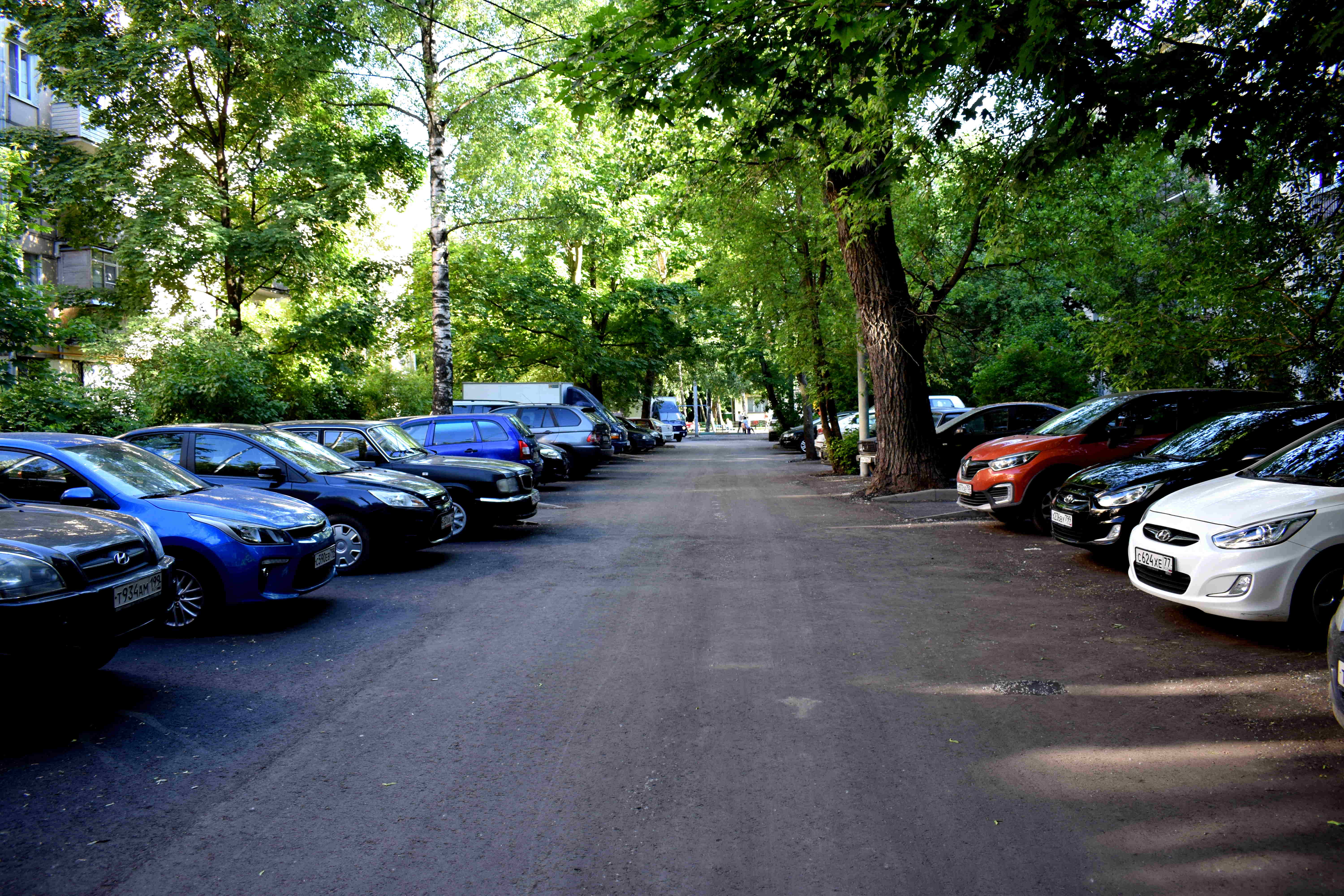 The trees serve as a natural form of air conditioning during the summer and create shade for the building. The air was indeed several degrees cooler in the neighborhood when I was walking around compared to outside of it.
The trees serve as a natural form of air conditioning during the summer and create shade for the building. The air was indeed several degrees cooler in the neighborhood when I was walking around compared to outside of it.
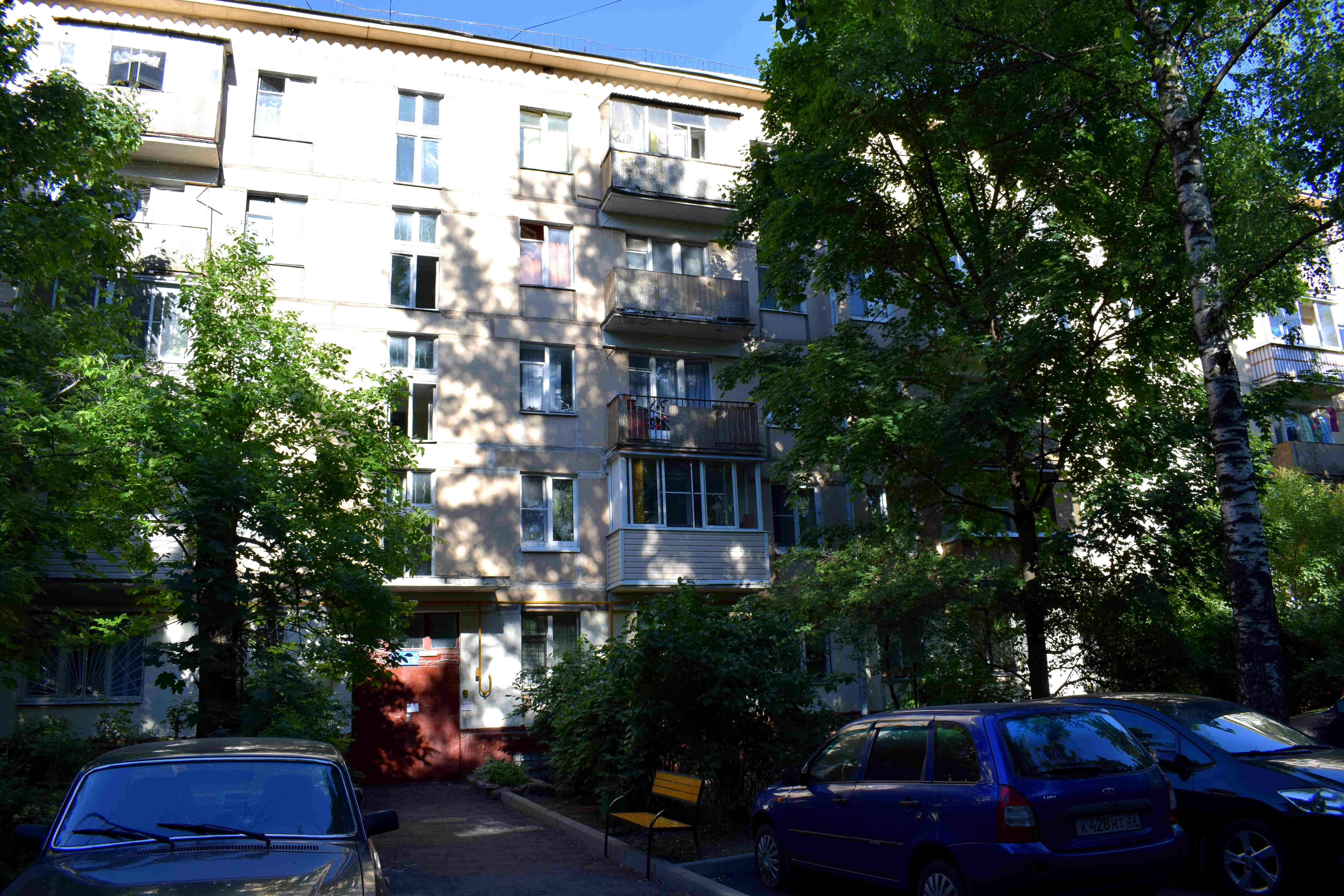 Besides the trees, there were tons of parks for kids to play in. Neighbors were walking their dogs, chatting with other neighbors. Older people were strolling around slowly and enjoying the Moscow summer. You had a real sense of community.
Besides the trees, there were tons of parks for kids to play in. Neighbors were walking their dogs, chatting with other neighbors. Older people were strolling around slowly and enjoying the Moscow summer. You had a real sense of community.
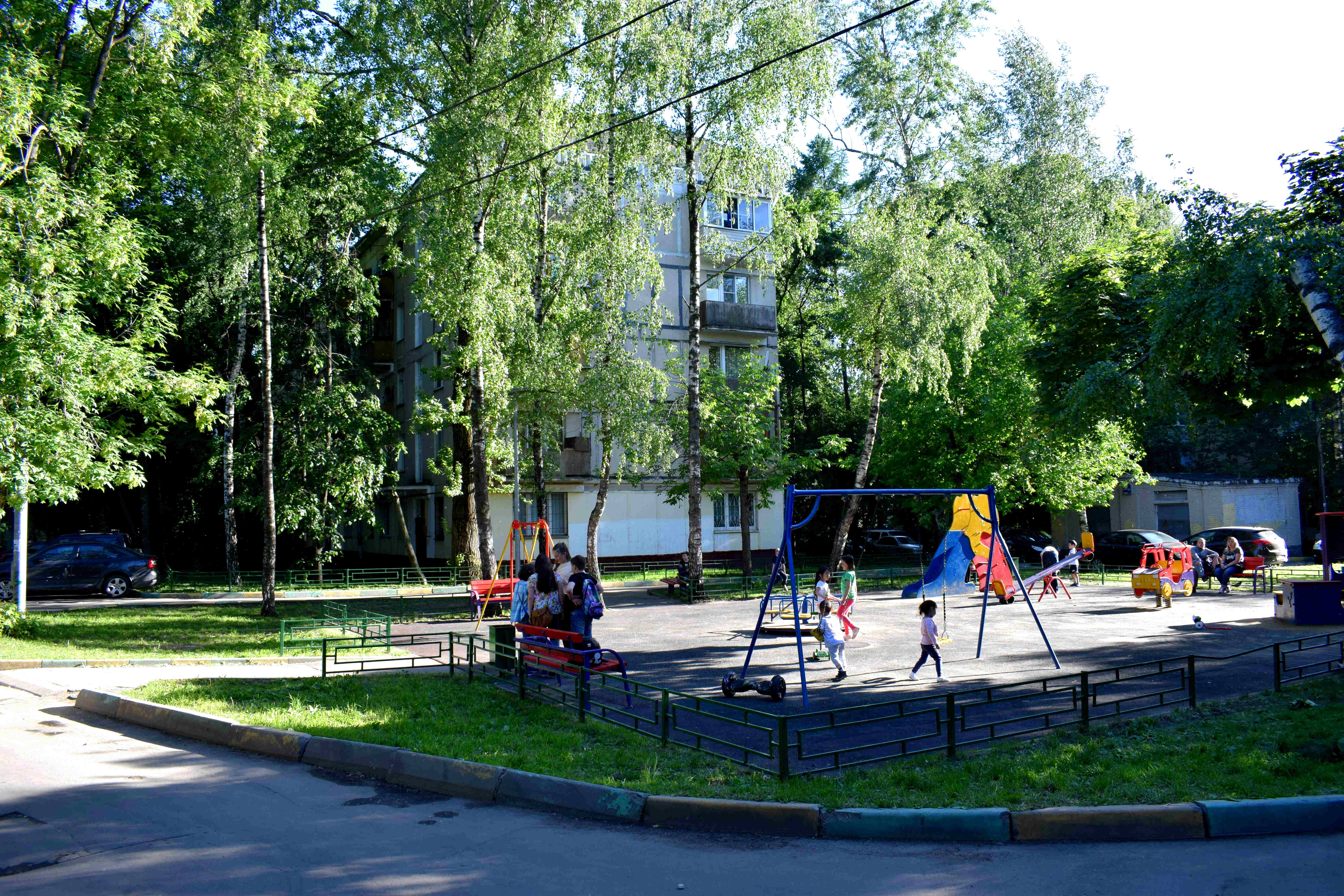 ‘Happy Birthday’ on the sidewalk.
‘Happy Birthday’ on the sidewalk.
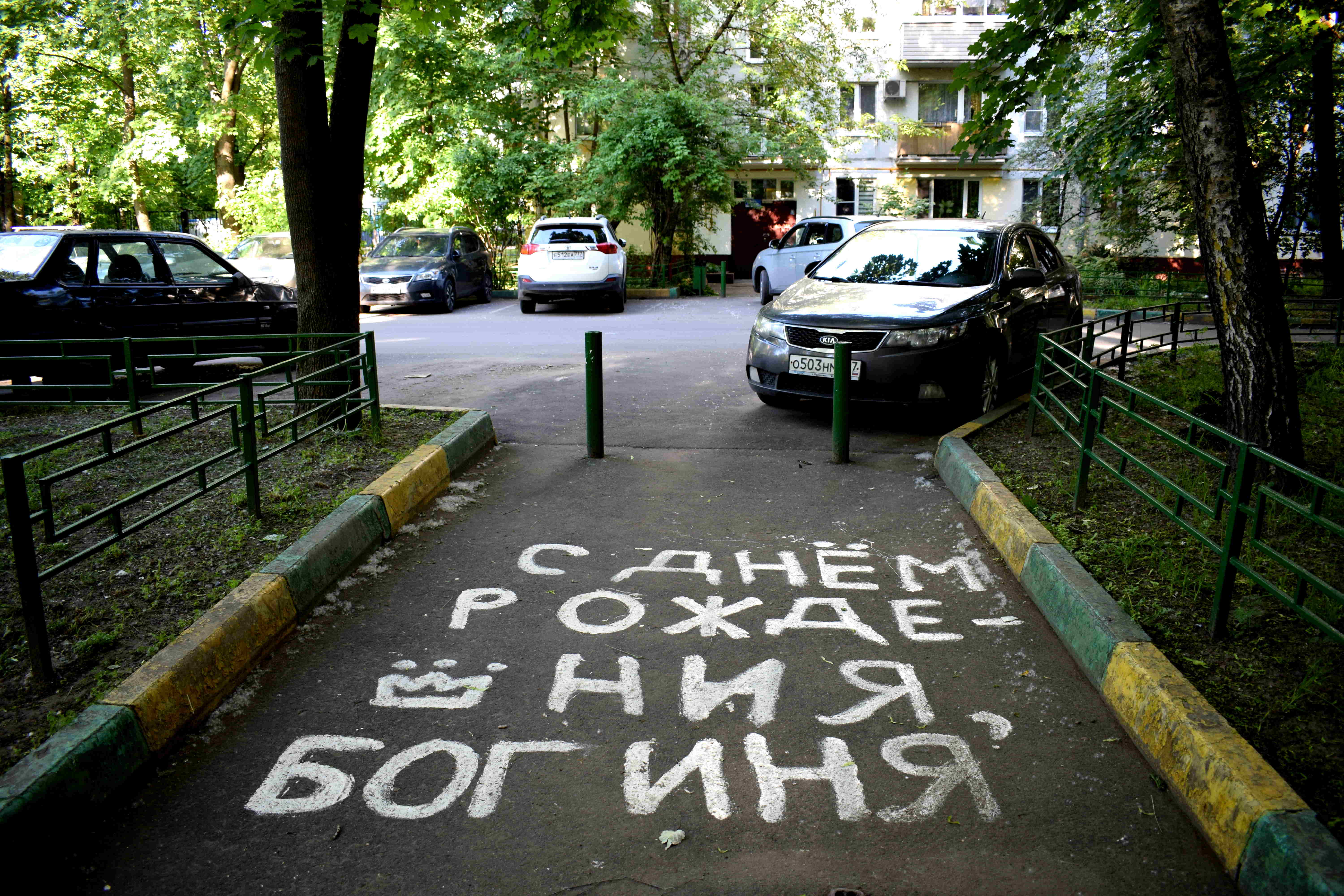 Kids enjoying the last days of Moscow summer.
Kids enjoying the last days of Moscow summer.
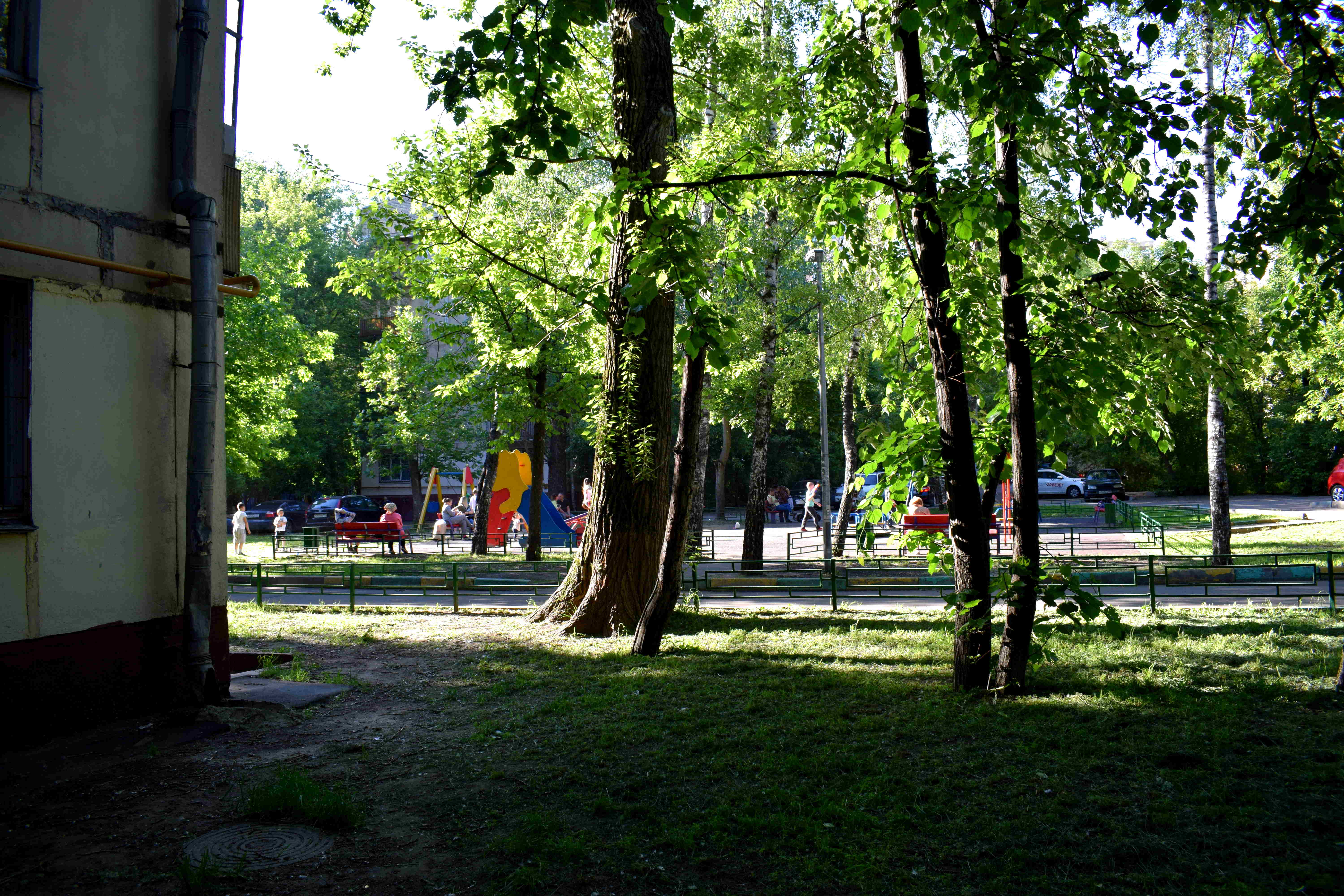 The entrance to one of the khrushchyovkas. Notice how there are no cars parked on the sidewalks.
The entrance to one of the khrushchyovkas. Notice how there are no cars parked on the sidewalks.
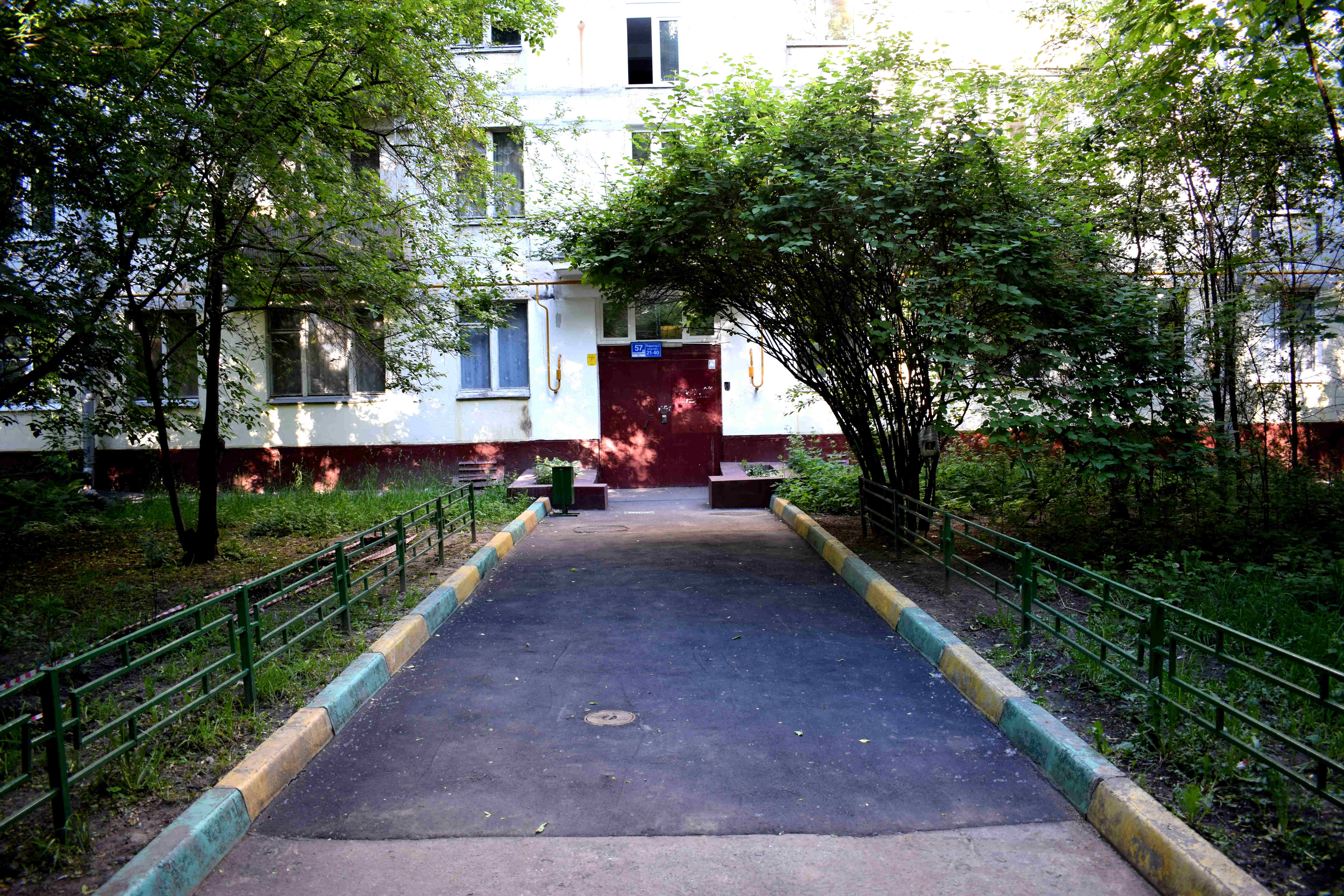 Instead cars are parked in designated parking spaces nearby in a civilized manner.
Instead cars are parked in designated parking spaces nearby in a civilized manner.
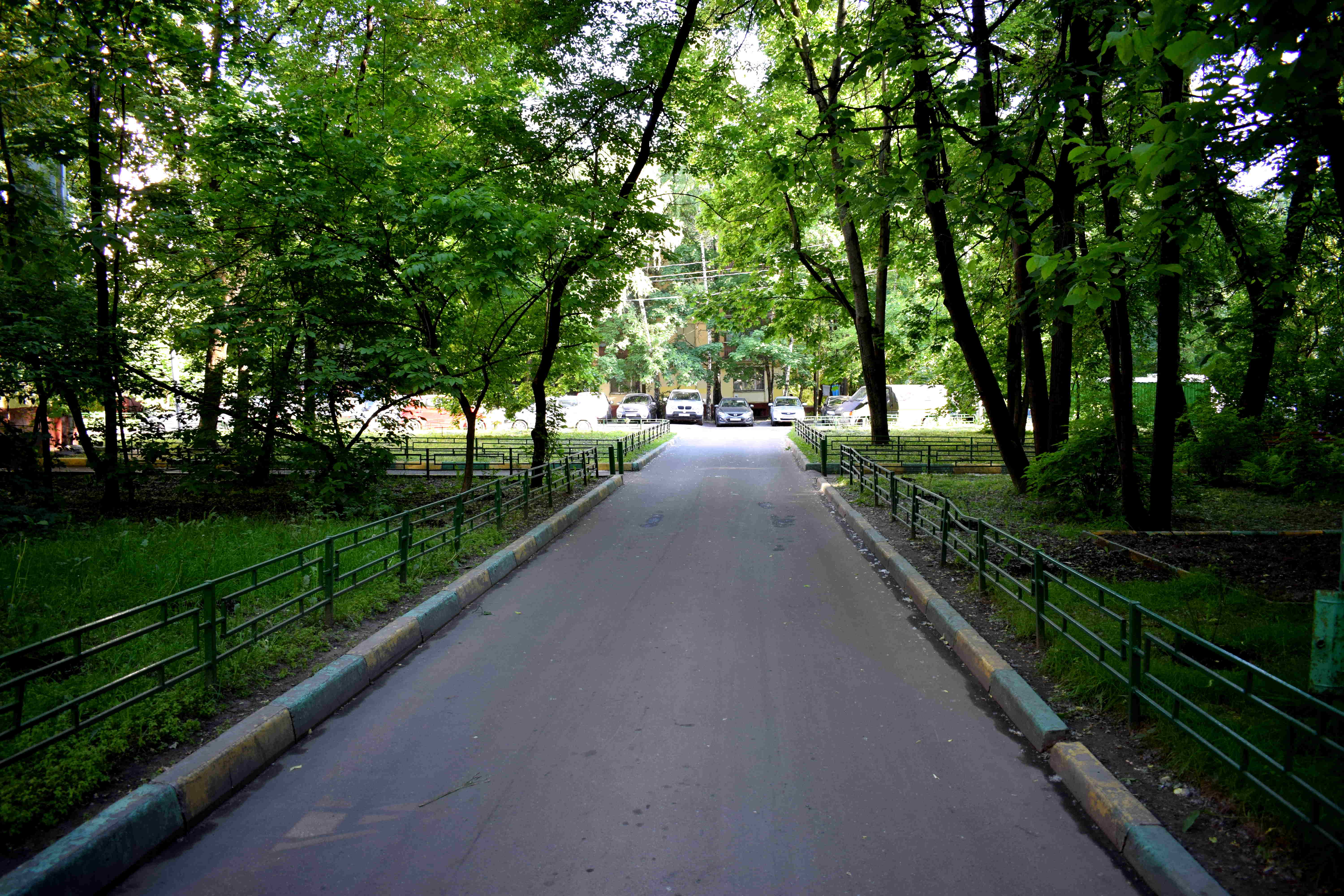 Unfortunately all this beautiful space did not stop the residents of 9-я Парковая улица, дом 57 from voting to be included in the renovation program.
Unfortunately all this beautiful space did not stop the residents of 9-я Парковая улица, дом 57 from voting to be included in the renovation program.
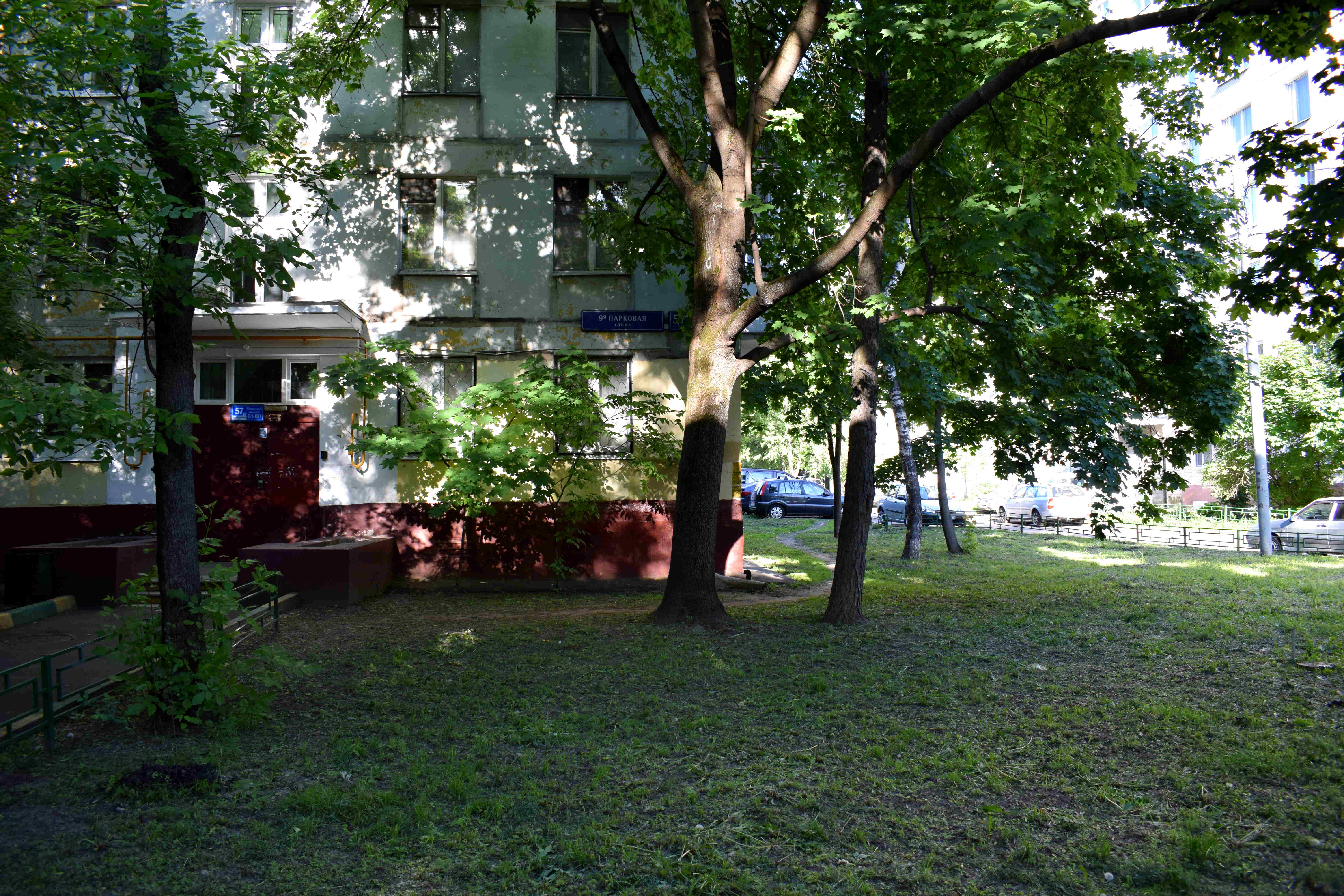 Imagine walking out of your building with this nature greeting you every morning.
Imagine walking out of your building with this nature greeting you every morning.
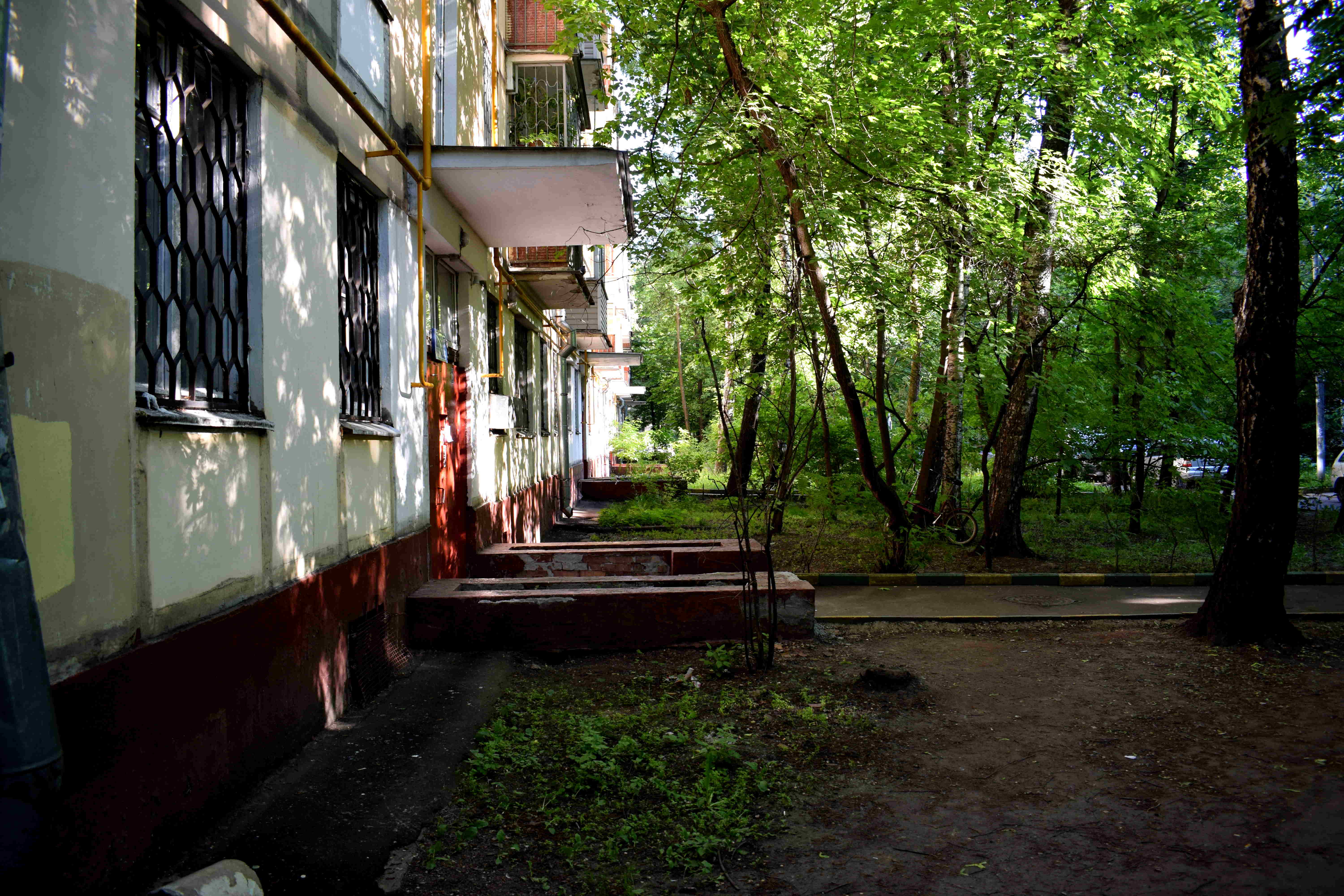 Or navigating between these trees each evening to get back home from work.
Or navigating between these trees each evening to get back home from work.
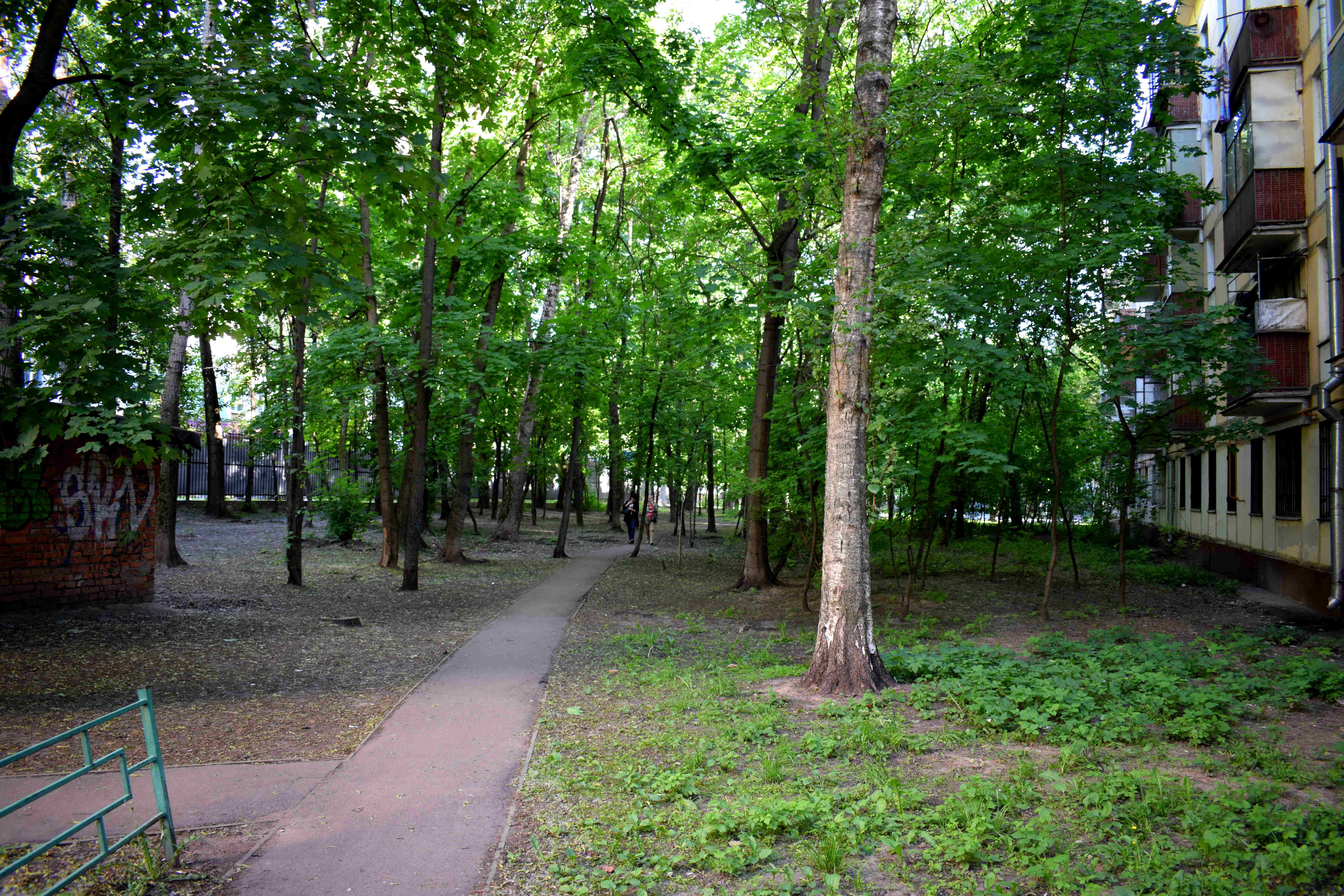 It’s not just people that enjoy walking along these paths.
It’s not just people that enjoy walking along these paths.
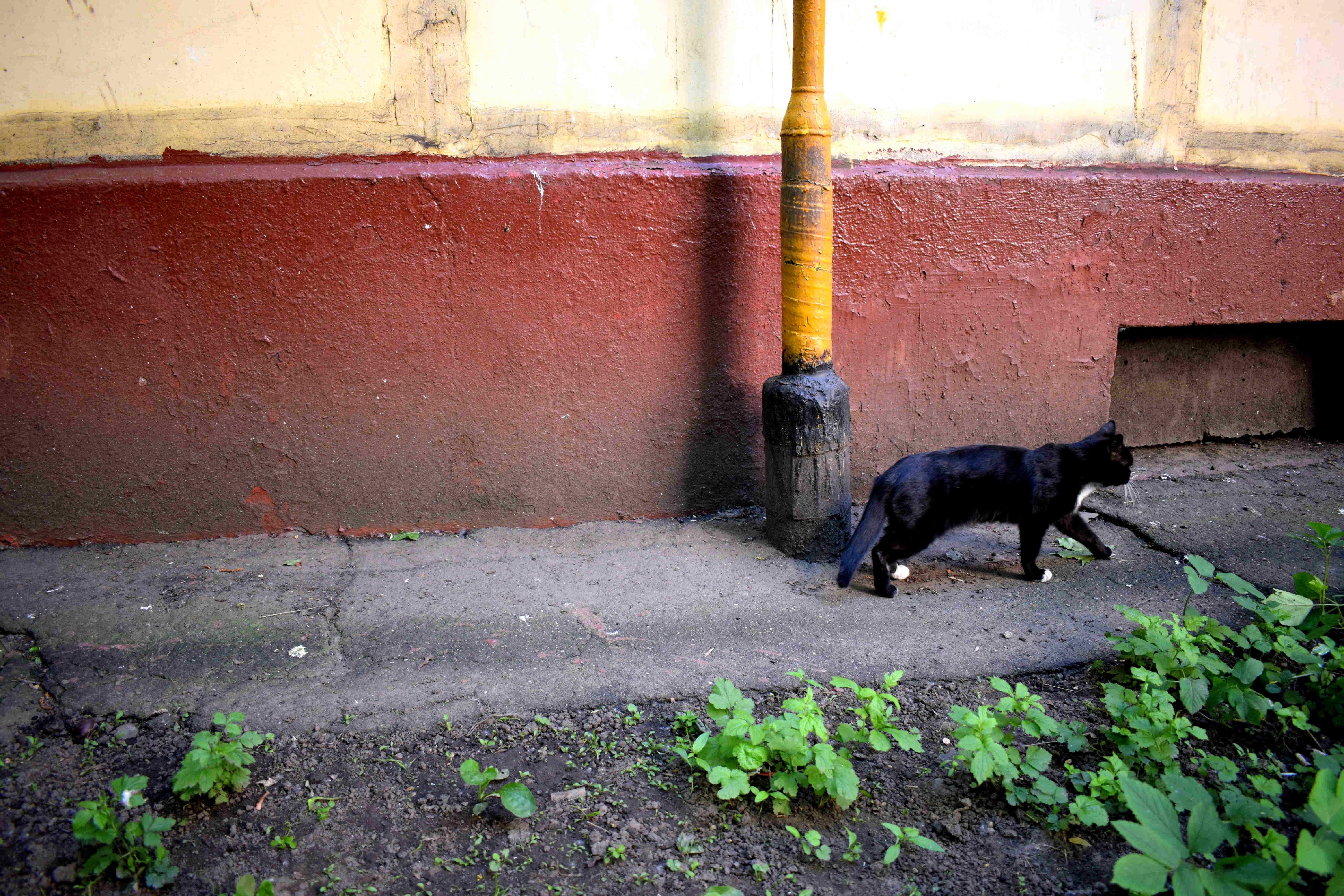

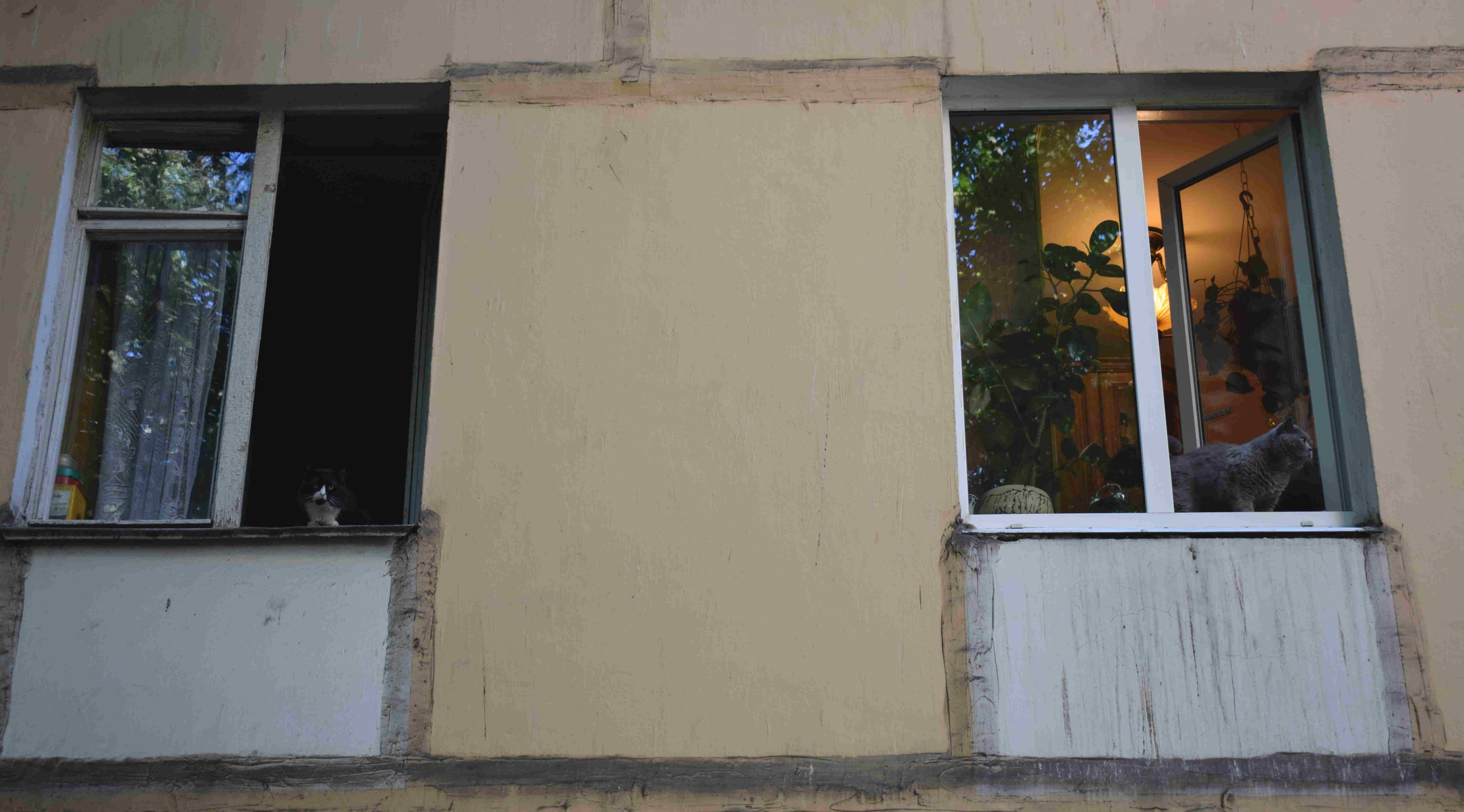 All of this space where the cats walk and trees stand will soon be a construction site.
All of this space where the cats walk and trees stand will soon be a construction site.
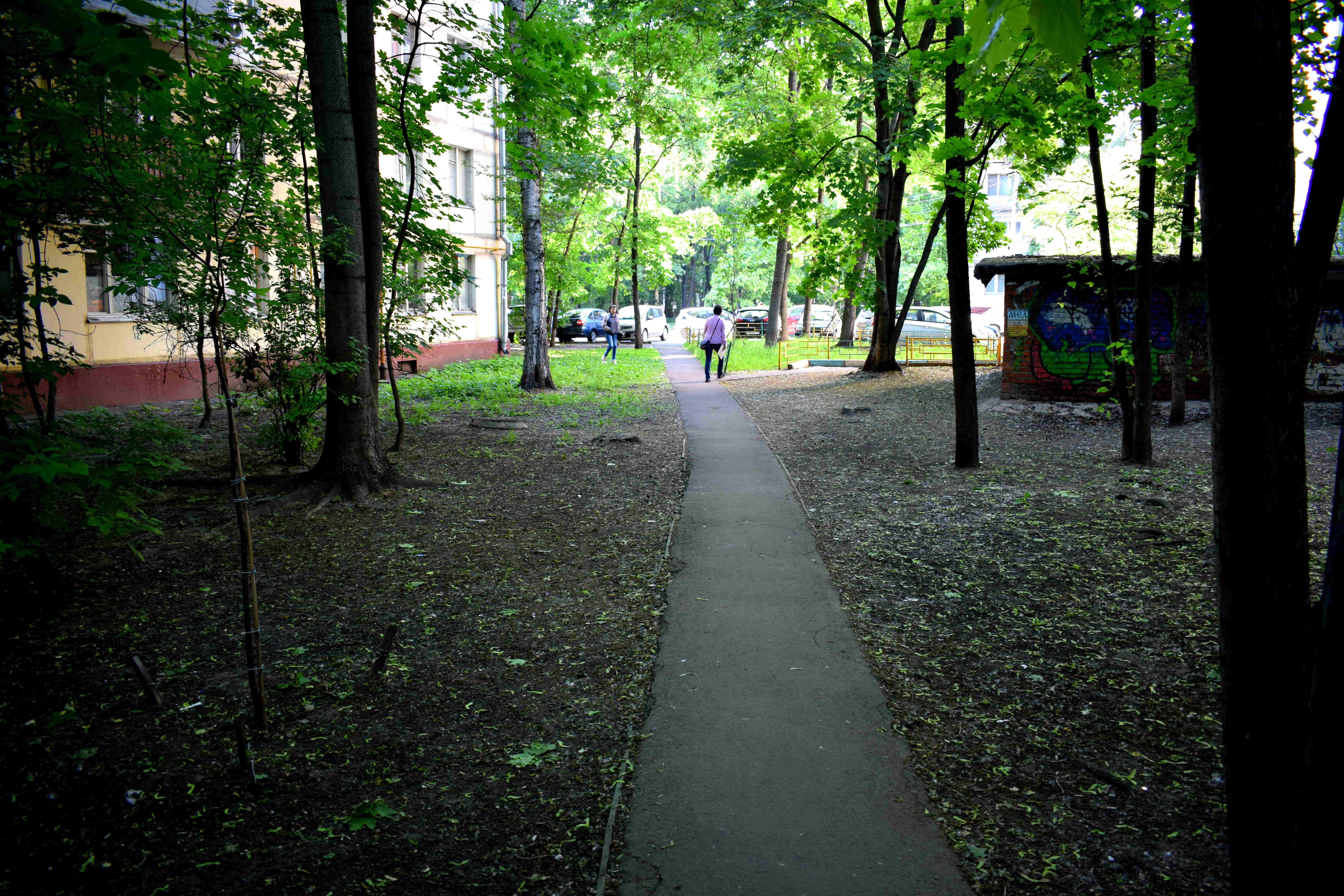
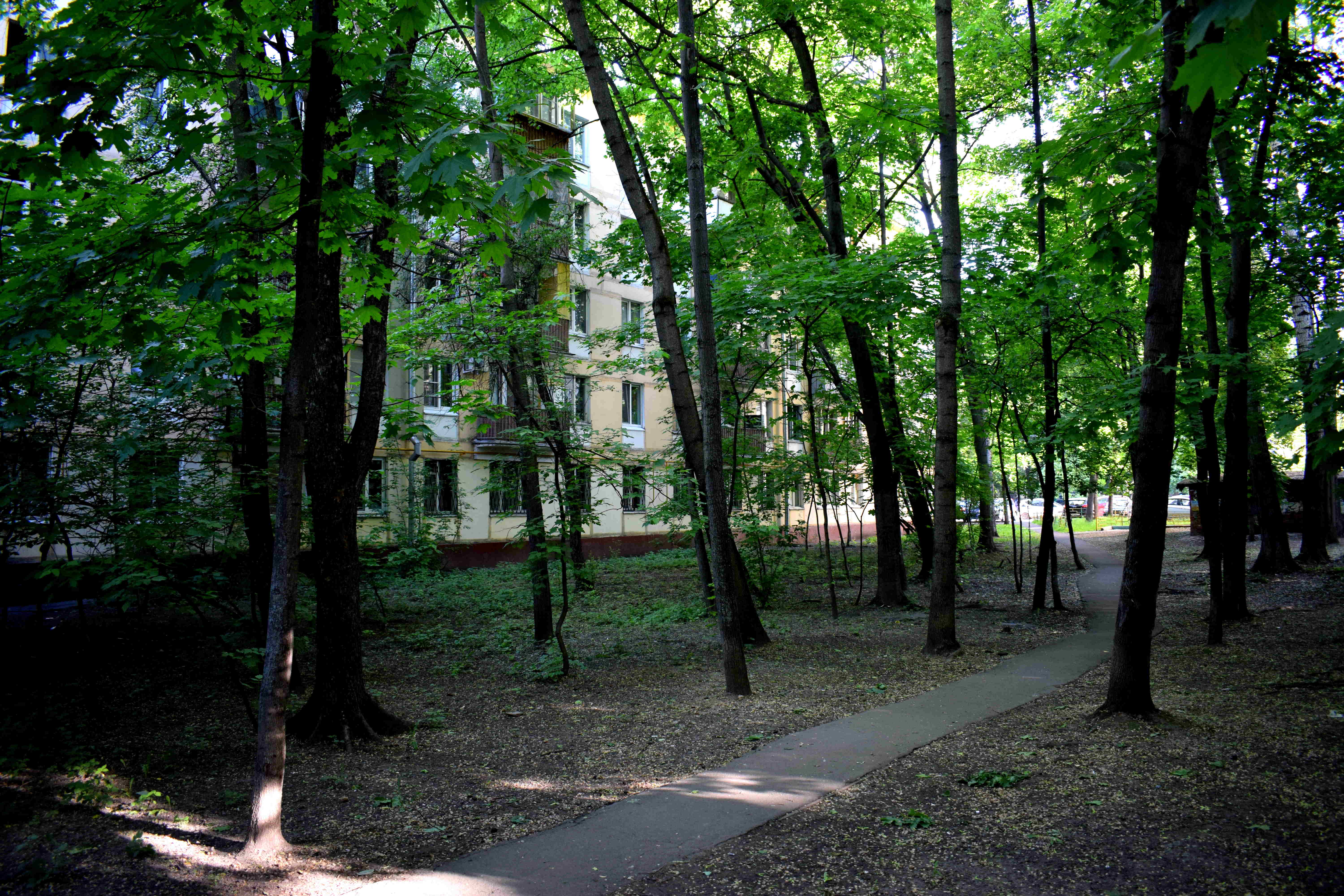 Goodbye улица Константина Федина, дом 12. Built in 1958.
Goodbye улица Константина Федина, дом 12. Built in 1958.
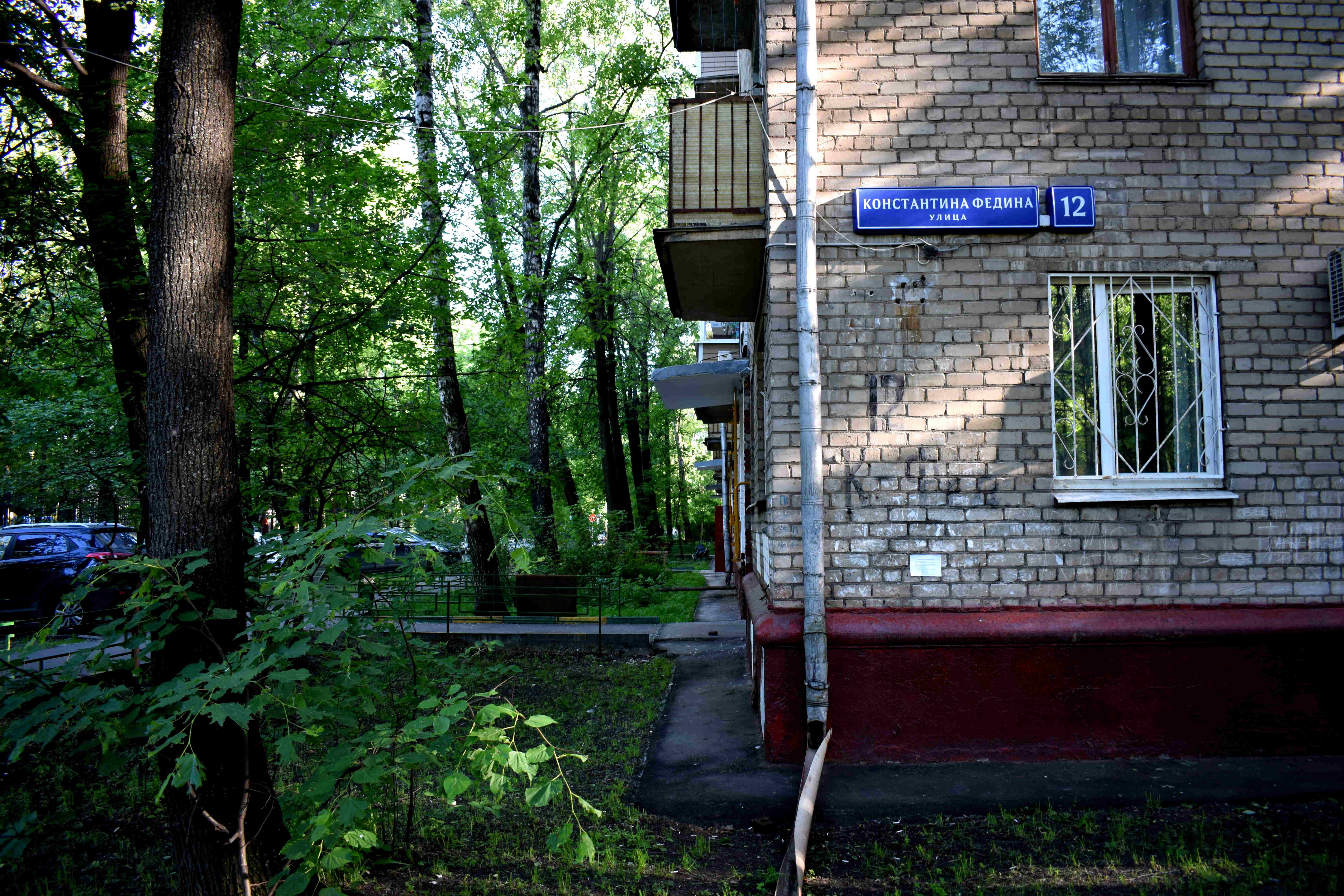 How anyone could agree to destroy a beautiful brick building like this is beyond me.
How anyone could agree to destroy a beautiful brick building like this is beyond me.
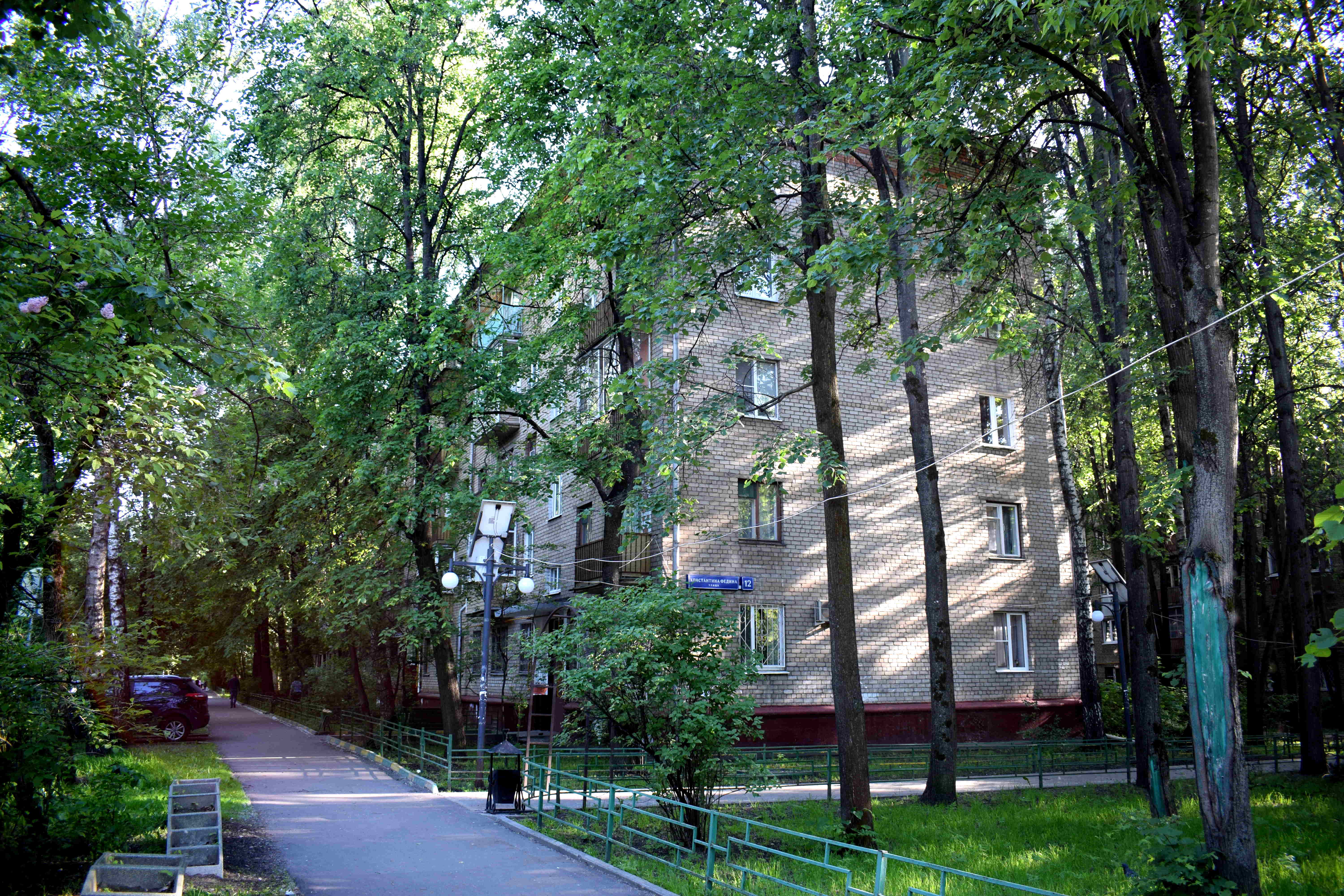 Thankfully not everyone voted to be included in the renovation program. There are a few buildings where sense prevailed. As a result, homes 10, 8, 6 and 4 on улица Константина Федина will be preserved.
Thankfully not everyone voted to be included in the renovation program. There are a few buildings where sense prevailed. As a result, homes 10, 8, 6 and 4 on улица Константина Федина will be preserved.
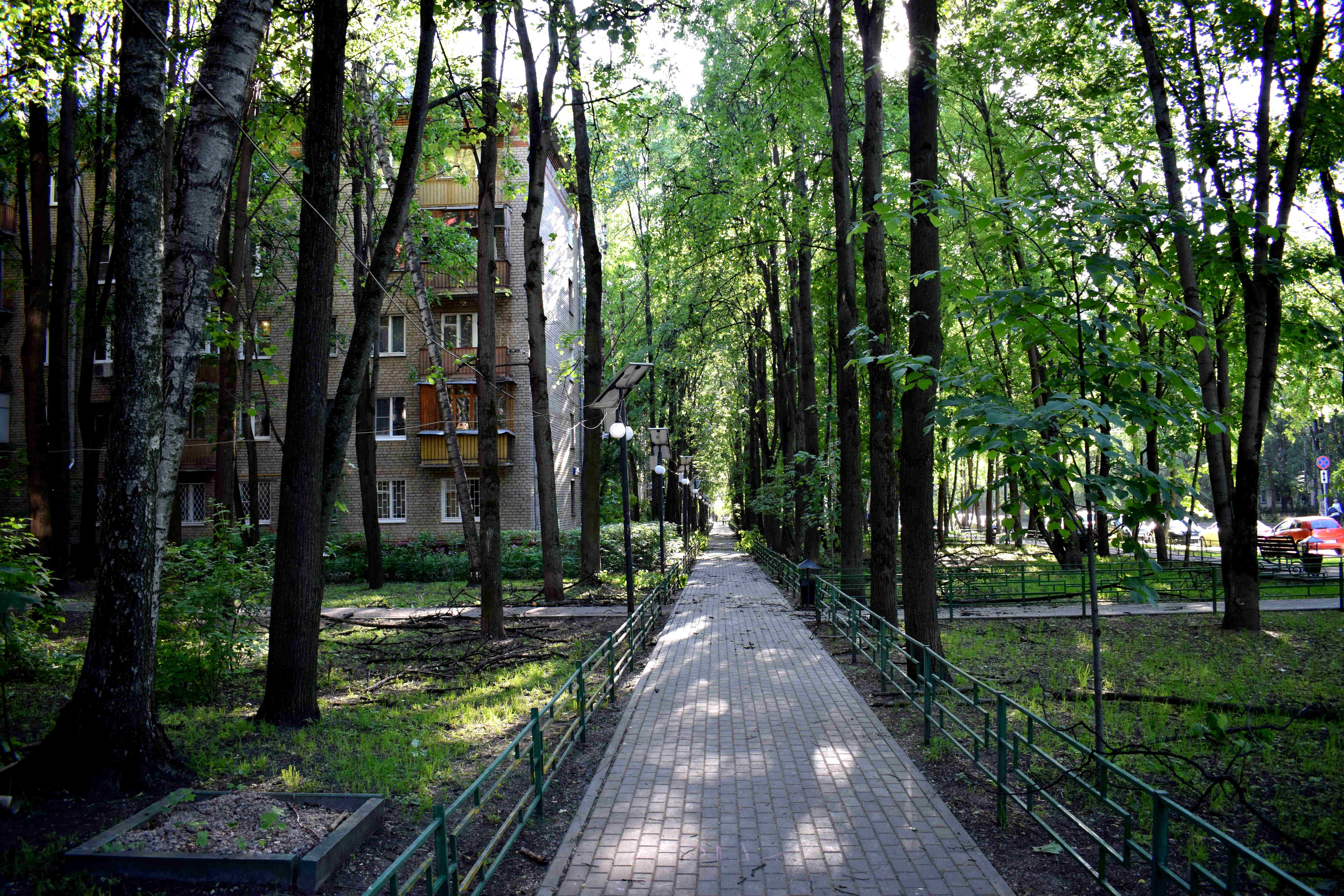 So for the time being, this beauty will remain.
So for the time being, this beauty will remain.
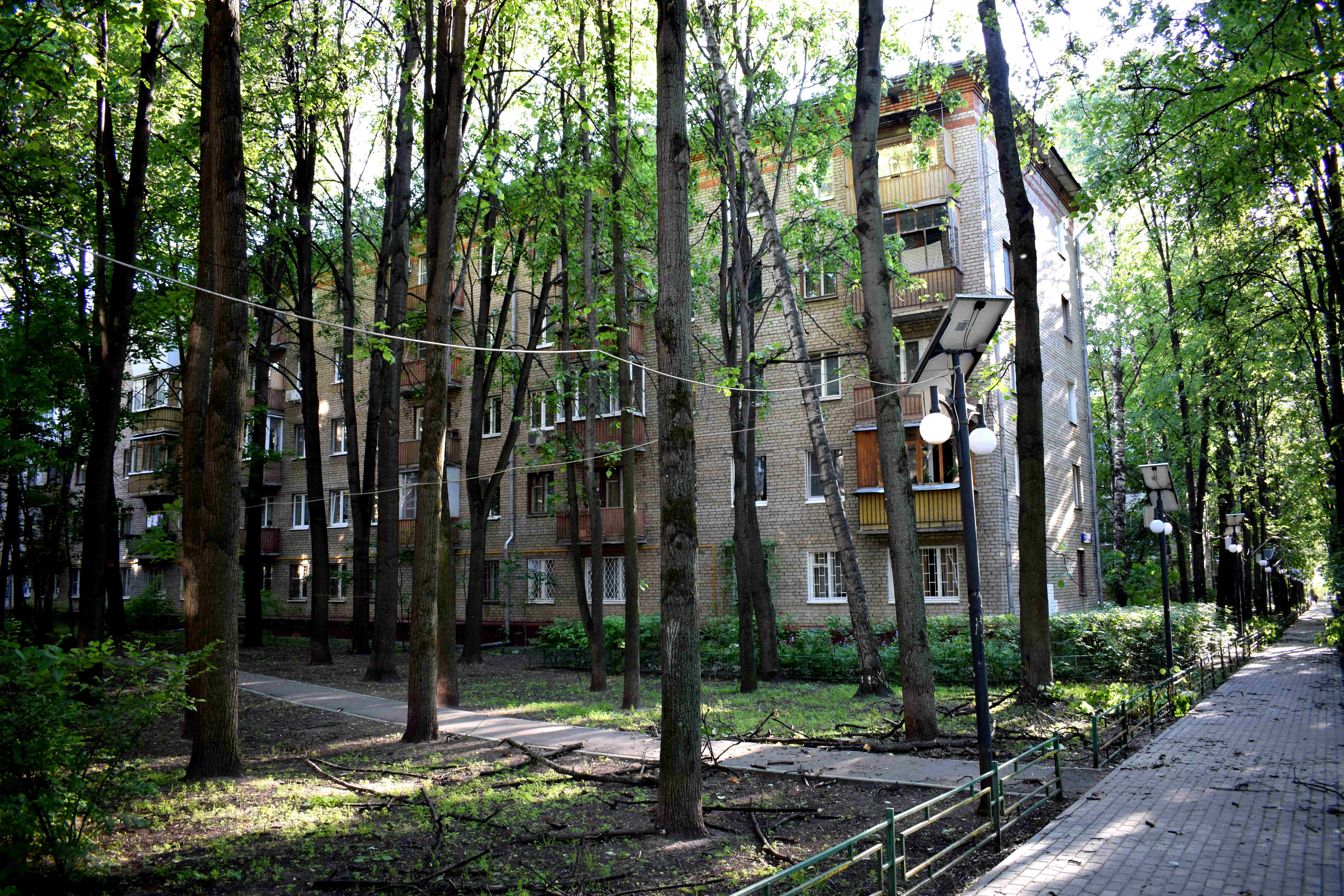 Rarely do you get such good urban planning in Moscow’s new apartments. Old brick, low-rise buildings, tall leafy green trees, a quiet district close to the metro.
Rarely do you get such good urban planning in Moscow’s new apartments. Old brick, low-rise buildings, tall leafy green trees, a quiet district close to the metro.
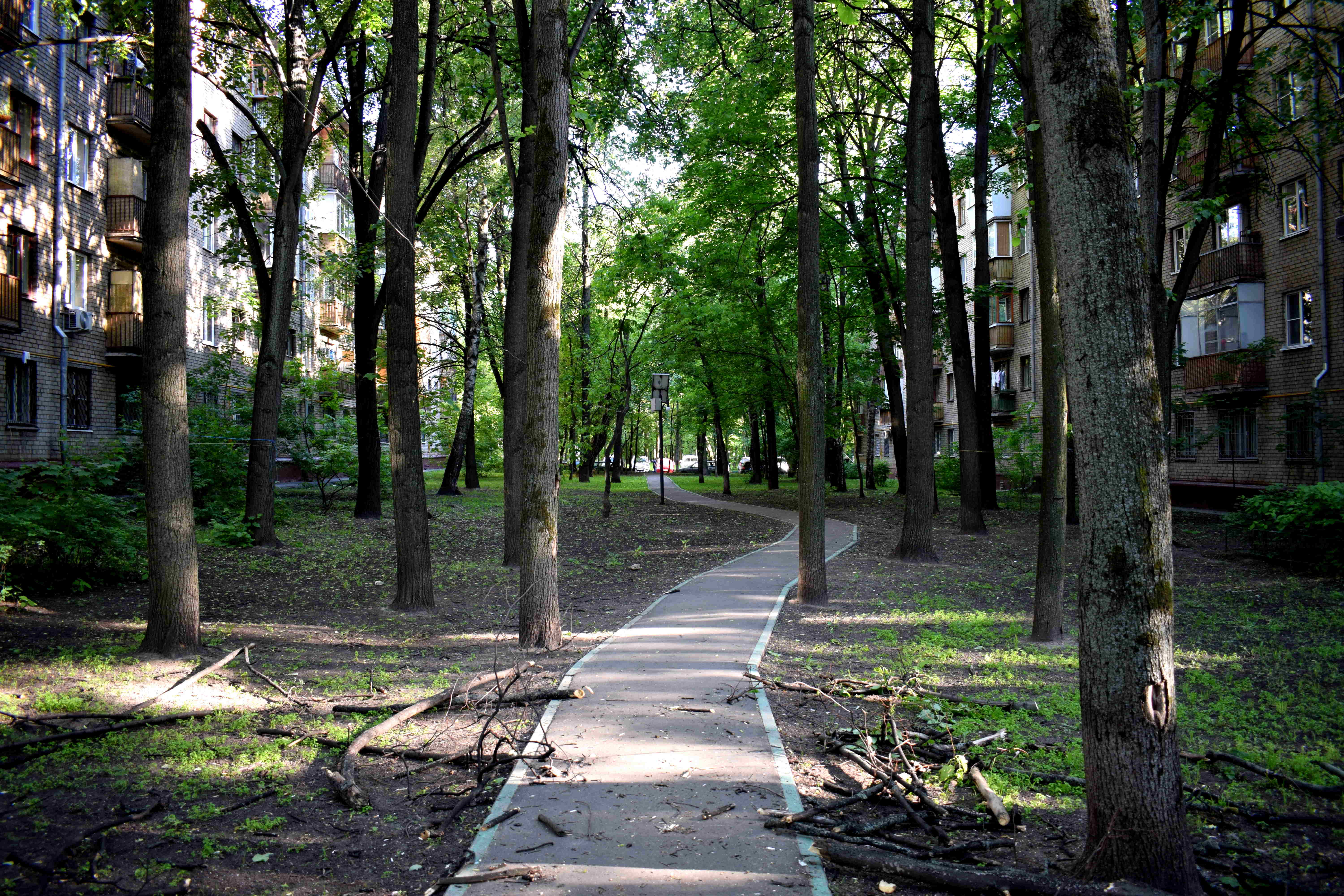 Incredible.
Incredible.
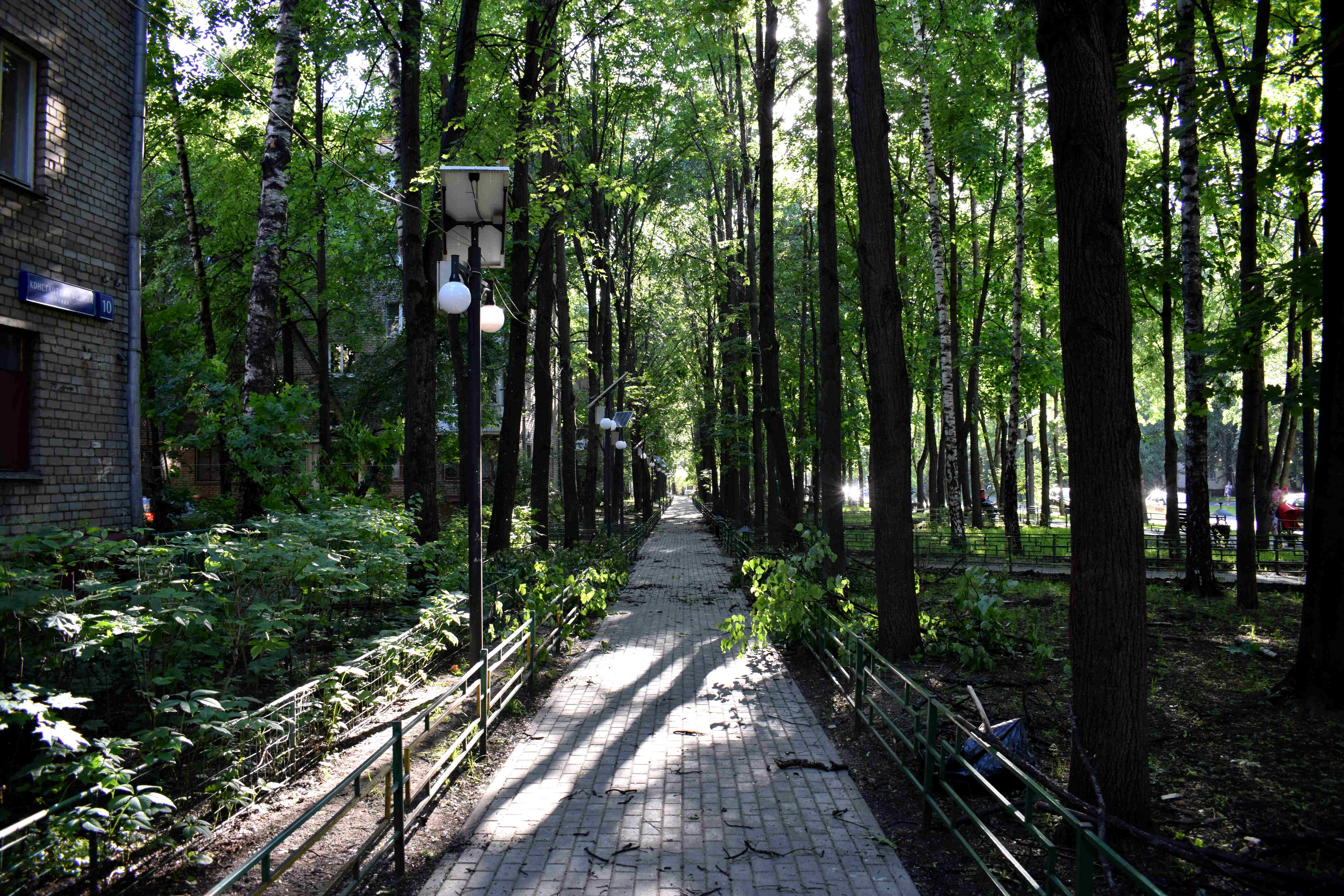
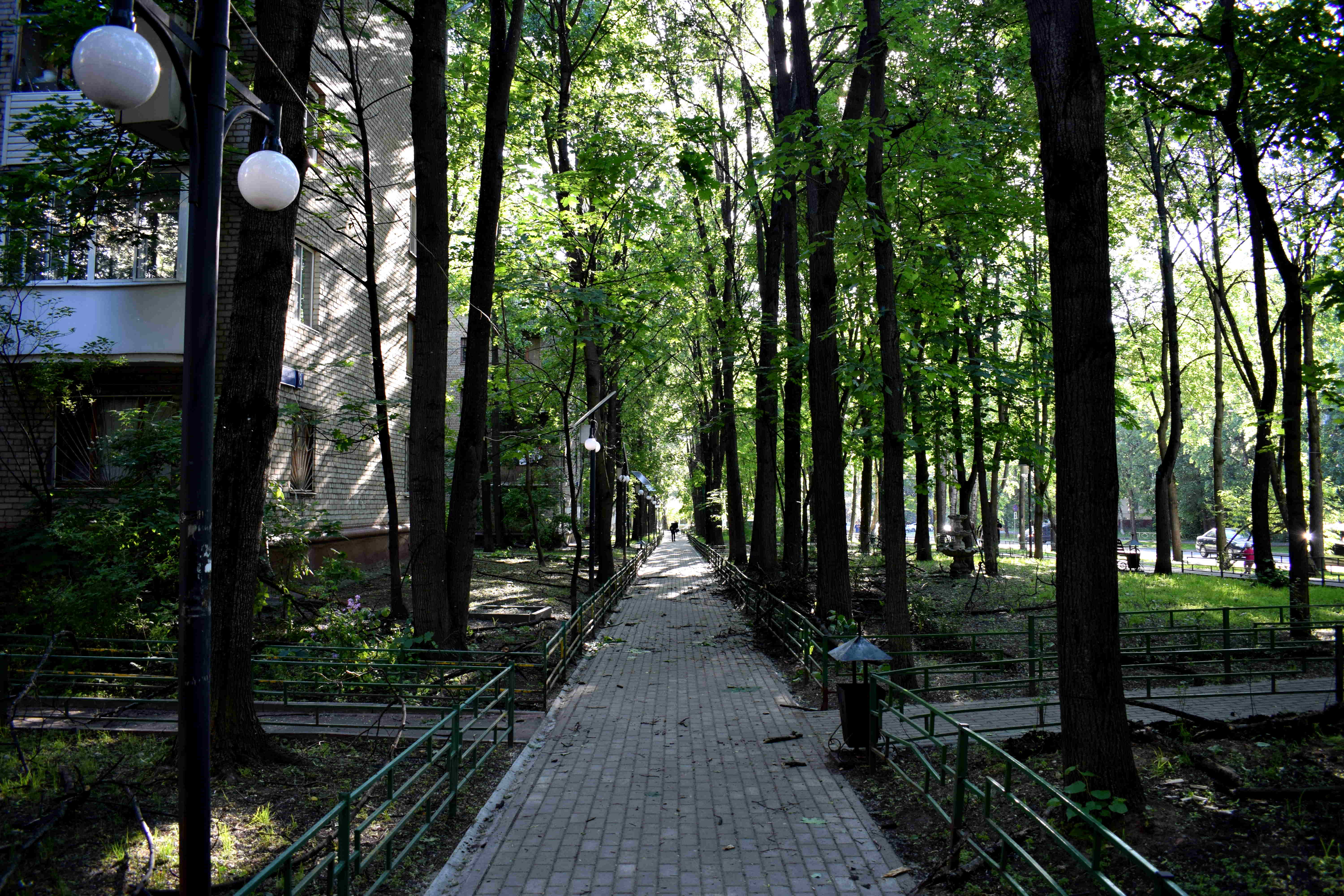
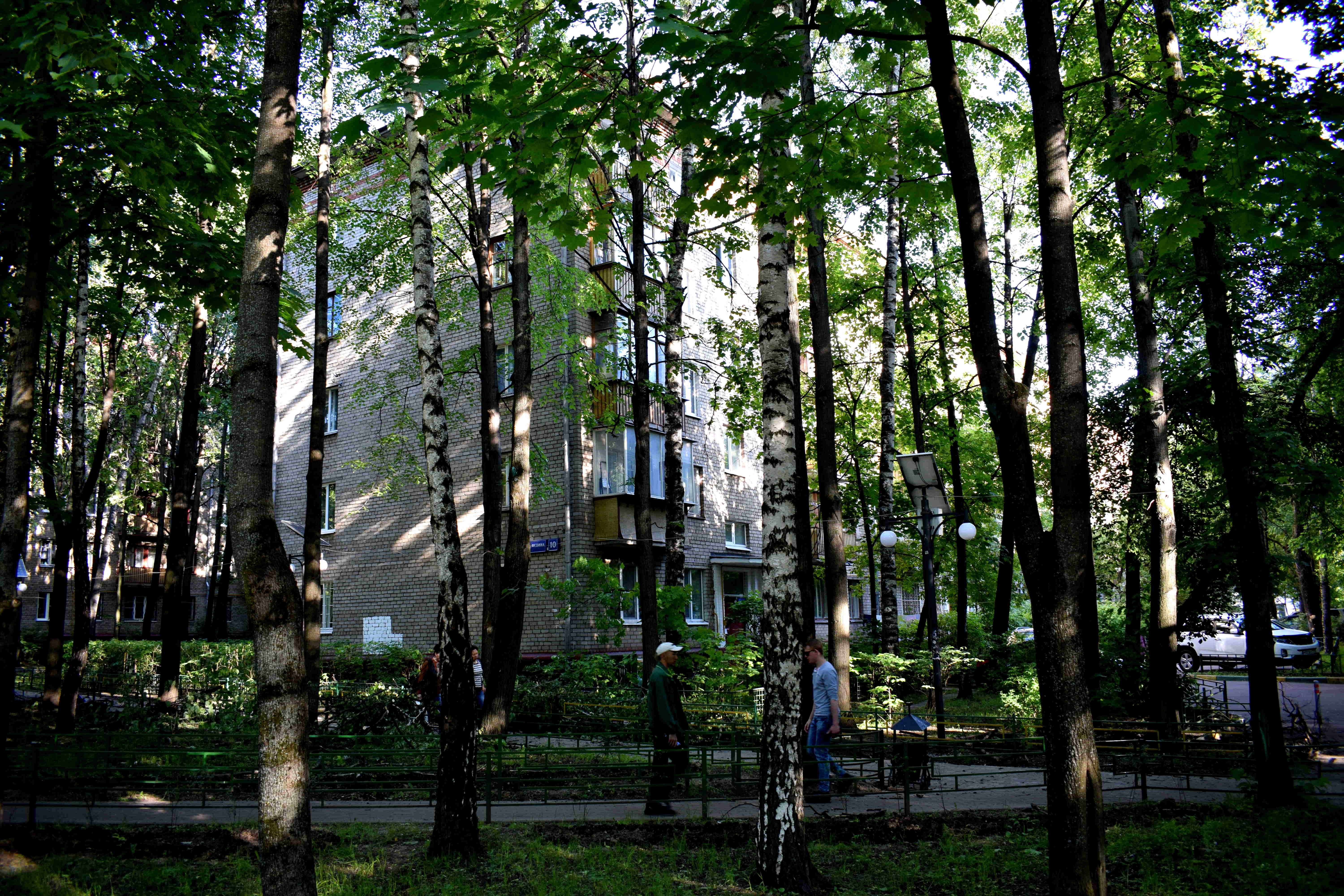
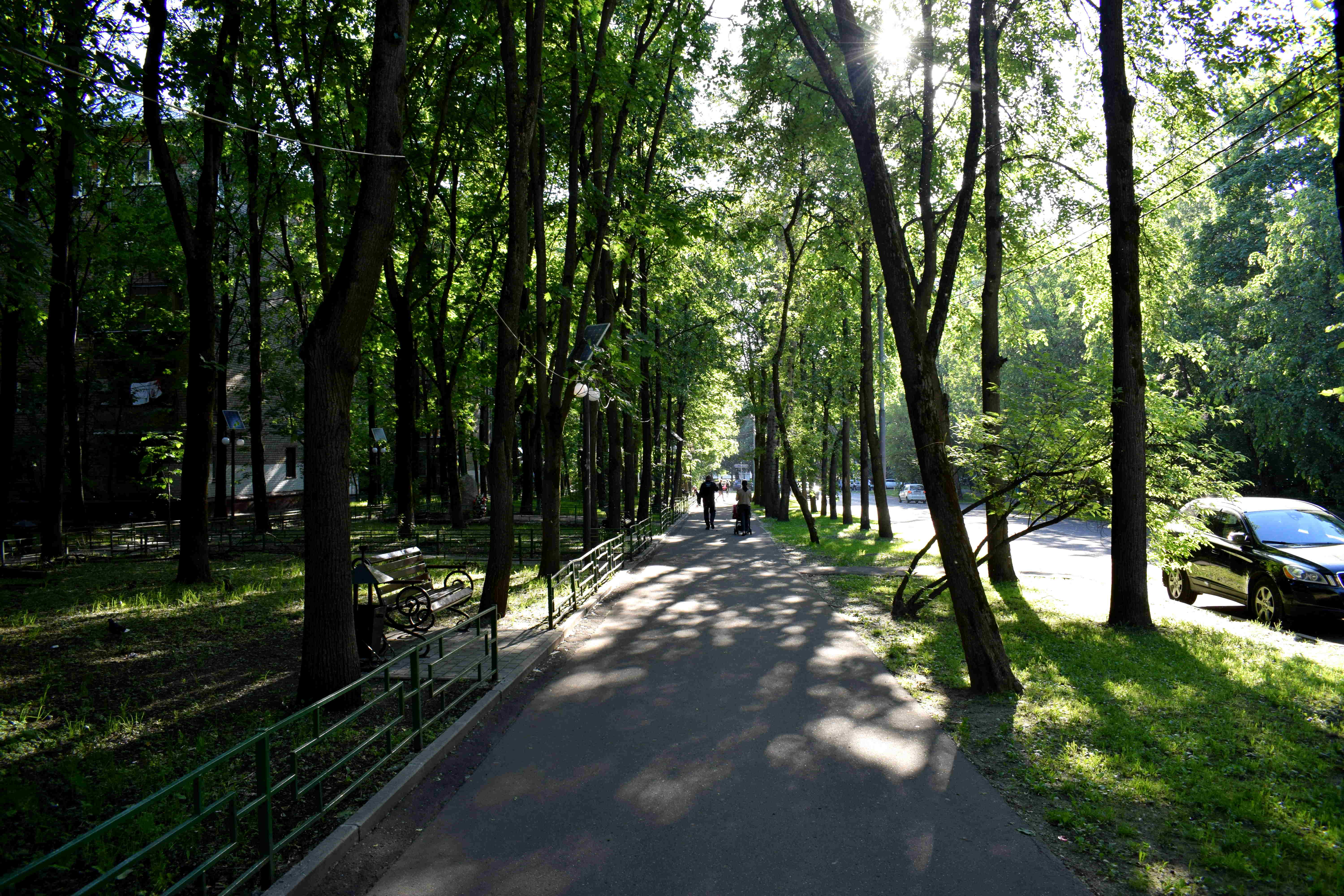 Apartments in this neighborhood would be some of the most expensive real estate in the city given a properly functioning market economy where the government can’t just barge in and steal your property under the guise of a renovation program.
Apartments in this neighborhood would be some of the most expensive real estate in the city given a properly functioning market economy where the government can’t just barge in and steal your property under the guise of a renovation program.
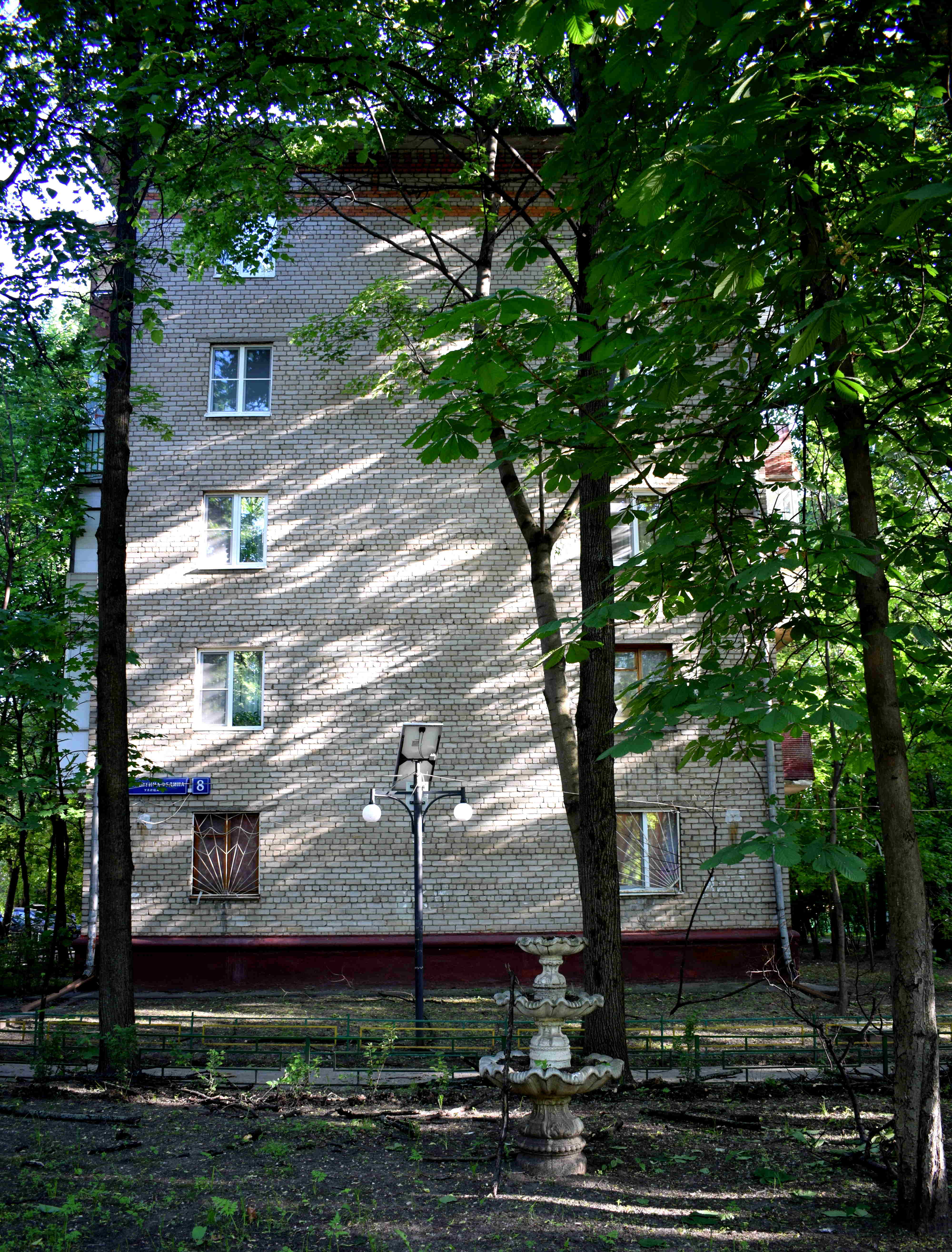 On the other side of the street, the residents voted to be included in the program. Goodbye Улица Константина Федина, дом 5.
On the other side of the street, the residents voted to be included in the program. Goodbye Улица Константина Федина, дом 5.
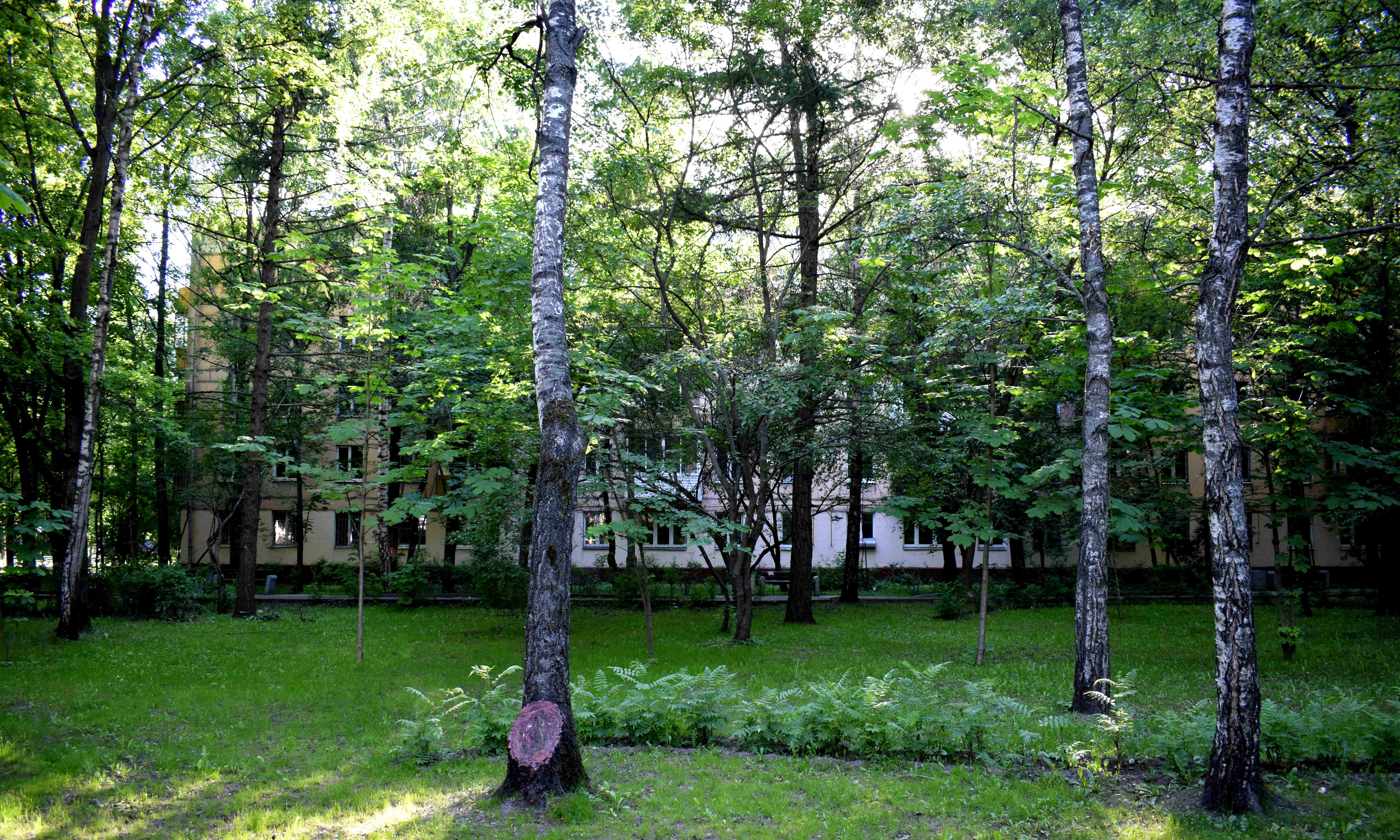 Goodbye улица Константина Федина, дом 7.
Goodbye улица Константина Федина, дом 7.
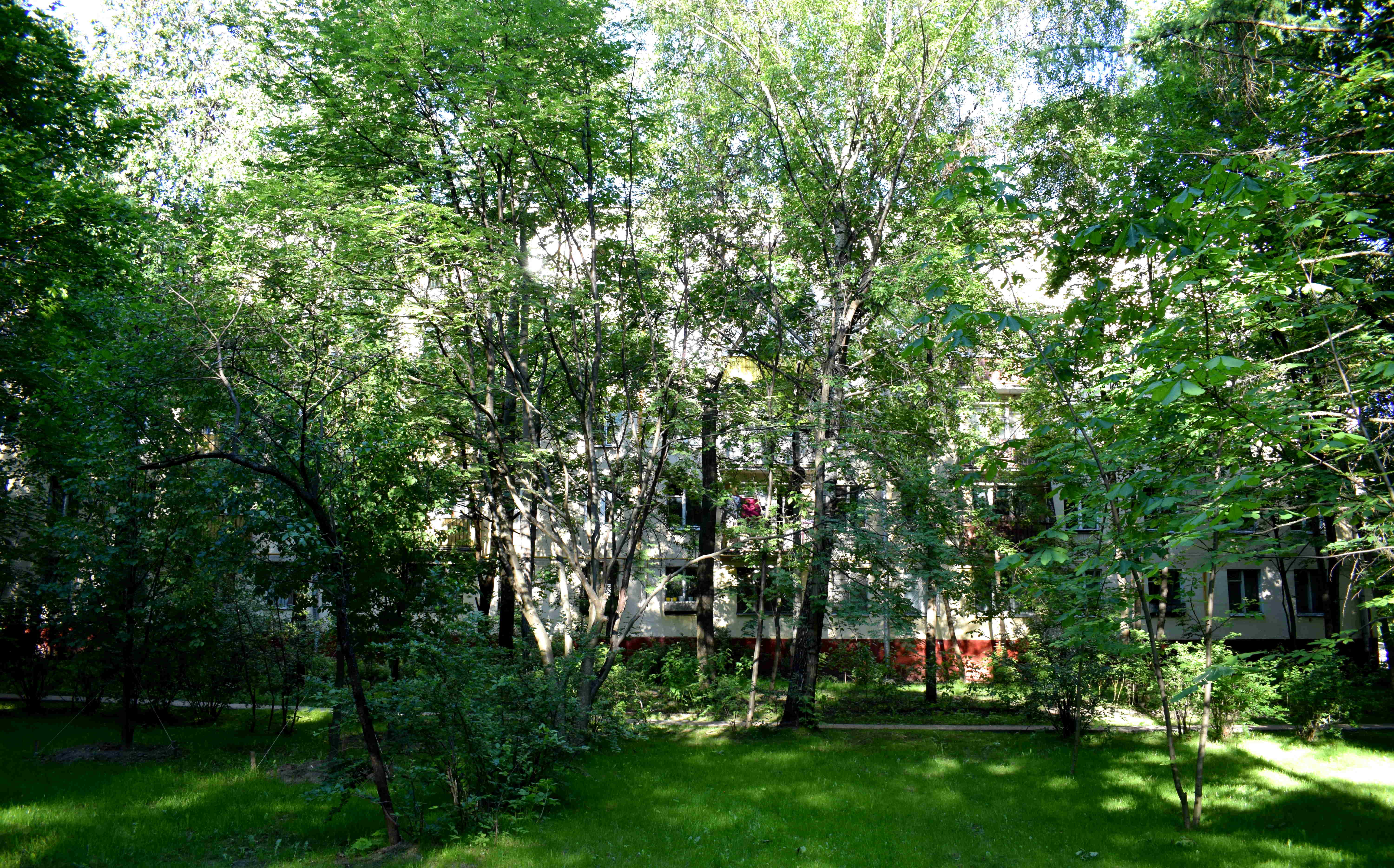 R.I.P. улица Константина Федина, дом 3.
R.I.P. улица Константина Федина, дом 3.
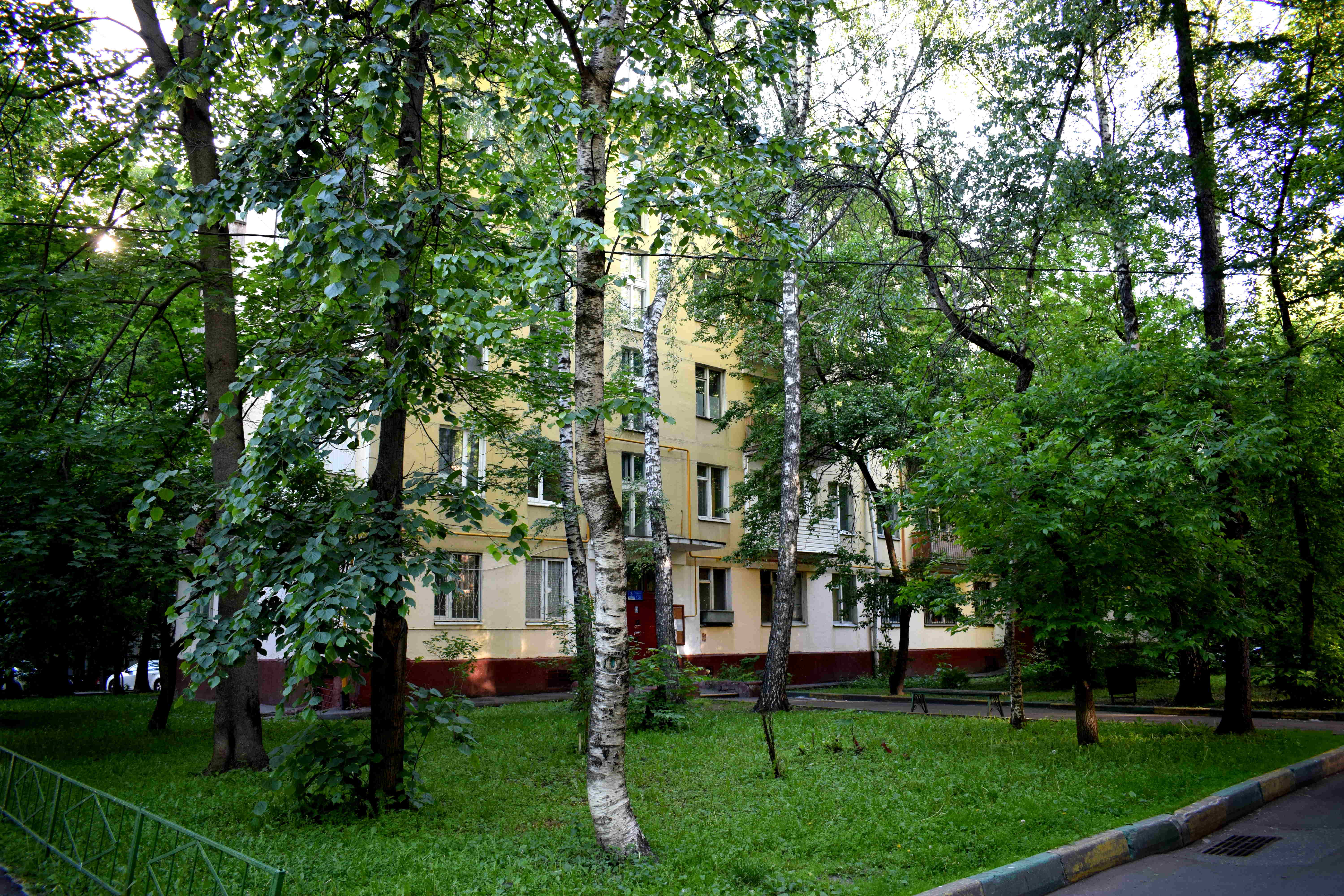 At a time when Europe is constructing low-rise buildings between five to ten floors each, Moscow is tearing them down. All in the interests of developers whose only goal is to make money and who could care less about Moscow’s history.
At a time when Europe is constructing low-rise buildings between five to ten floors each, Moscow is tearing them down. All in the interests of developers whose only goal is to make money and who could care less about Moscow’s history.
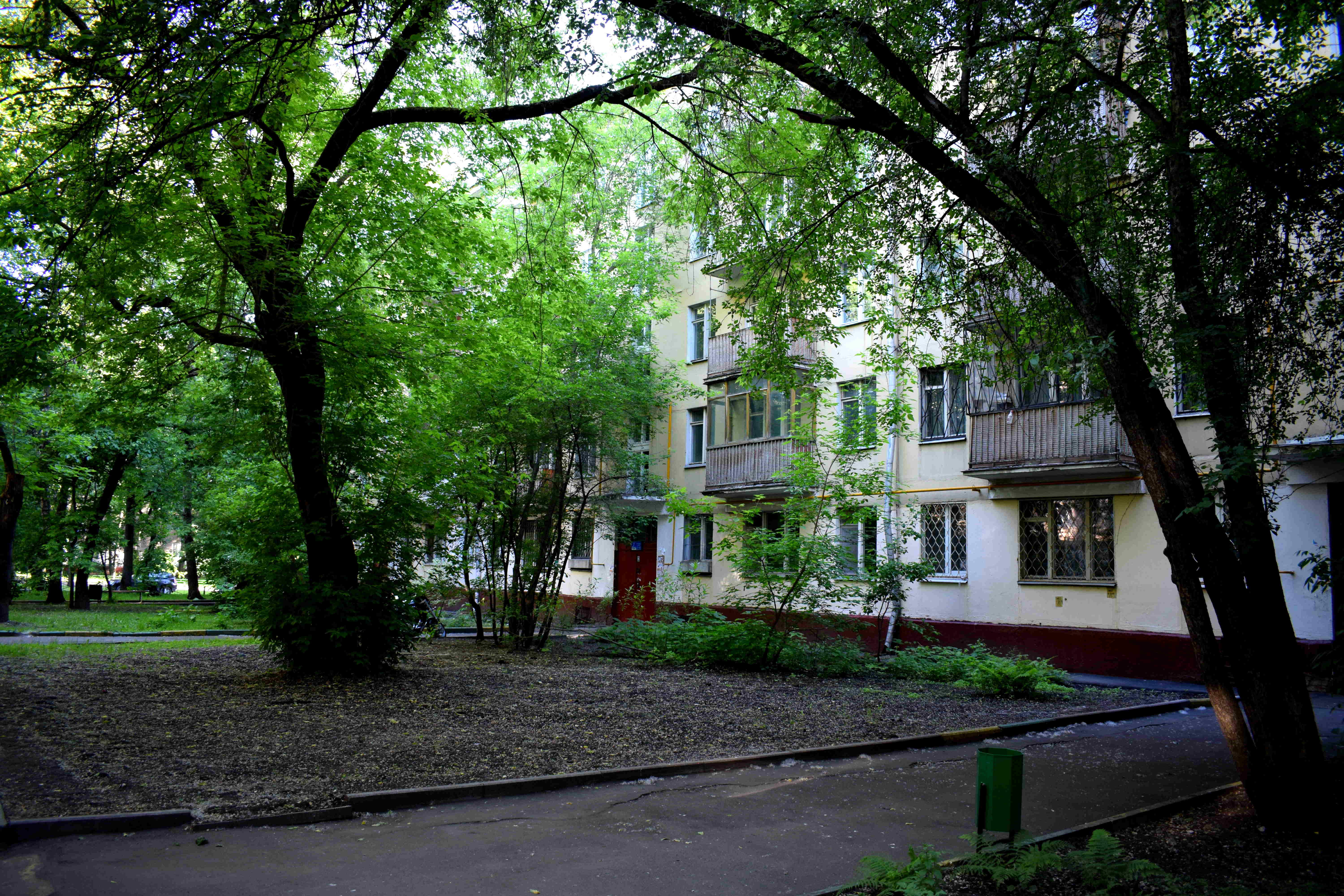 What a joy it is to walk down a tree-lined street like this.
What a joy it is to walk down a tree-lined street like this.
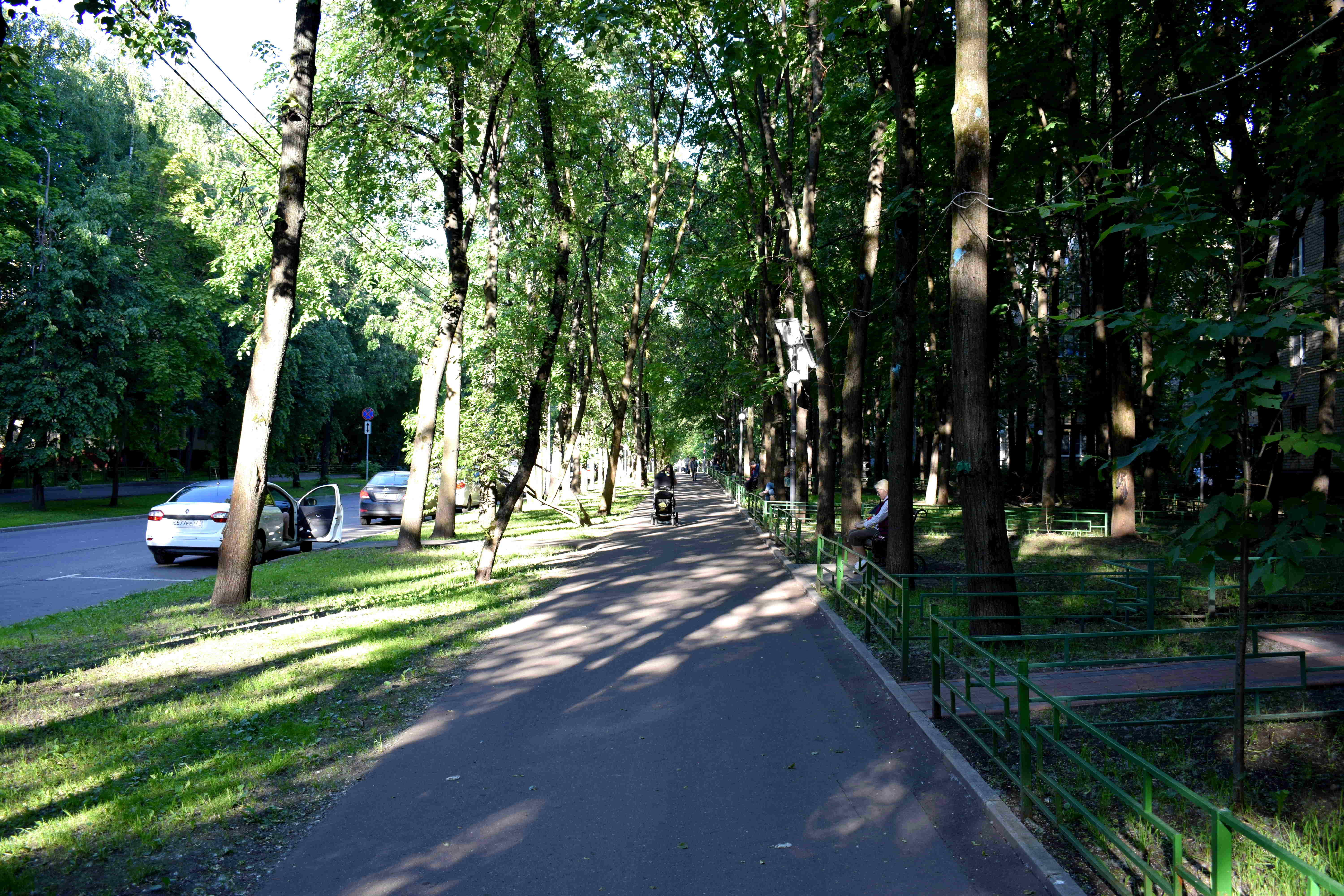 A monument located near the khrushchyovkas.
A monument located near the khrushchyovkas.
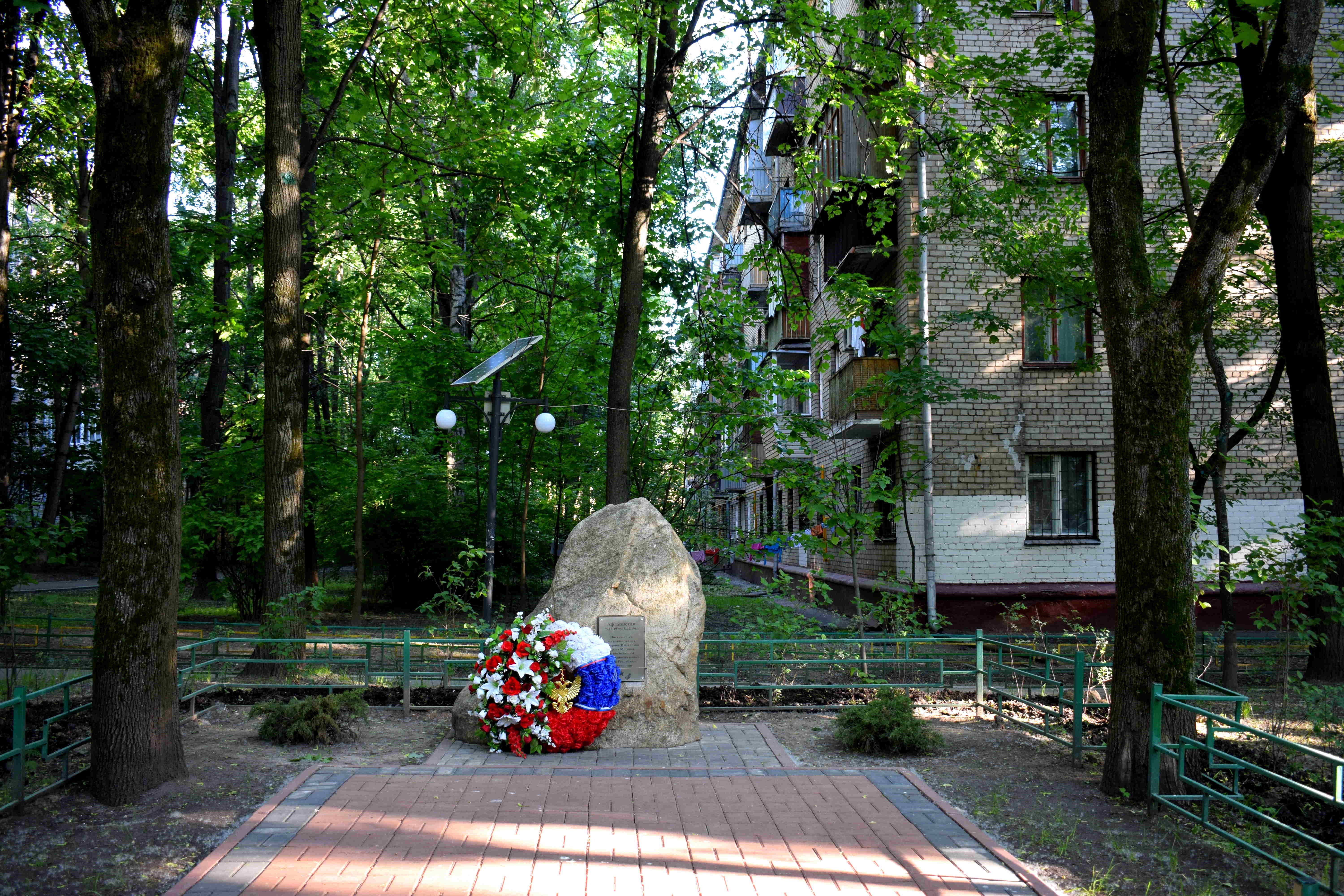 Улица Константина Федина, дом 8 voted against the renovation program. It was built in 1958.
Улица Константина Федина, дом 8 voted against the renovation program. It was built in 1958.
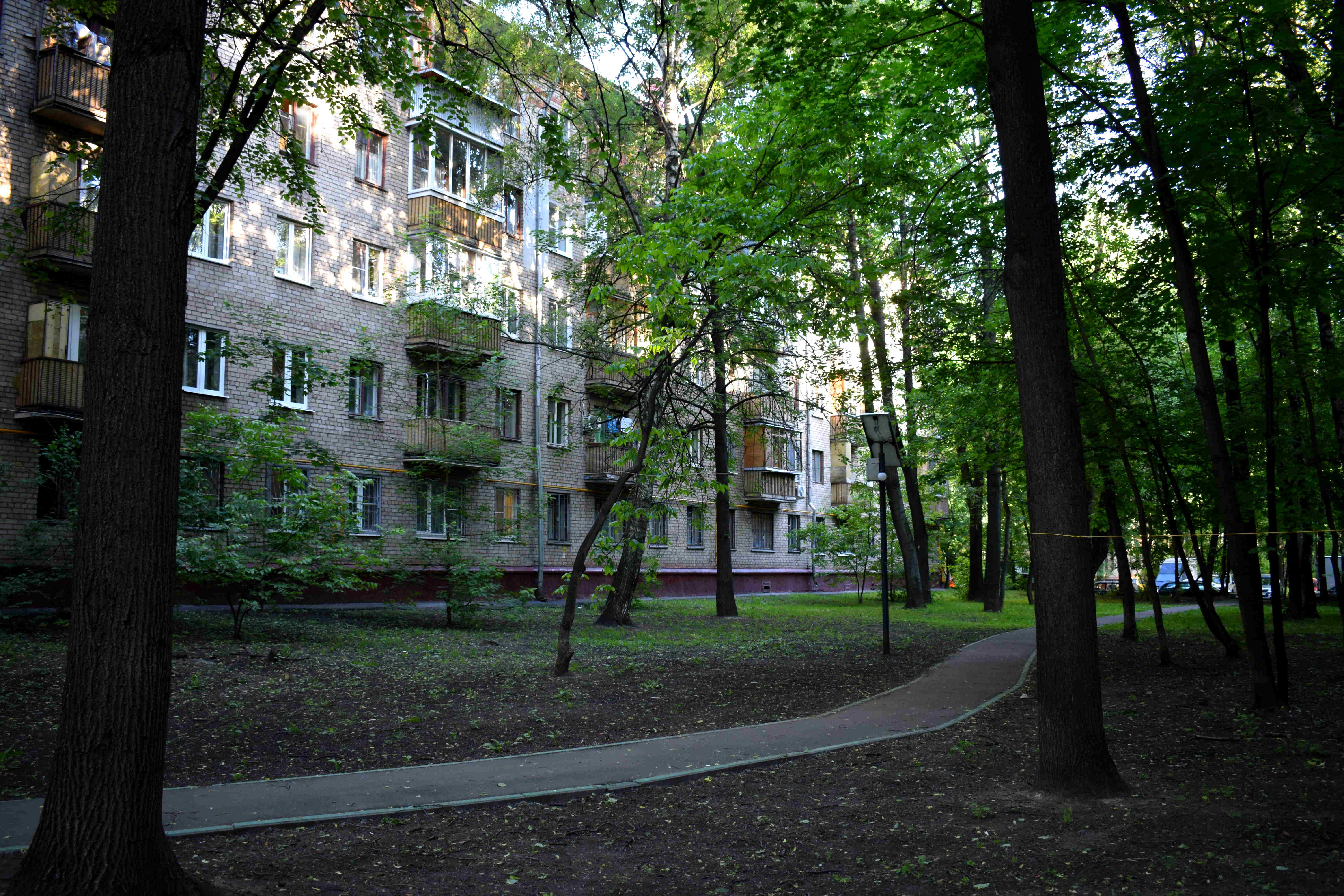 The balconies to the buildings.
The balconies to the buildings.
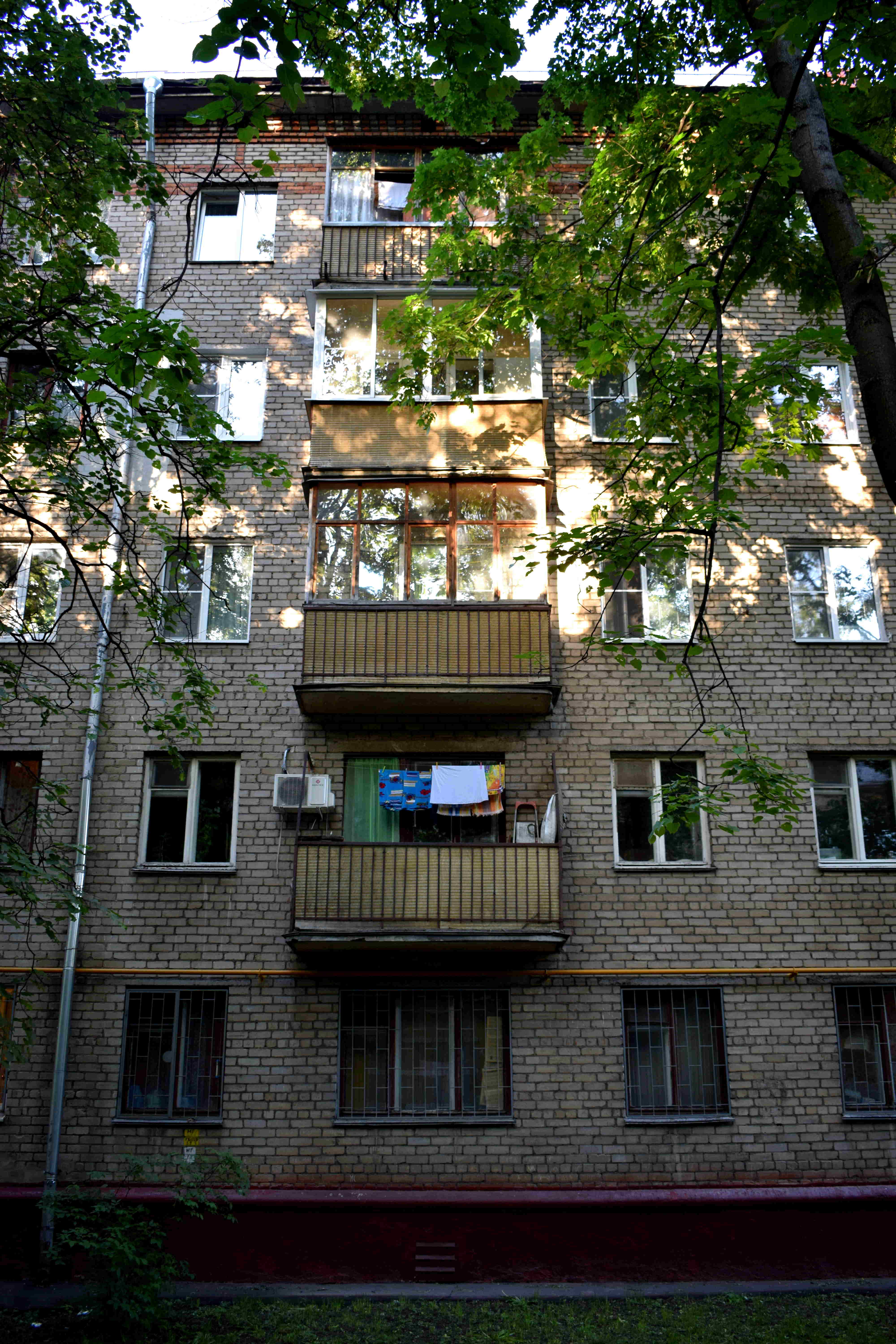
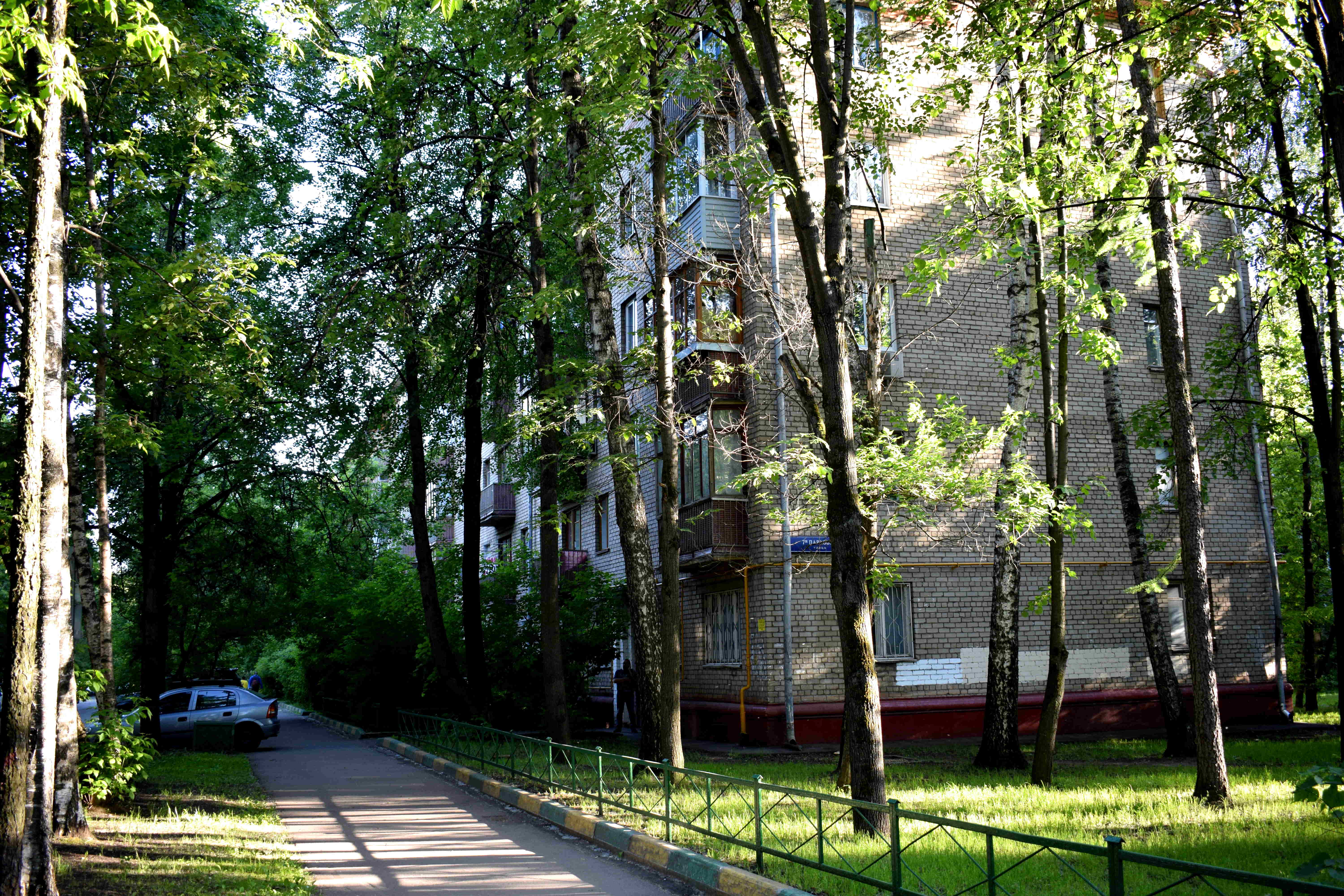
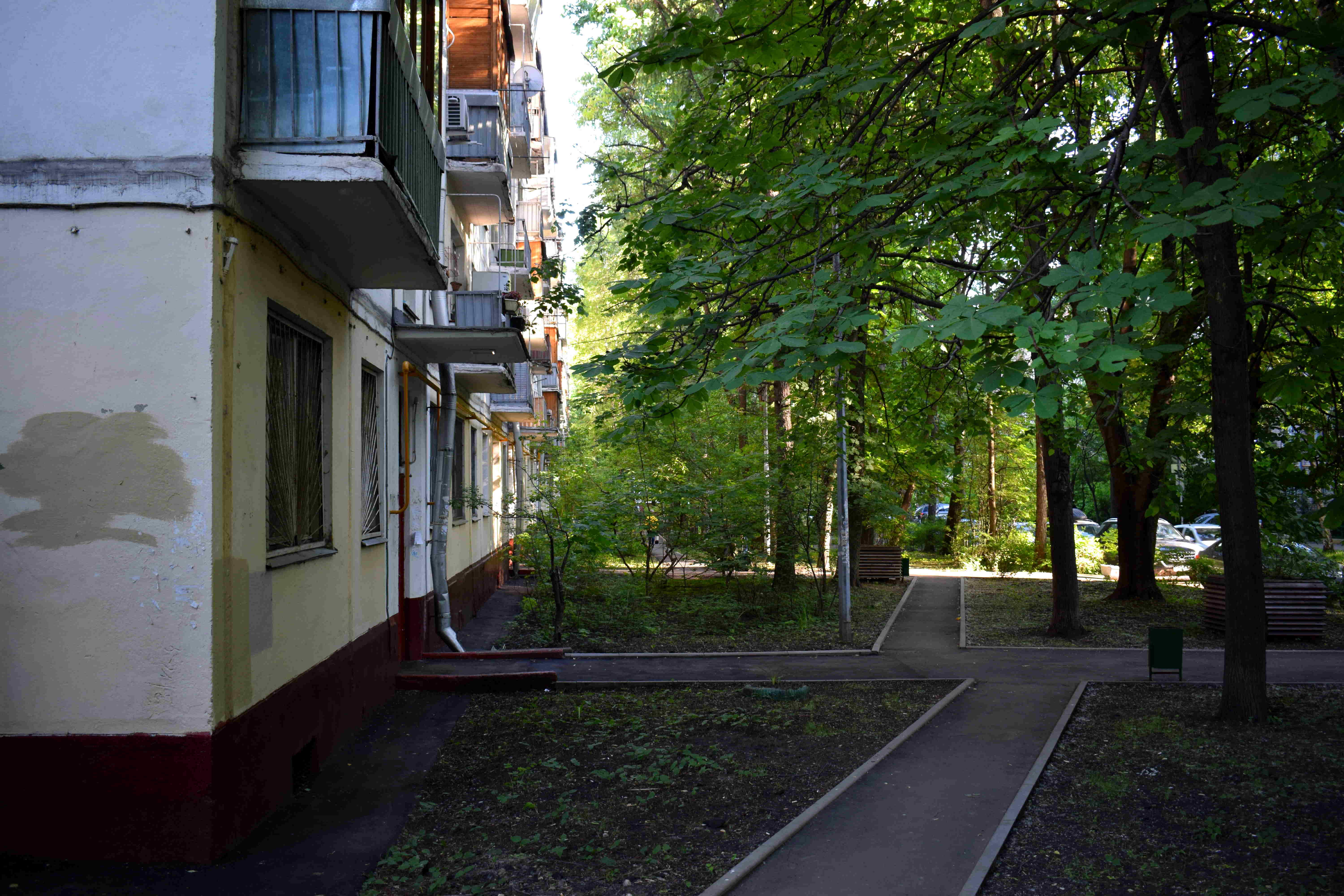 A beautiful walkway through the woods.
A beautiful walkway through the woods.
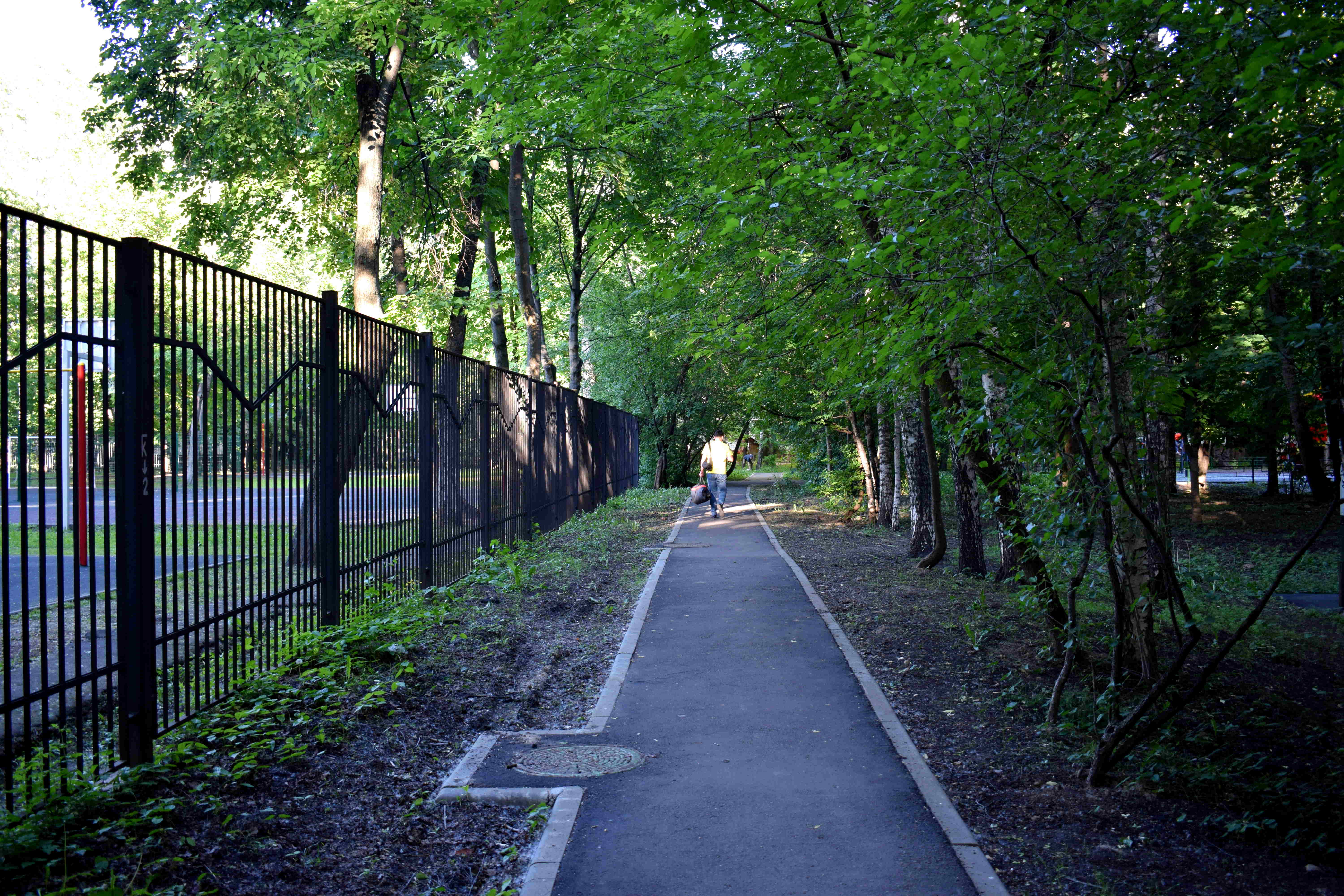 Another school in the district with its own basketball court and workout area.
Another school in the district with its own basketball court and workout area.
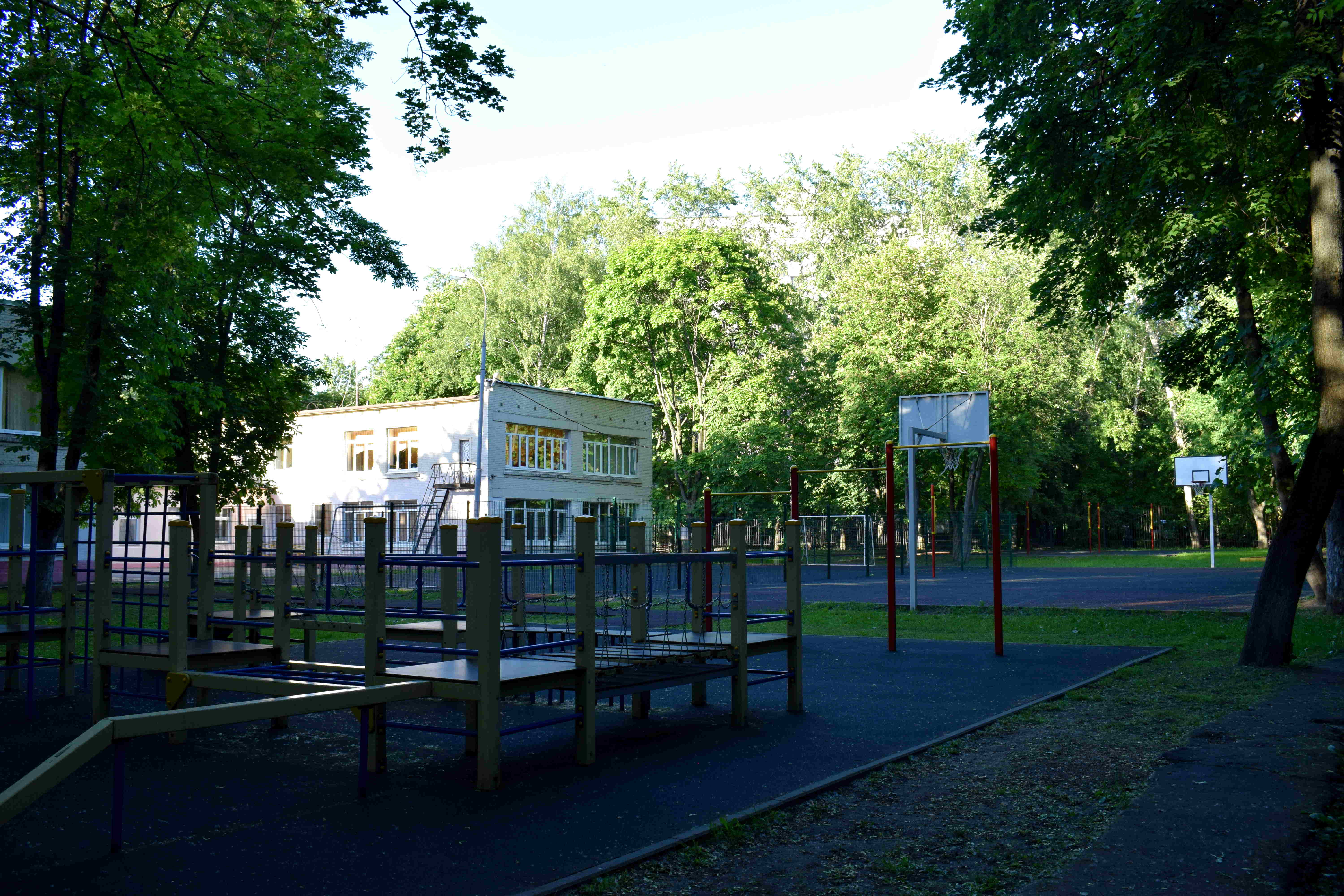 Comfortable benches to sit on with friends.
Comfortable benches to sit on with friends.
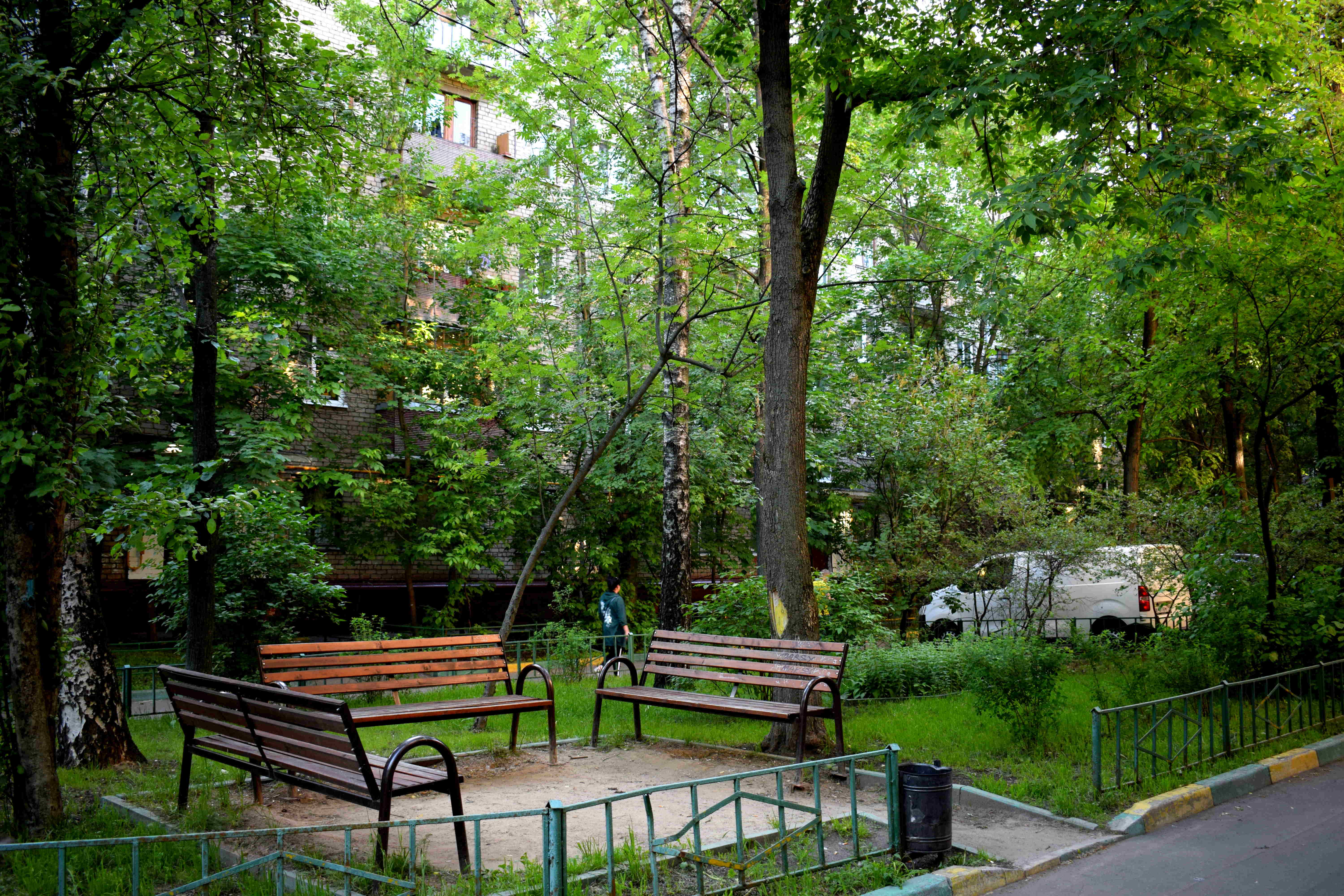 The entrance to 7-я Парковая улица, дом 33, корпус 2. It will also be demolished.
The entrance to 7-я Парковая улица, дом 33, корпус 2. It will also be demolished.
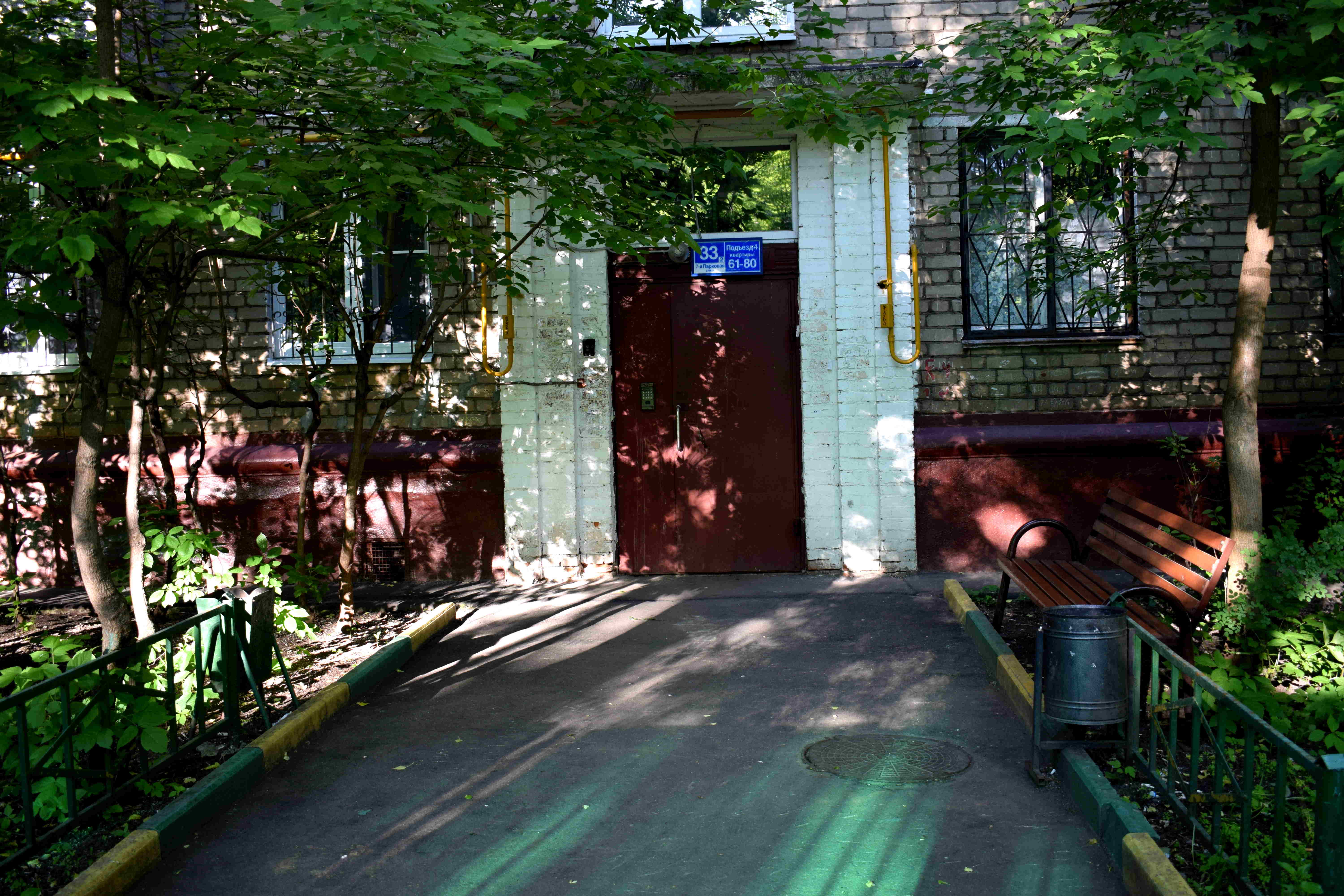 Playgrounds for kids.
Playgrounds for kids.
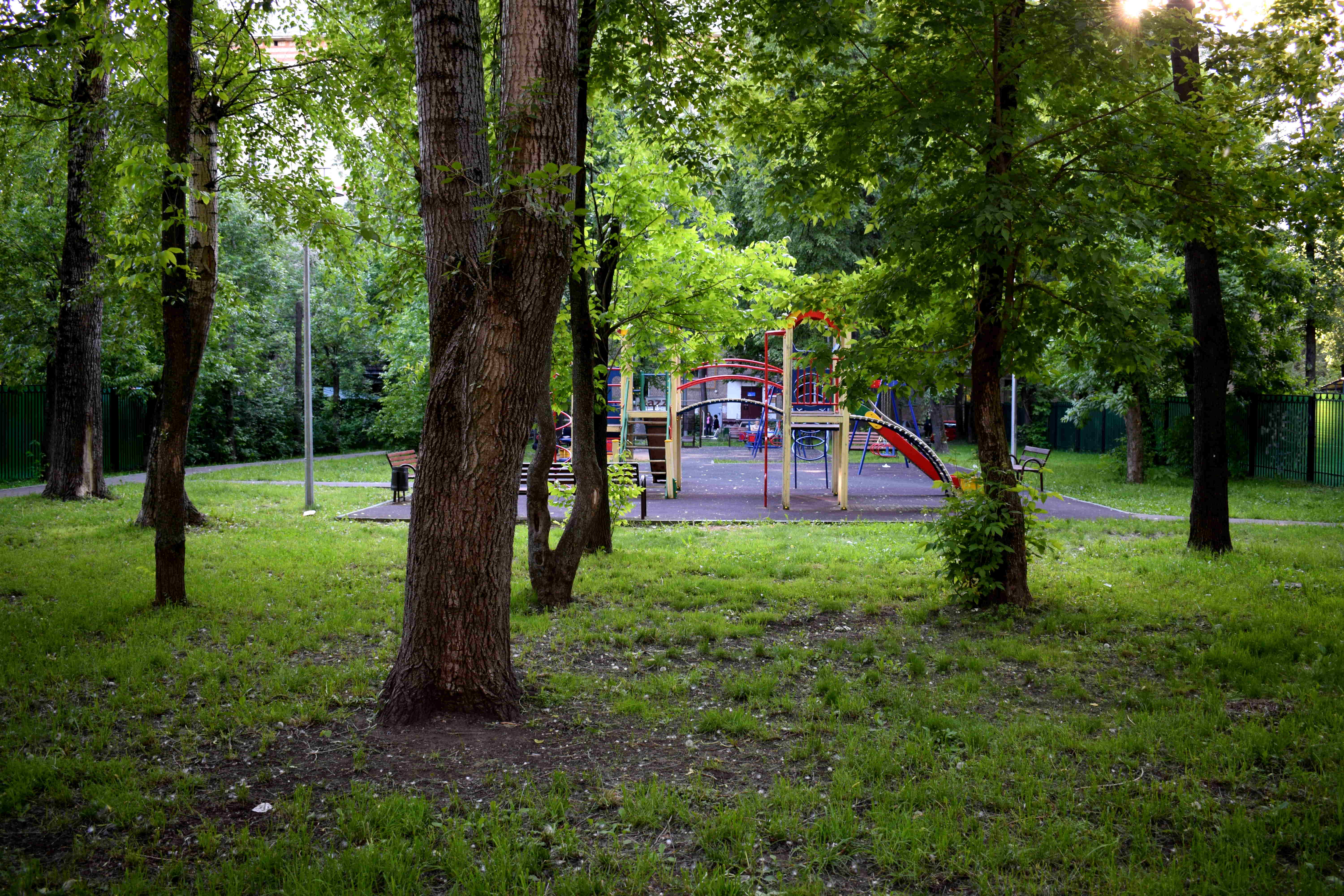 Plenty of room to park your car.
Plenty of room to park your car.
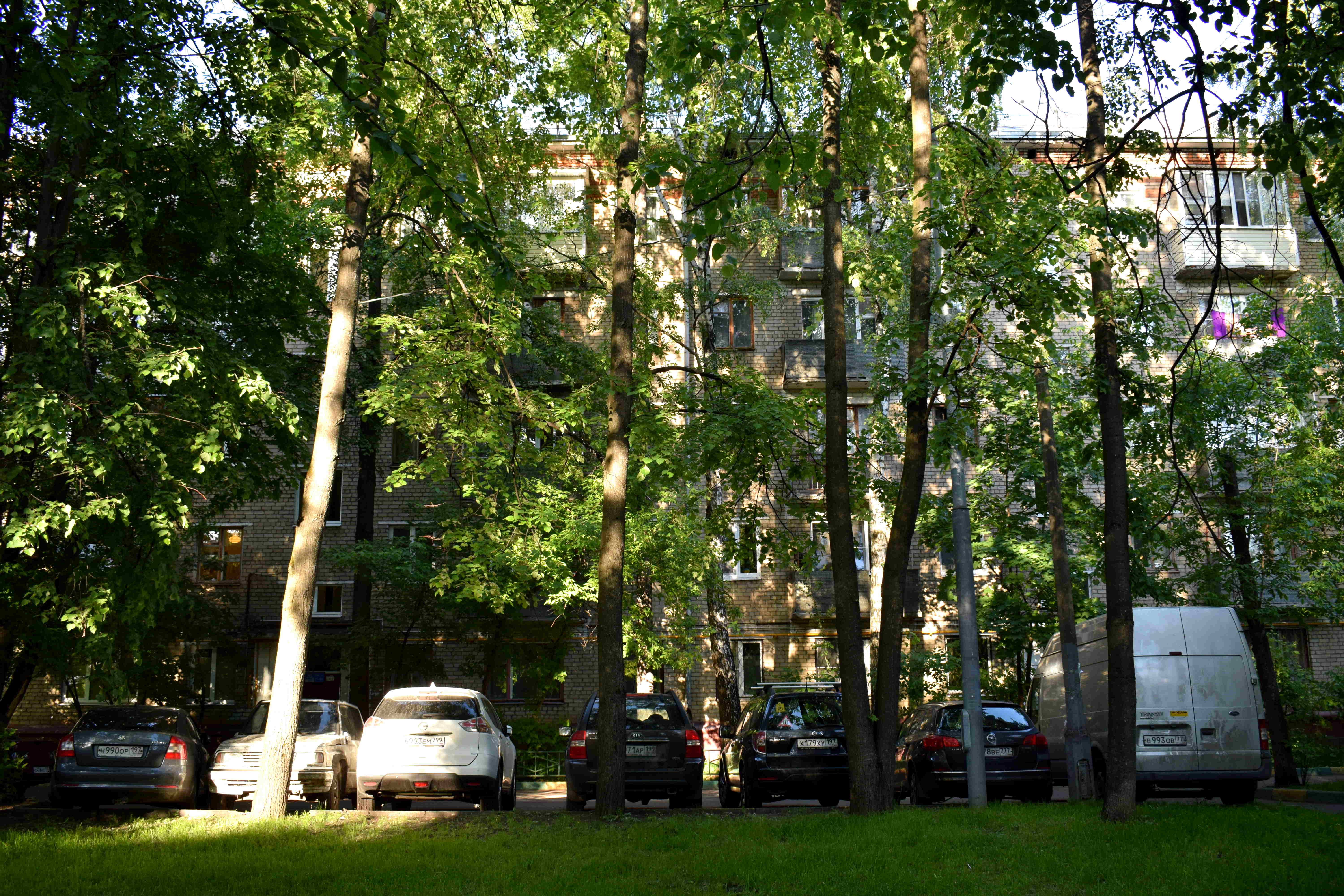 Natural shading on your house.
Natural shading on your house.
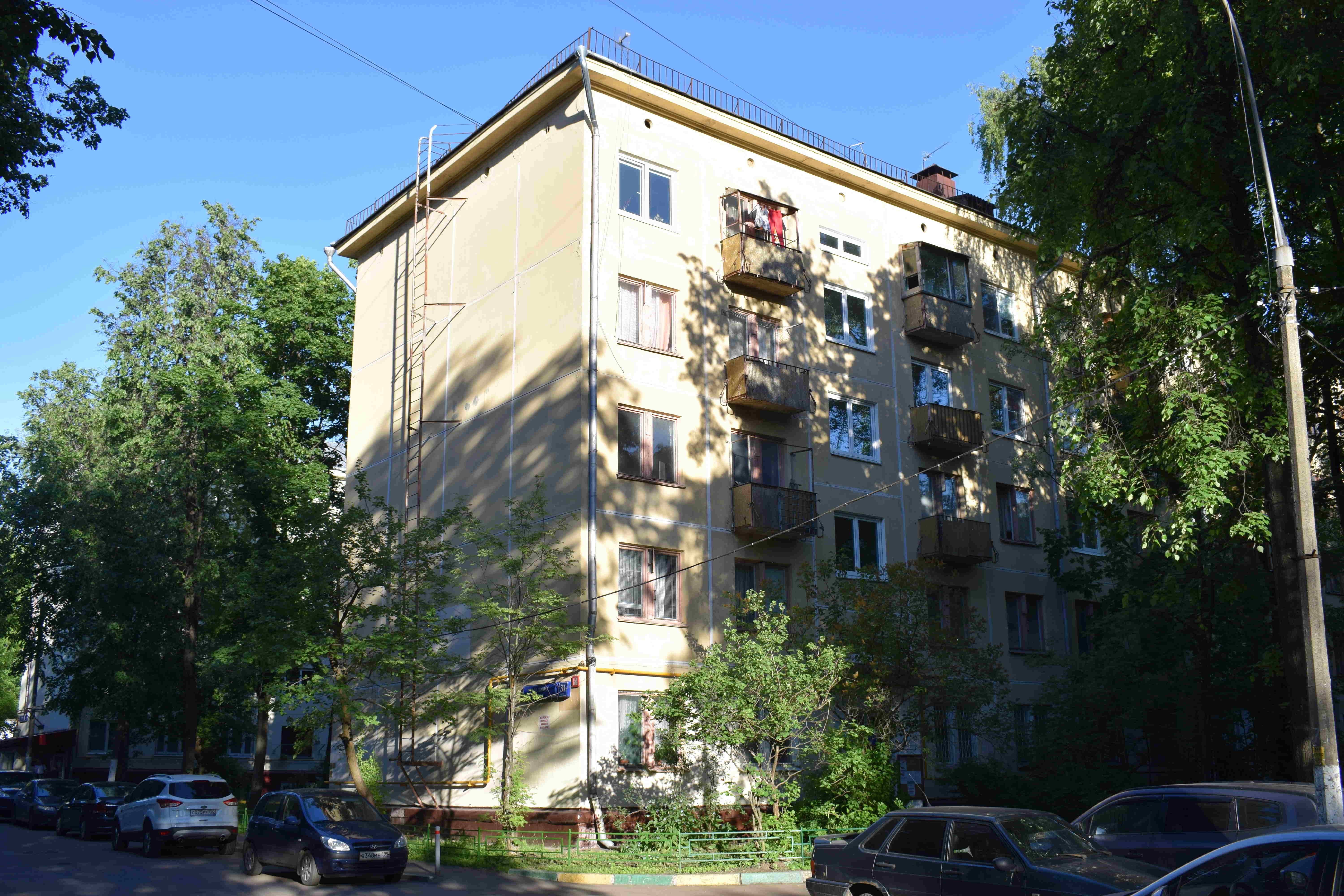 Green grass around the building.
Green grass around the building.
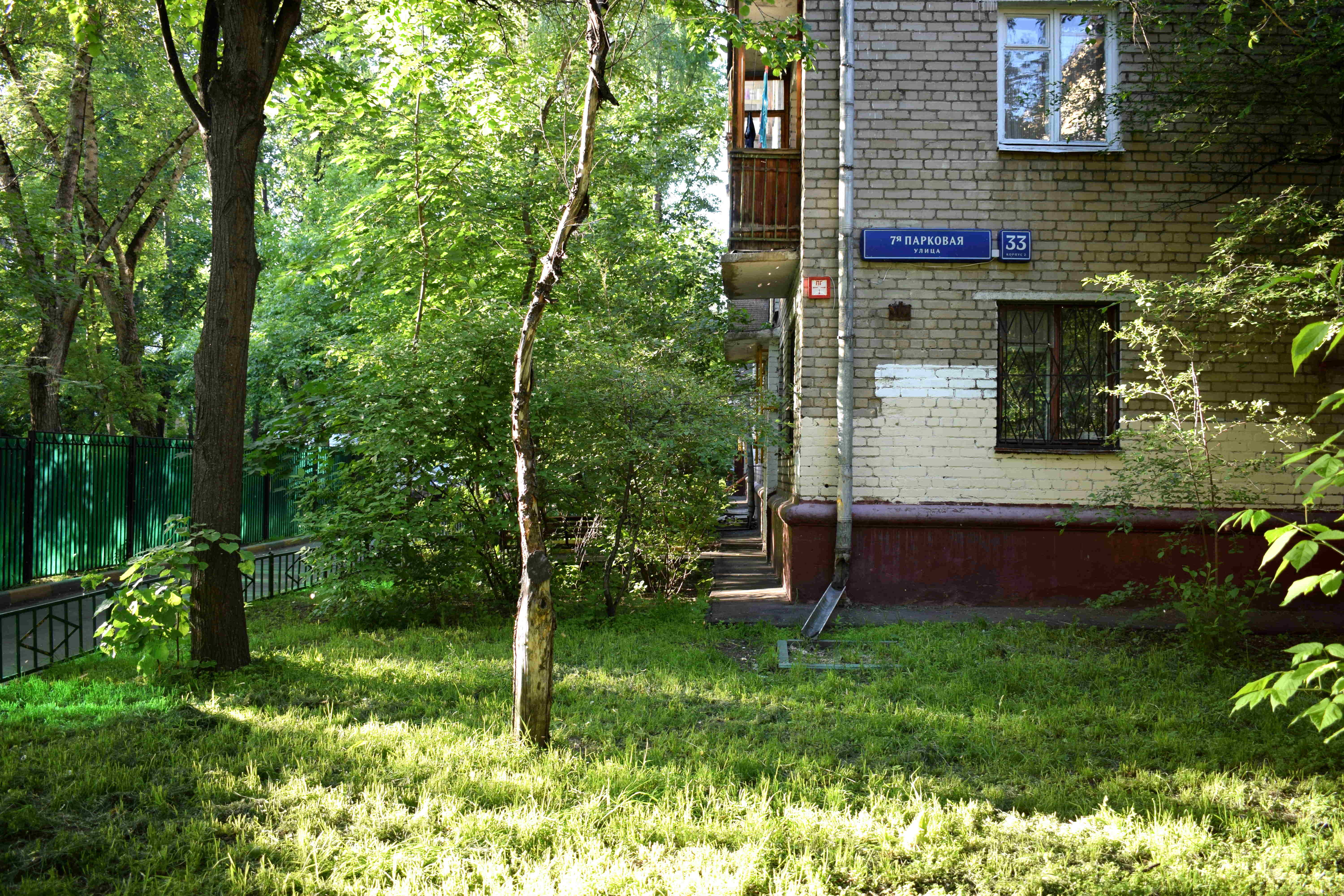 More parking spots.
More parking spots.
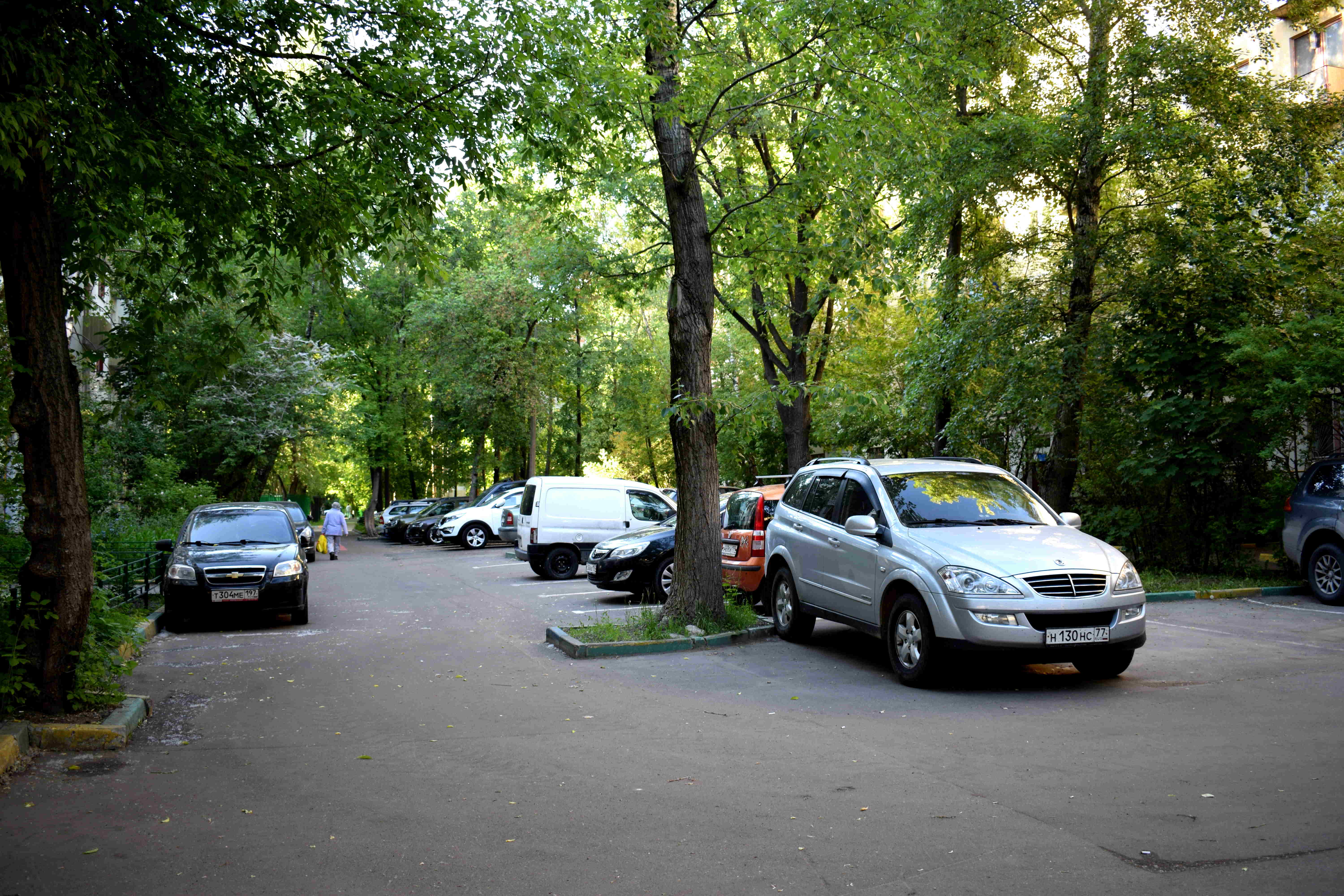 Another beautiful walkway.
Another beautiful walkway.
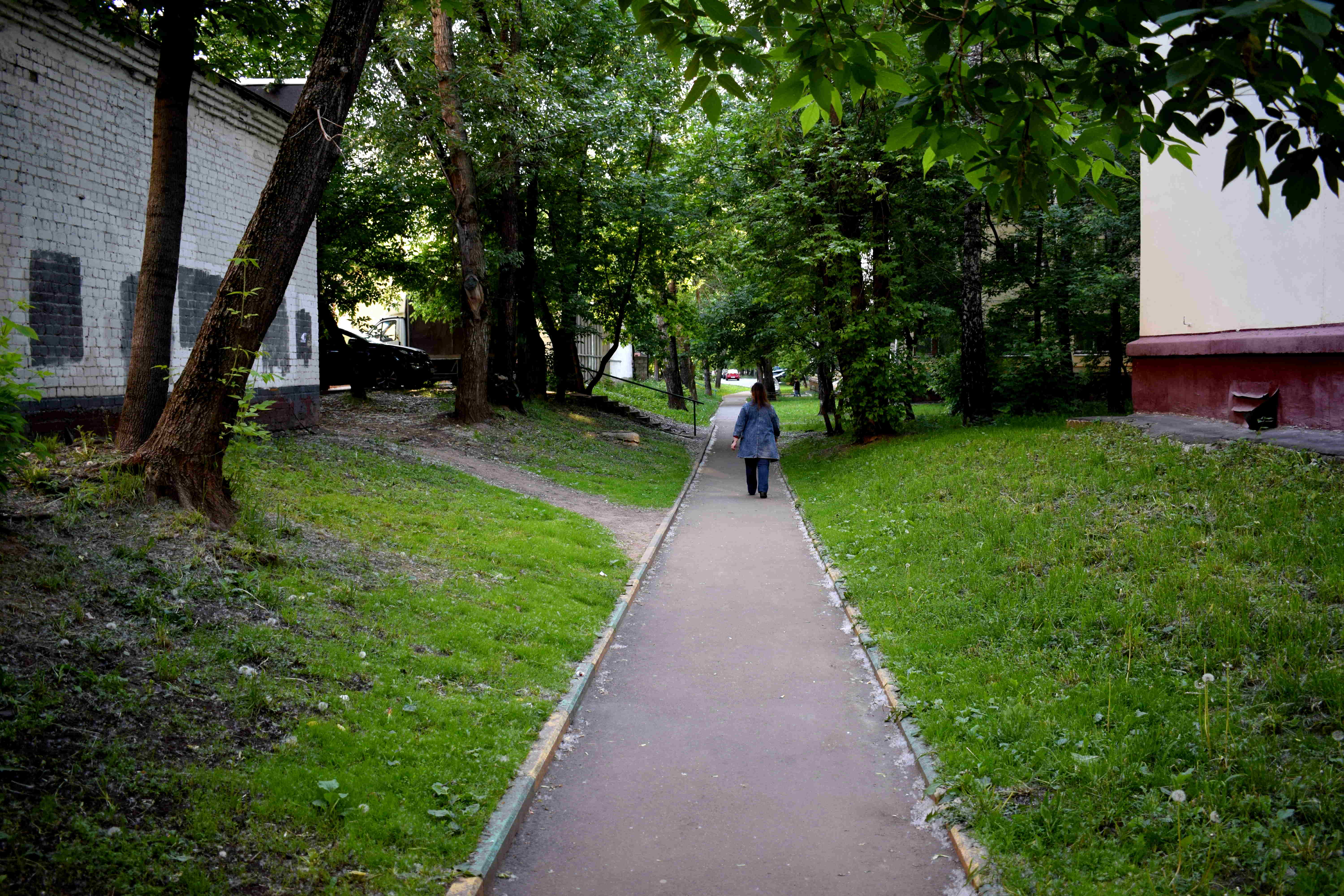 And another.
And another.
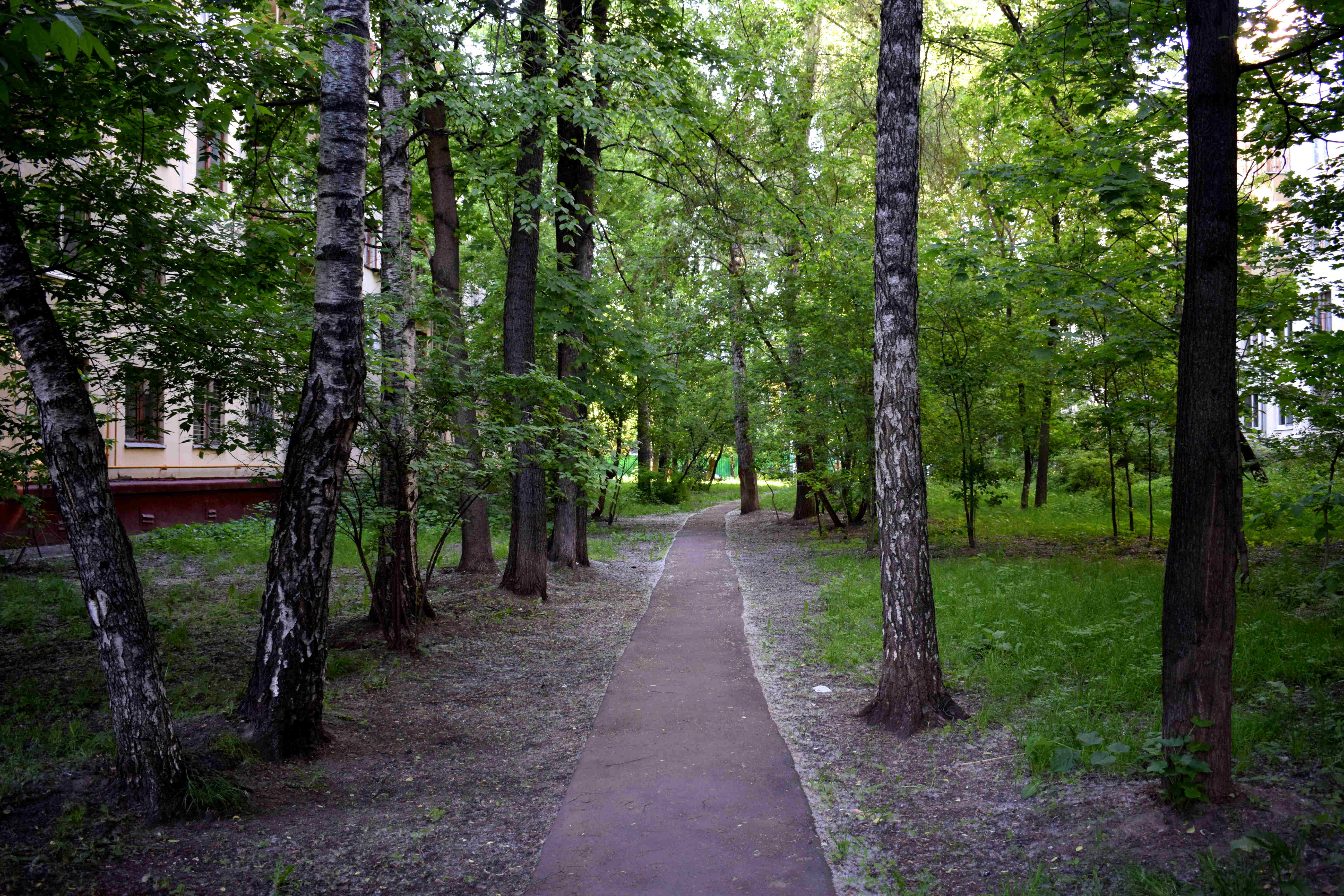 R.I.P. 7-я Парковая улица, дом 31
R.I.P. 7-я Парковая улица, дом 31
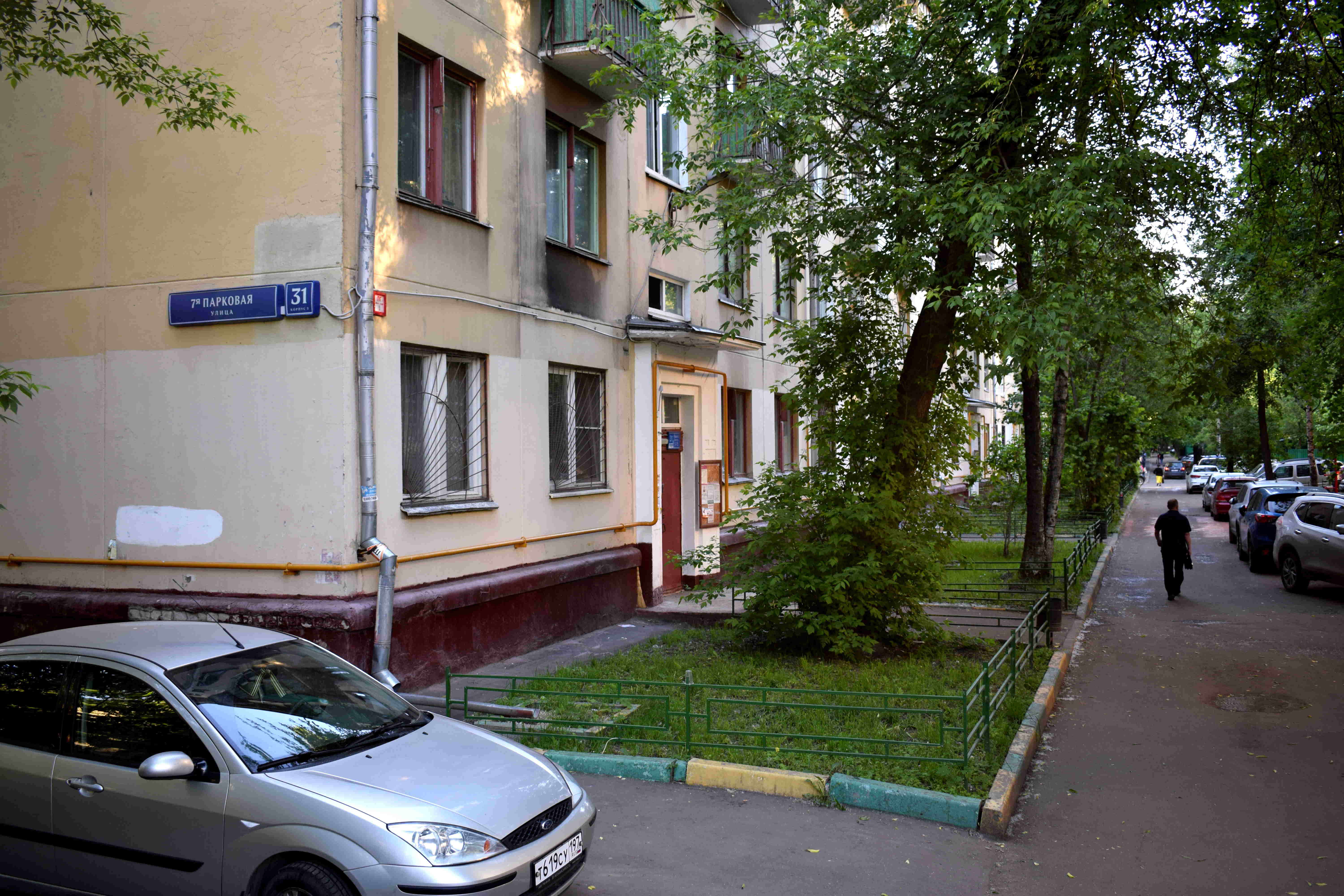 Even khrushchyovkas which look like they were recently renovated will be demolished.
Even khrushchyovkas which look like they were recently renovated will be demolished.
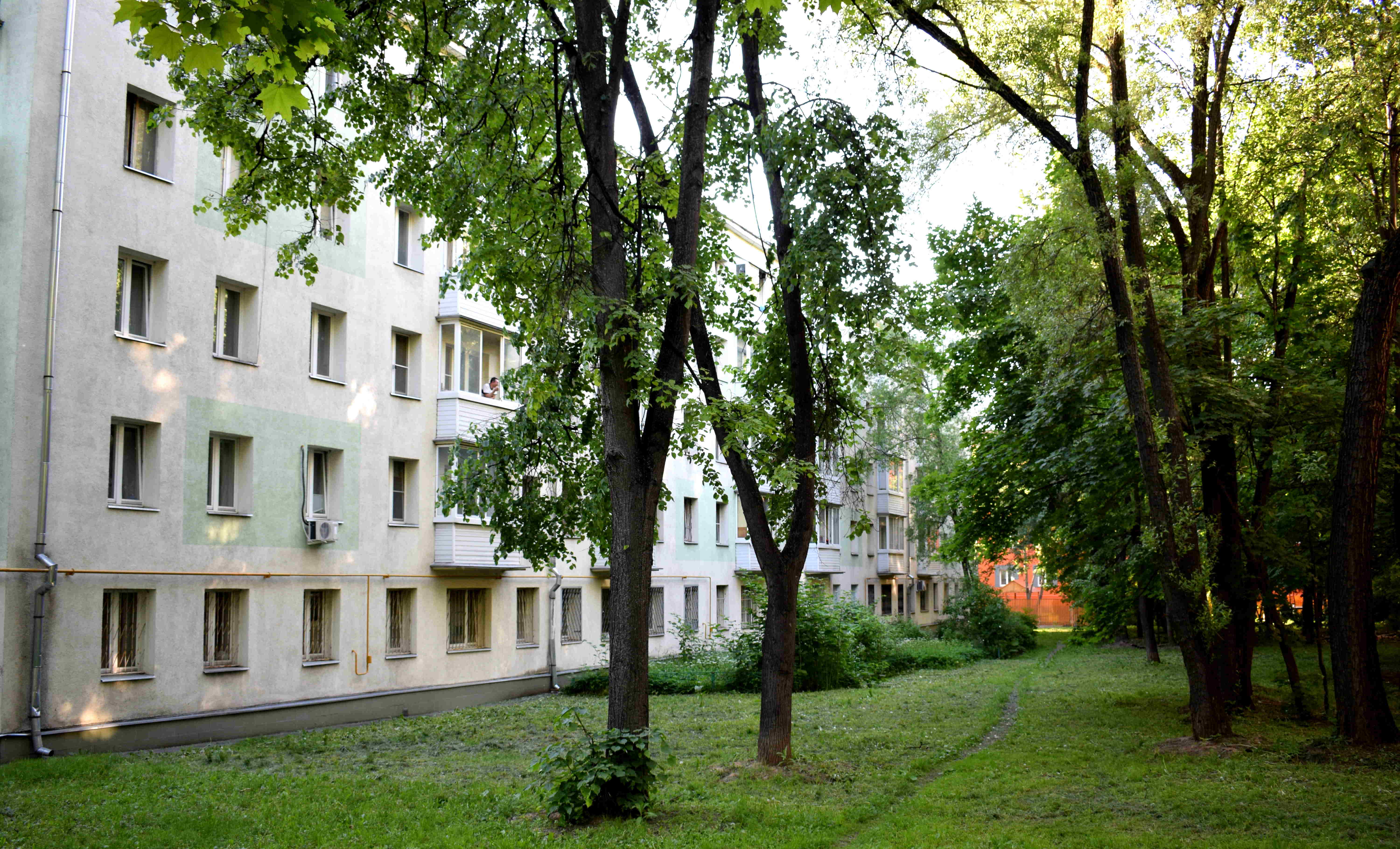
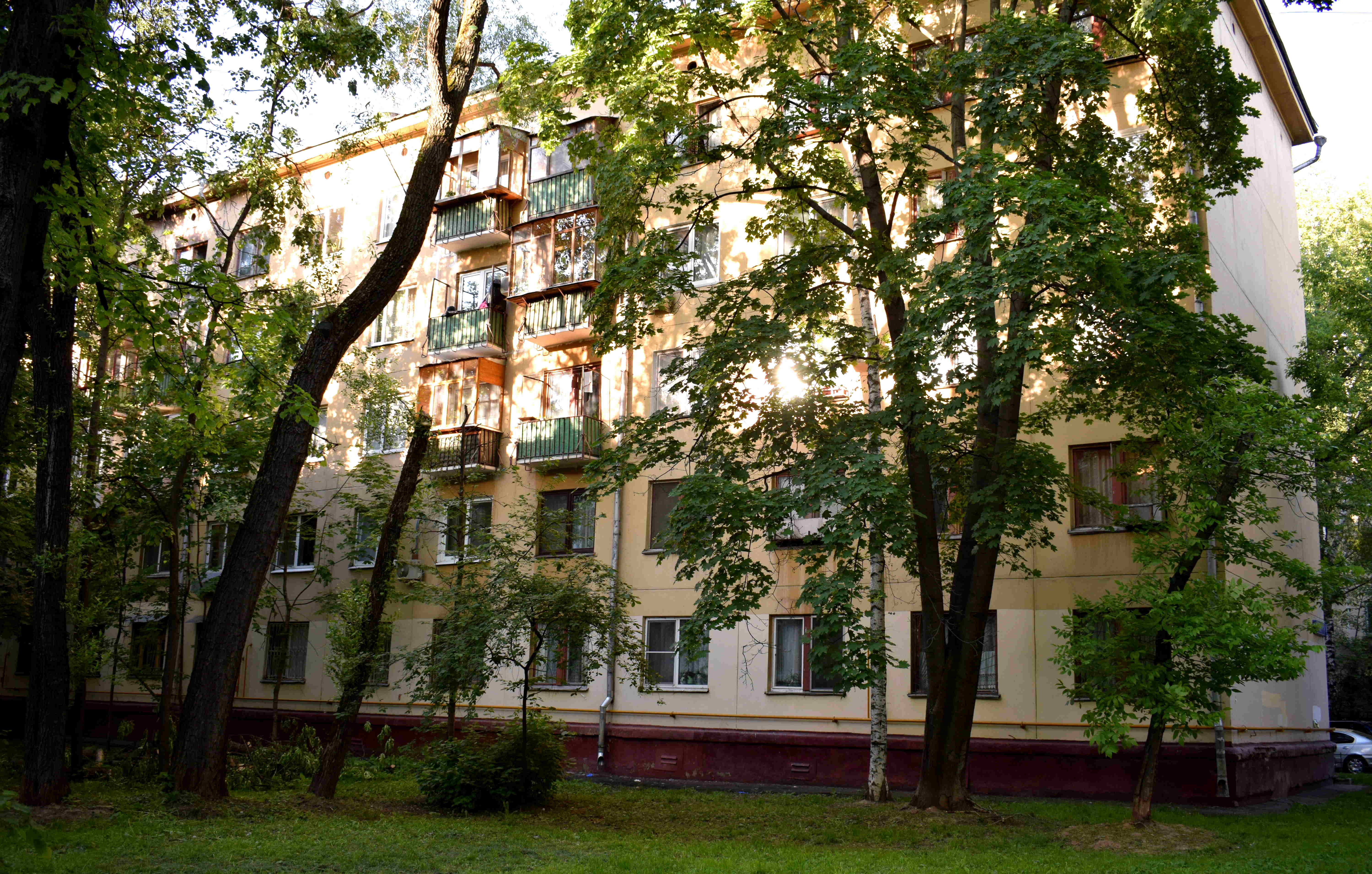 R.I.P. 5-я Парковая улица, дом 56, корпус 6
R.I.P. 5-я Парковая улица, дом 56, корпус 6
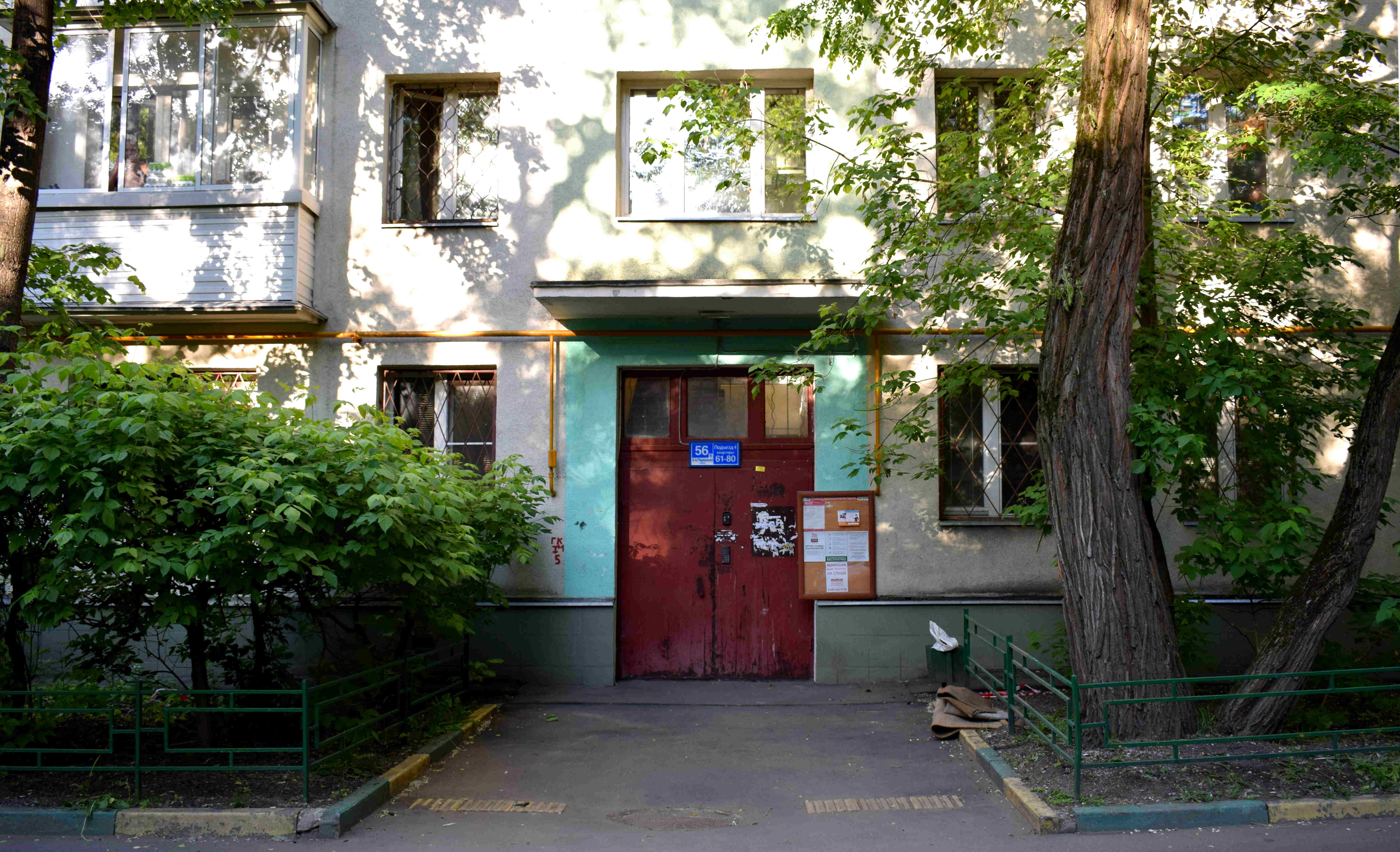 Where is all this green space going to be in the new buildings that are constructed?
Where is all this green space going to be in the new buildings that are constructed?
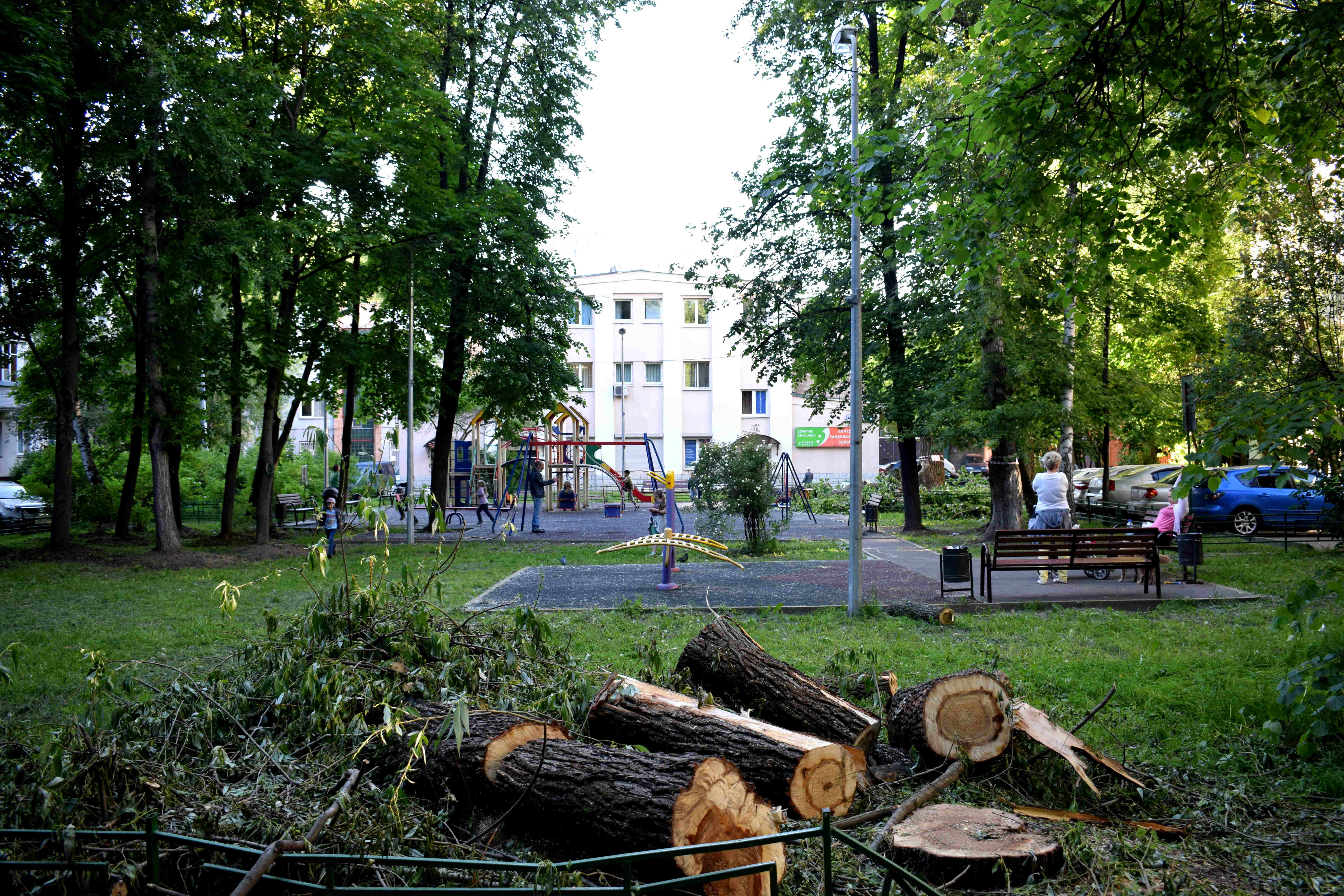 You may be wondering why people would vote in favor of the renovation program when they have such green space around their homes. The unfortunate truth is that there is a lot of support for the program among residents.
You may be wondering why people would vote in favor of the renovation program when they have such green space around their homes. The unfortunate truth is that there is a lot of support for the program among residents.
Putting aside the propaganda they are fed about it on a weekly basis on television, the main reason people support the program is because of the terrible state of their apartments on the inside. Many people who live here are poor and can’t afford to pay for a renovation themselves. They have been living in such conditions for years, if not decades.
The residents who support the program view it as a means of improving their livelihood without having to pay for it themselves. At the end of the day, they will get to move into a brand new apartment, slightly bigger than the current apartment they live in, without paying a dime. The fact they may be moved to a building slightly further from the metro, or in a neighborhood not as nice as their current one matters little to them. They are more concerned with improving the living conditions within their apartment.
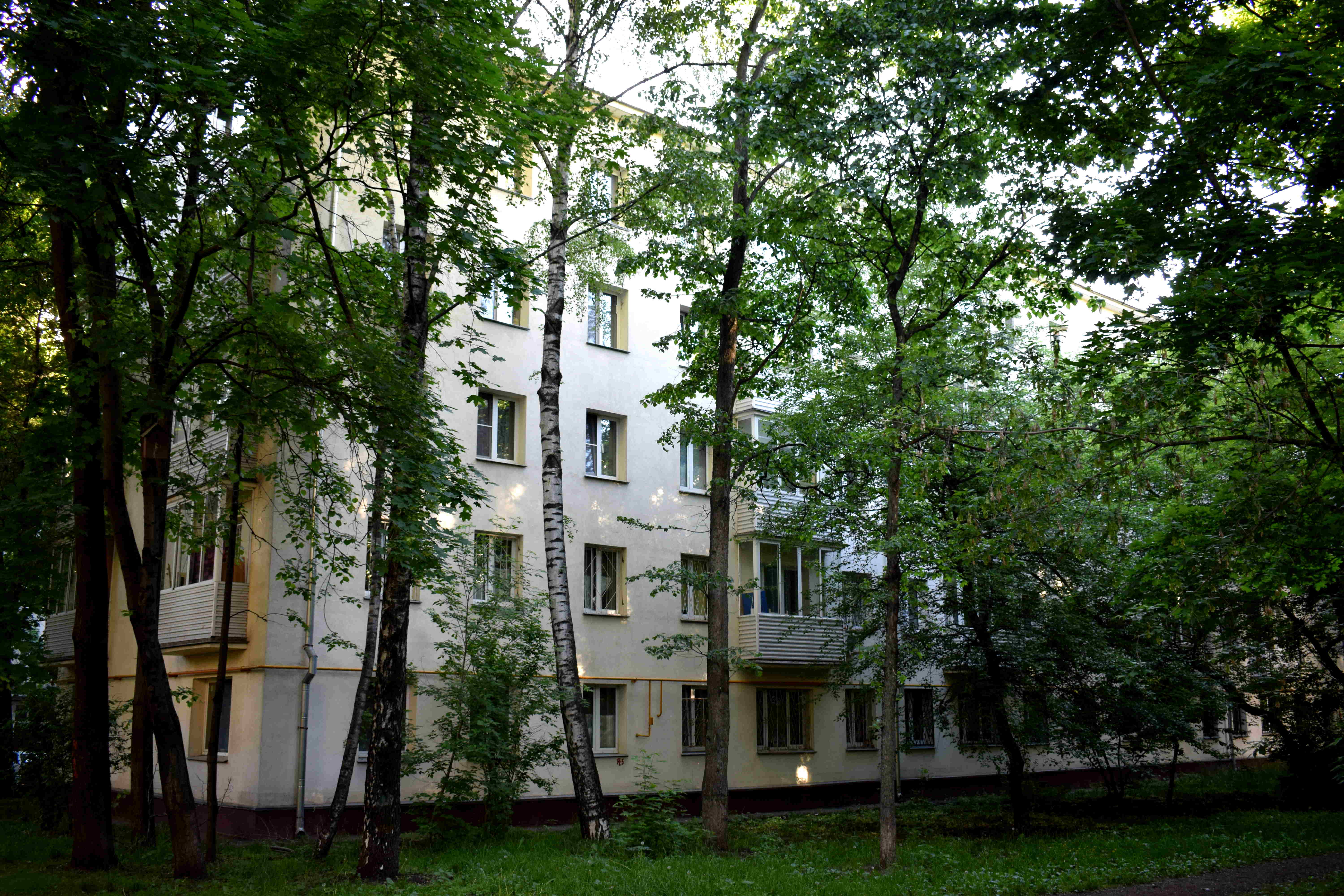 Unfortunately, the sense of comfort in Russia often does not expand beyond the borders of one’s own home.
Unfortunately, the sense of comfort in Russia often does not expand beyond the borders of one’s own home.
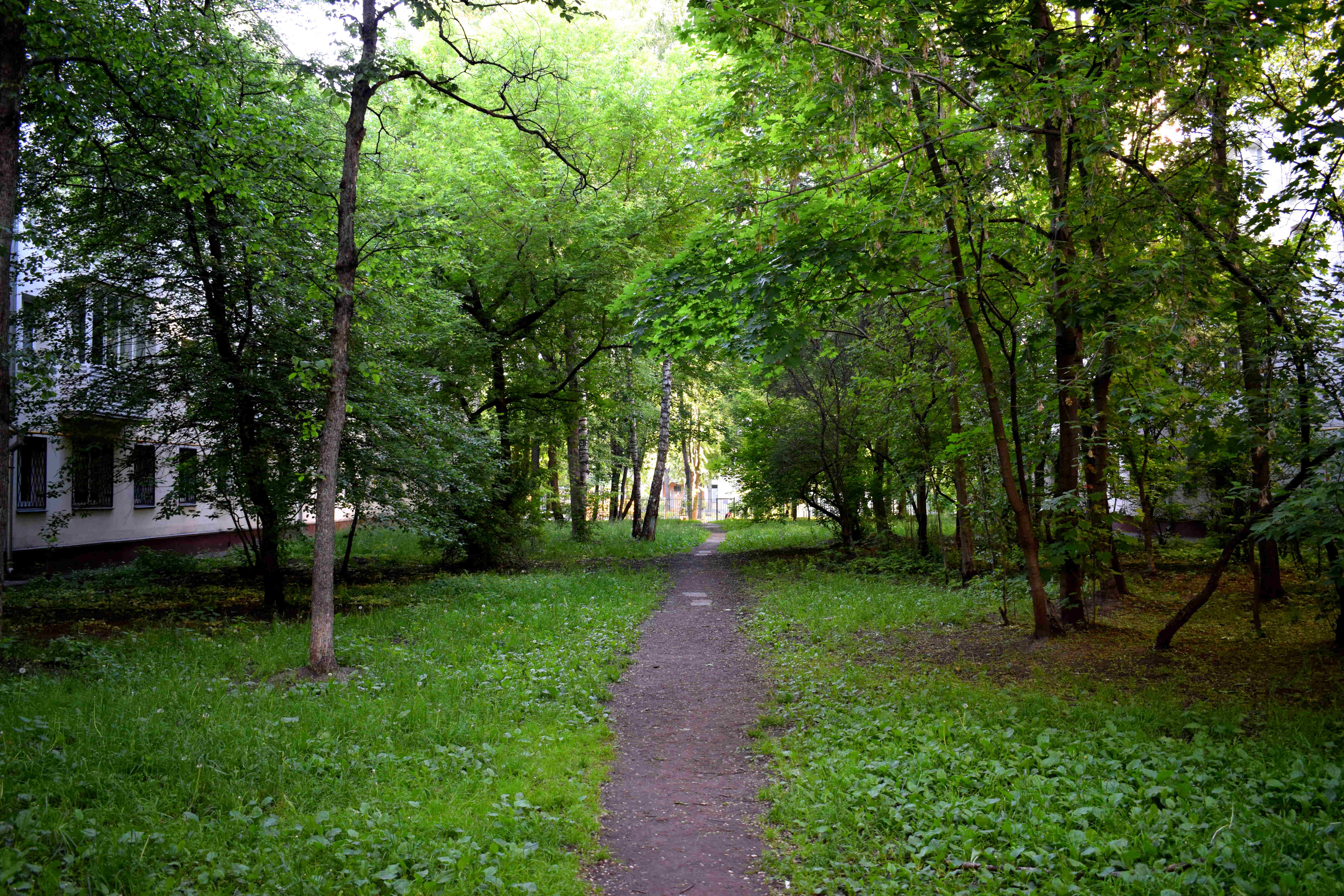 It’s the only way to explain why people would massively vote to destroy an entire district filled with historic buildings and beautiful greenery all for the sake of receiving a few extra square meters of floor space in their apartment.
It’s the only way to explain why people would massively vote to destroy an entire district filled with historic buildings and beautiful greenery all for the sake of receiving a few extra square meters of floor space in their apartment.
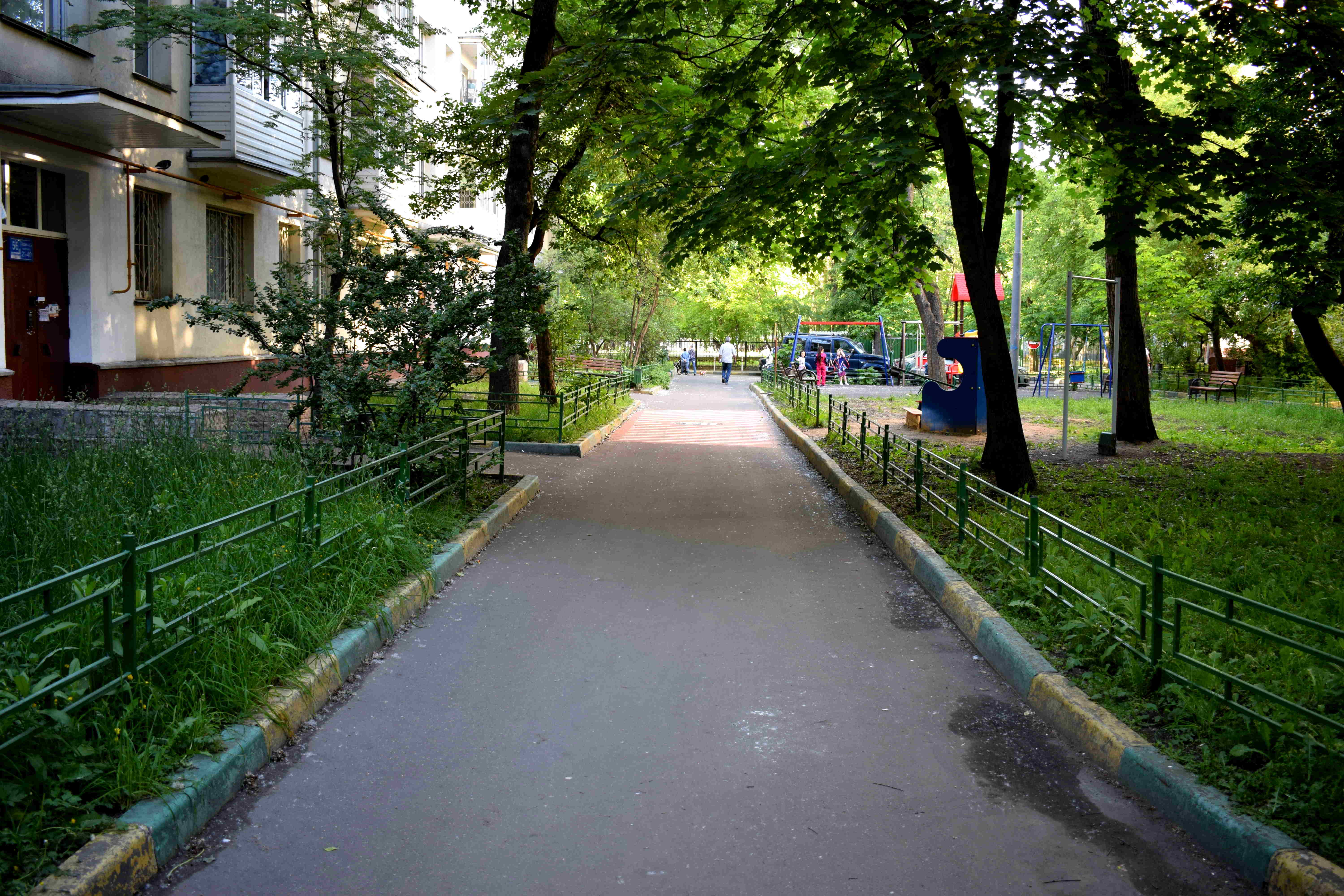 What will happen to the cats once construction begins is a mystery.
What will happen to the cats once construction begins is a mystery.
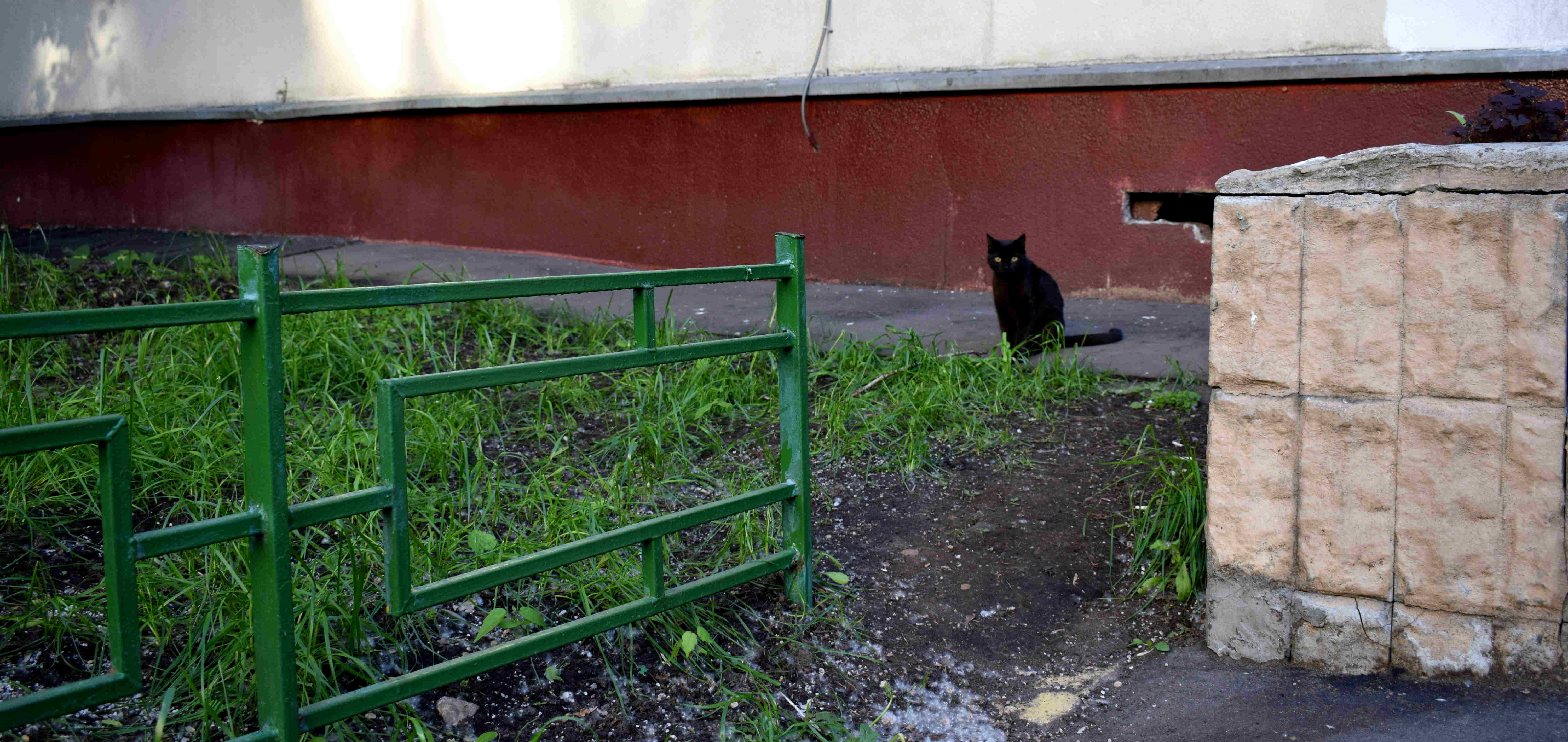 Who then opposes the renovation program?
Who then opposes the renovation program?
The people against the program tend to be newcomers. They are people who took out a mortgage and bought a home specifically because they wanted to live in a khrushchyovka. More often than not, they spent money to renovate the apartment before moving in.
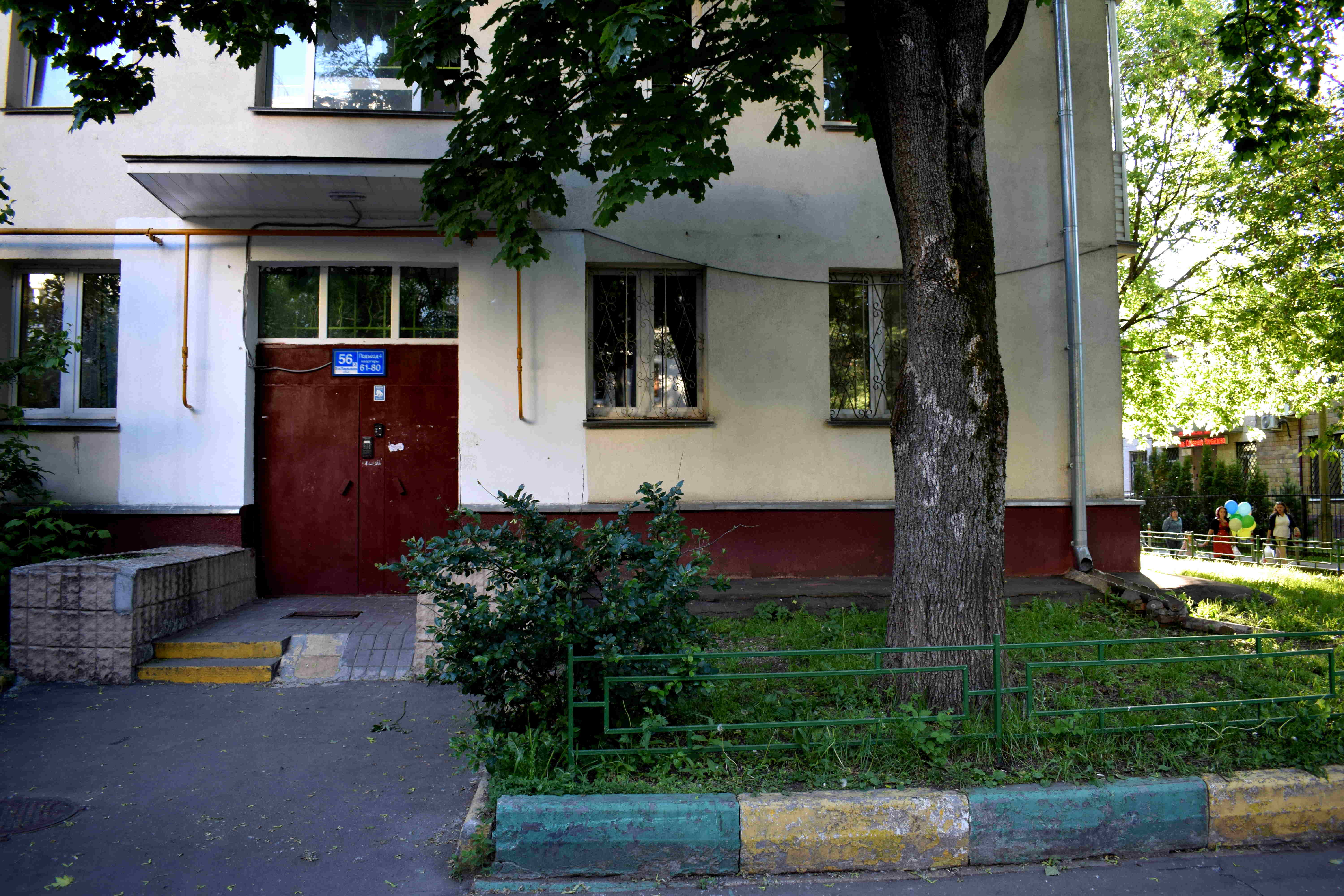 You end up with an absurd situation where long-term residents who favor the program are pitted against newcomers. These newcomers are told that despite spending their own money to renovate the flat themselves, they now have to give up all that for an apartment provided by the government.
You end up with an absurd situation where long-term residents who favor the program are pitted against newcomers. These newcomers are told that despite spending their own money to renovate the flat themselves, they now have to give up all that for an apartment provided by the government.
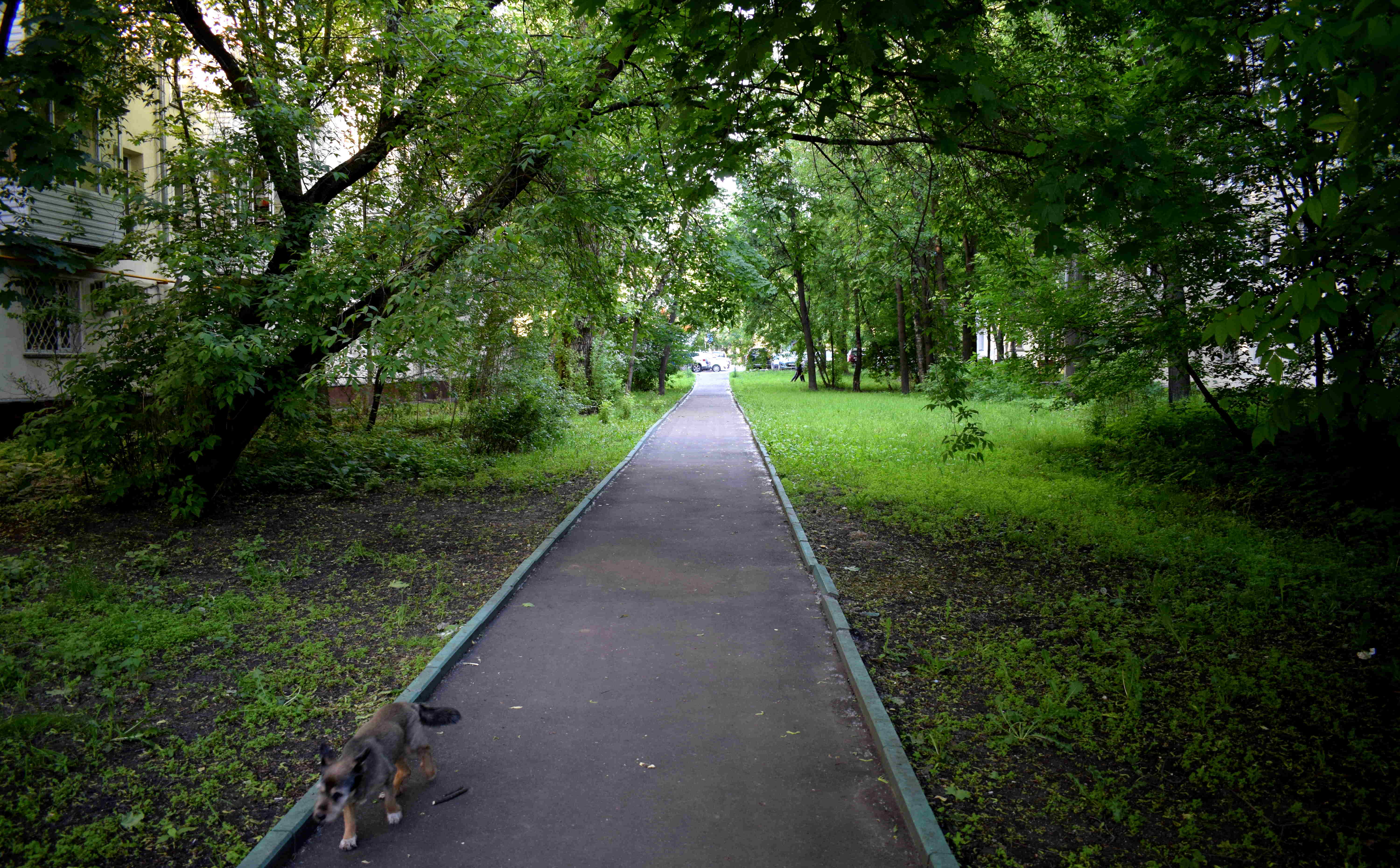 And it’s not just newcomers who oppose the program. Long-term residents who took it on their own initiative to improve their livelihood and renovate their flat are being punished, while people who did nothing to improve their flats for years are going to receive free new apartments. All at the expense of Russian taxpayers.
And it’s not just newcomers who oppose the program. Long-term residents who took it on their own initiative to improve their livelihood and renovate their flat are being punished, while people who did nothing to improve their flats for years are going to receive free new apartments. All at the expense of Russian taxpayers.
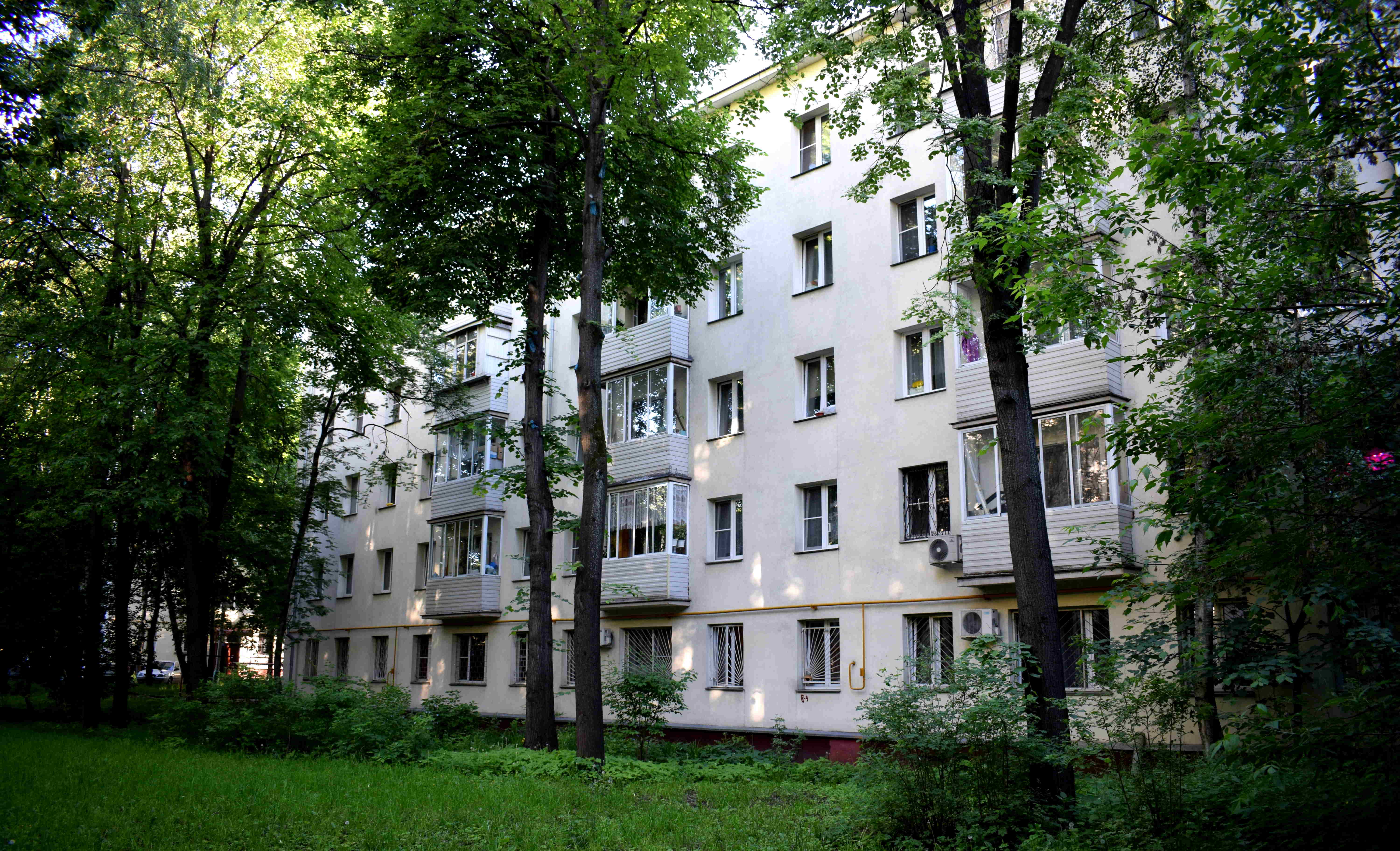 The government-sponsored renovation program turns the normal process of gentrification upside down. In a normally functioning housing market, young families would naturally want to buy apartments in these khrushchevkas because they would represent good investment opportunities in the future.
The government-sponsored renovation program turns the normal process of gentrification upside down. In a normally functioning housing market, young families would naturally want to buy apartments in these khrushchevkas because they would represent good investment opportunities in the future.
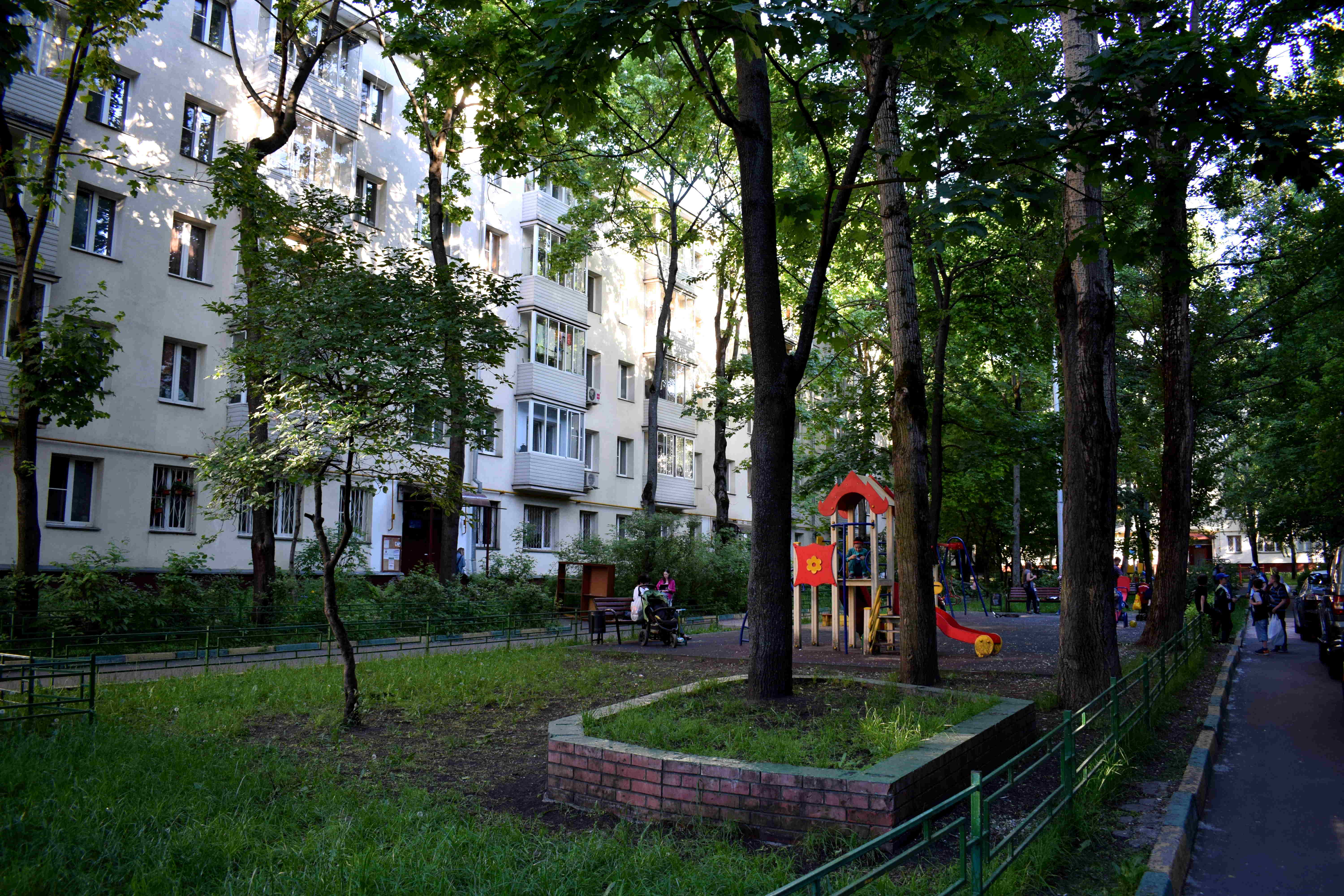 You buy an apartment now for cheap, older poorer residents who are your neighbors eventually die off. Their kids inherent apartments and sell them. Younger, affluent families with money move in. Overtime the neighborhood gets gentrified and becomes a very attractive area to live in.
You buy an apartment now for cheap, older poorer residents who are your neighbors eventually die off. Their kids inherent apartments and sell them. Younger, affluent families with money move in. Overtime the neighborhood gets gentrified and becomes a very attractive area to live in.
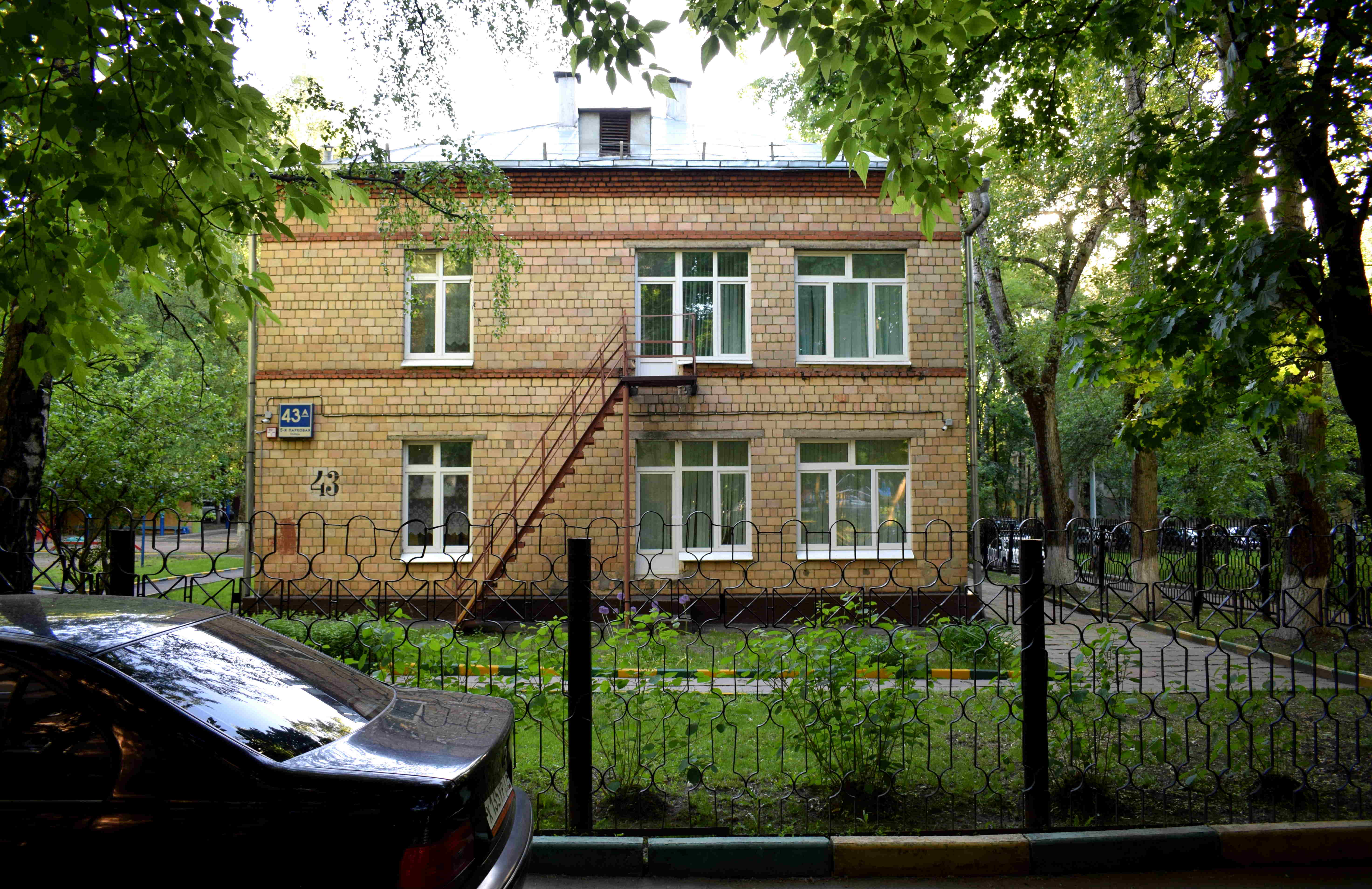 As more and more people move in and begin buying apartments, the value of the property goes up. The social stigma of khrushchyovkas being a shameful place to live by other Russians slowly disappears as people realize the advantages of living in smaller buildings with lots of trees instead of high-rises.
As more and more people move in and begin buying apartments, the value of the property goes up. The social stigma of khrushchyovkas being a shameful place to live by other Russians slowly disappears as people realize the advantages of living in smaller buildings with lots of trees instead of high-rises.
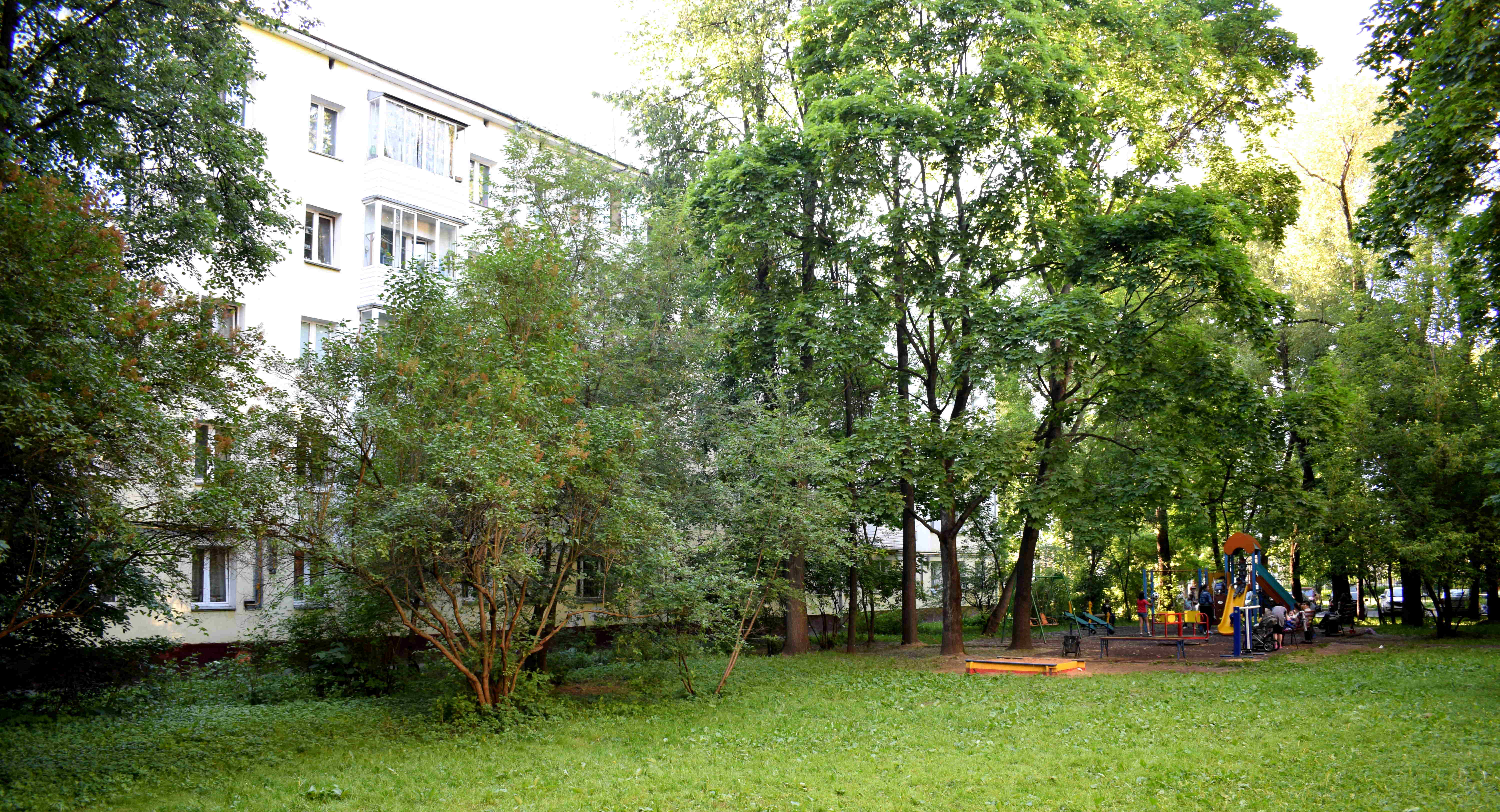 This is the way formerly dangerous inner city ghettos across the United States have been gentrified in the past ten years. In the 1990’s, neighborhoods like Brooklyn were dangerous ghettos with lots of crime. Now they are the most prosperous areas of New York.
This is the way formerly dangerous inner city ghettos across the United States have been gentrified in the past ten years. In the 1990’s, neighborhoods like Brooklyn were dangerous ghettos with lots of crime. Now they are the most prosperous areas of New York.
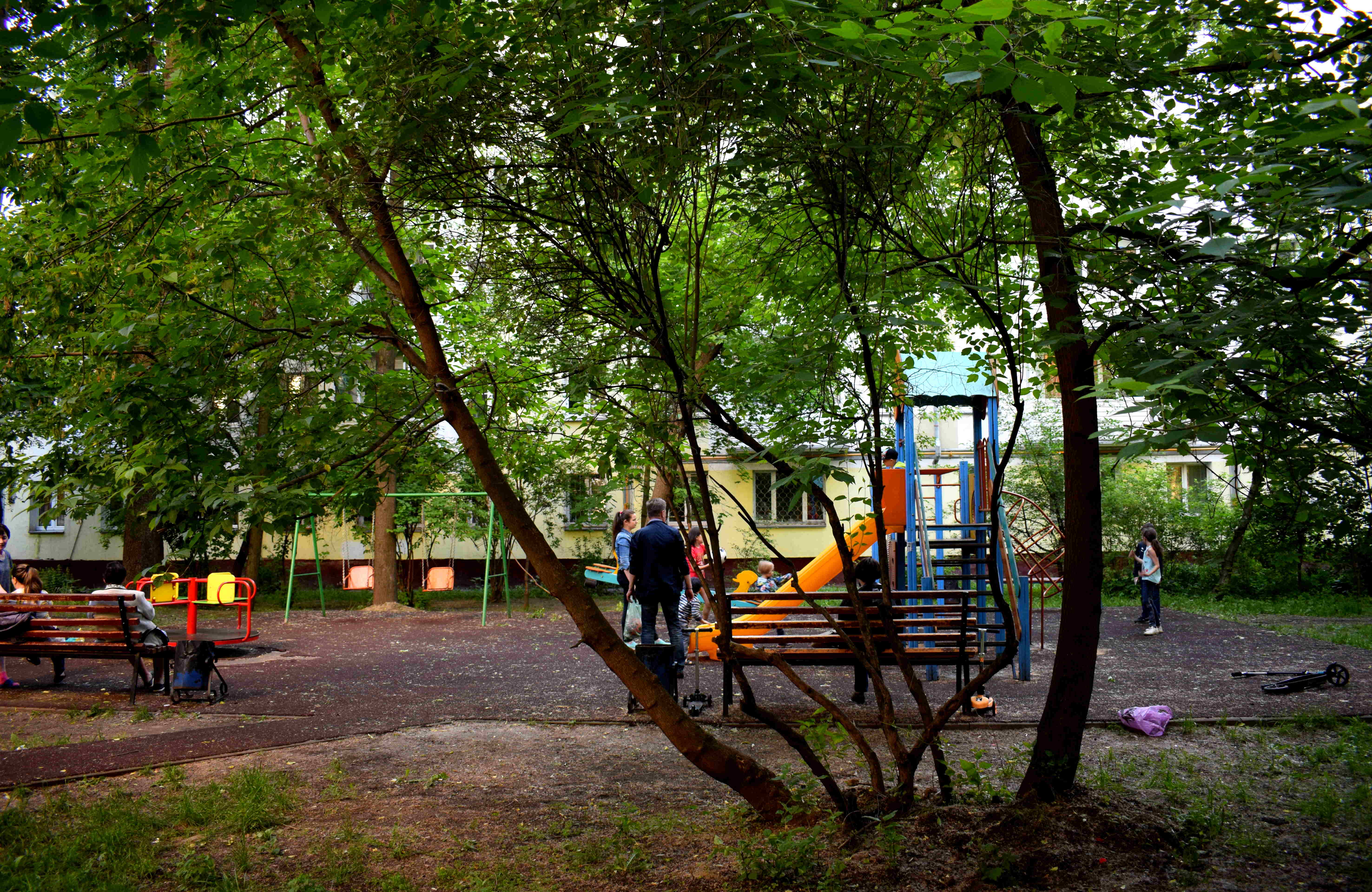 Unfortunately because of the renovation program, nobody is going to want to take out a loan and buy an apartment in a khrushchyovka anymore knowing that at any point in the future the government could include the building in a renovation program and the apartment you spent your own money to buy will be taken away from you.
Unfortunately because of the renovation program, nobody is going to want to take out a loan and buy an apartment in a khrushchyovka anymore knowing that at any point in the future the government could include the building in a renovation program and the apartment you spent your own money to buy will be taken away from you.
The prices for these apartments have utterly plummeted in the last year as a result.
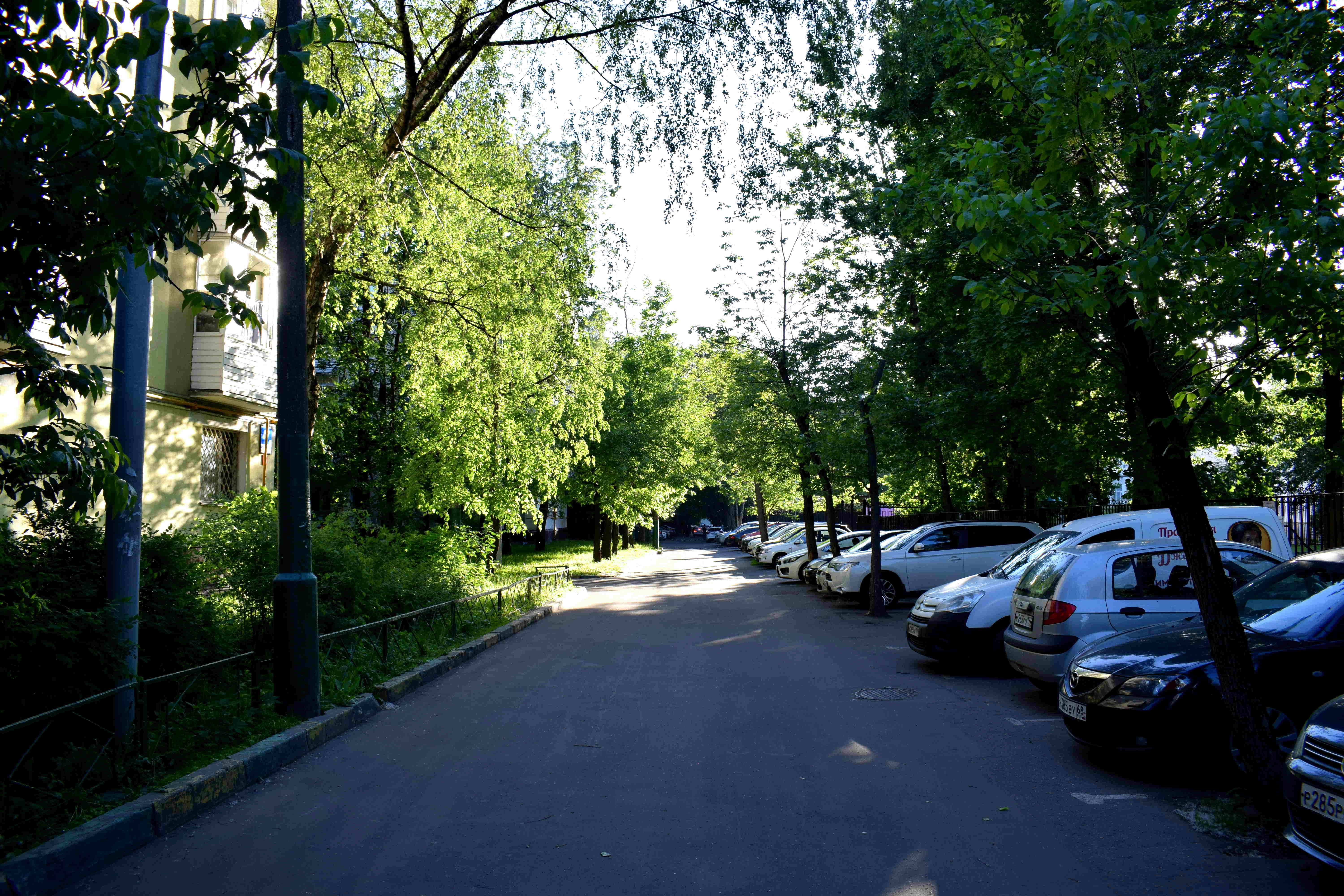
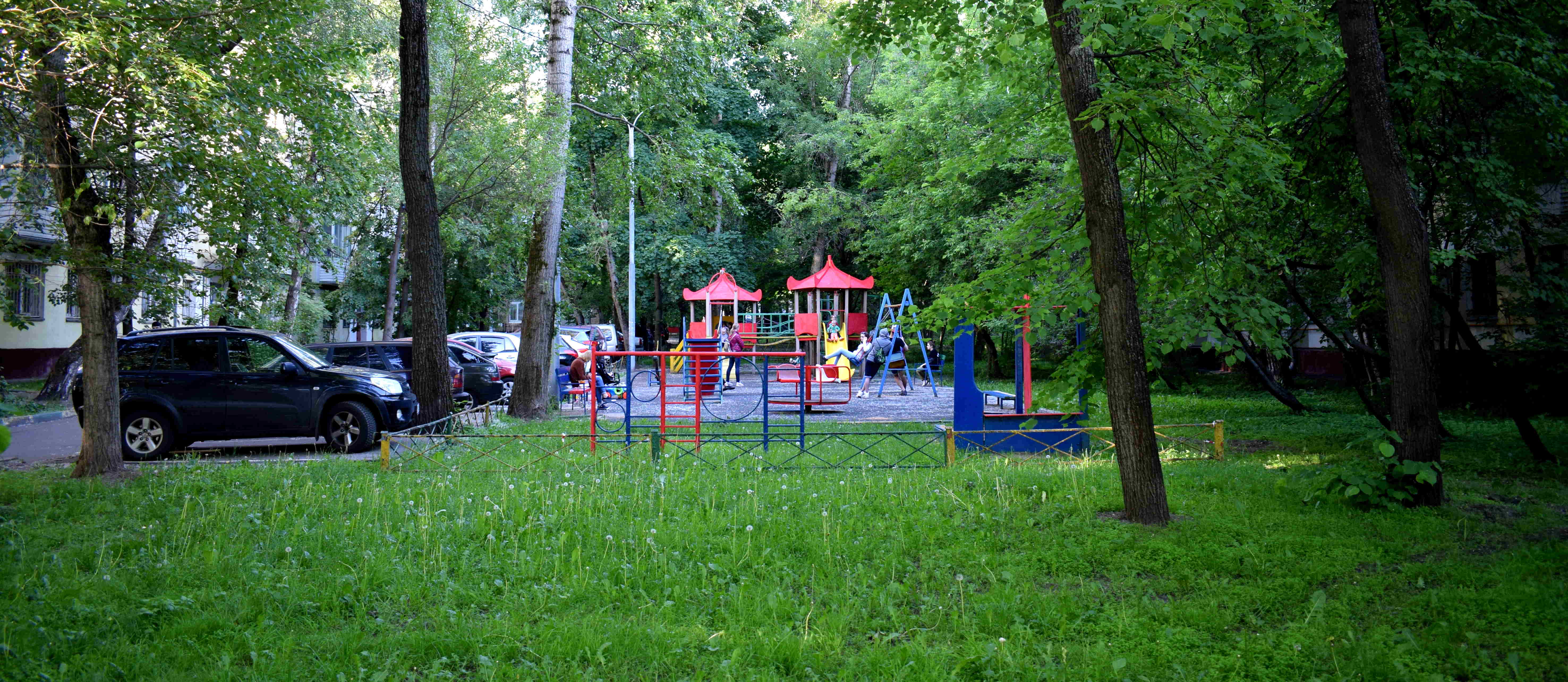 Goodbye 3-я Парковая улица, дом 46.
Goodbye 3-я Парковая улица, дом 46.
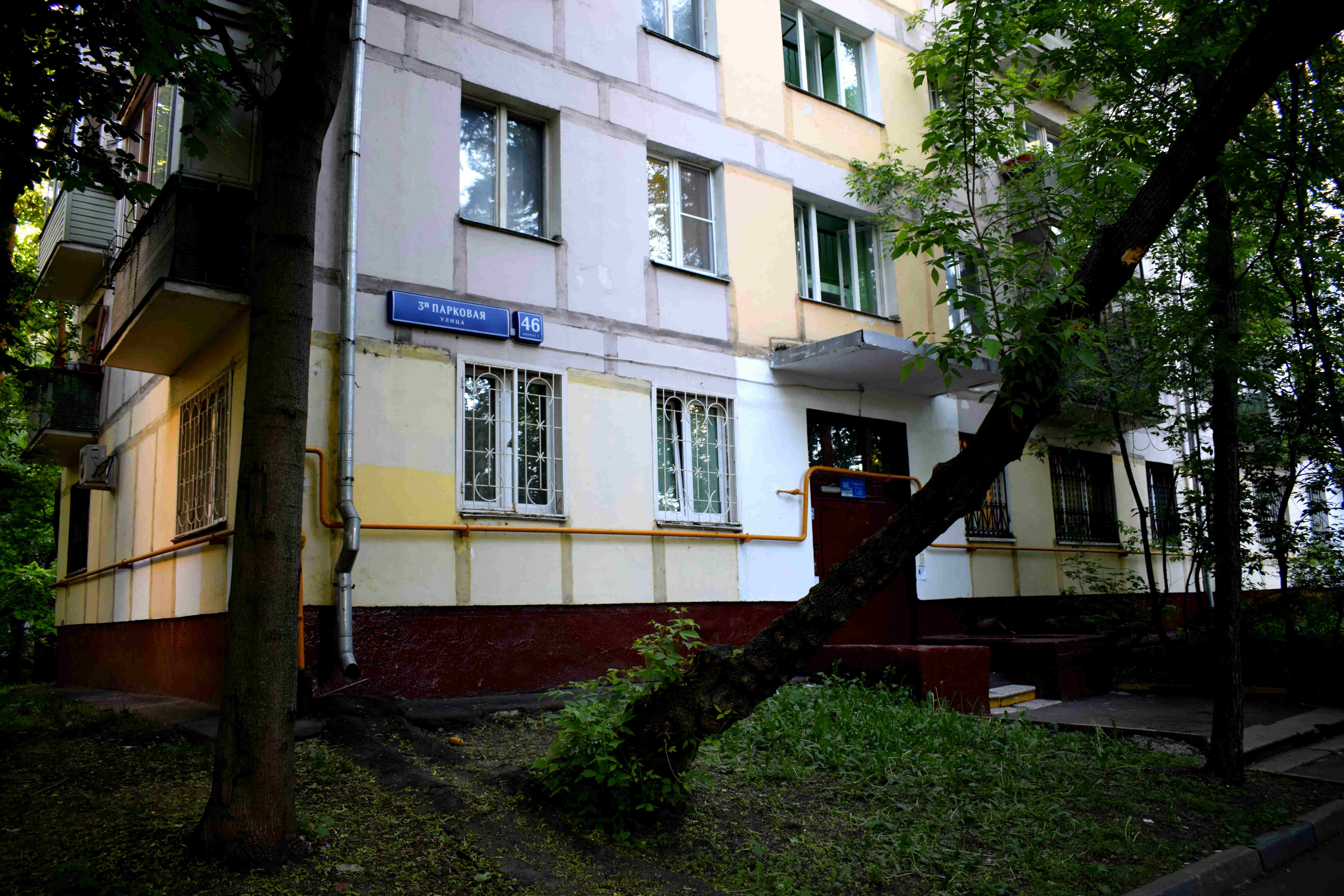 Another cat roaming around.
Another cat roaming around.
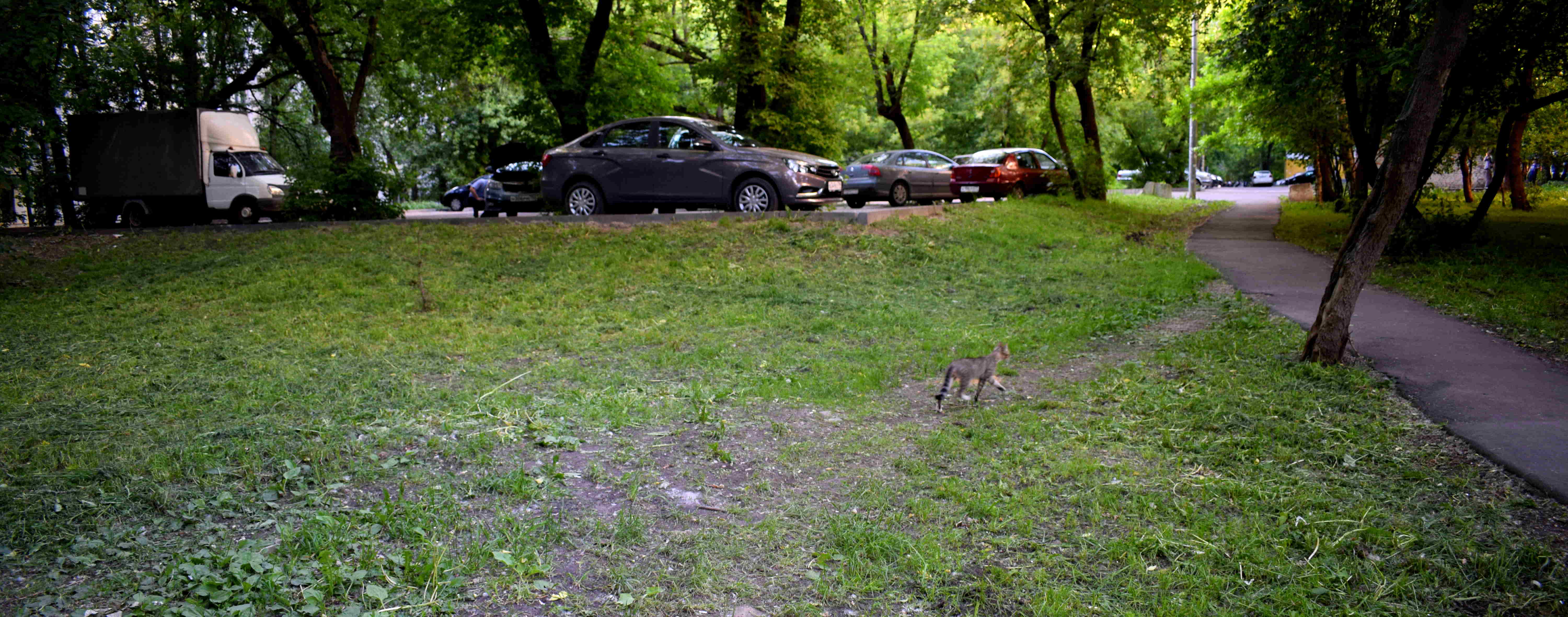 More parking space.
More parking space.
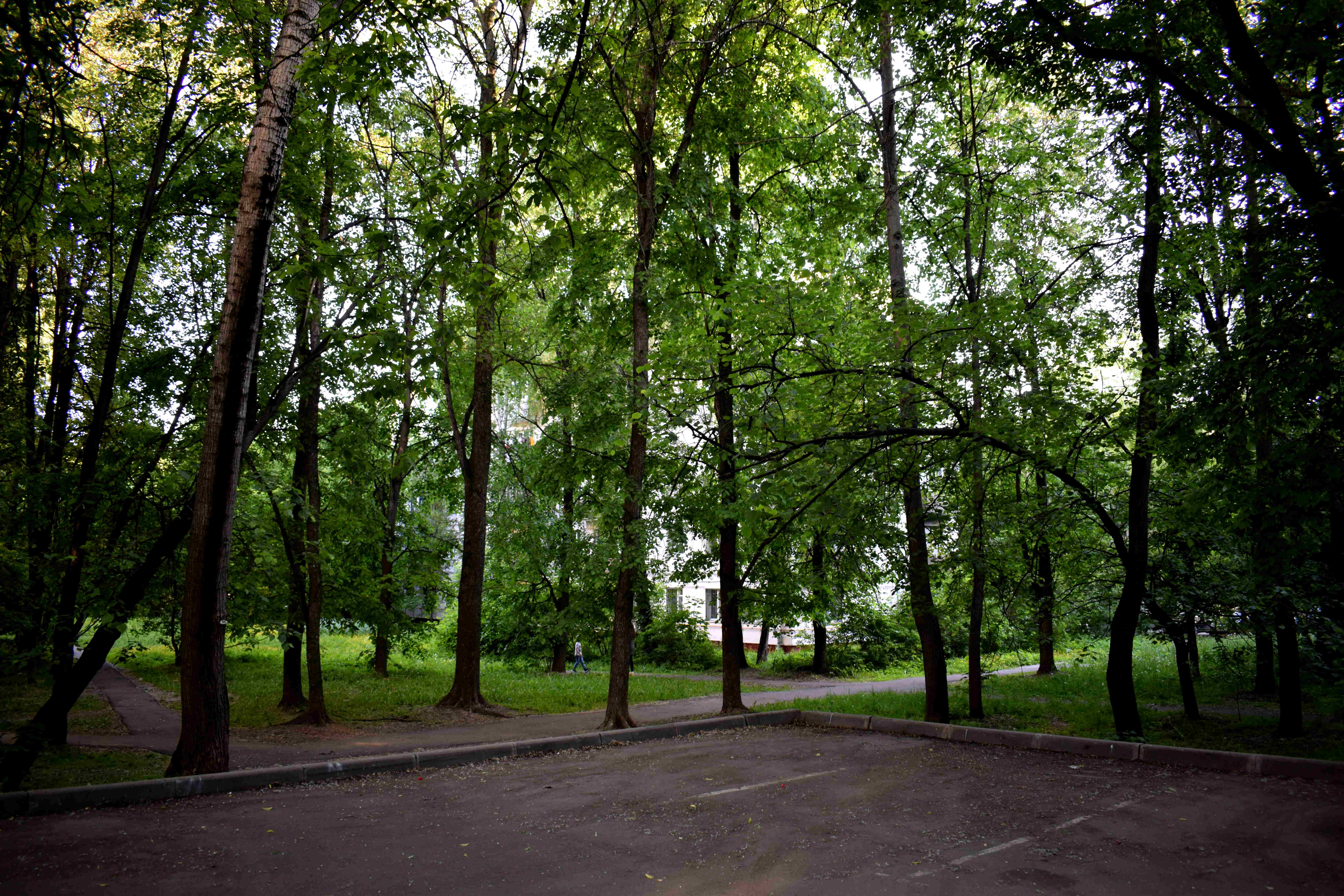 Some of the khruchschyokvas are barely visible from all the trees.
Some of the khruchschyokvas are barely visible from all the trees.
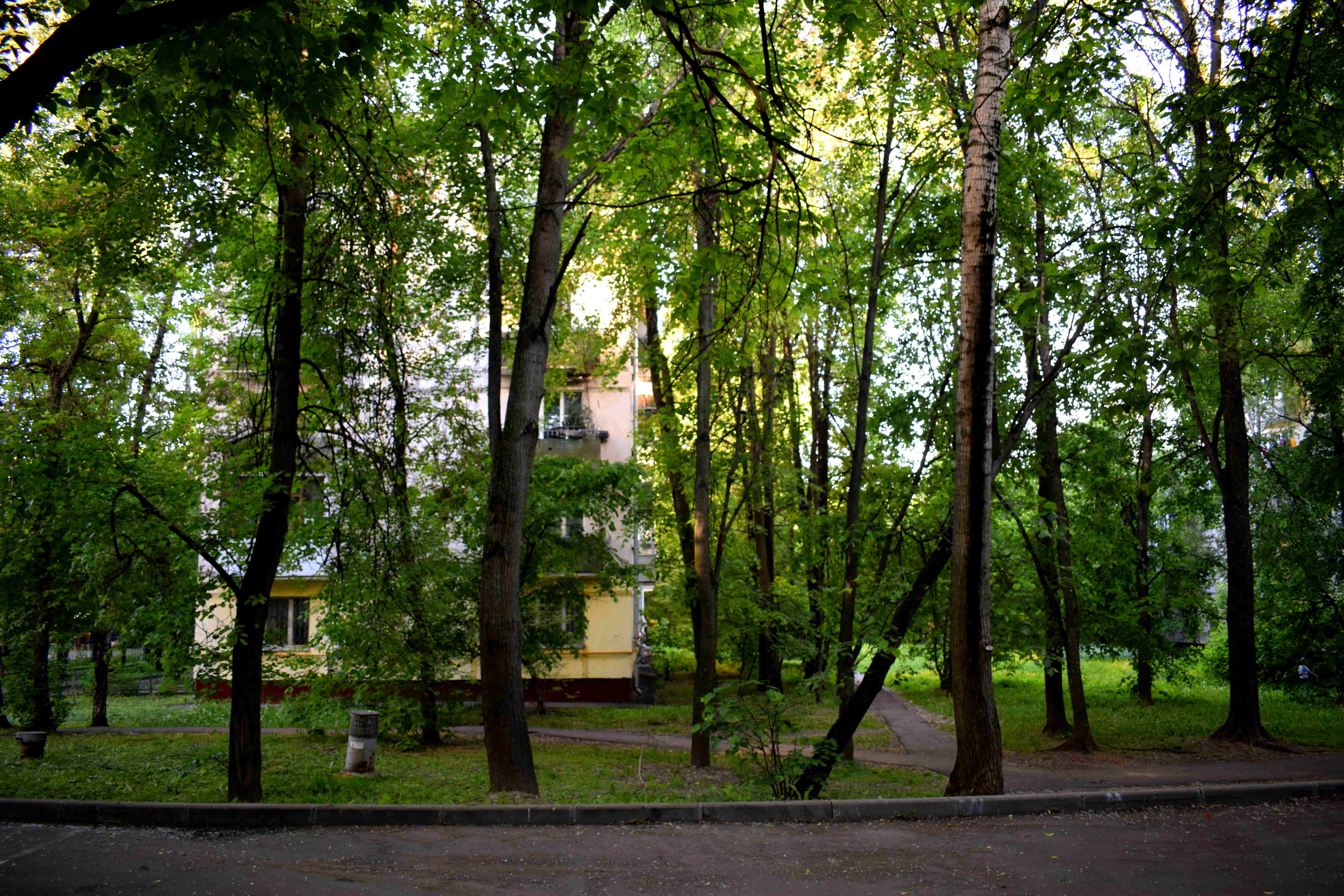
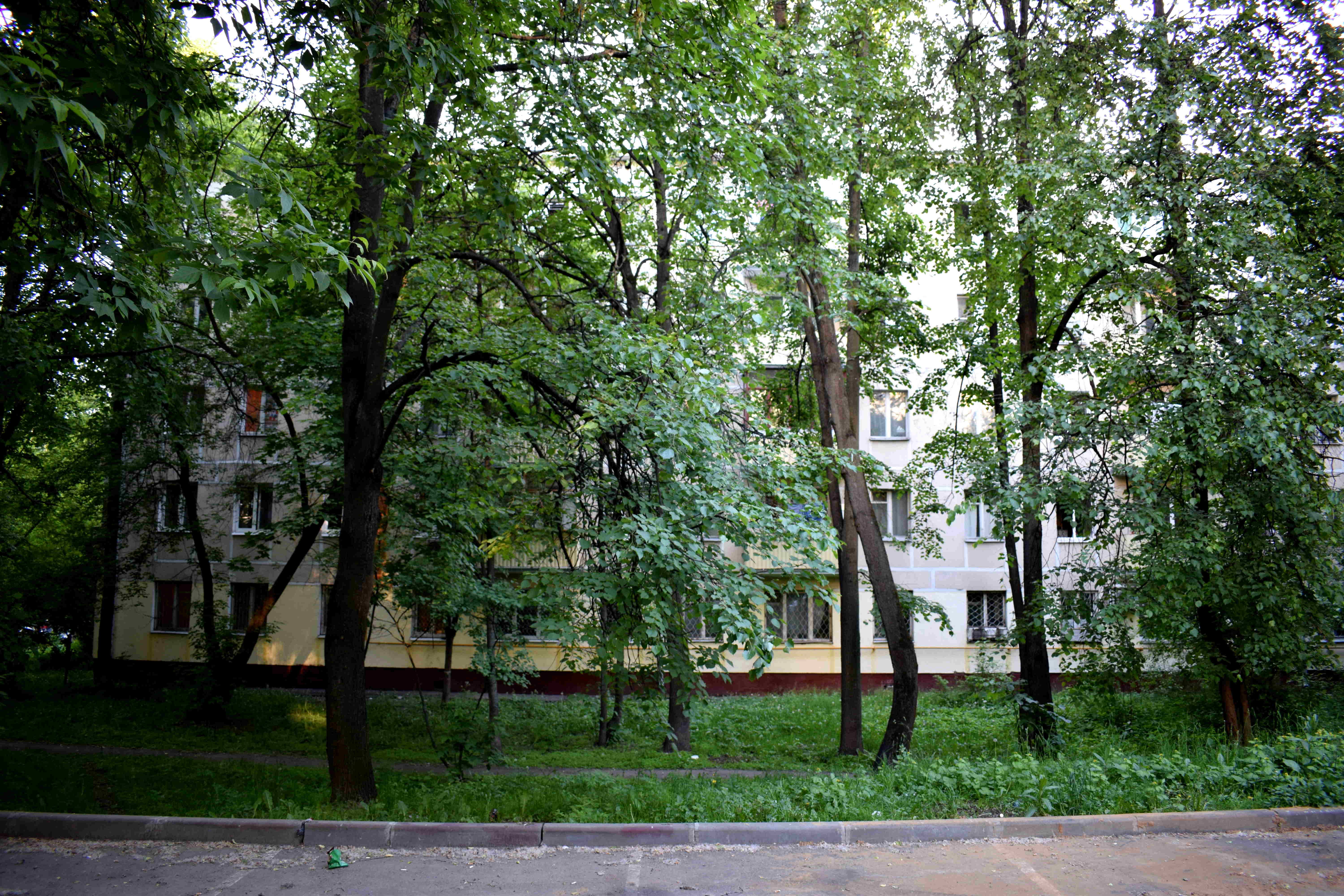 Kids playing outside around their homes.
Kids playing outside around their homes.
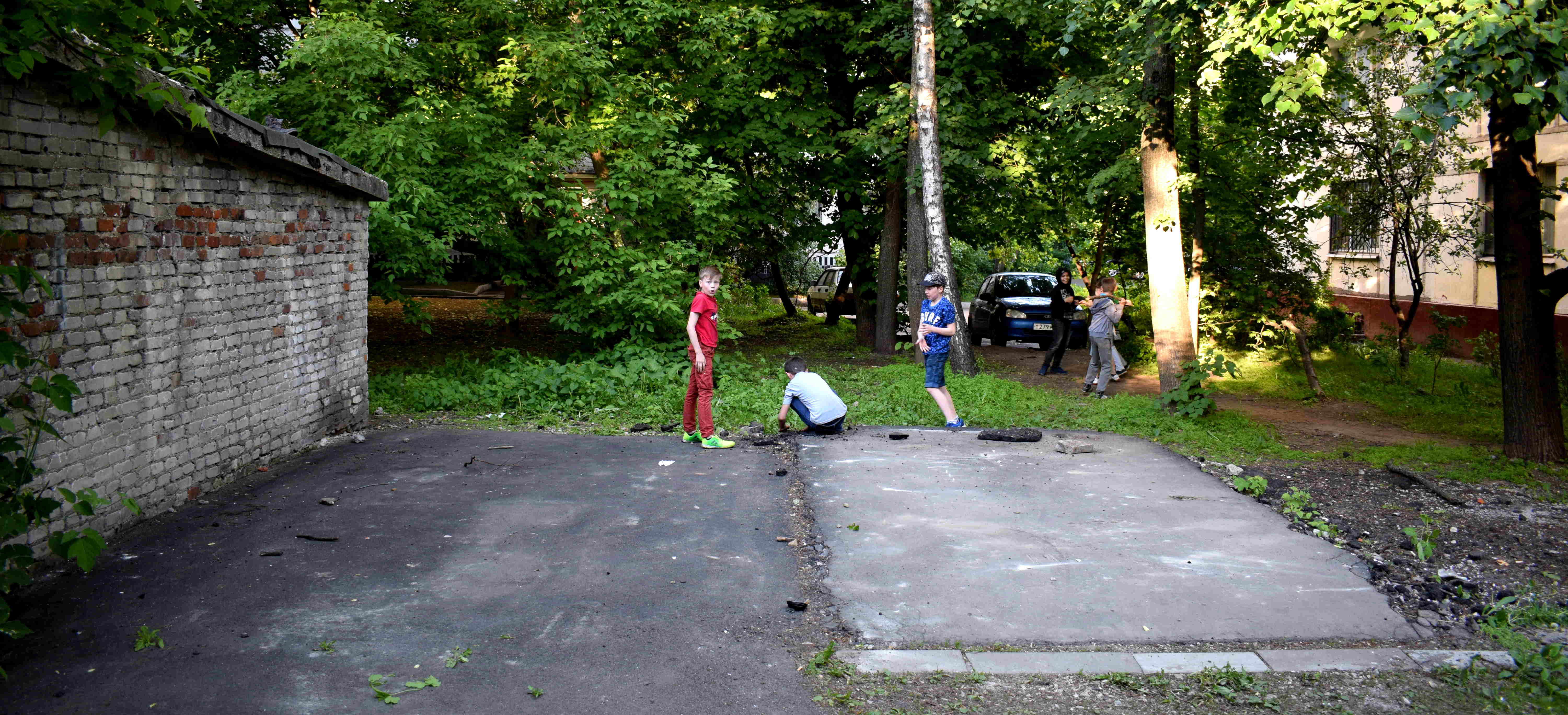 Another playground.
Another playground.
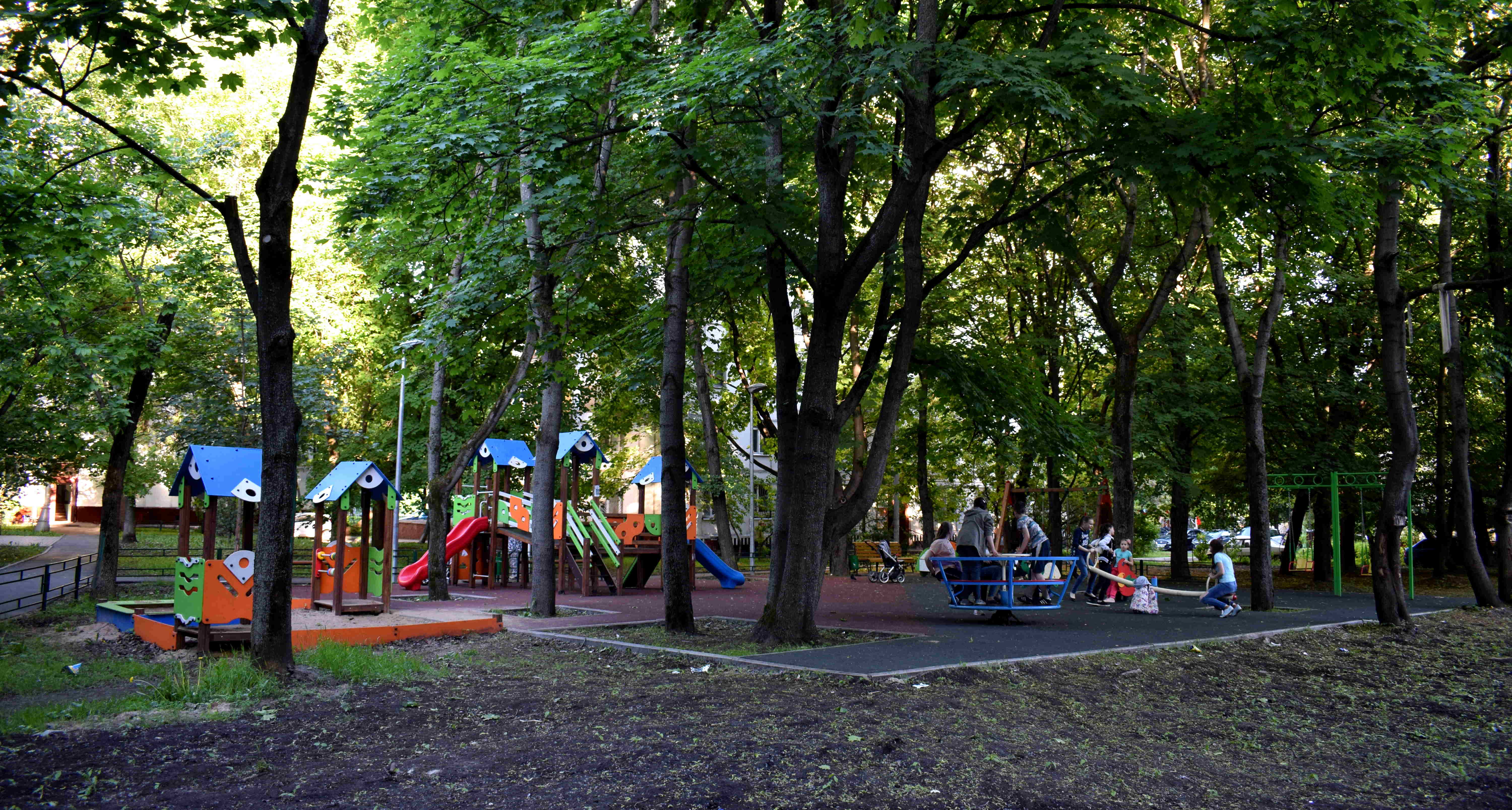 Goodbye 3-я Парковая улица, дом 50
Goodbye 3-я Парковая улица, дом 50
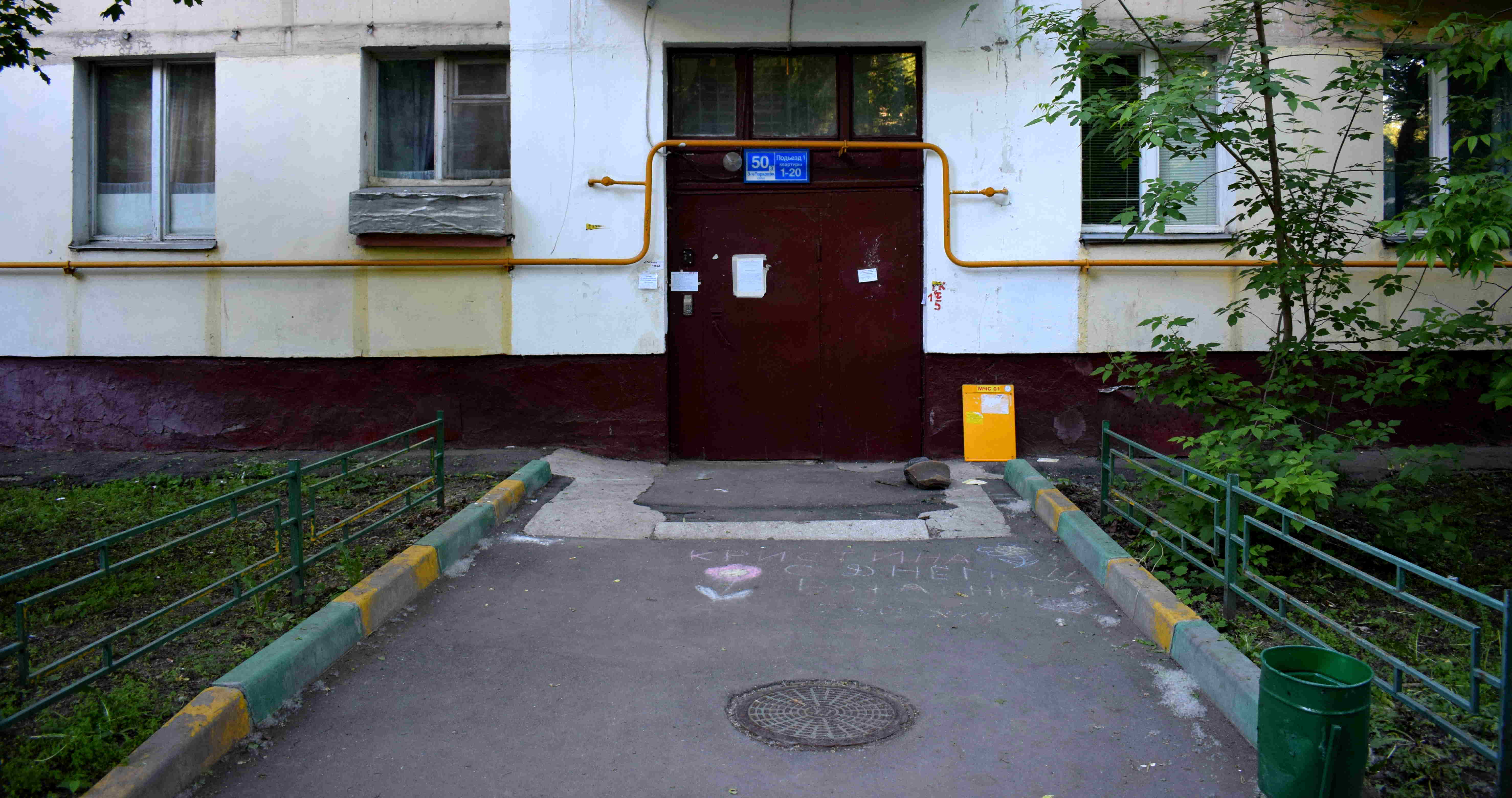 This is the area outside of that building the government claims needs to be renovated.
This is the area outside of that building the government claims needs to be renovated.
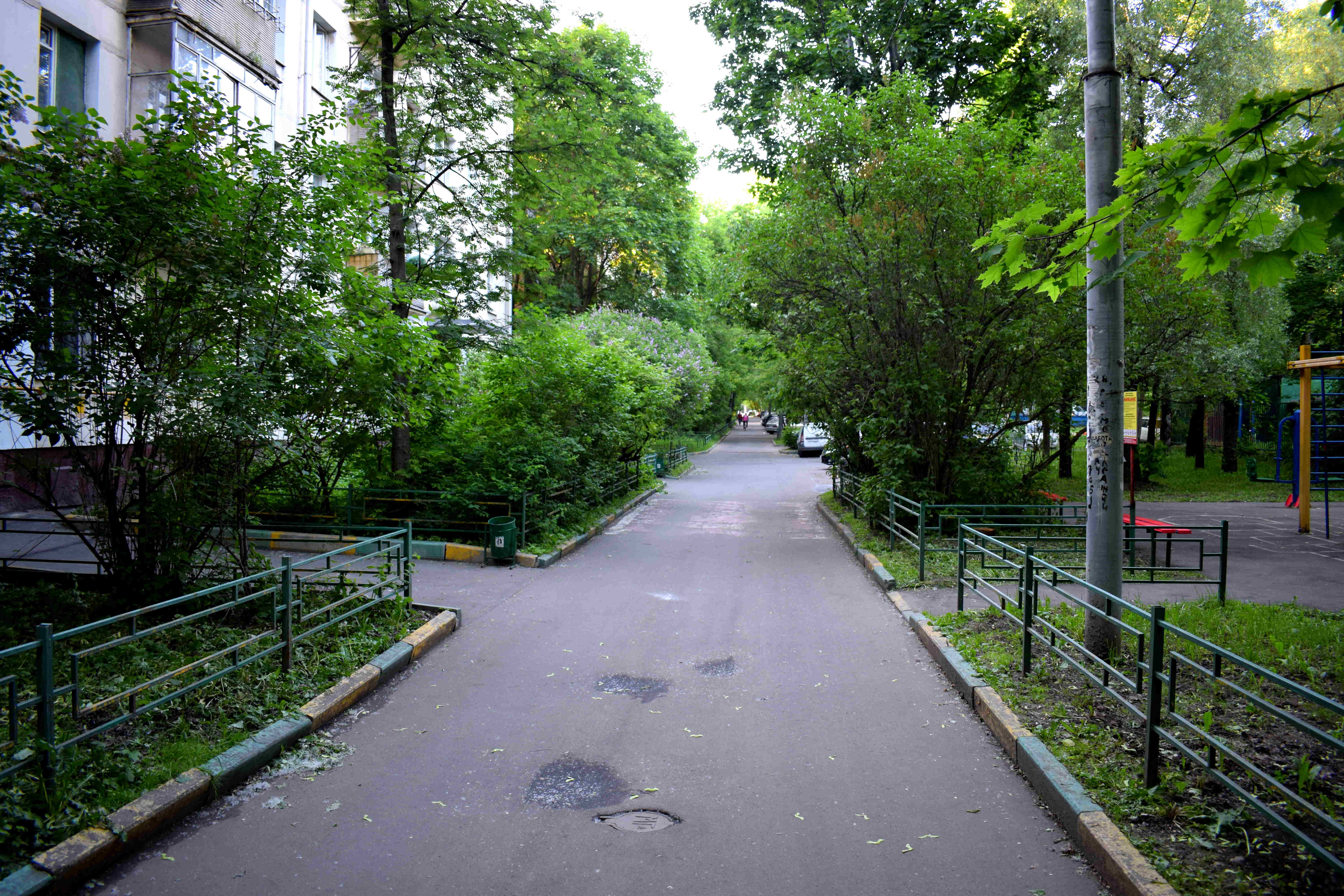 Warning, soon this playground will no longer exist.
Warning, soon this playground will no longer exist.
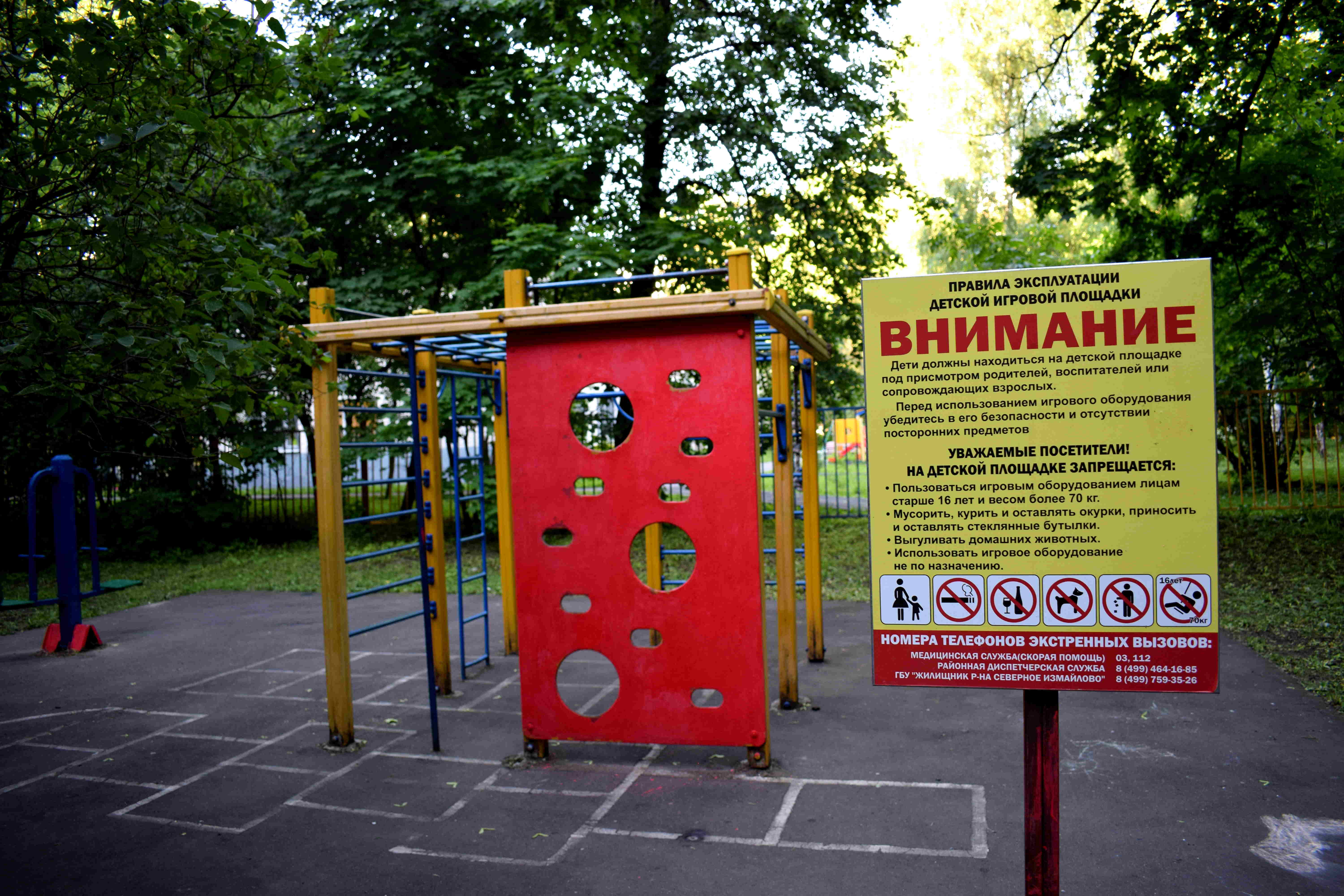 Just look at all this greenery.
Just look at all this greenery.
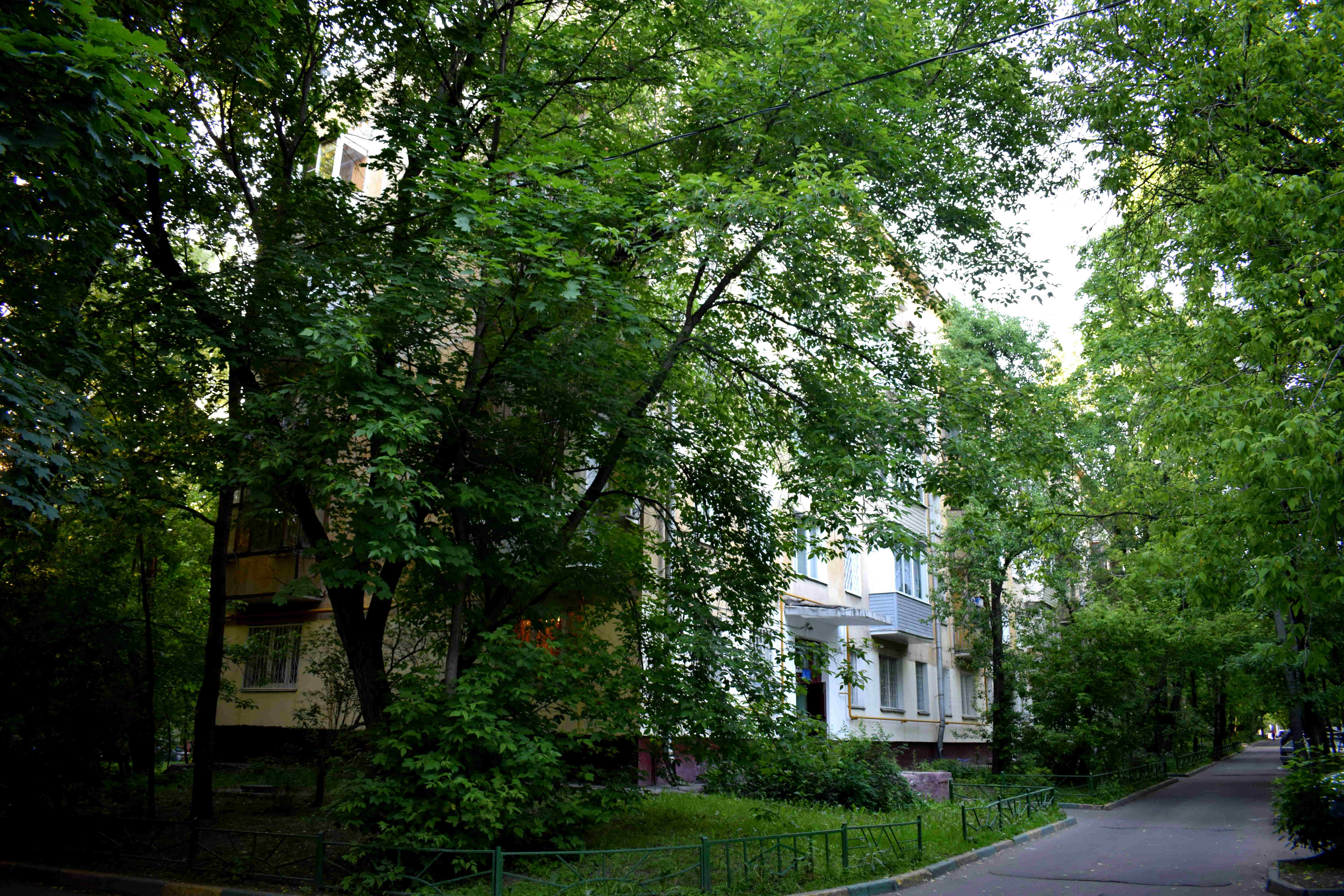
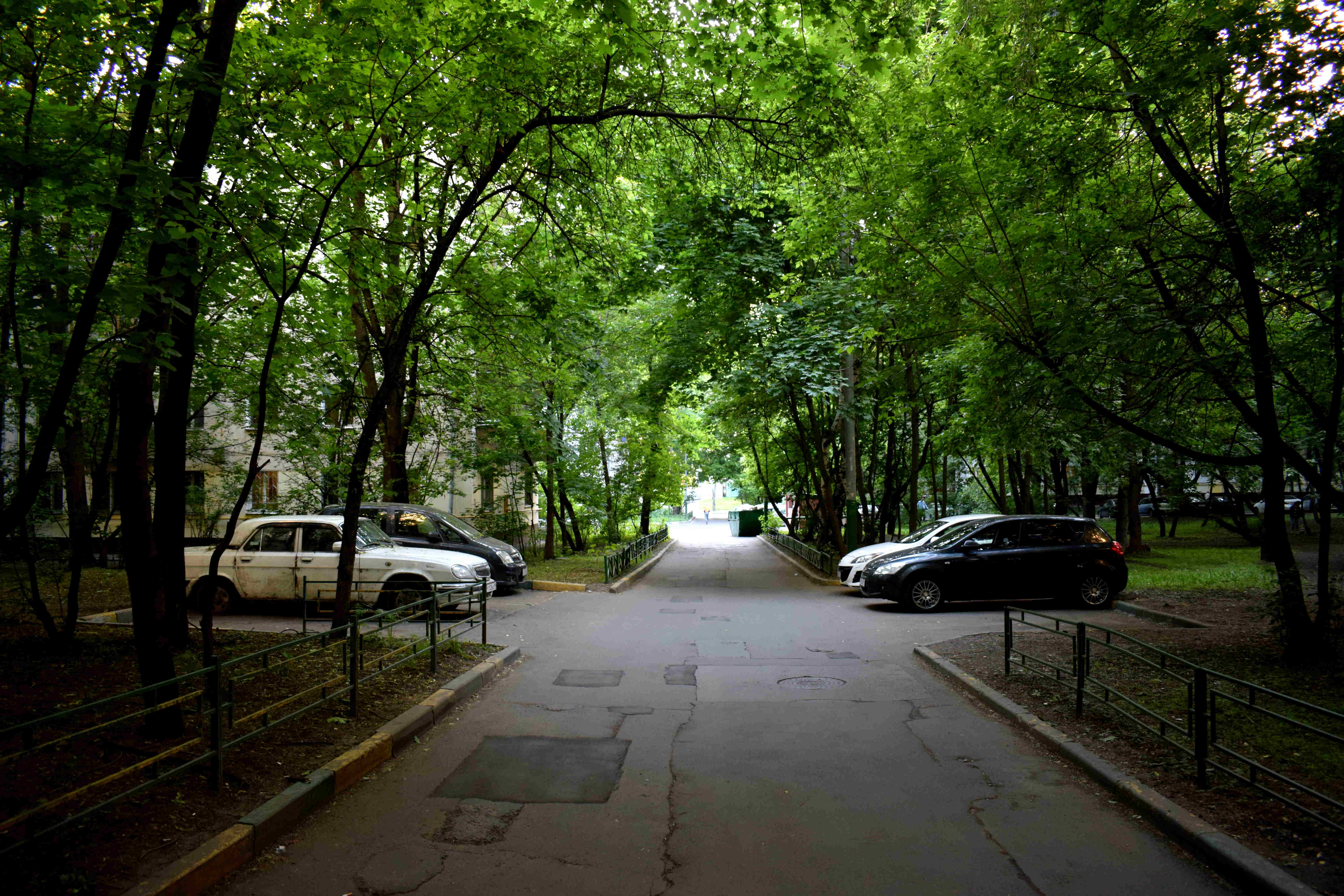
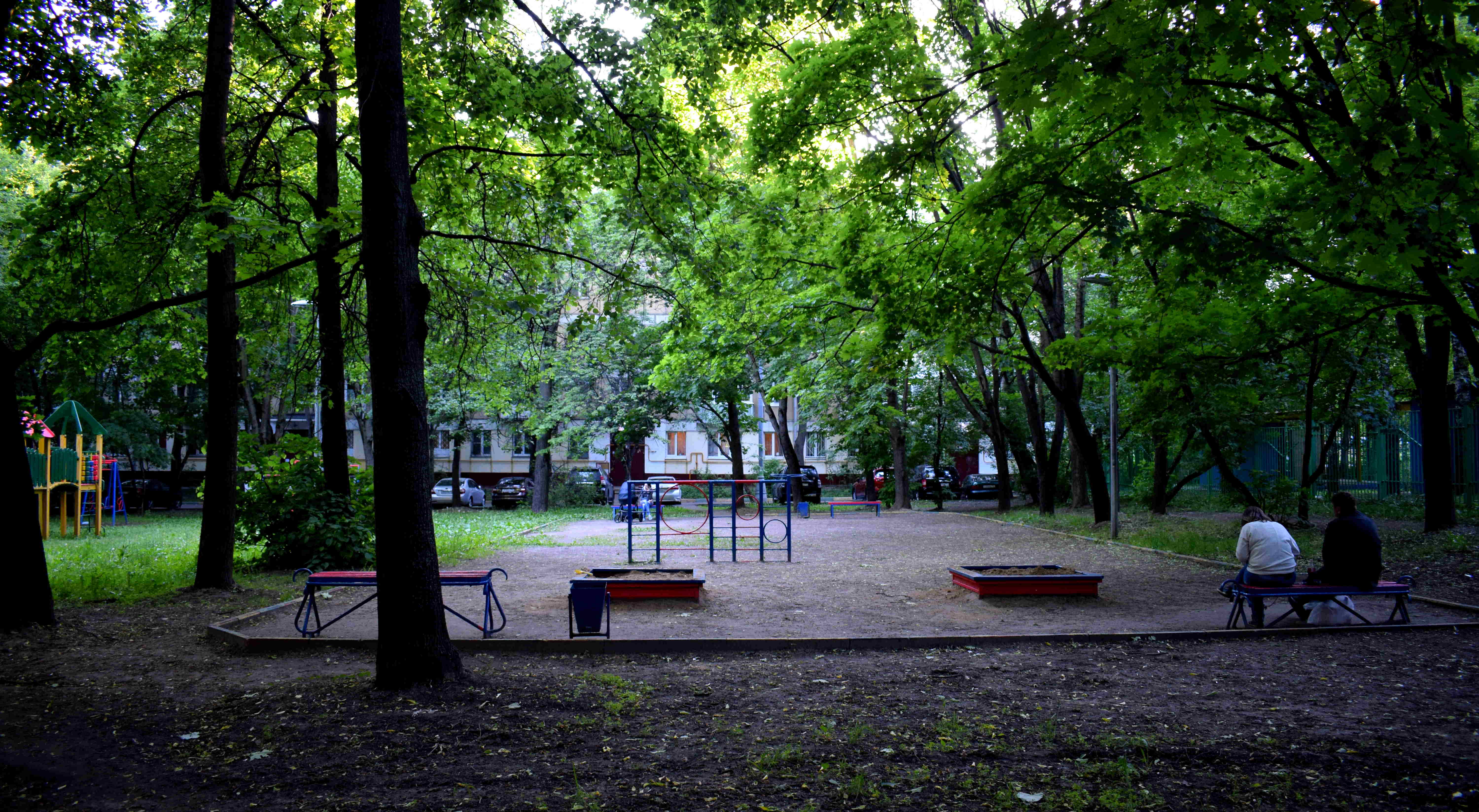 Goodbye 3-я Парковая улица, дом 54
Goodbye 3-я Парковая улица, дом 54
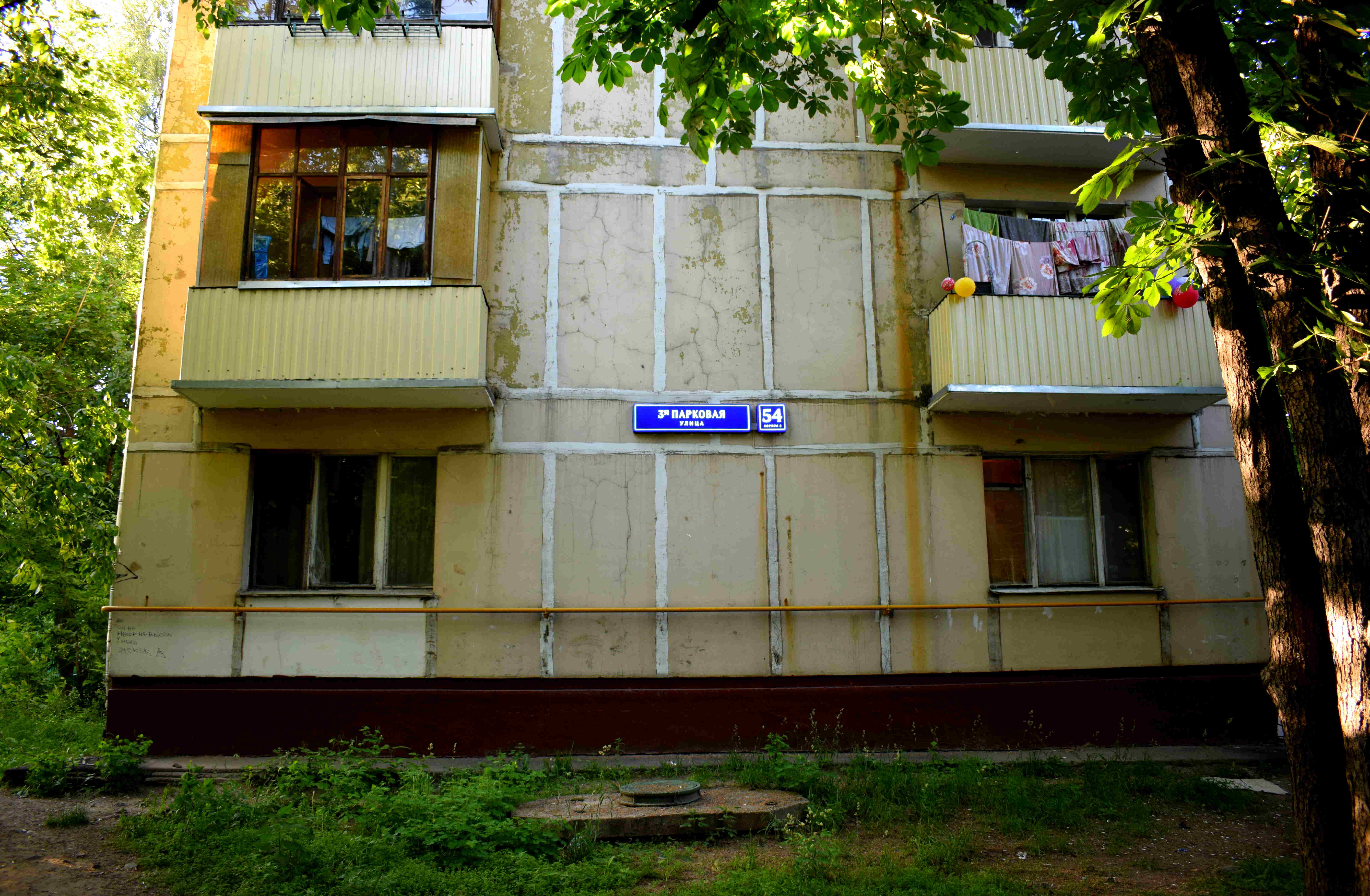
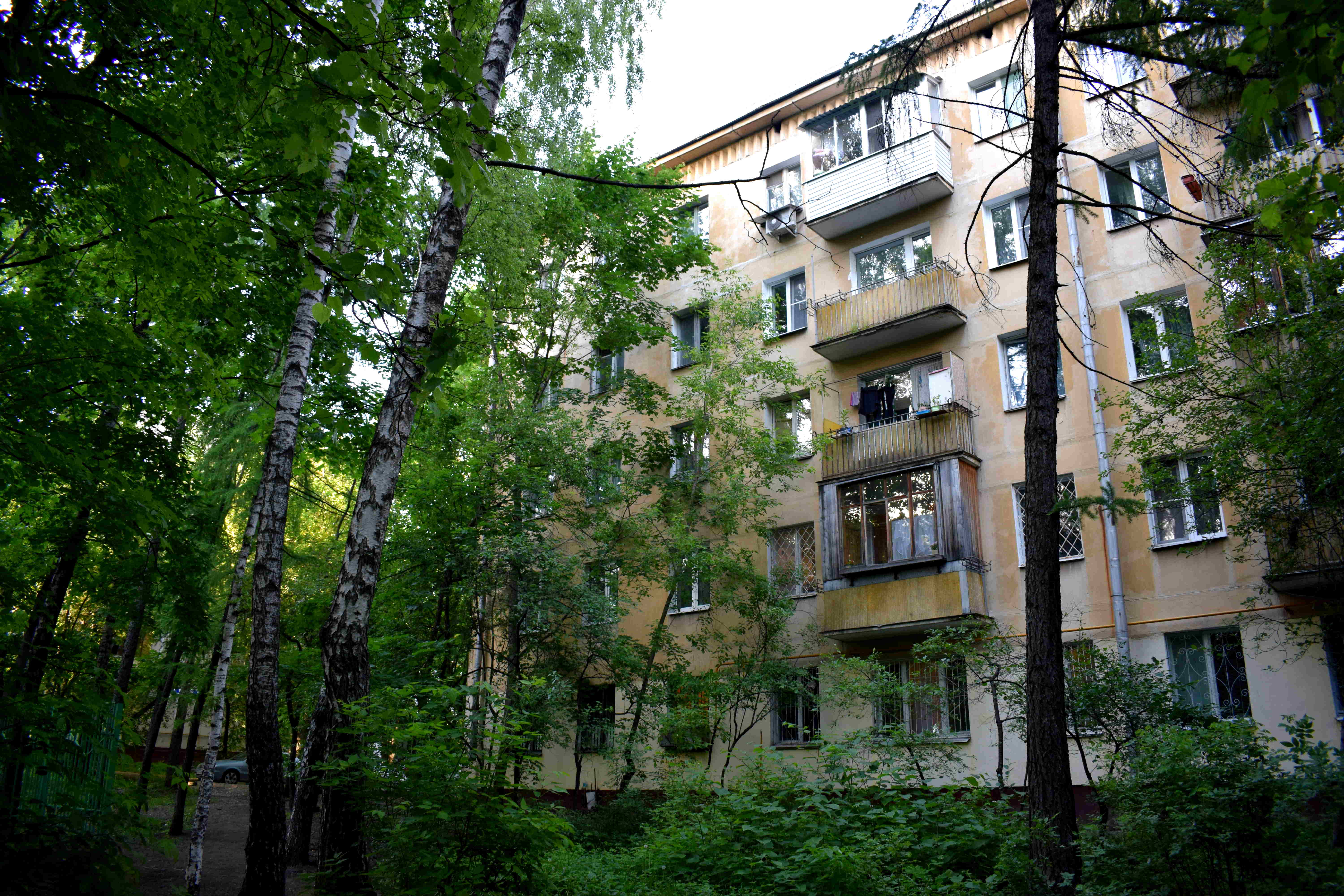 An old chimney from a factory no longer in use.
An old chimney from a factory no longer in use.
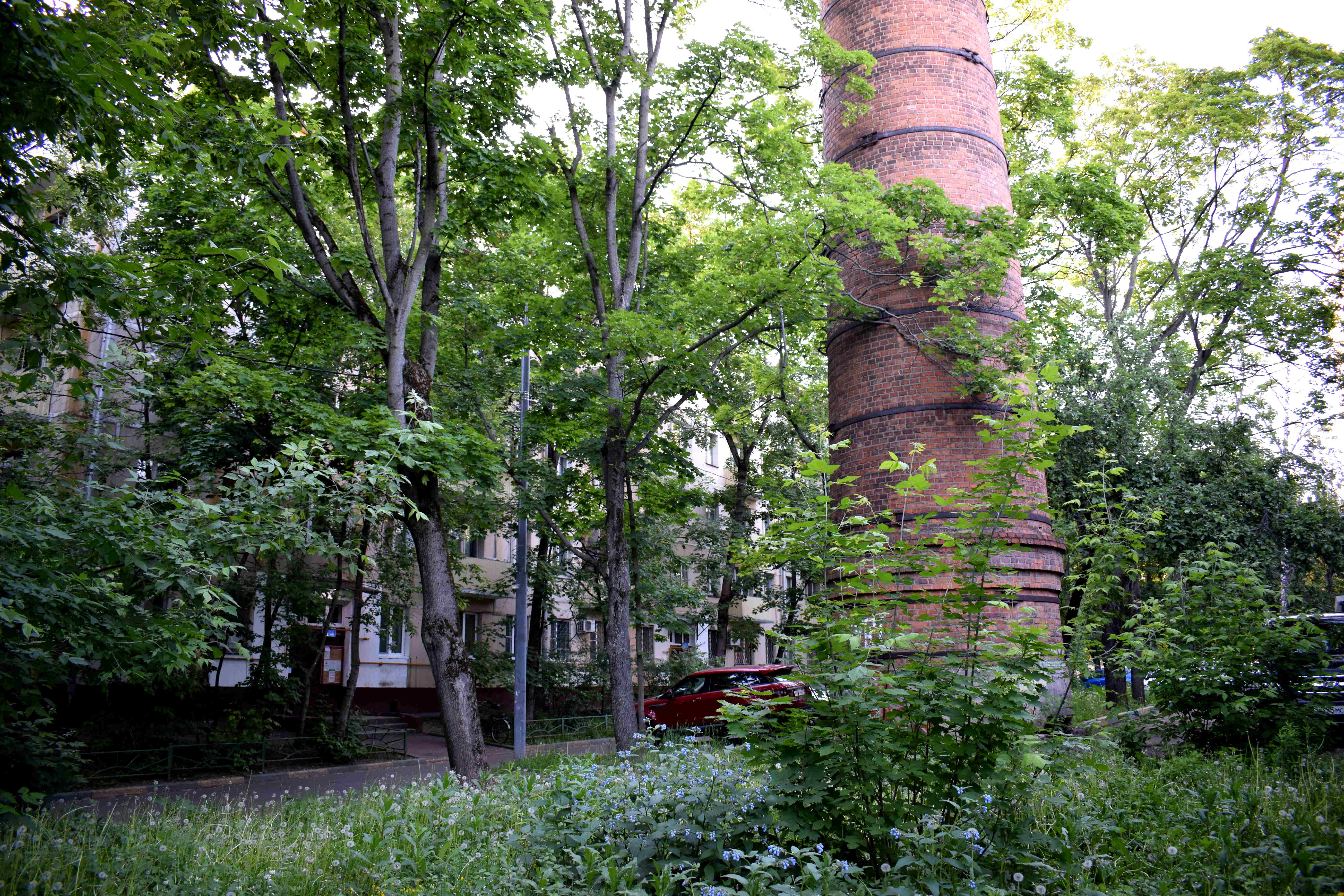 Kids playing soccer.
Kids playing soccer.
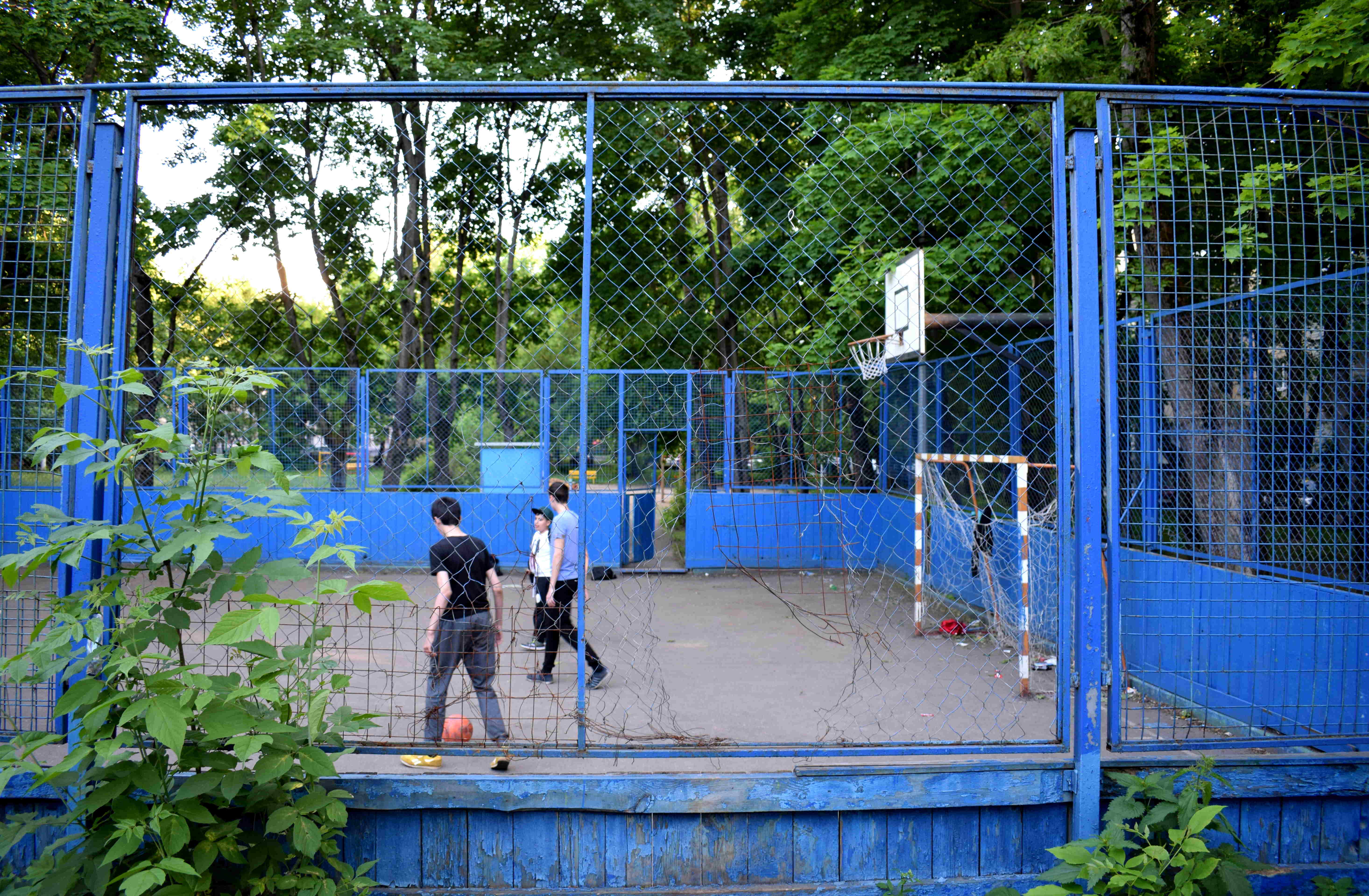 Another beautiful pathway between buildings.
Another beautiful pathway between buildings.
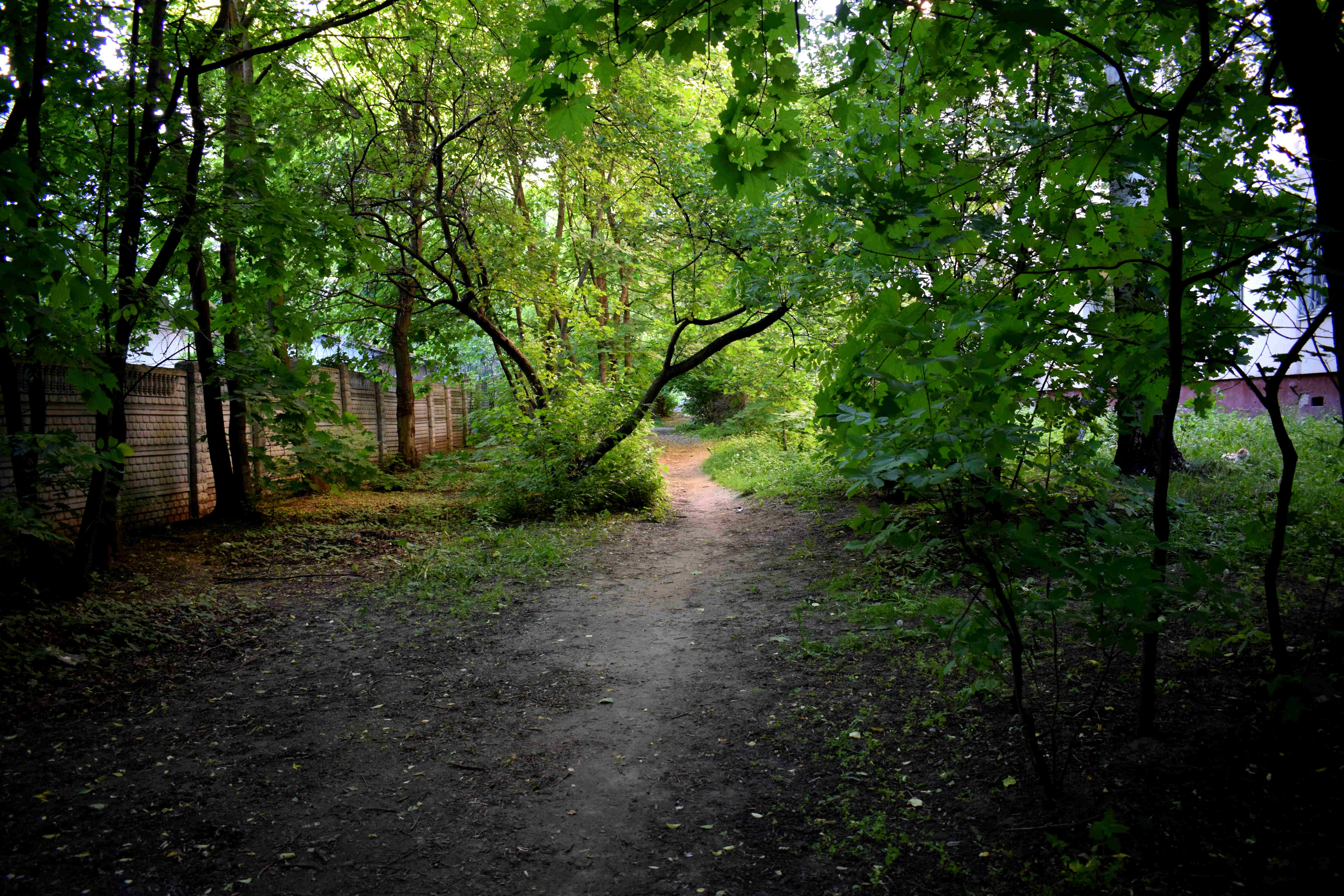
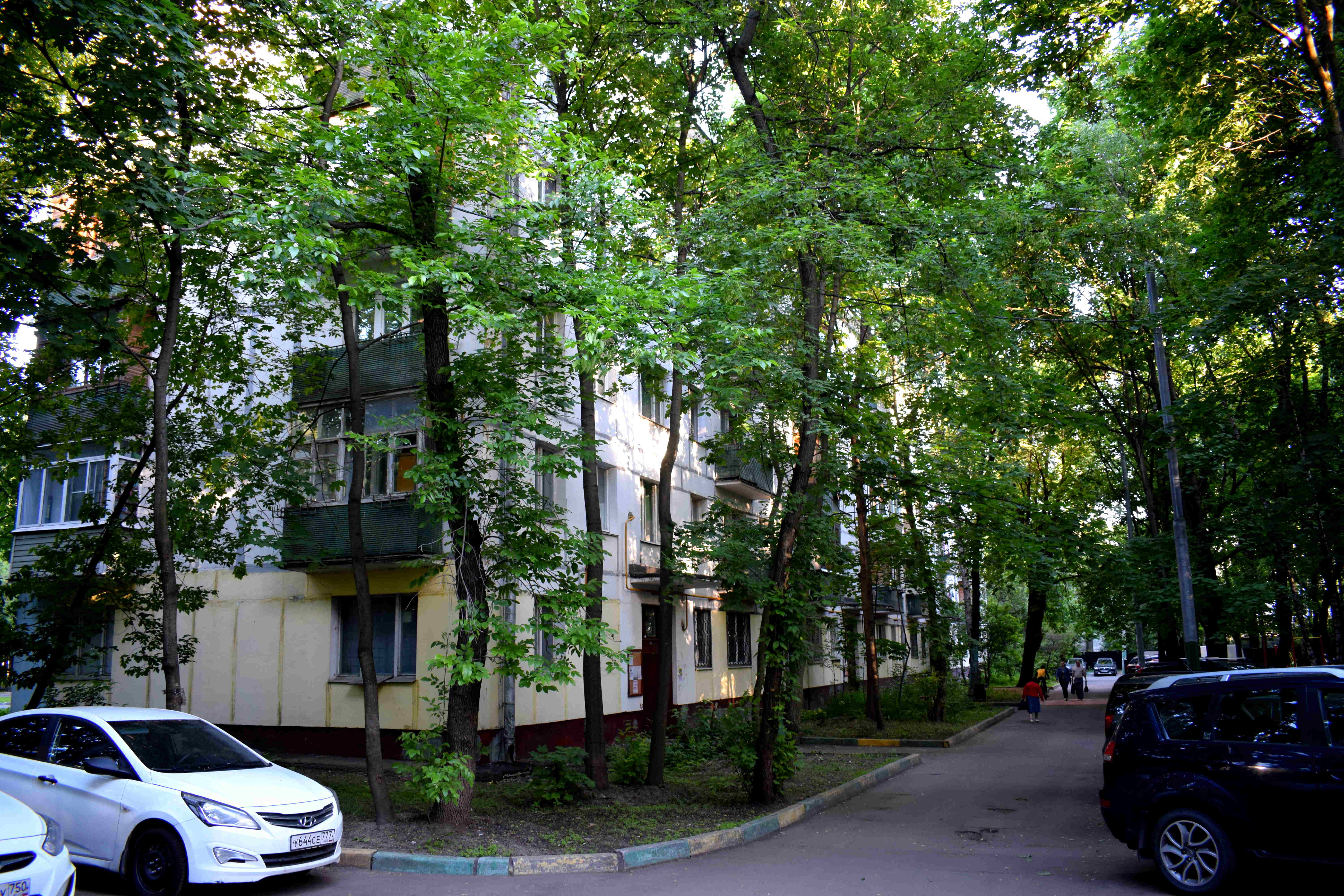
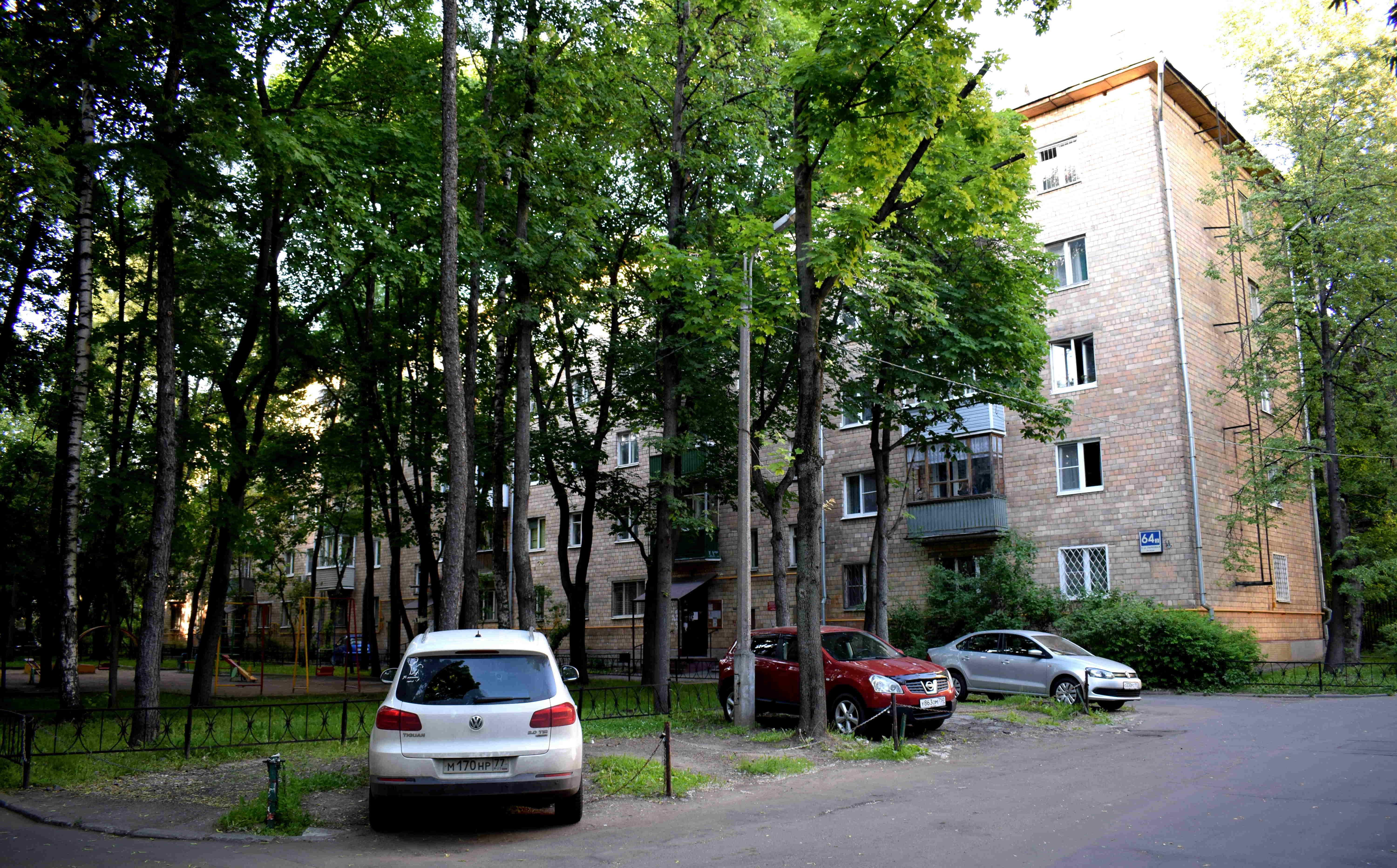
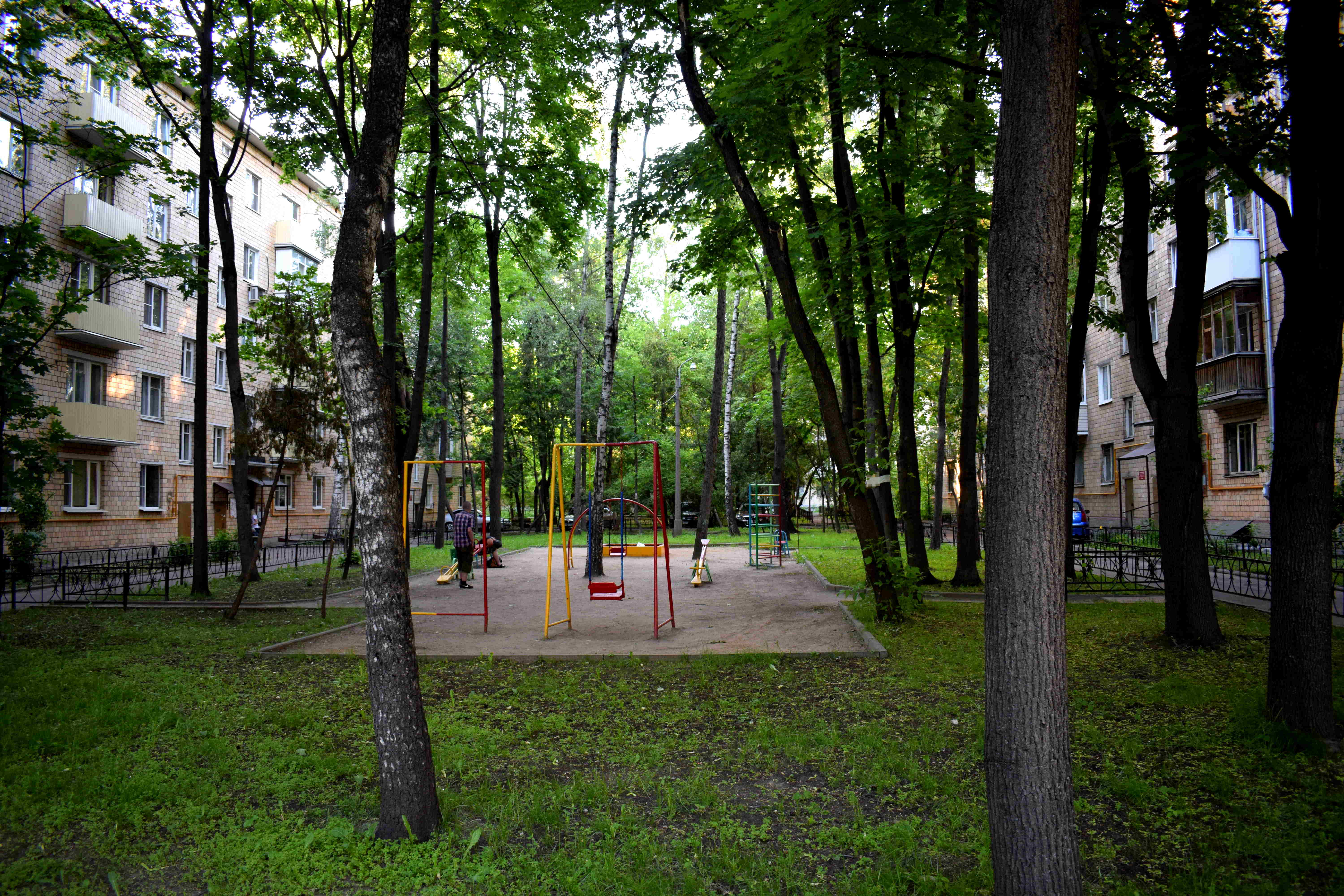 Now you may be wondering where are all these people going to be moved to? Here is your answer.
Now you may be wondering where are all these people going to be moved to? Here is your answer.
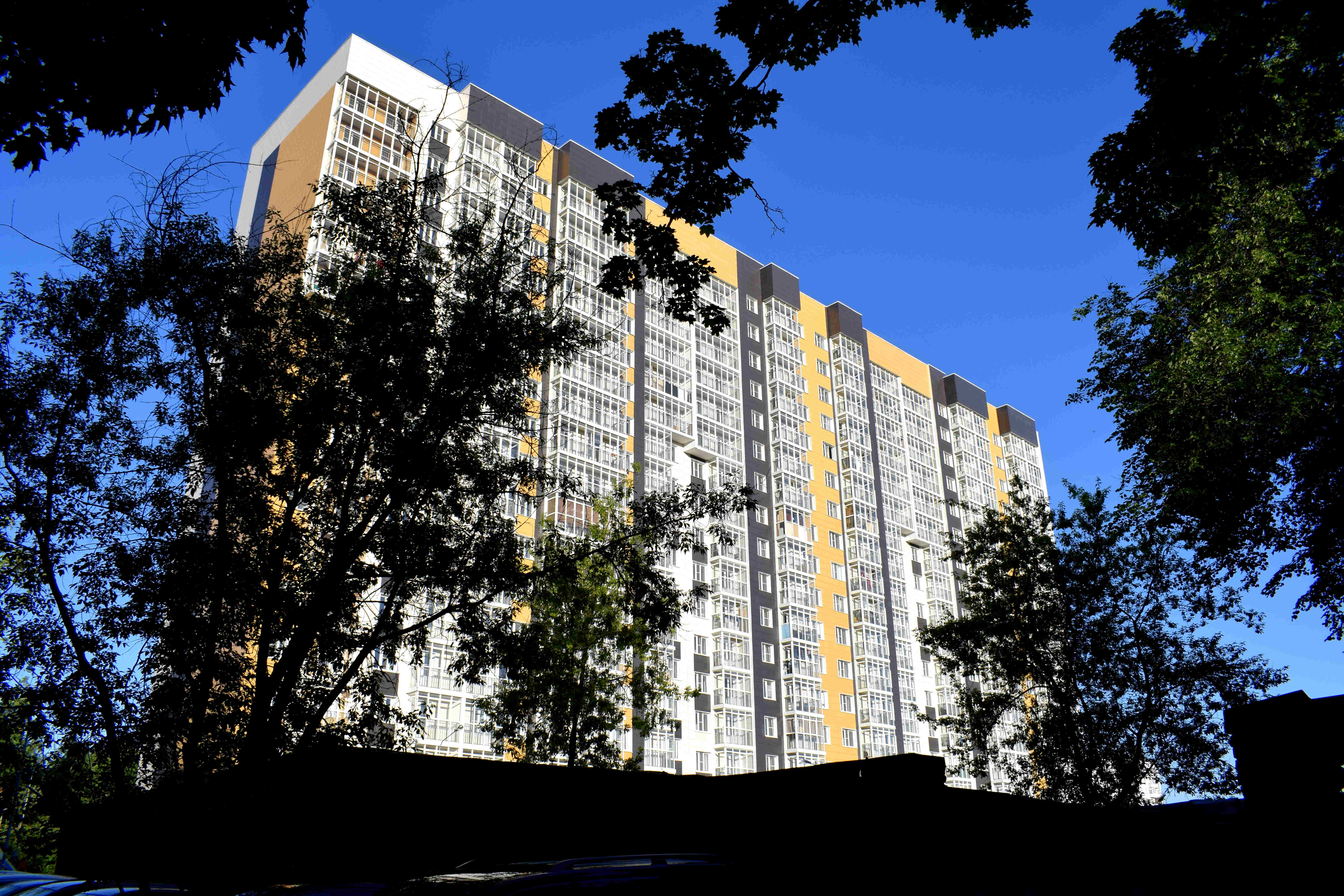 Welcome to the Moscow of the future.
Welcome to the Moscow of the future.
Located at the address Северное Измайлово, ул. 5-я Парковая, д. 62, корп.1, корп.2, this is one of the first buildings where residents of the khrushchyovkas are going to be moved to under the renovation program.
It’s a pretty simple plan.
Why have 10 khrushchevkas, each five stories high, spread out over a huge territory with trees and parks and playgrounds, when you can take those same 10 khrushchevkas and stuff them into one building that occupies a fraction of the space.
Now think of all that land that those empty khrushchyovkas occupy near metro stations that will be cleared and freed up for greedy developers to build their elite apartments and glass office buildings on.
Say goodbye to everything that made Moscow unique as it is transformed into just another bland city with no history.
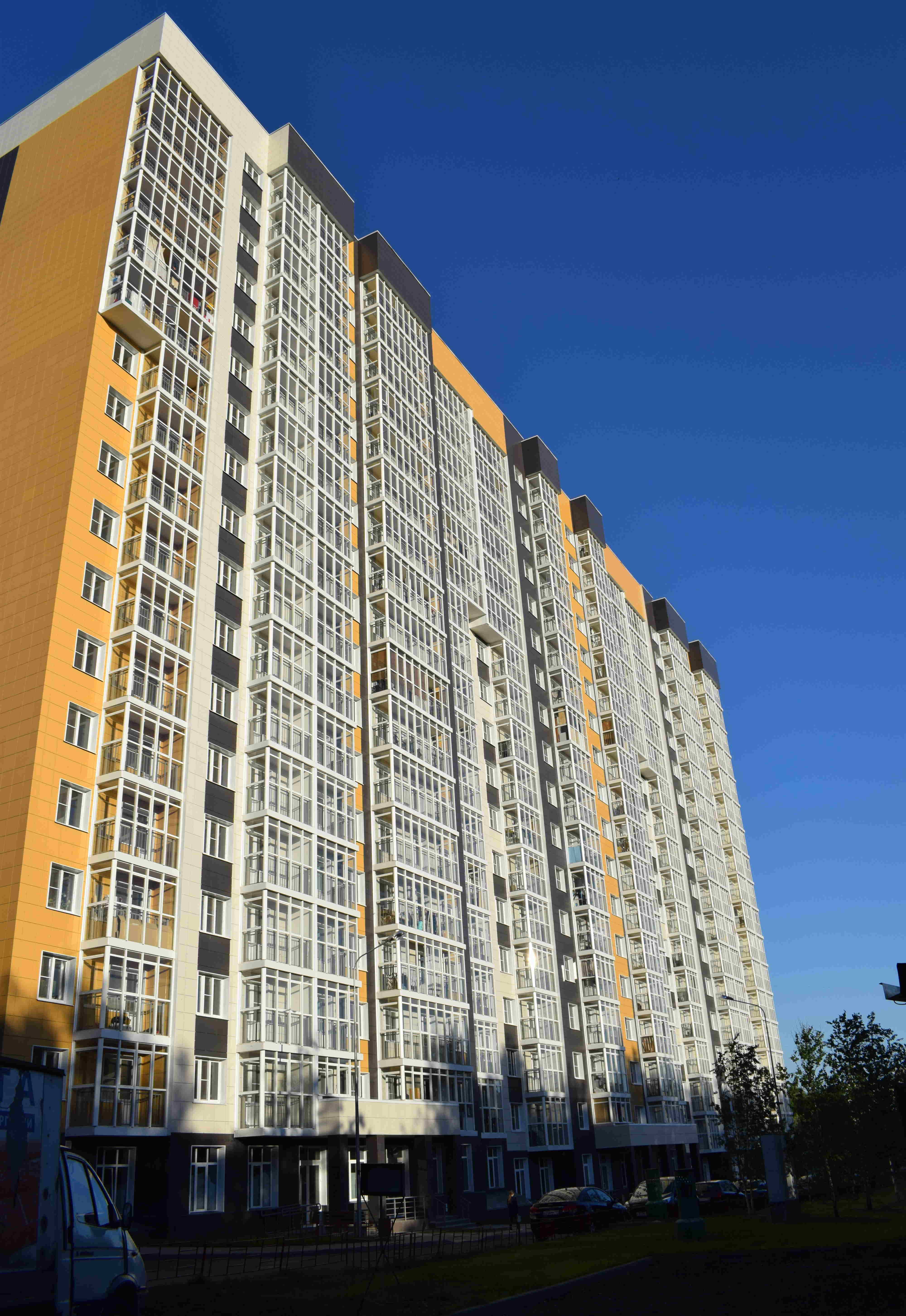 Remember all that free parking space next to the khrushchevkas? I hope the people who voted in favor of the renovation program enjoy their eternal struggle to find parking now.
Remember all that free parking space next to the khrushchevkas? I hope the people who voted in favor of the renovation program enjoy their eternal struggle to find parking now.
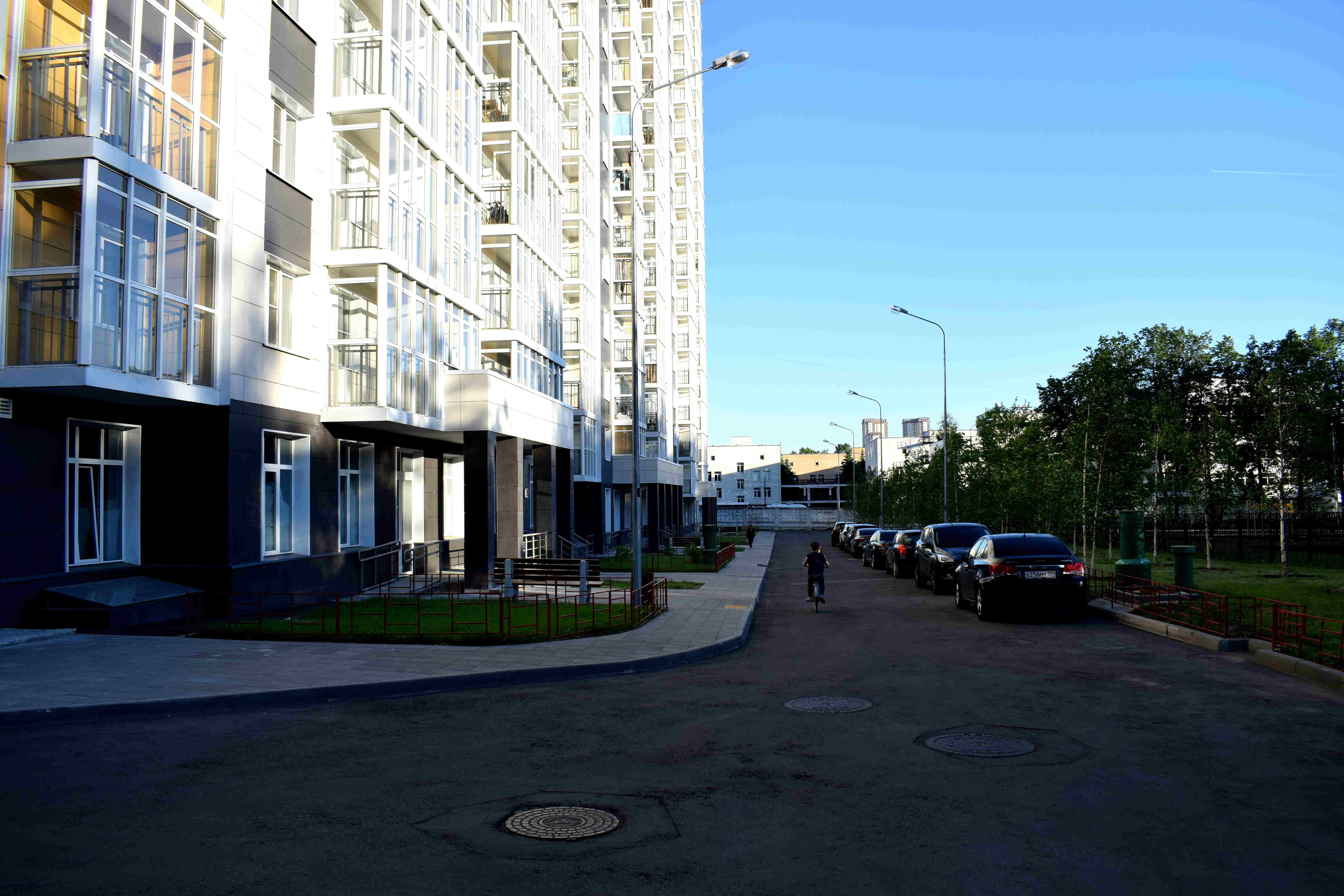 Instead of solid, strong bricks, you get side paneling made of the cheapest metal.
Instead of solid, strong bricks, you get side paneling made of the cheapest metal.
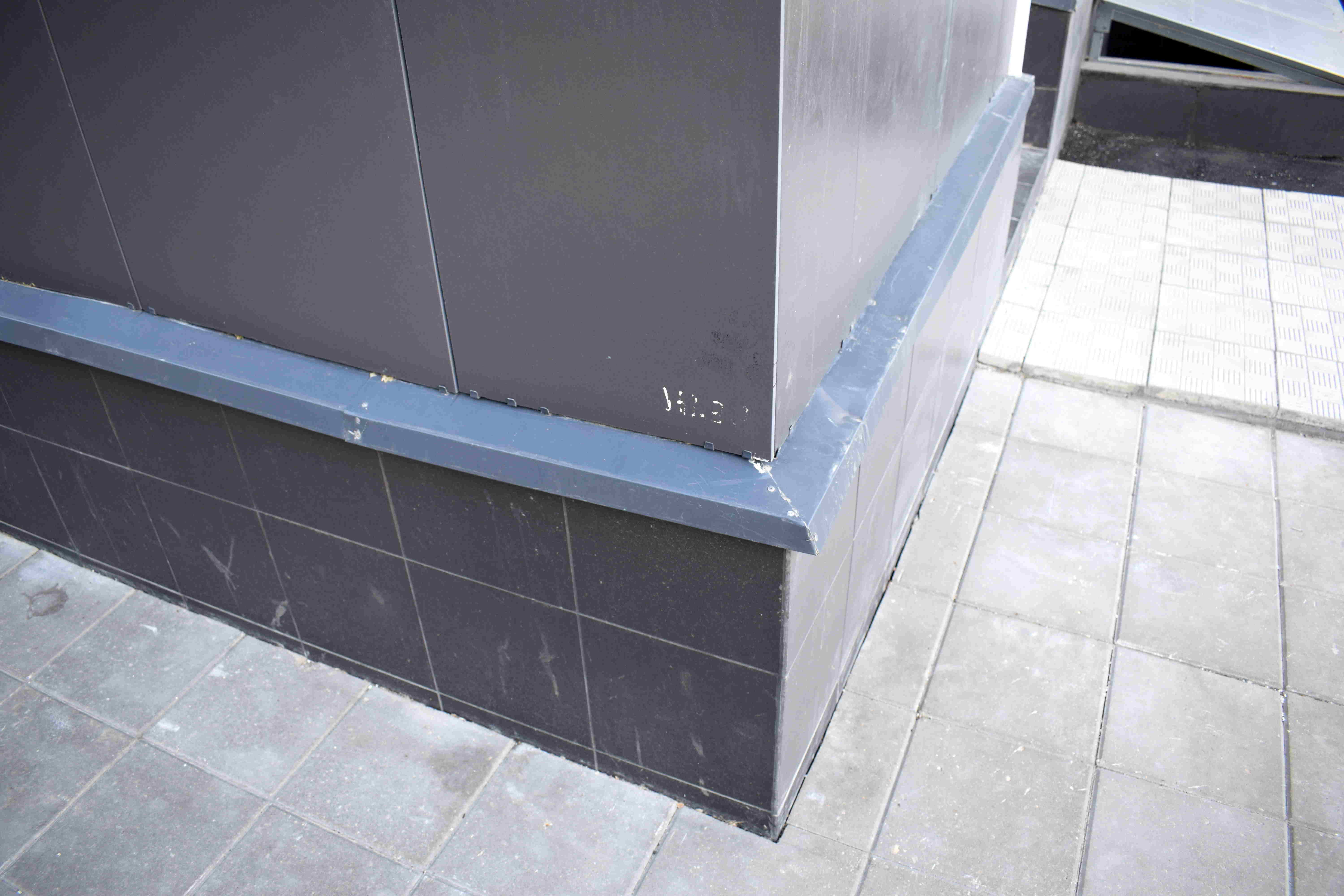 Somehow this is supposed to be better quality than brick.
Somehow this is supposed to be better quality than brick.
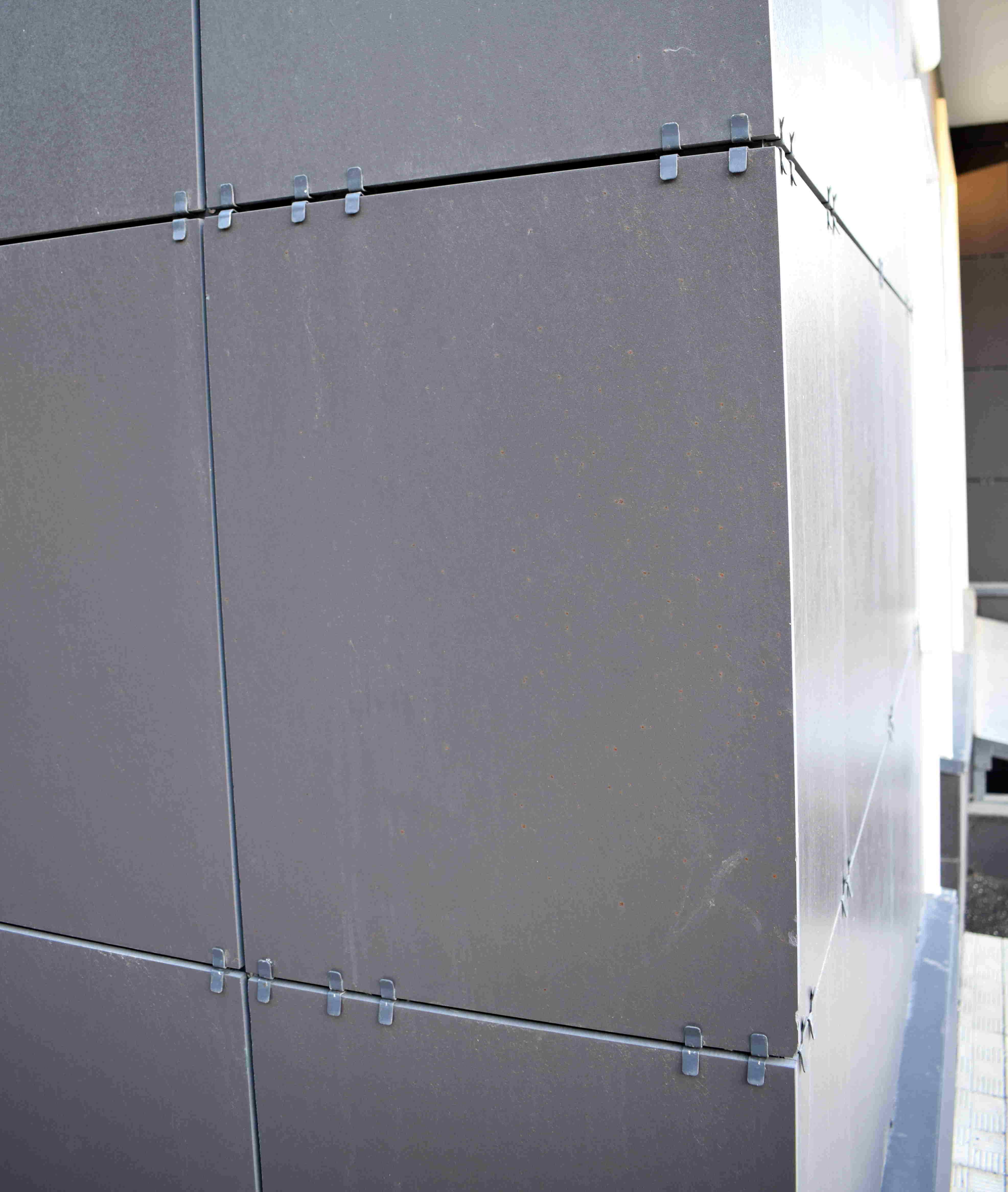 Remember all those trees around the khrushchyovkas, where are they now?
Remember all those trees around the khrushchyovkas, where are they now?
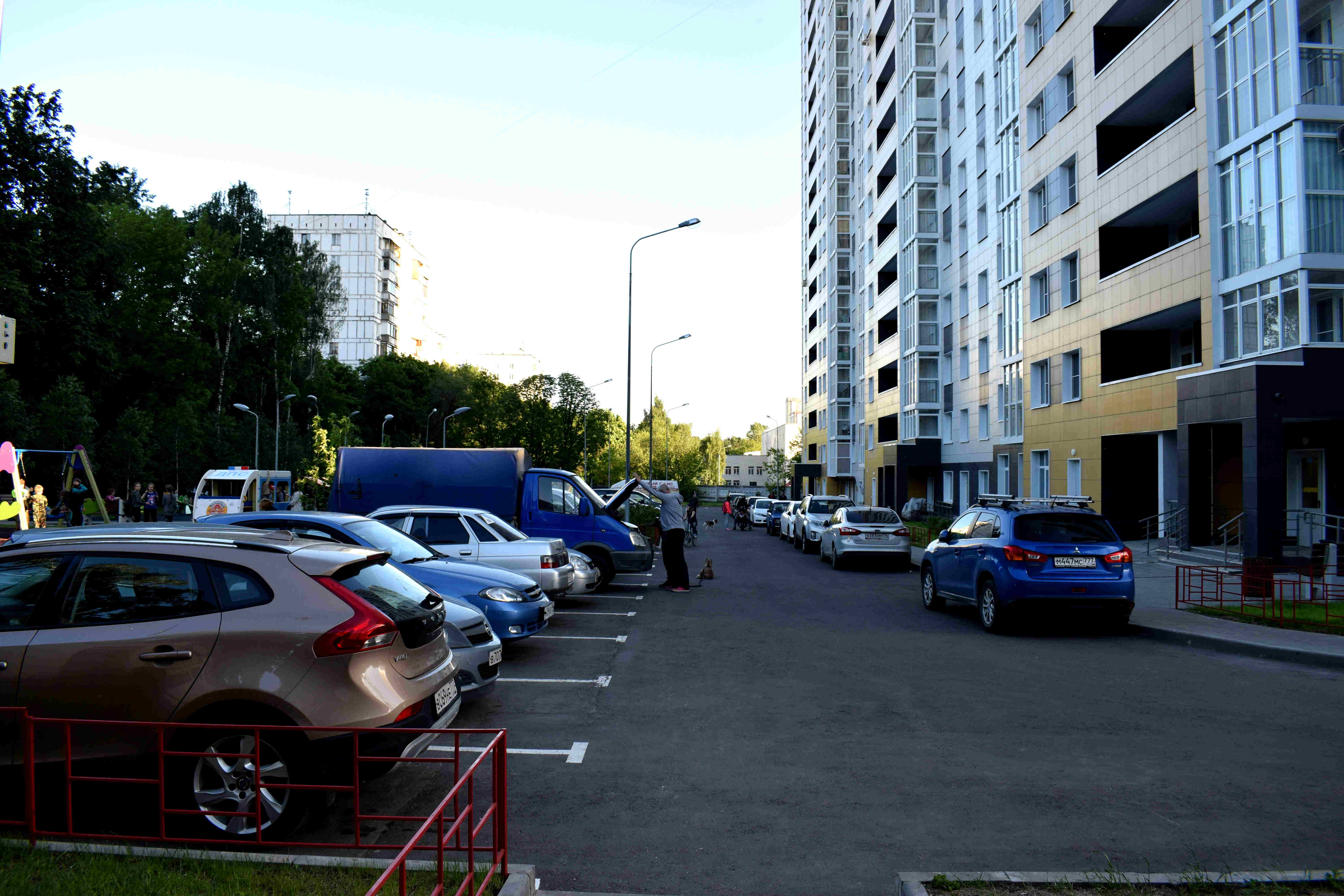 Here is the khrushchyovka right across the street from the new building. Which one would you rather live in?
Here is the khrushchyovka right across the street from the new building. Which one would you rather live in?
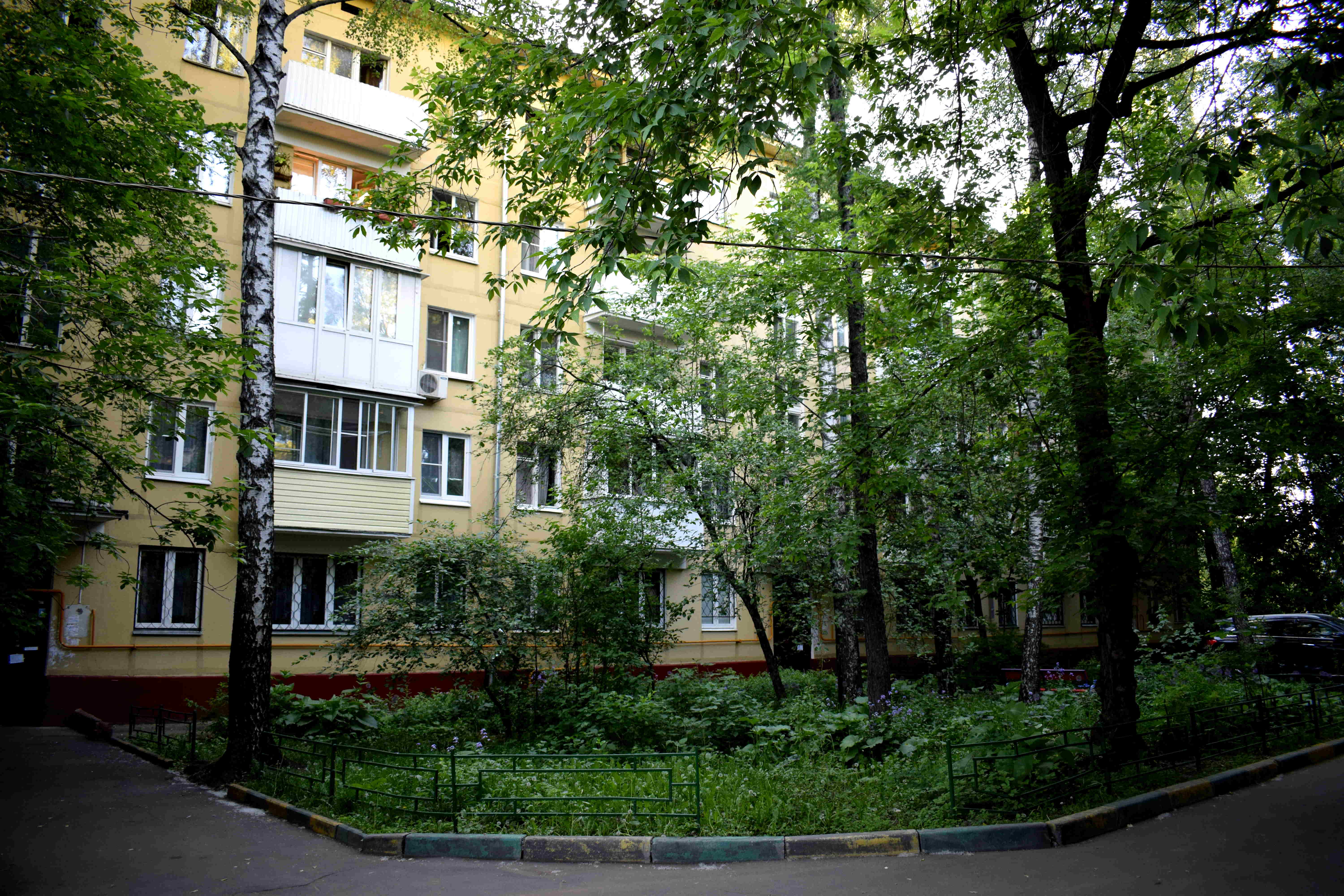 I admit, the balcony is bad, but at least you have one in a khrushchyovka. You don’t have any in the new building.
I admit, the balcony is bad, but at least you have one in a khrushchyovka. You don’t have any in the new building.
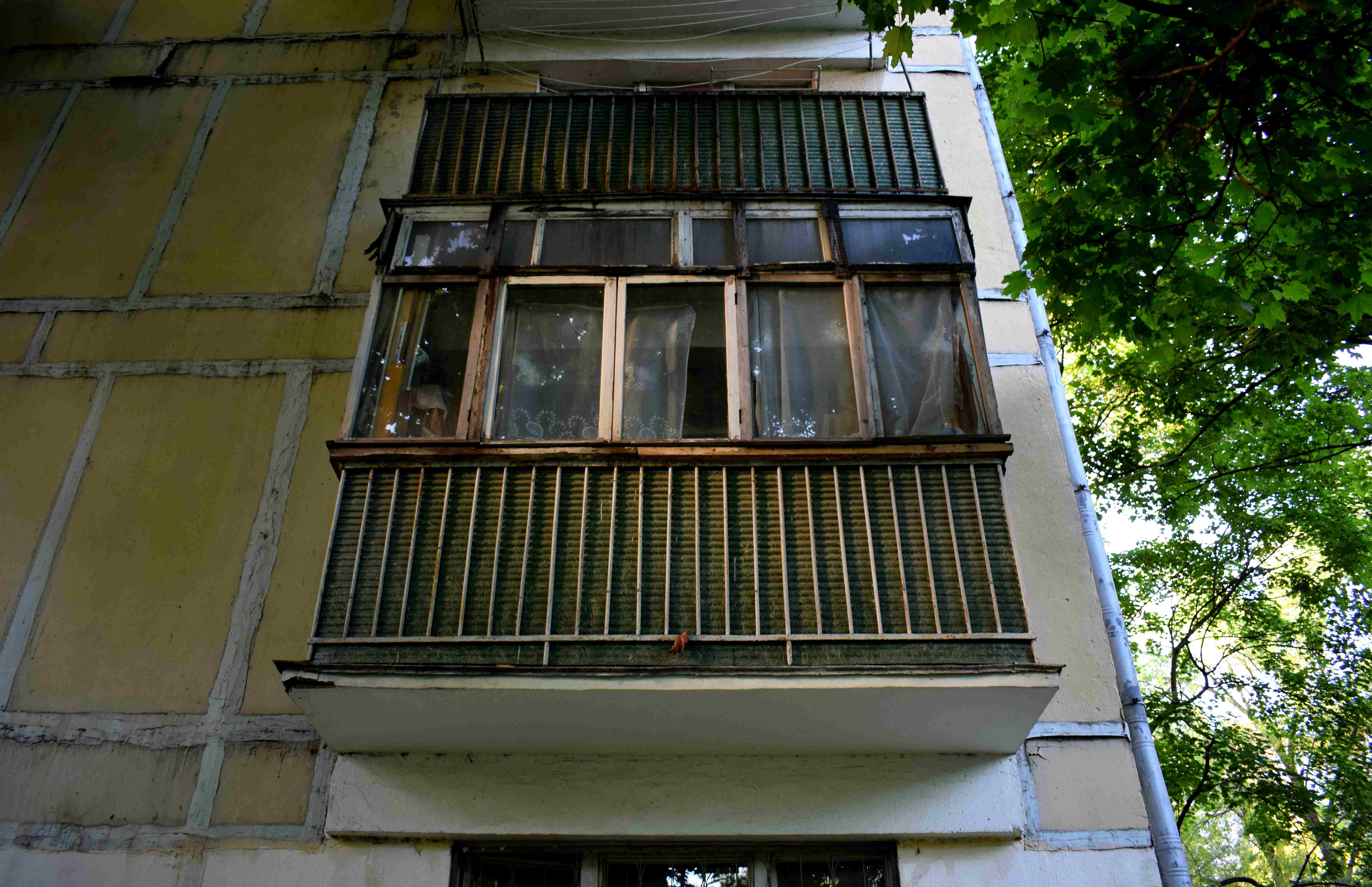 Goodbye 9-я Парковая улица, дом 57. This greenery will forever be lost.
Goodbye 9-я Парковая улица, дом 57. This greenery will forever be lost.
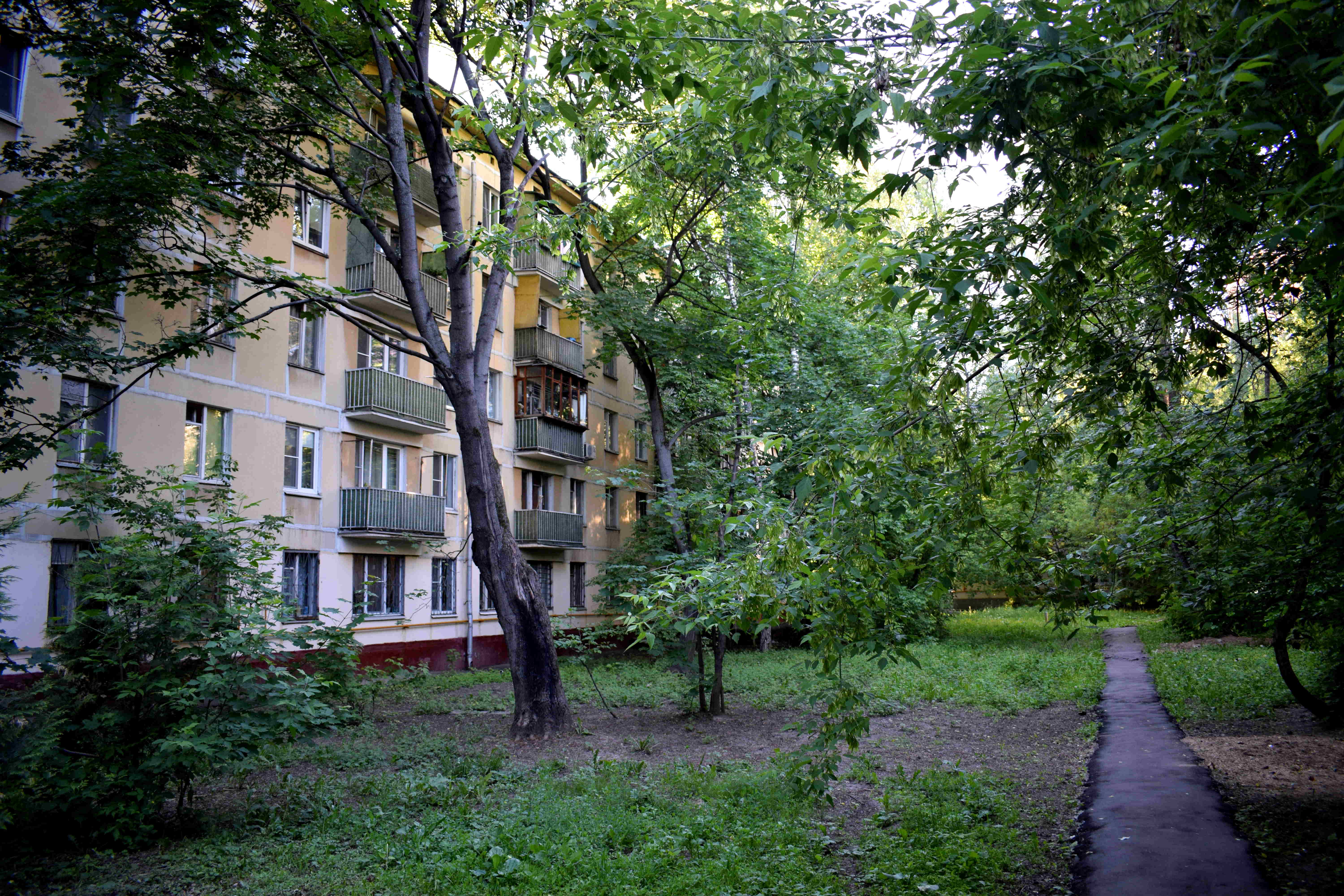
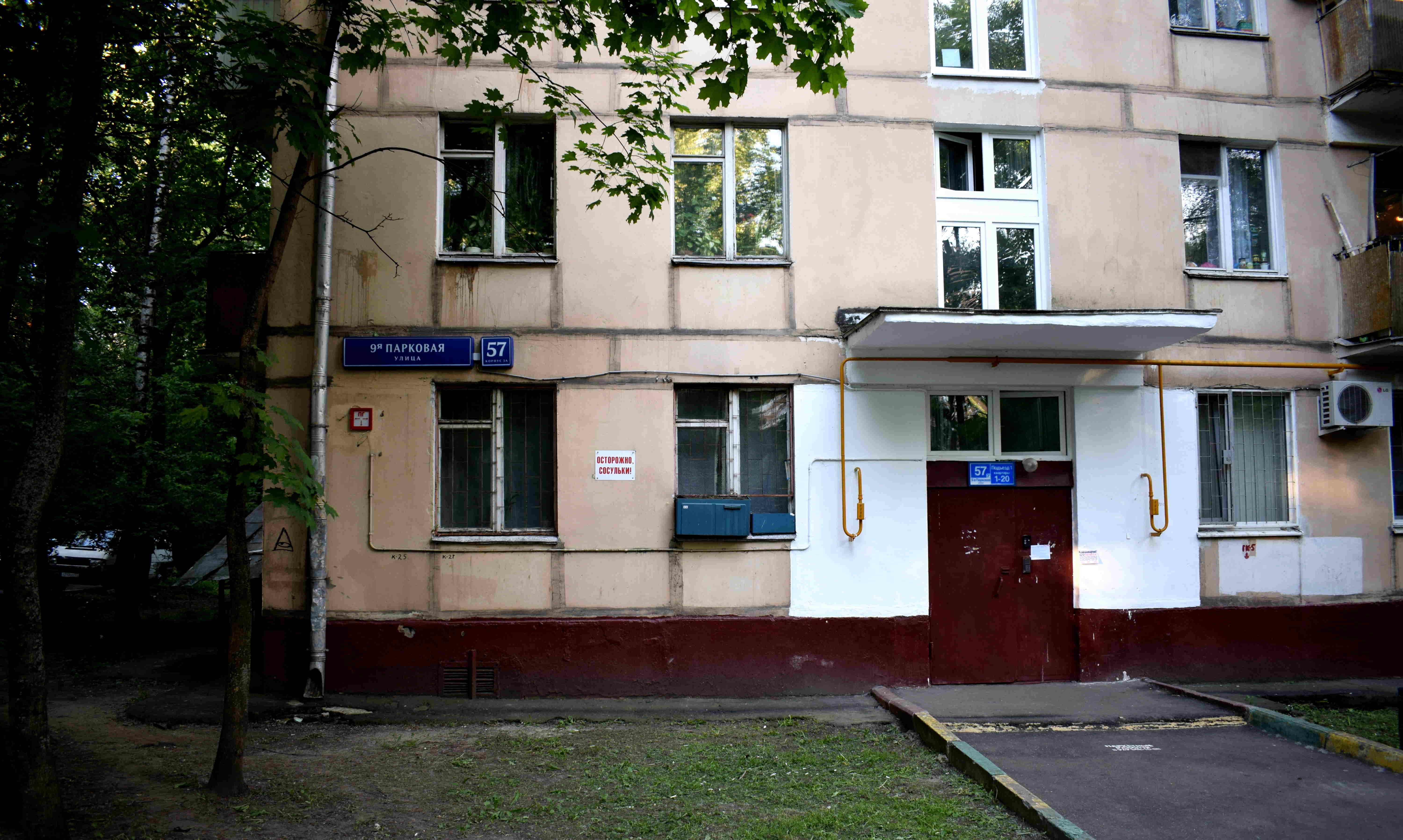 Conveniently, all of the khrushchyovkas located right next to the metro station voted in favor of the renovation program and to be moved to that tall building located a 15 minute walk away.
Conveniently, all of the khrushchyovkas located right next to the metro station voted in favor of the renovation program and to be moved to that tall building located a 15 minute walk away.
So in the future, instead of owning an apartment located a 1 minute walk from the metro, people will now own an apartment located a 15 minute walk away. Smart investment decision.
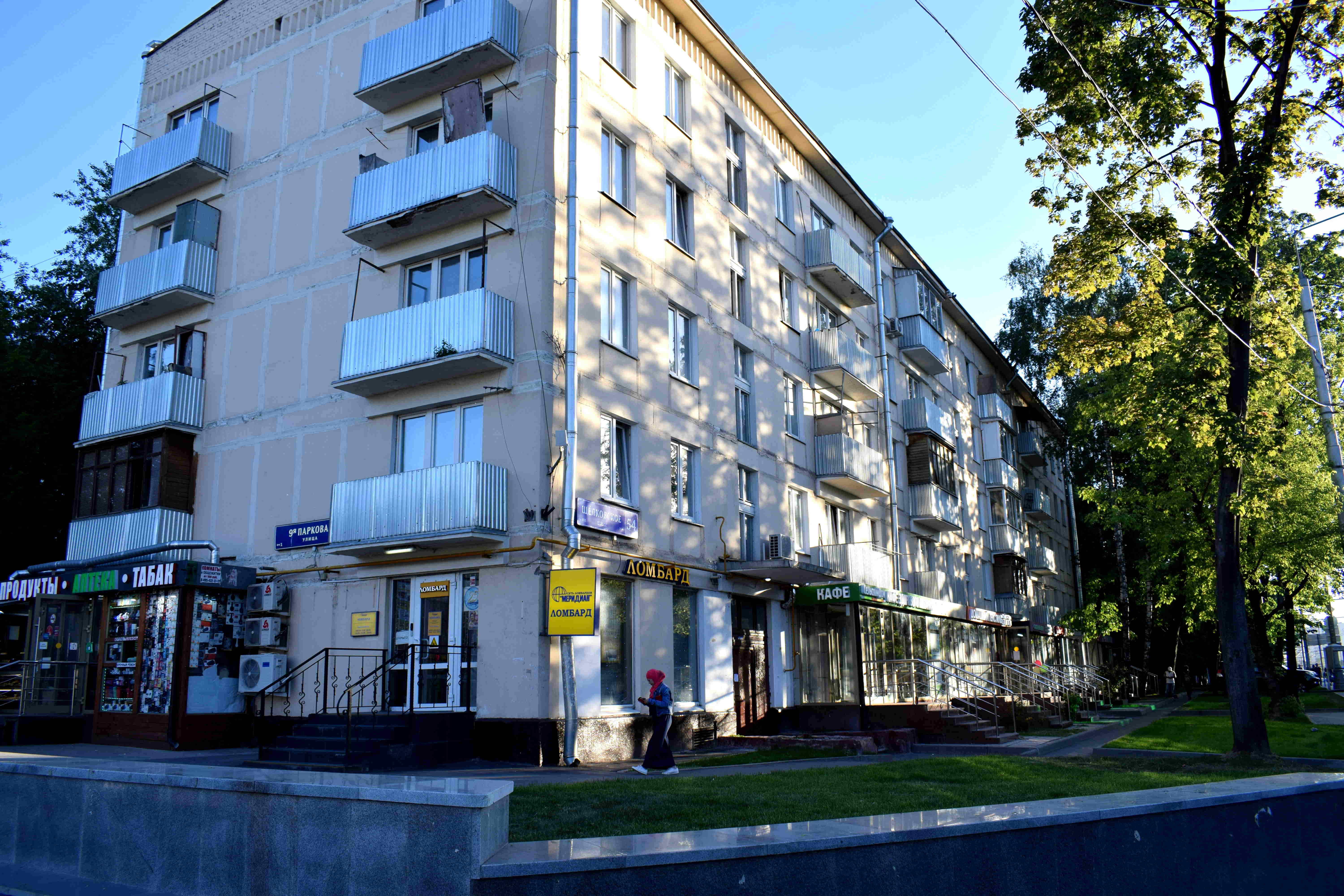 9-я Парковая улица, дом 61 also located right next to the metro station and also voted for the renovation program. How convenient for developers.
9-я Парковая улица, дом 61 also located right next to the metro station and also voted for the renovation program. How convenient for developers.
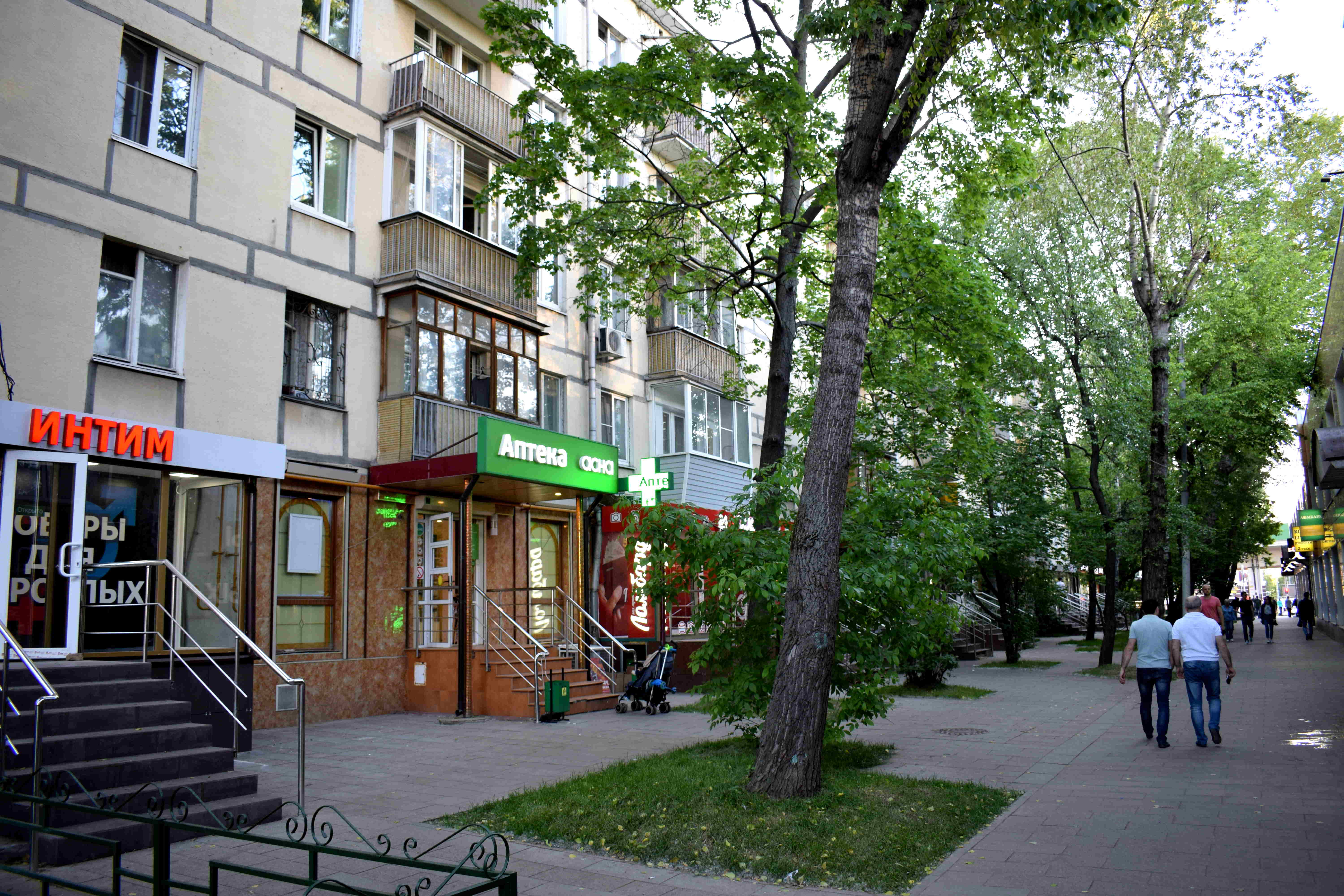 9-я Парковая улица, дом 66, корпус 1. Located on the other side of the street. Built in 1962. A two minute walk from the metro. Also voted for the renovation program.
9-я Парковая улица, дом 66, корпус 1. Located on the other side of the street. Built in 1962. A two minute walk from the metro. Also voted for the renovation program.
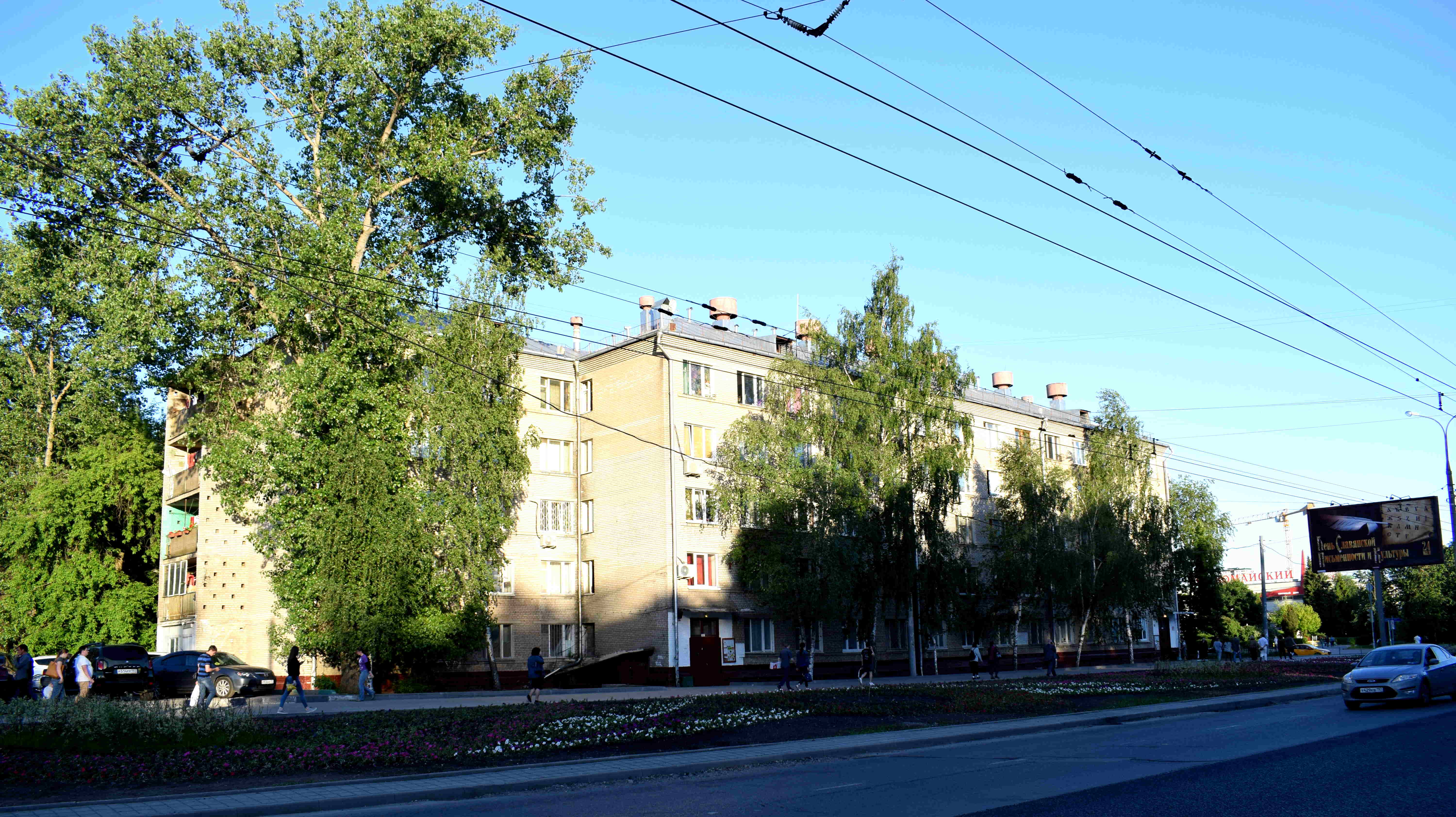 You may be wondering how it is possible for people to vote in favor of the renovation program when it is clearly not in their own financial or material interest.
You may be wondering how it is possible for people to vote in favor of the renovation program when it is clearly not in their own financial or material interest.
It’s because the voting process to take part in the program is rigged.
In order for a building to be included in the renovation program, two thirds of a building’s residents must vote in favor of it.
The problem is that not everybody votes.
To solve this issue, the renovation program arbitrarily decides to assign the exact same voting results among those who voted with those that didn’t vote.
Let’s say a building has 148 apartments, of which 86 apartments take part in voting for or against the renovation program. Out of the 86 apartments that voted, 58 apartments vote in favor (67%) and 28 apartments vote against (33%).
The renovation program would then assign that same 67% for and 33% against ratio to the 68 apartments that didn’t vote.
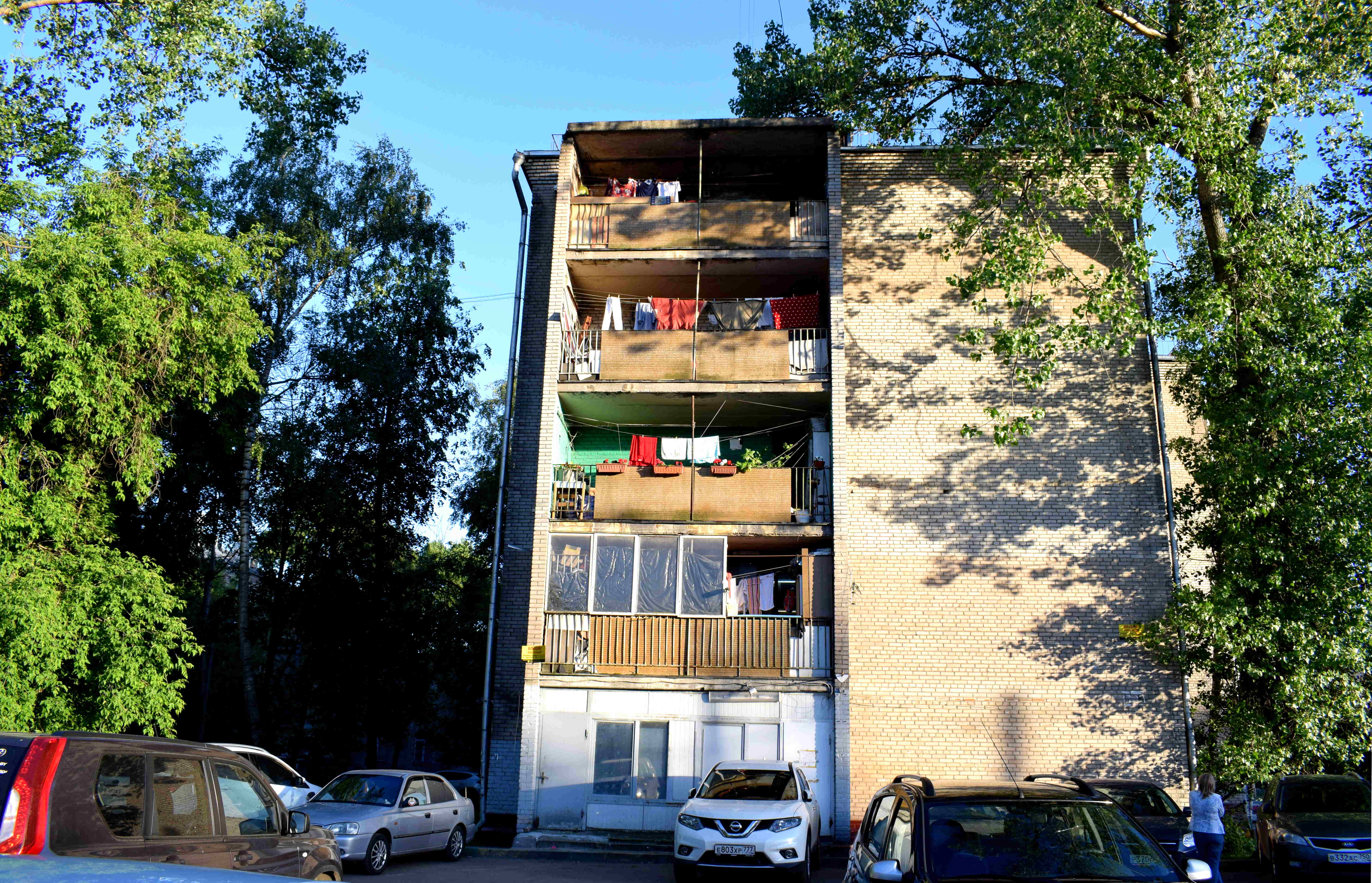 How does this make sense? When you elect a president, you don’t just assume that people who didn’t vote in the elections would vote the same way as those that did.
How does this make sense? When you elect a president, you don’t just assume that people who didn’t vote in the elections would vote the same way as those that did.
Perhaps people didn’t vote because they weren’t in the city at the time. Perhaps they weren’t aware that a vote was taking place. There are a host of factors that might influence people not to vote.
And yet, the renovation program just arbitrarily assumes that the people who didn’t vote would vote in the exact same percentages as those that did.
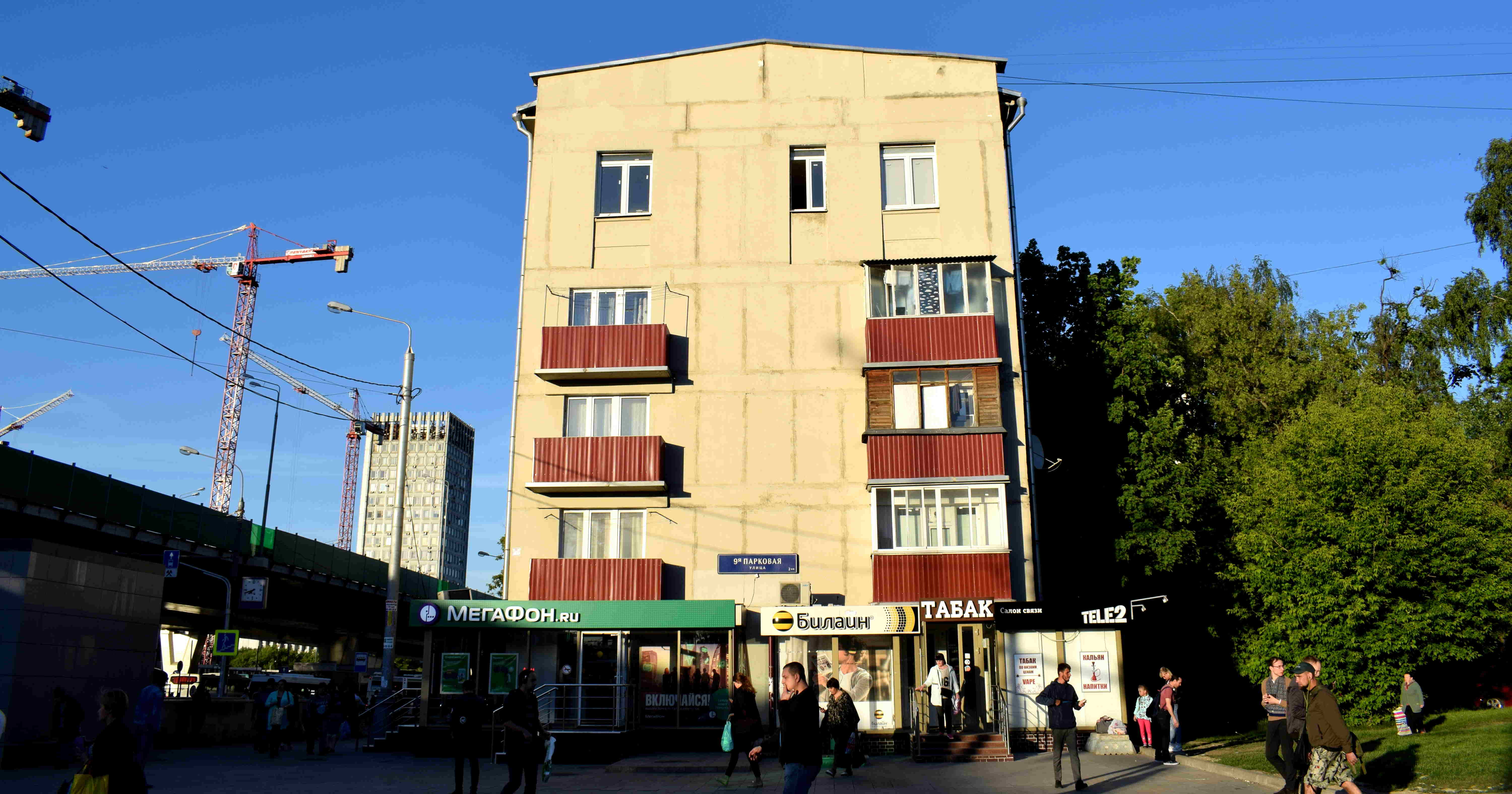 Those five story buildings around the metro will soon be replaced with buildings like this.
Those five story buildings around the metro will soon be replaced with buildings like this.
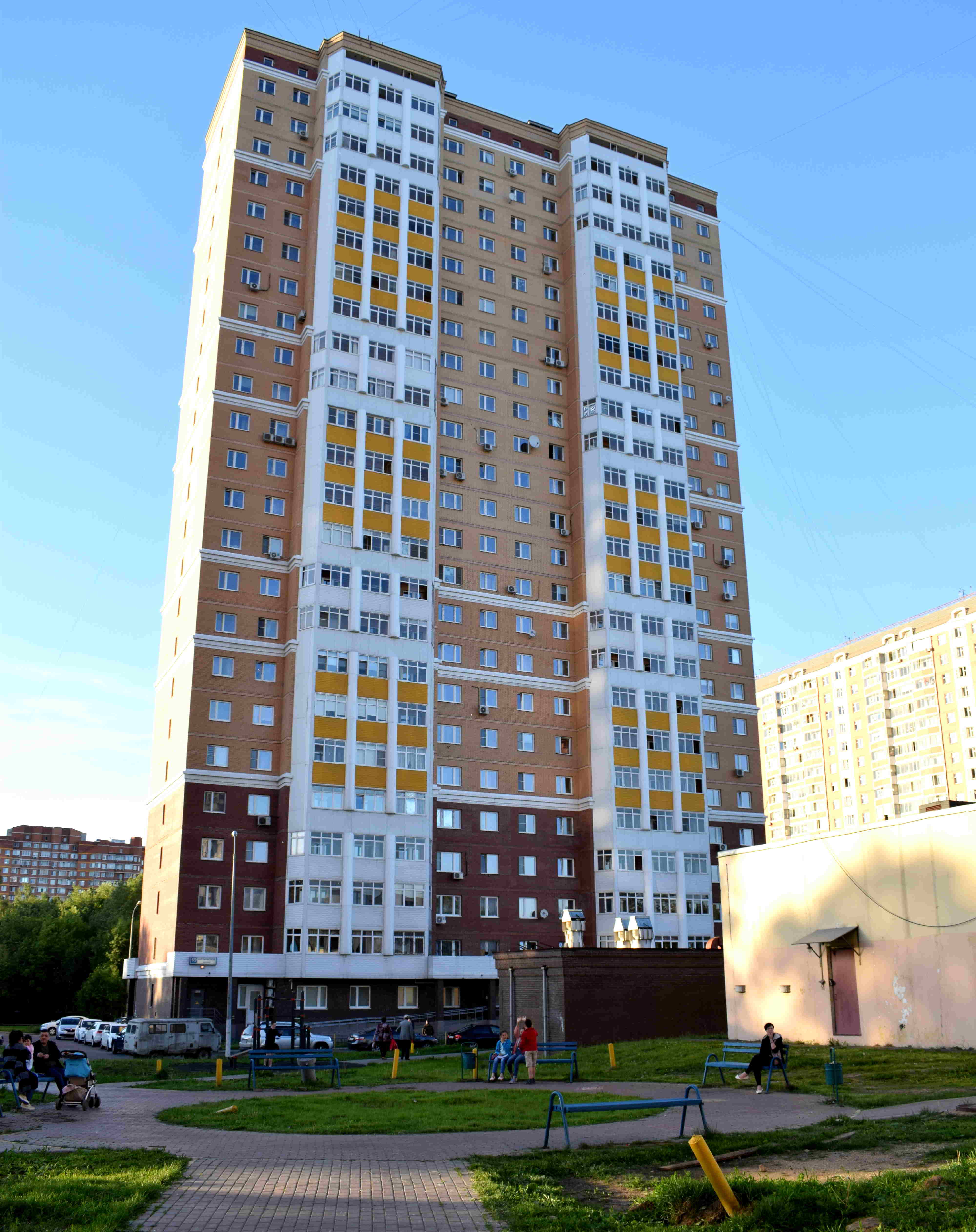 Compare the playground outside a khrushchyovka to the playground outside a high-rise apartment complex. Which do you prefer?
Compare the playground outside a khrushchyovka to the playground outside a high-rise apartment complex. Which do you prefer?
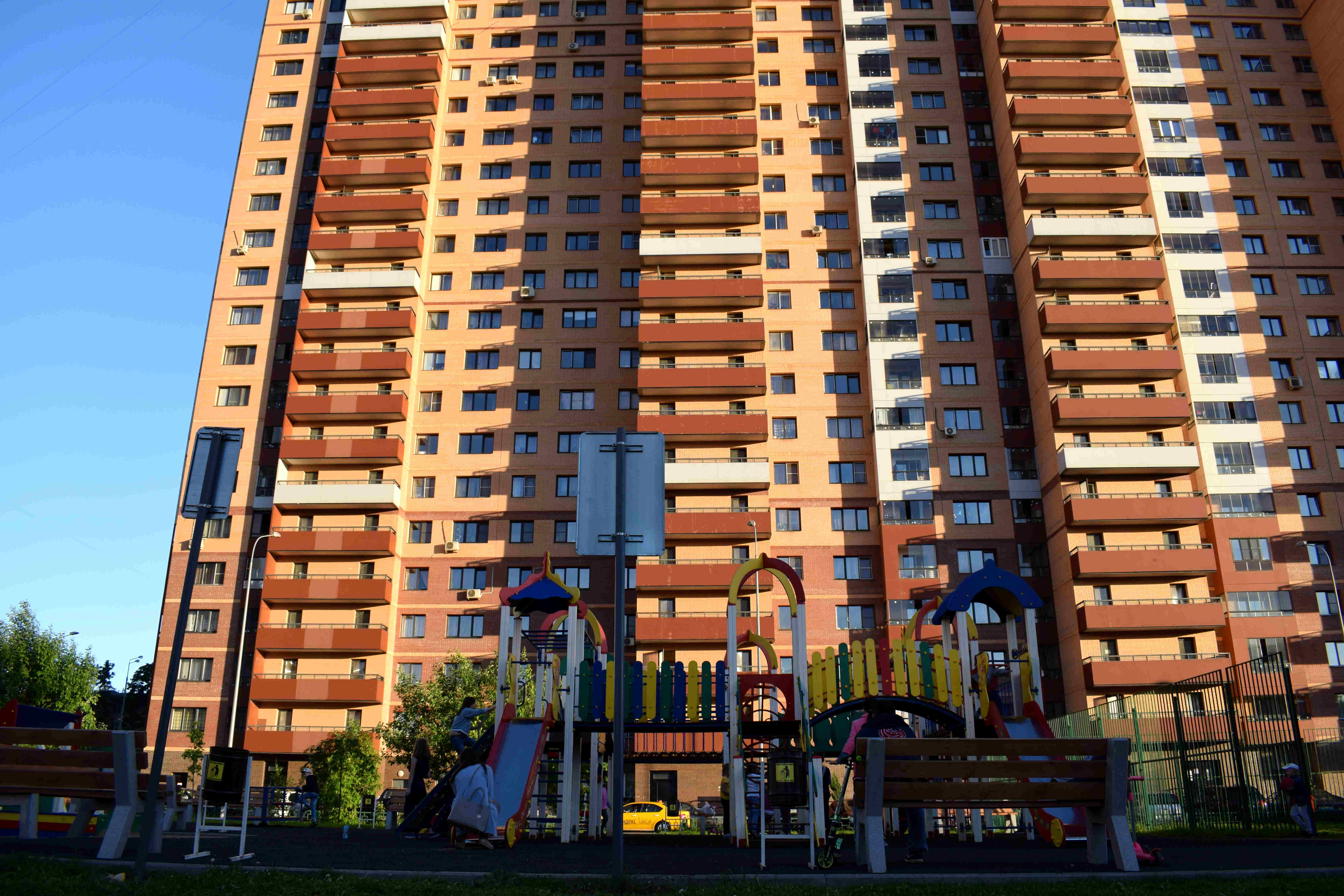 Compare the infrastructure outside this new building…
Compare the infrastructure outside this new building…
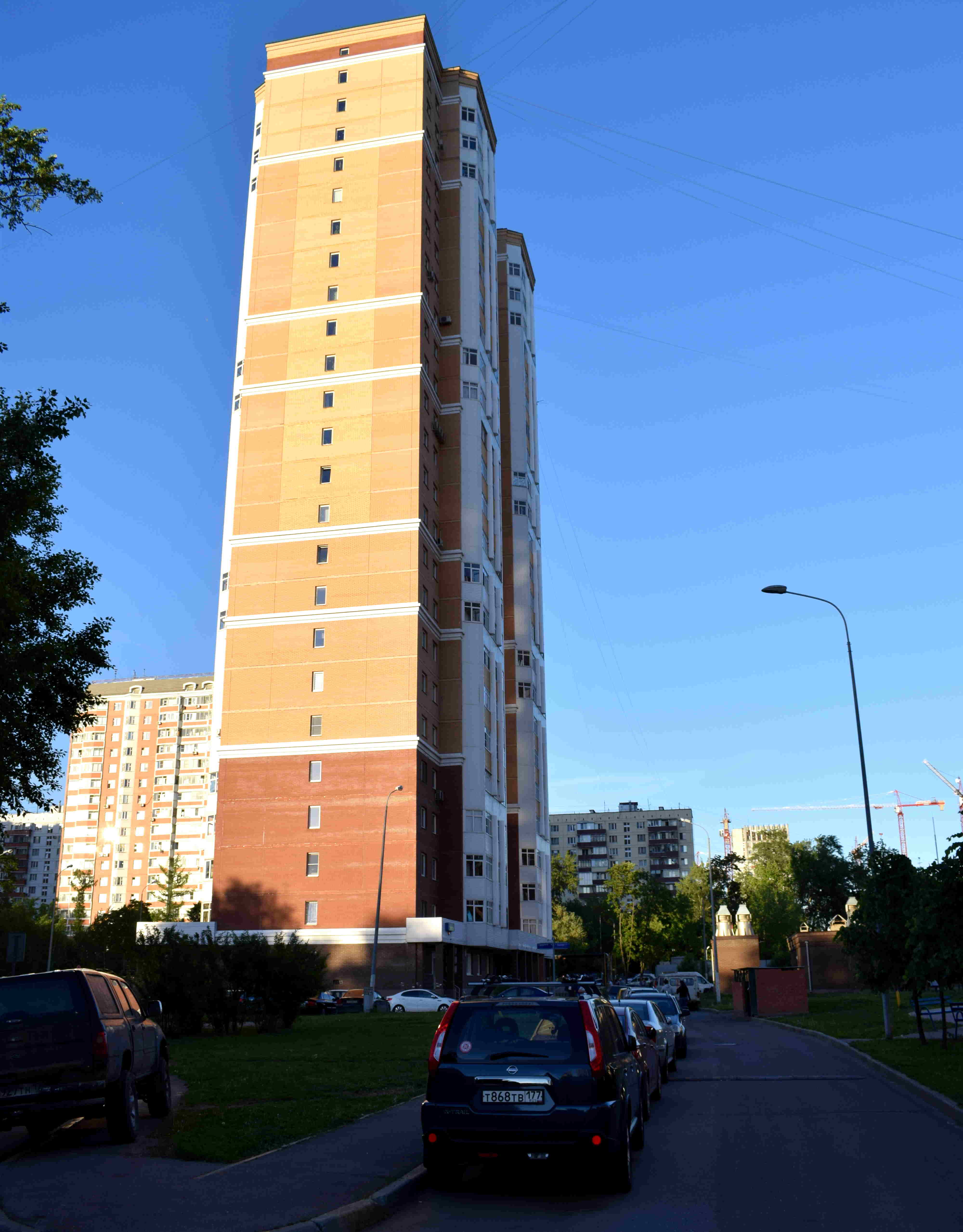 …to the atmosphere outside the khrushchyovka.
…to the atmosphere outside the khrushchyovka.
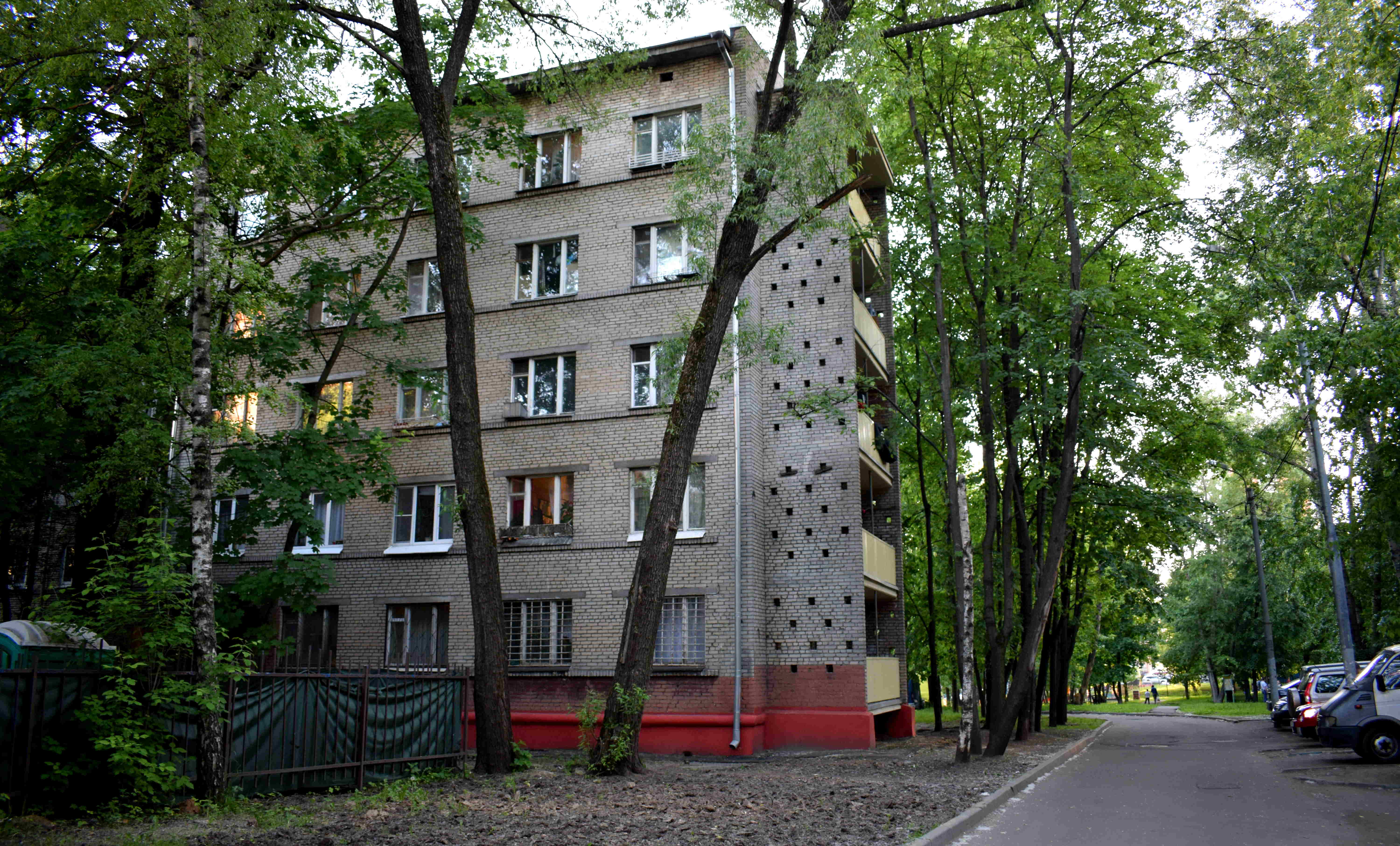
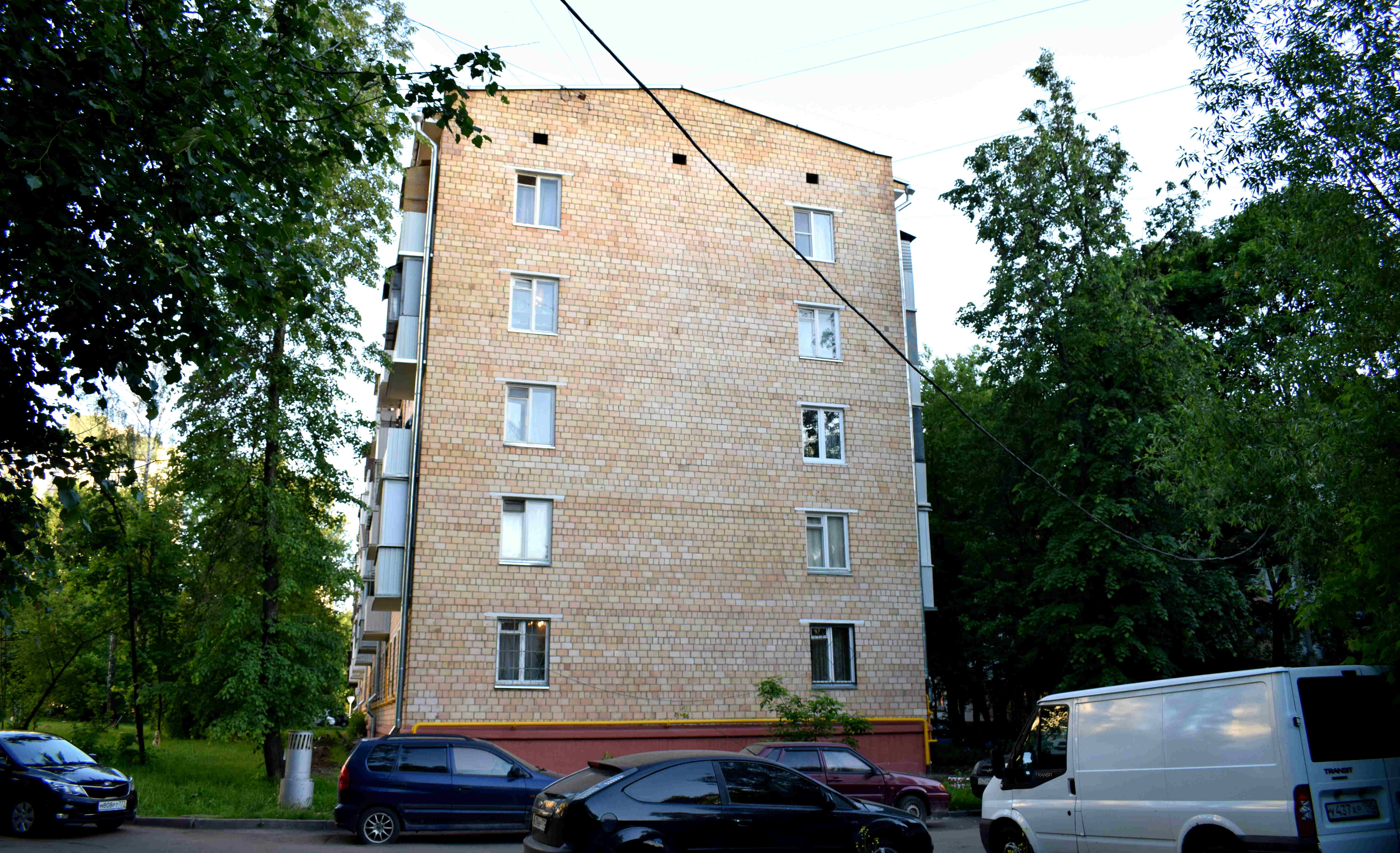
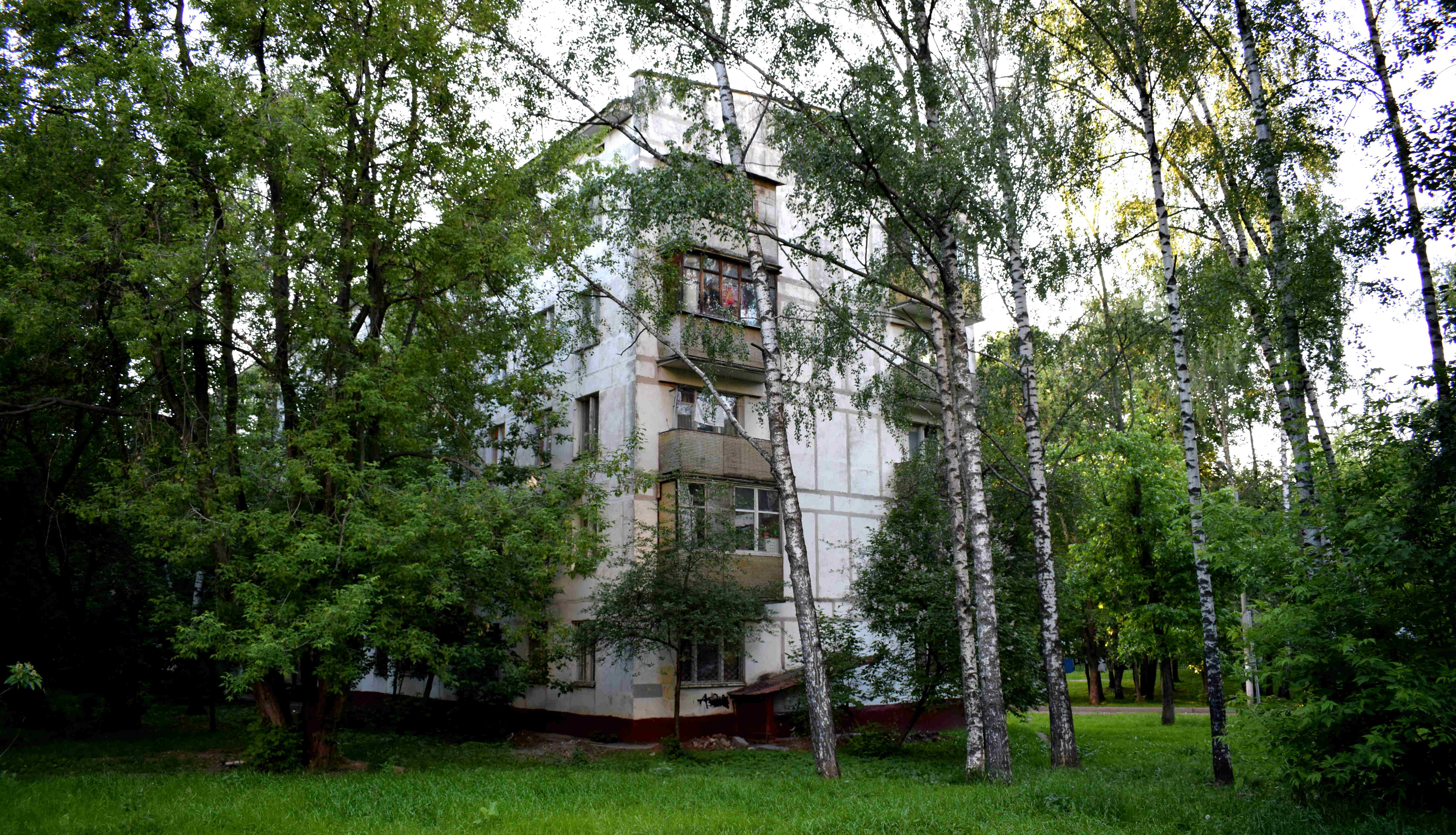 Contrast the khrushchyovka in the front with the building in the back.
Contrast the khrushchyovka in the front with the building in the back.
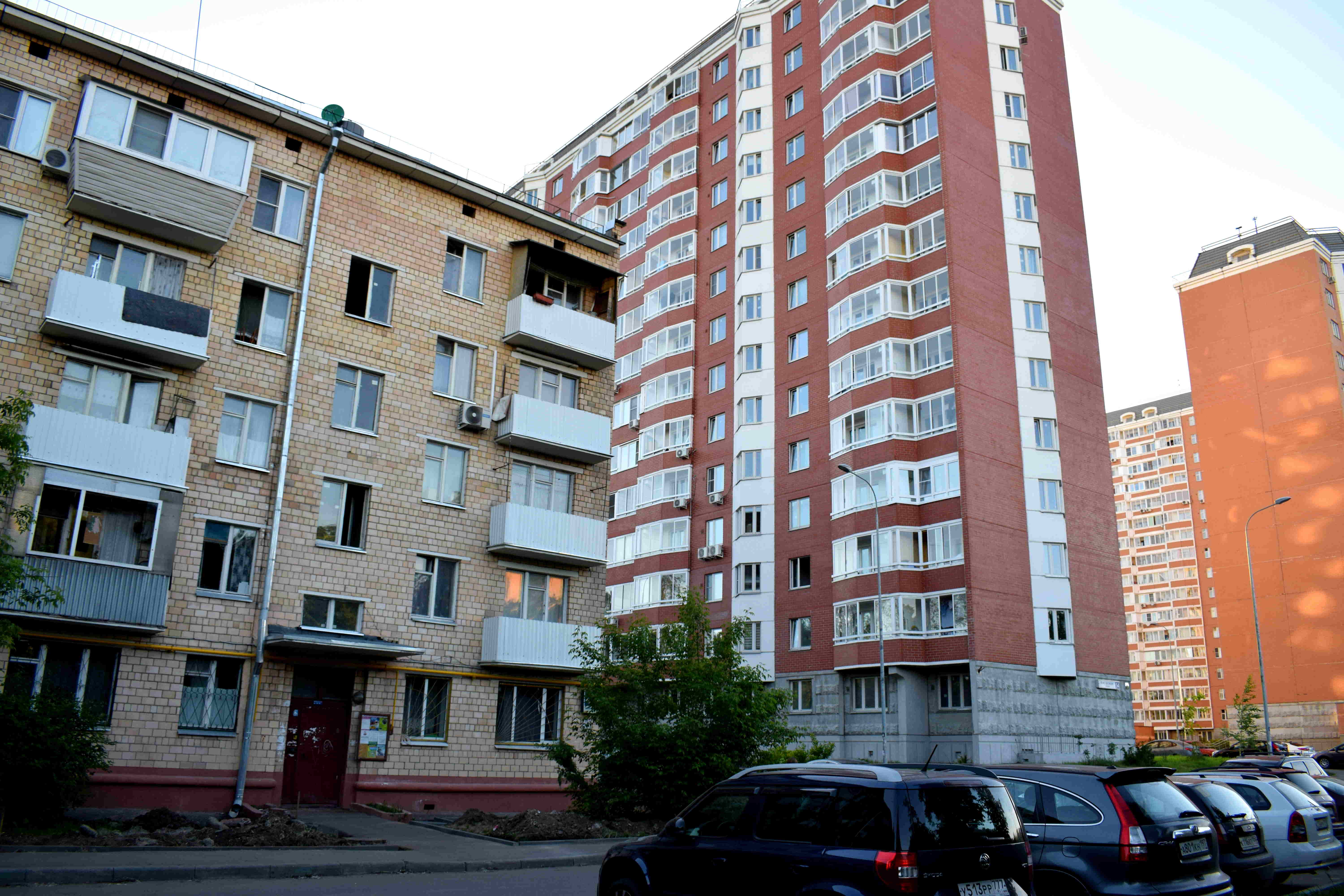
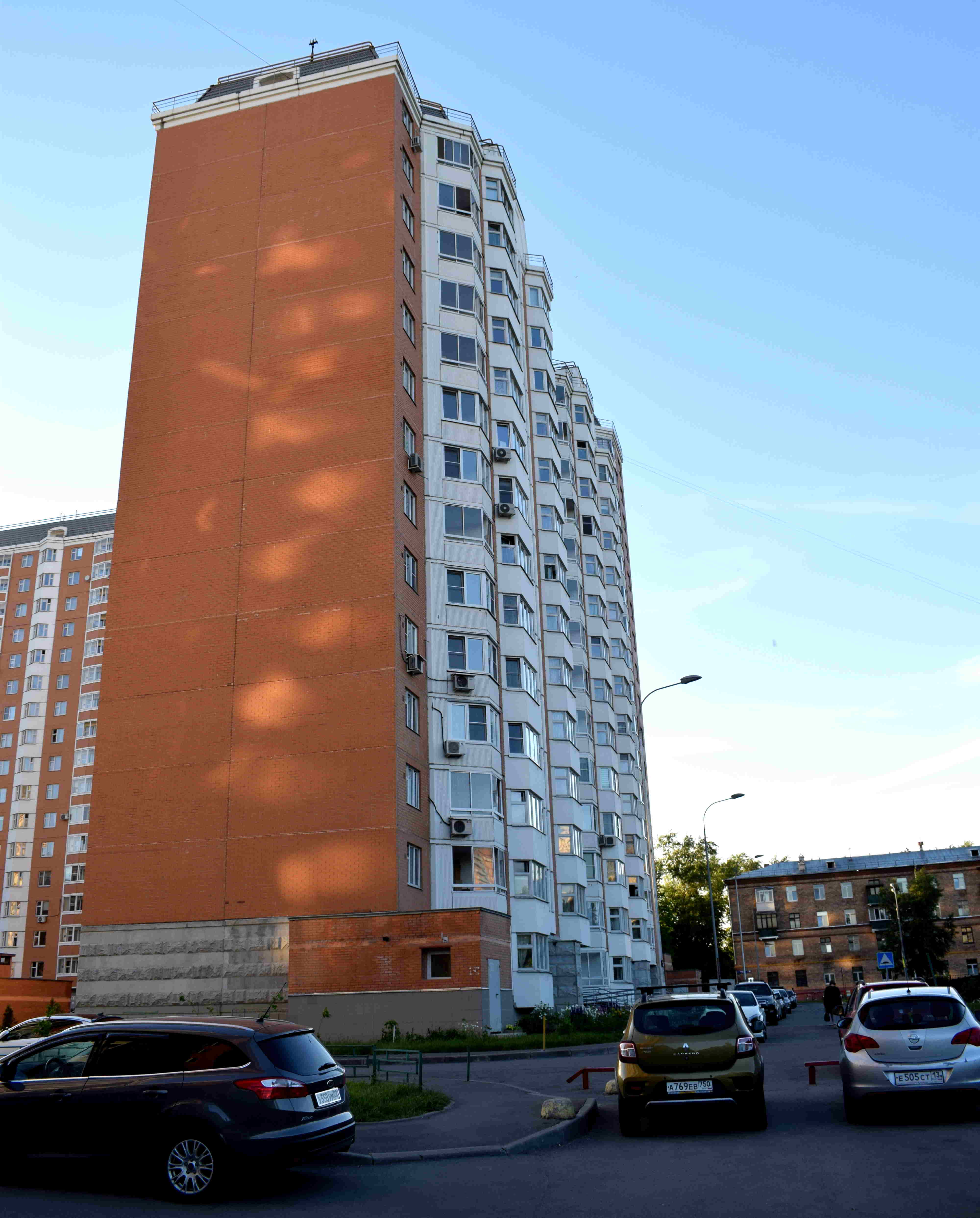 Do people really prefer to live in these high-story ghettos?
Do people really prefer to live in these high-story ghettos?
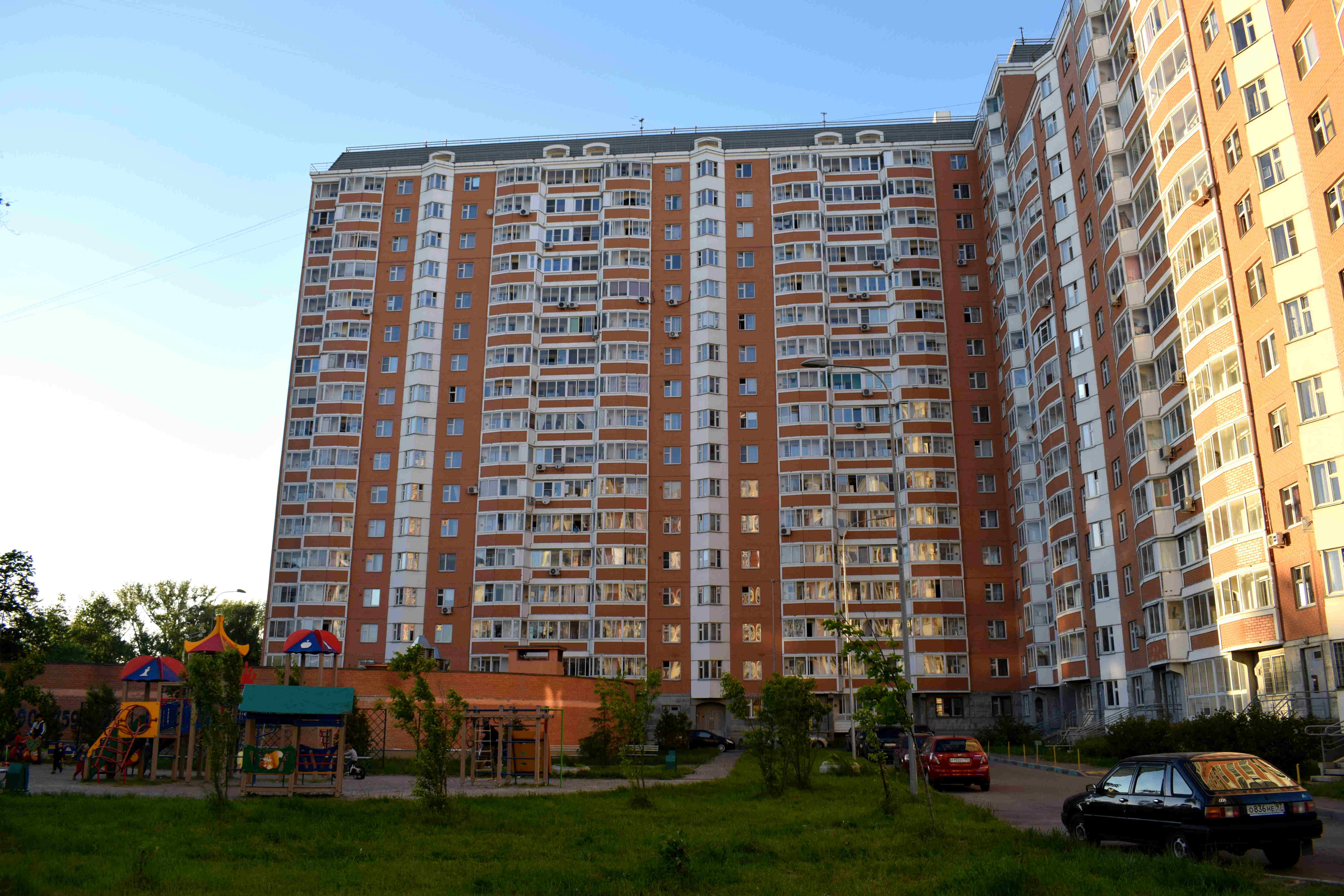 Is Moscow really ready to lose this piece of its history?
Is Moscow really ready to lose this piece of its history?

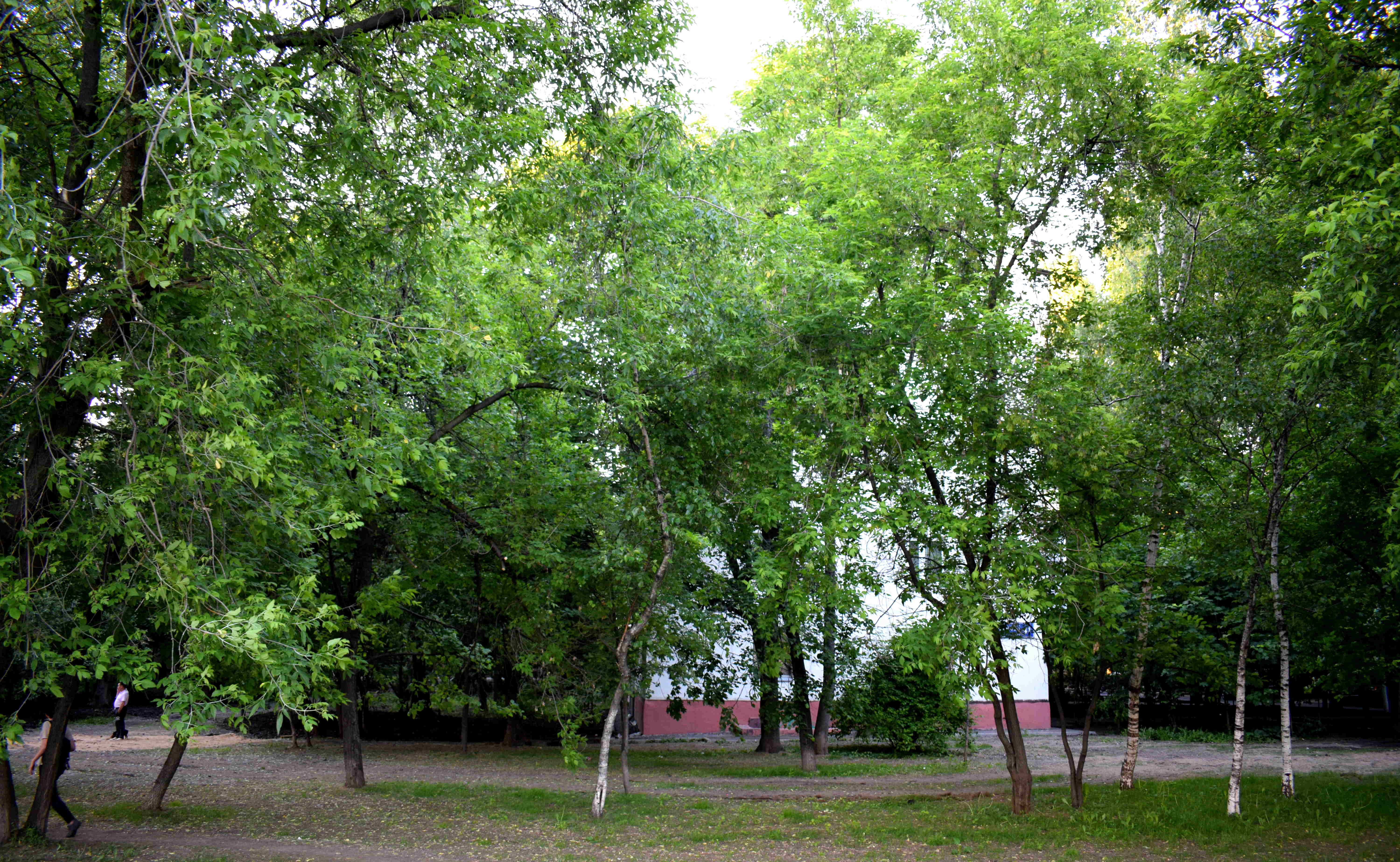
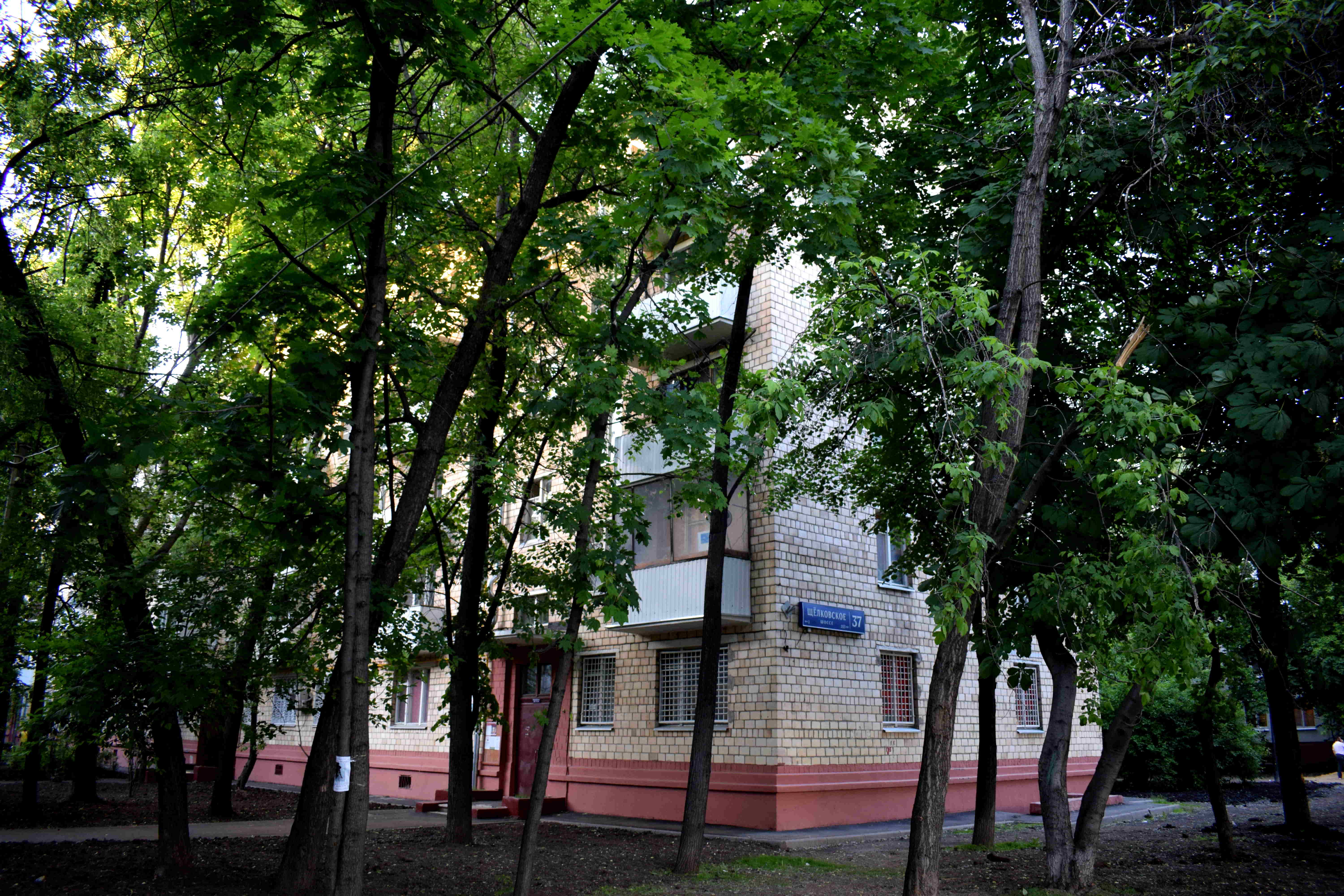
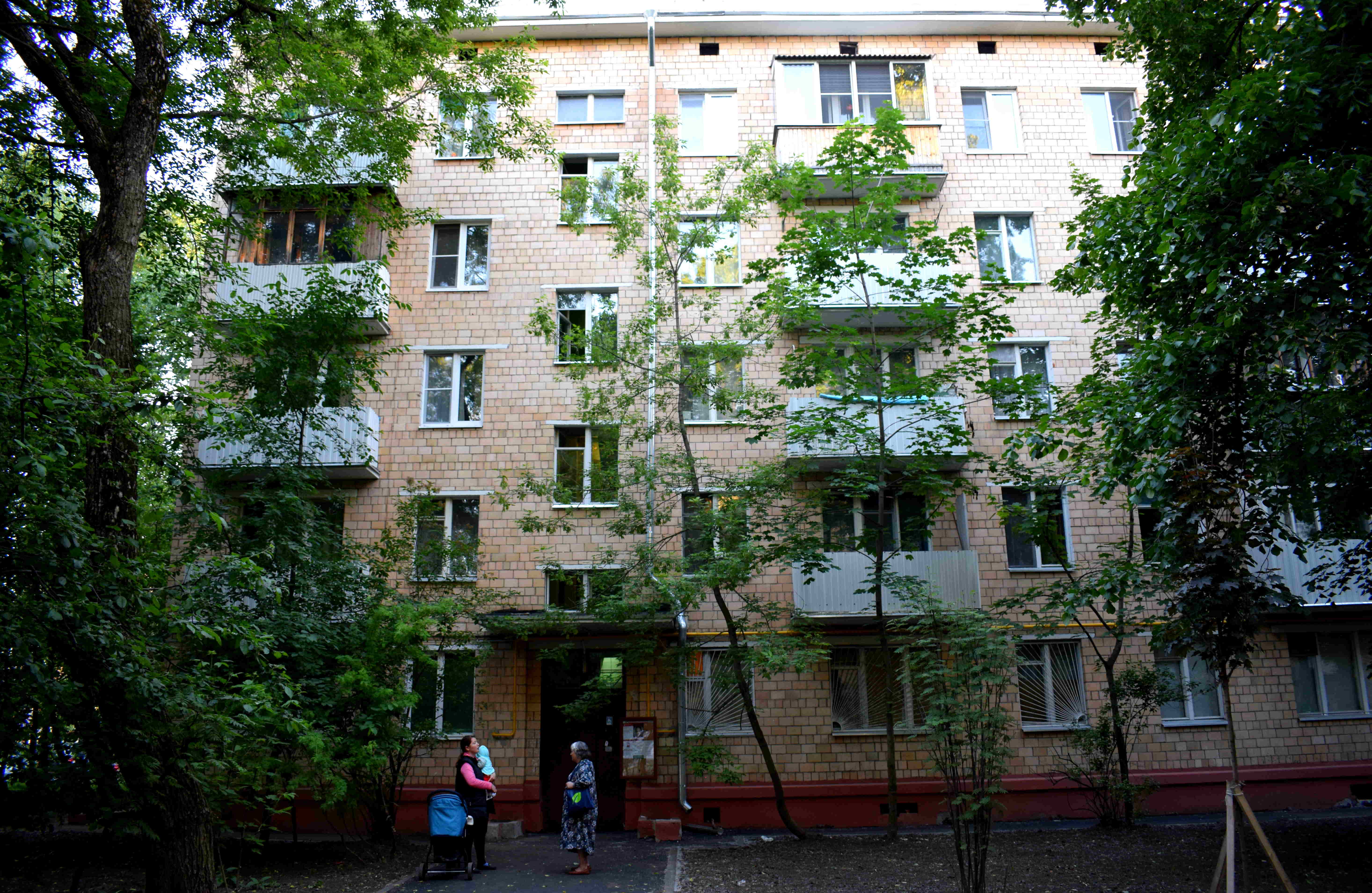
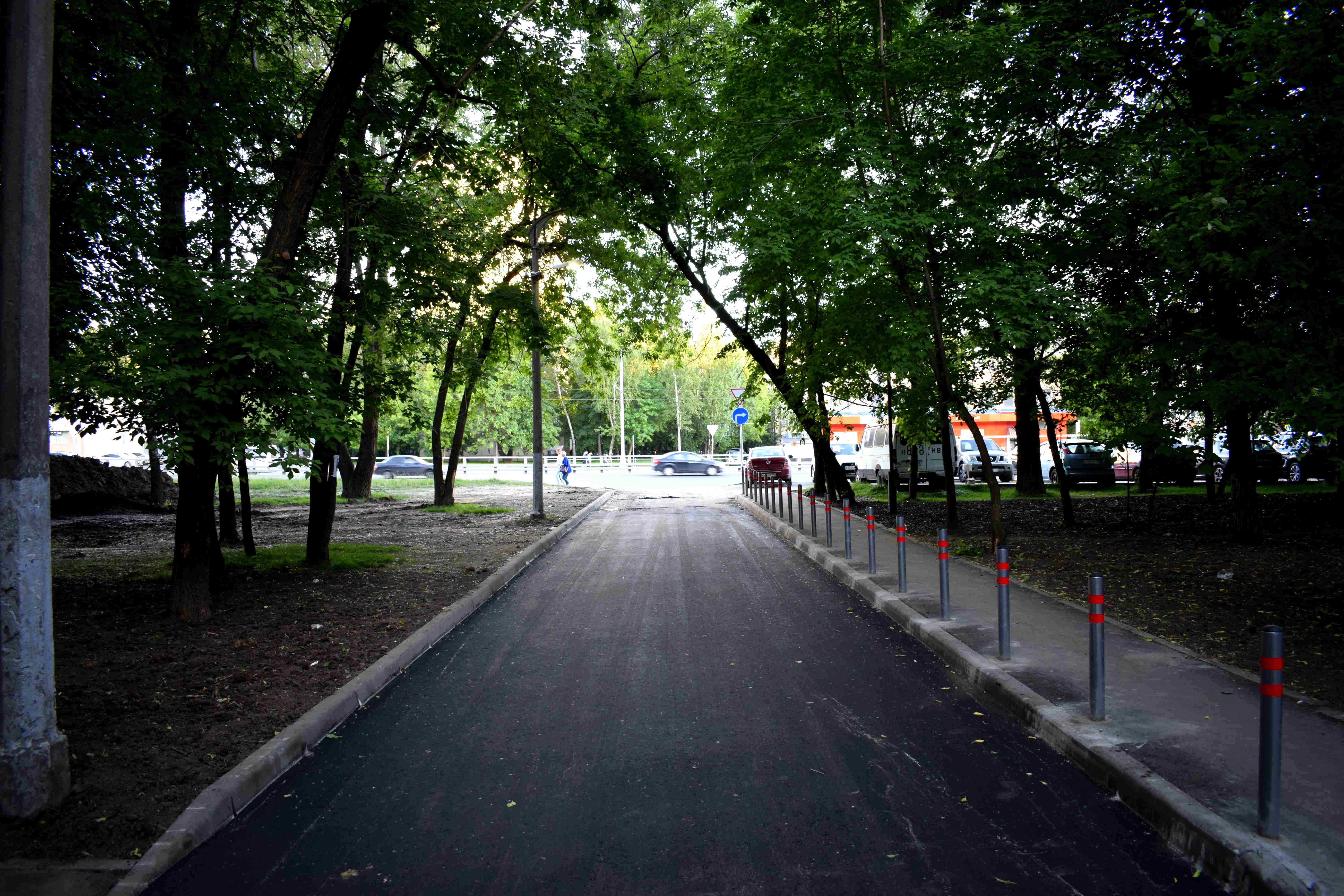
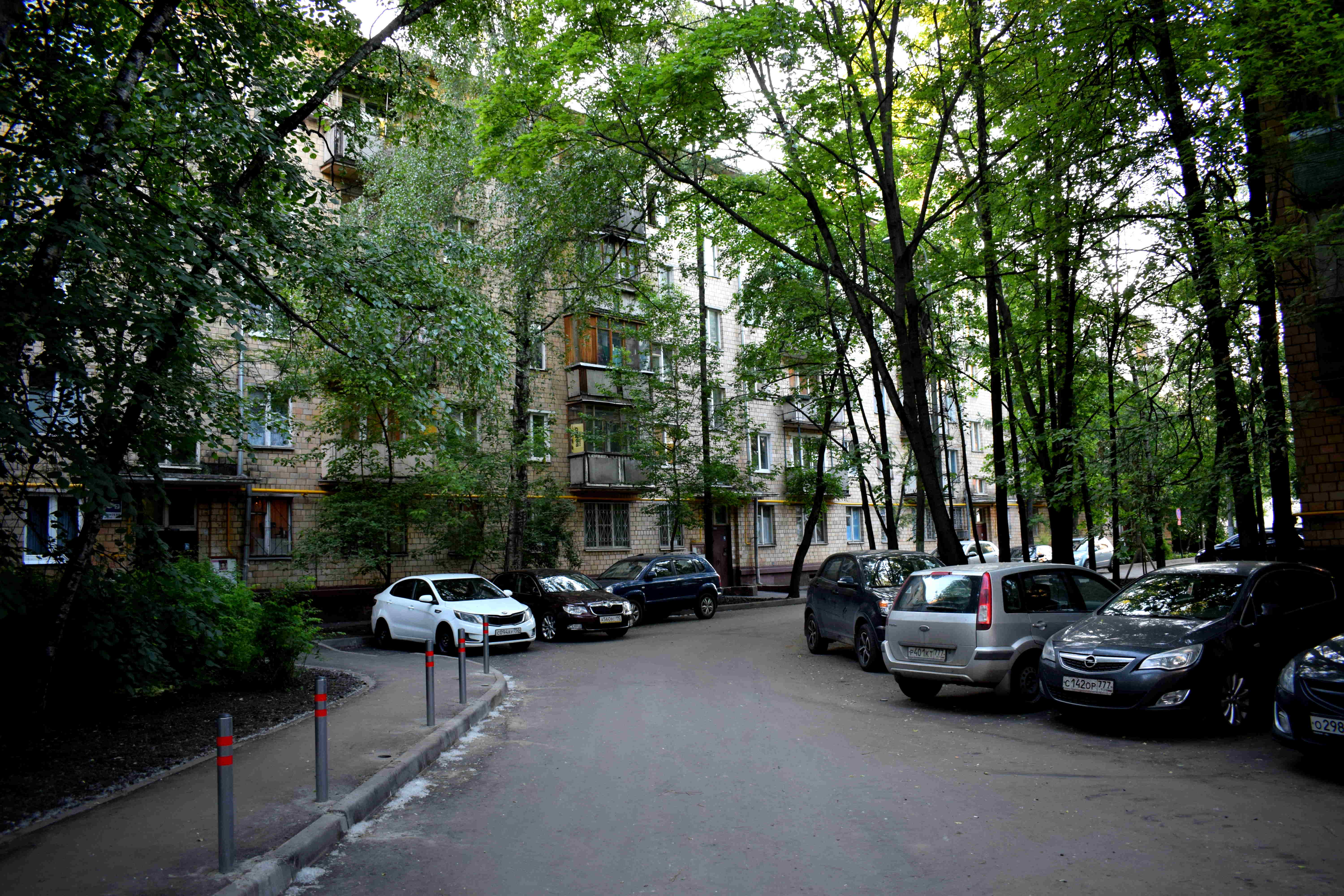
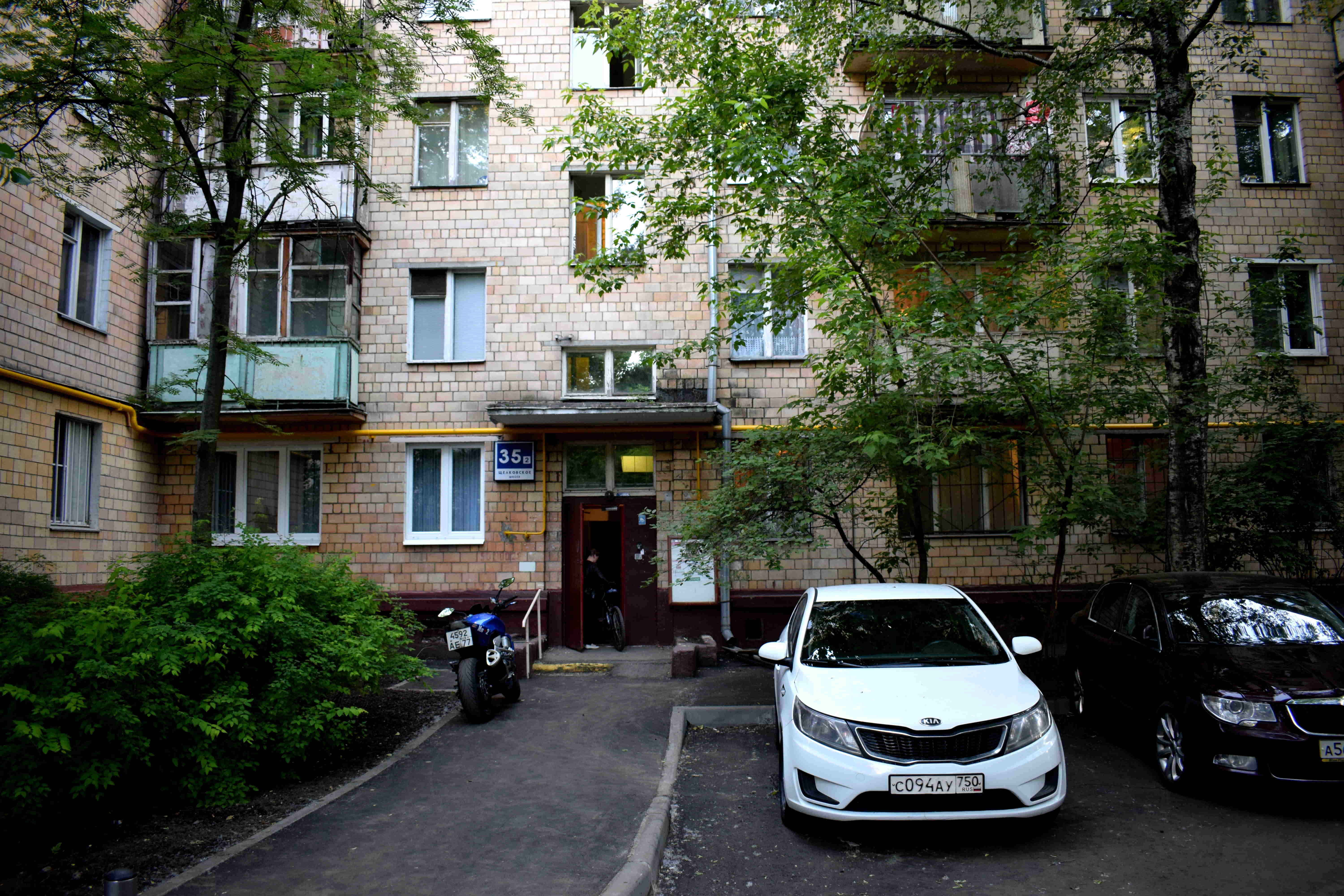 Which building would you rather be living in when a fire breaks out? A 20-story furnace?
Which building would you rather be living in when a fire breaks out? A 20-story furnace?
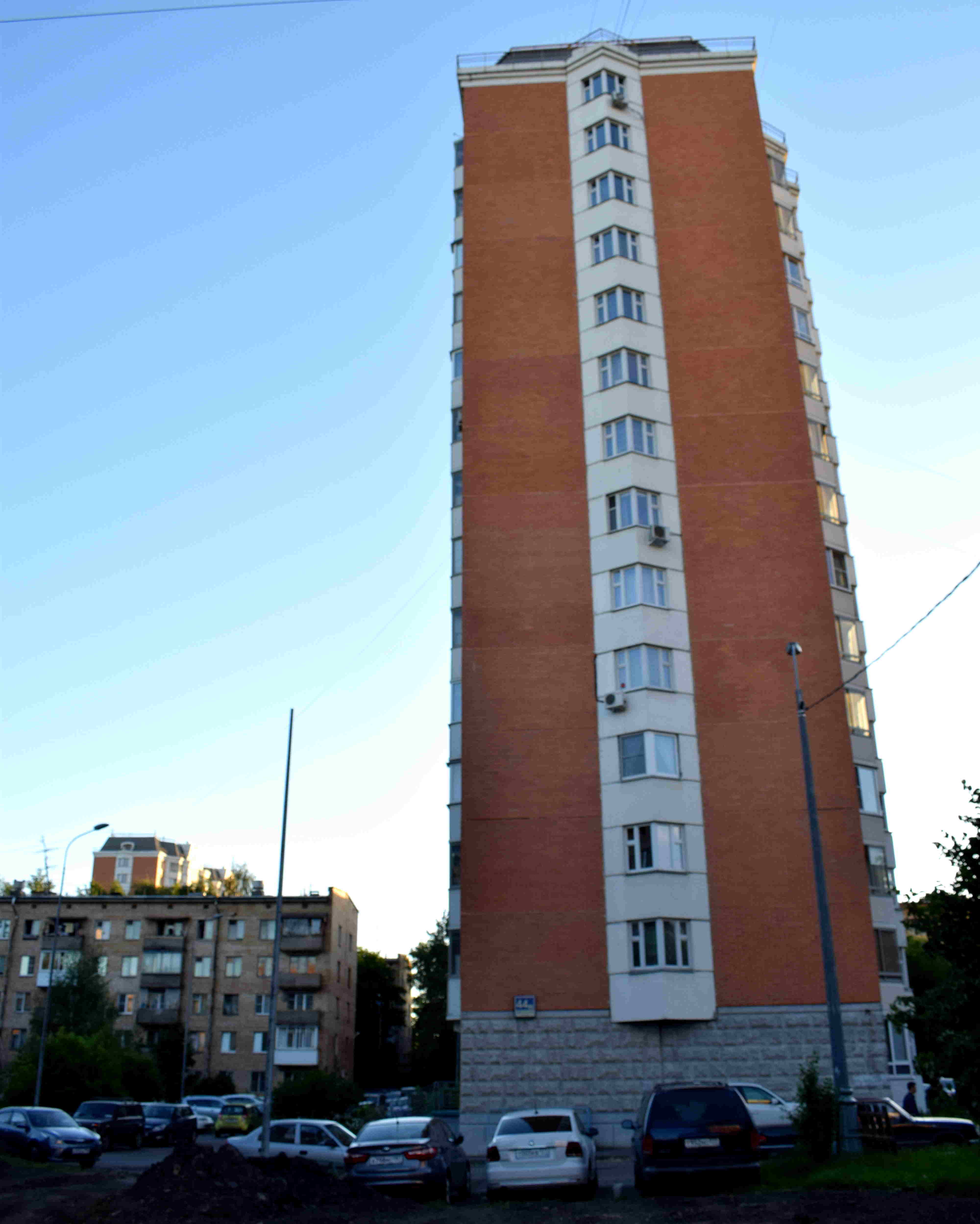 Remember those khrushchyovka balconies? Well, enjoy a life locked up inside in these new apartments, since their aren’t any balconies at all on Moscow’s new buildings.
Remember those khrushchyovka balconies? Well, enjoy a life locked up inside in these new apartments, since their aren’t any balconies at all on Moscow’s new buildings.
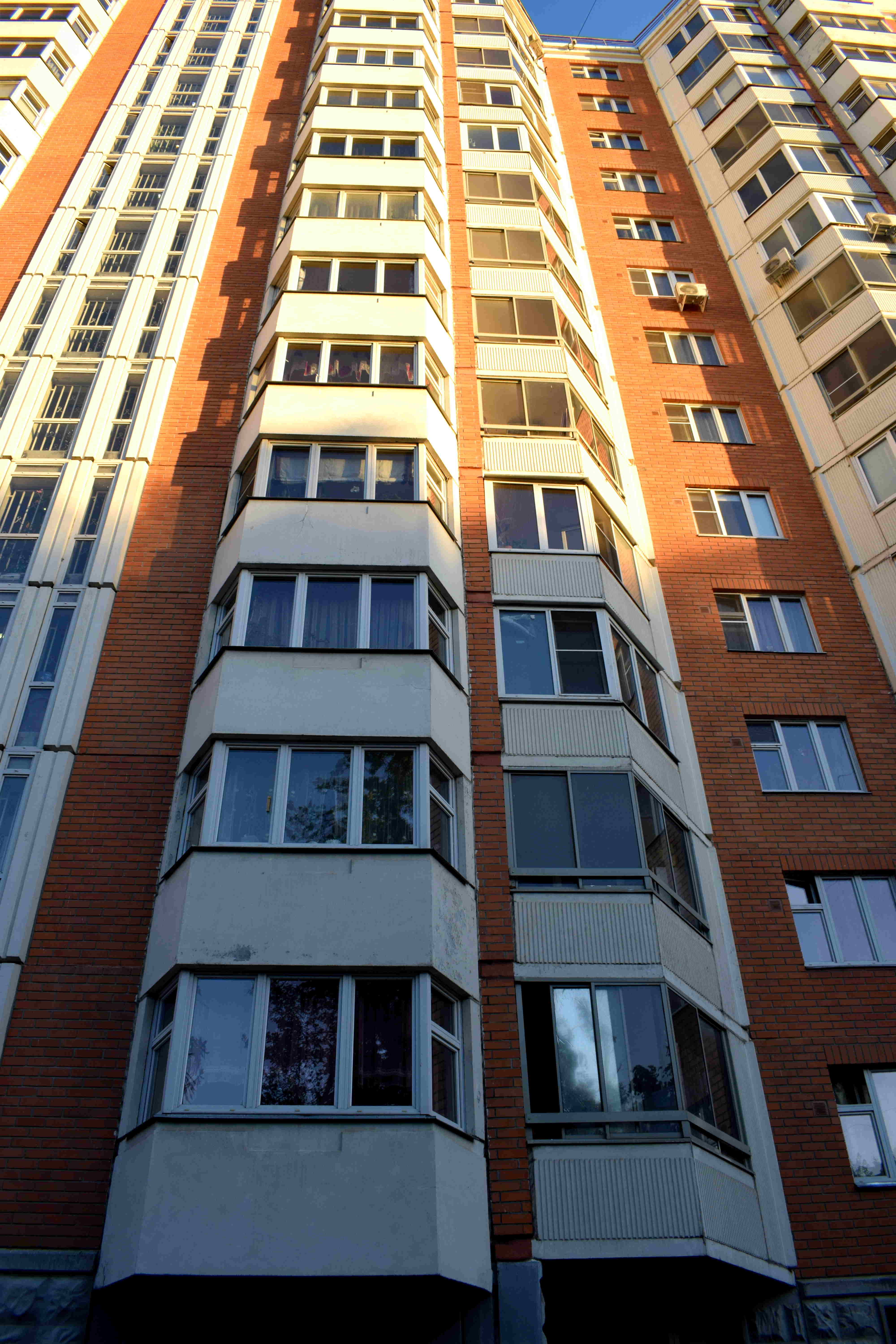
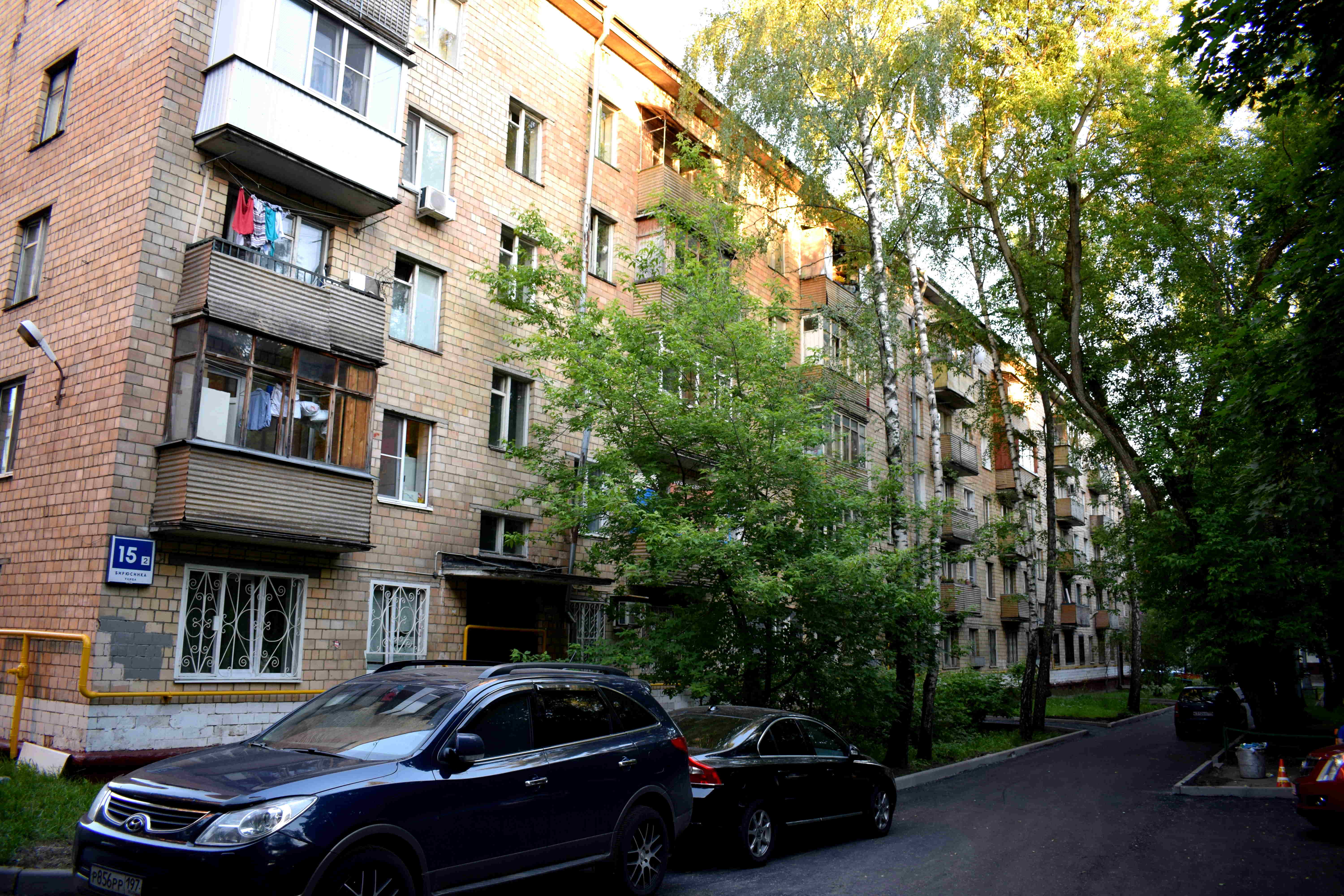 Compare the trees and shade and nature here.
Compare the trees and shade and nature here.
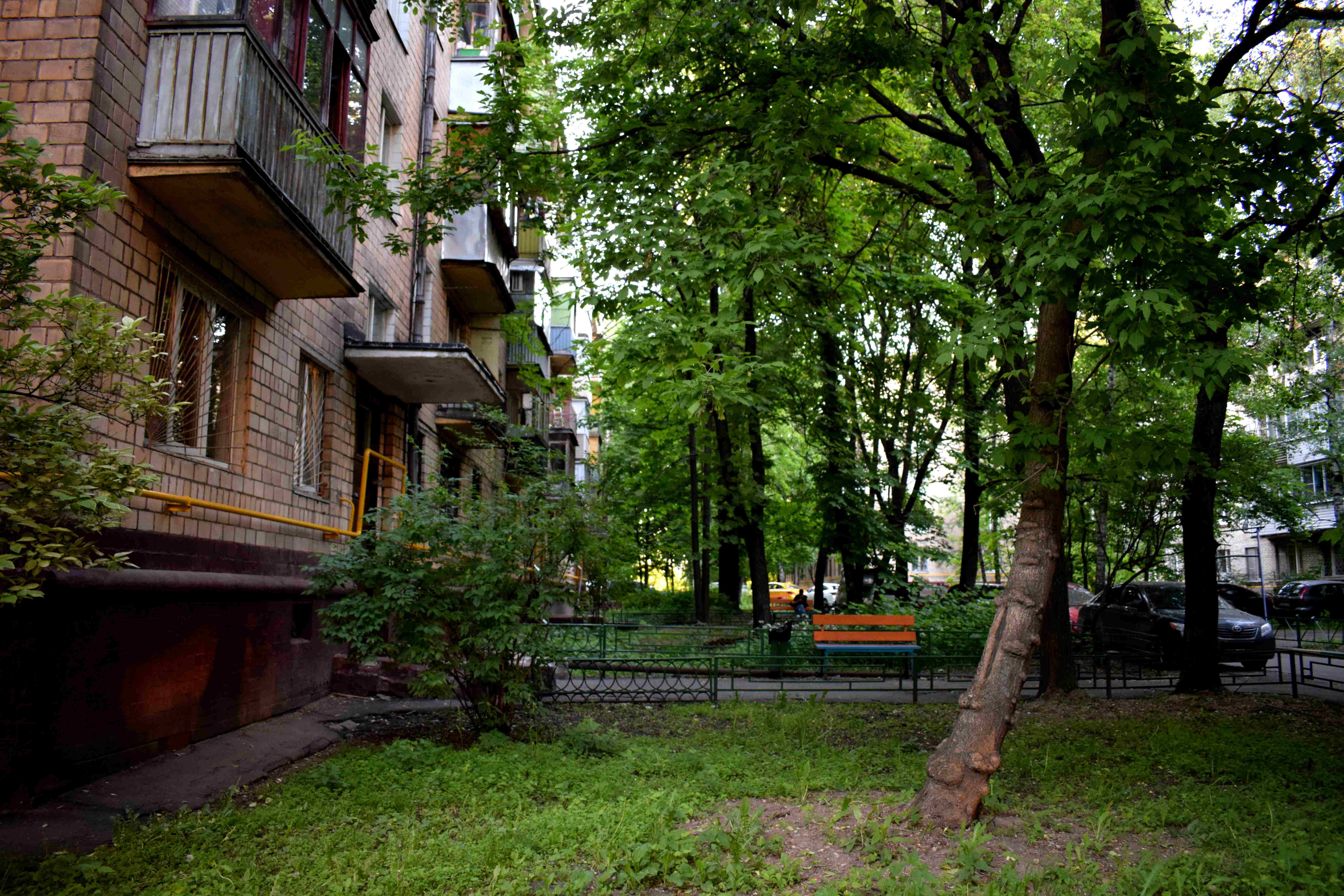 To the concrete jungle out here. Dominant high-rises with no surrounding infrastructure.
To the concrete jungle out here. Dominant high-rises with no surrounding infrastructure.
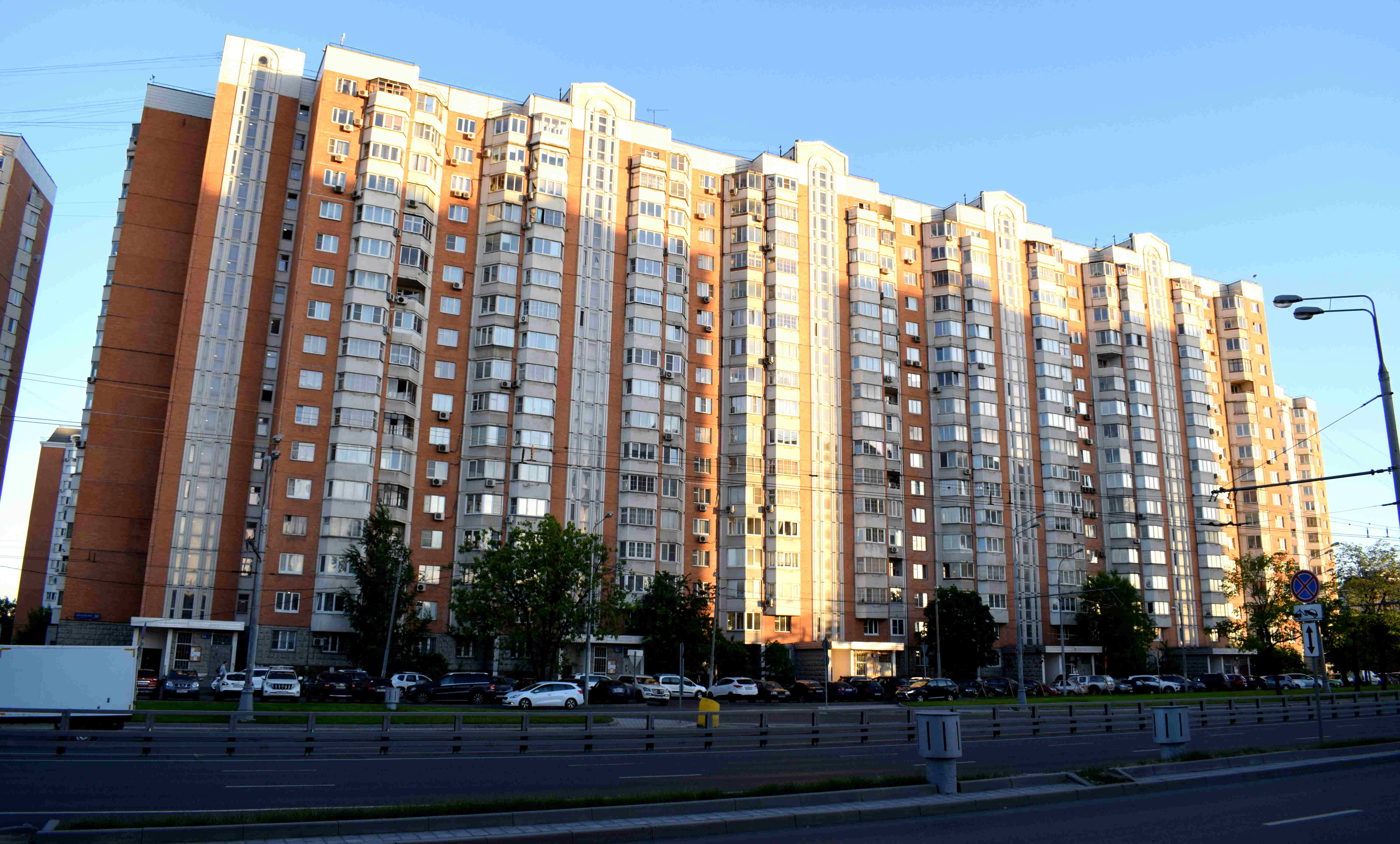 On the left, hidden behind the trees, is the khrushchyovka, what Moscow used to be and what the city will soon lose forever.
On the left, hidden behind the trees, is the khrushchyovka, what Moscow used to be and what the city will soon lose forever.
On the right is what Moscow’s future looks like.
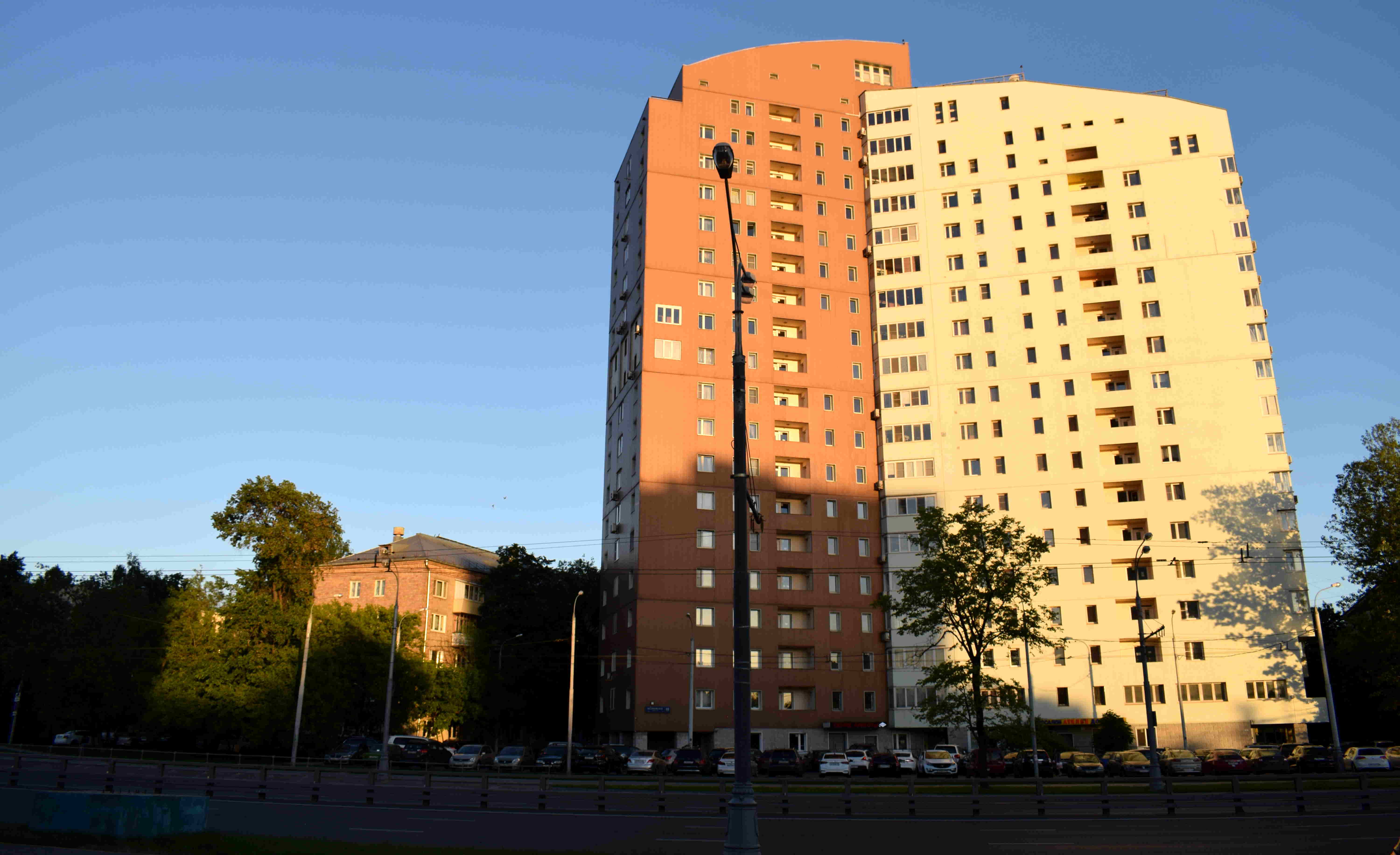 Which building would you rather live in?
Which building would you rather live in?
